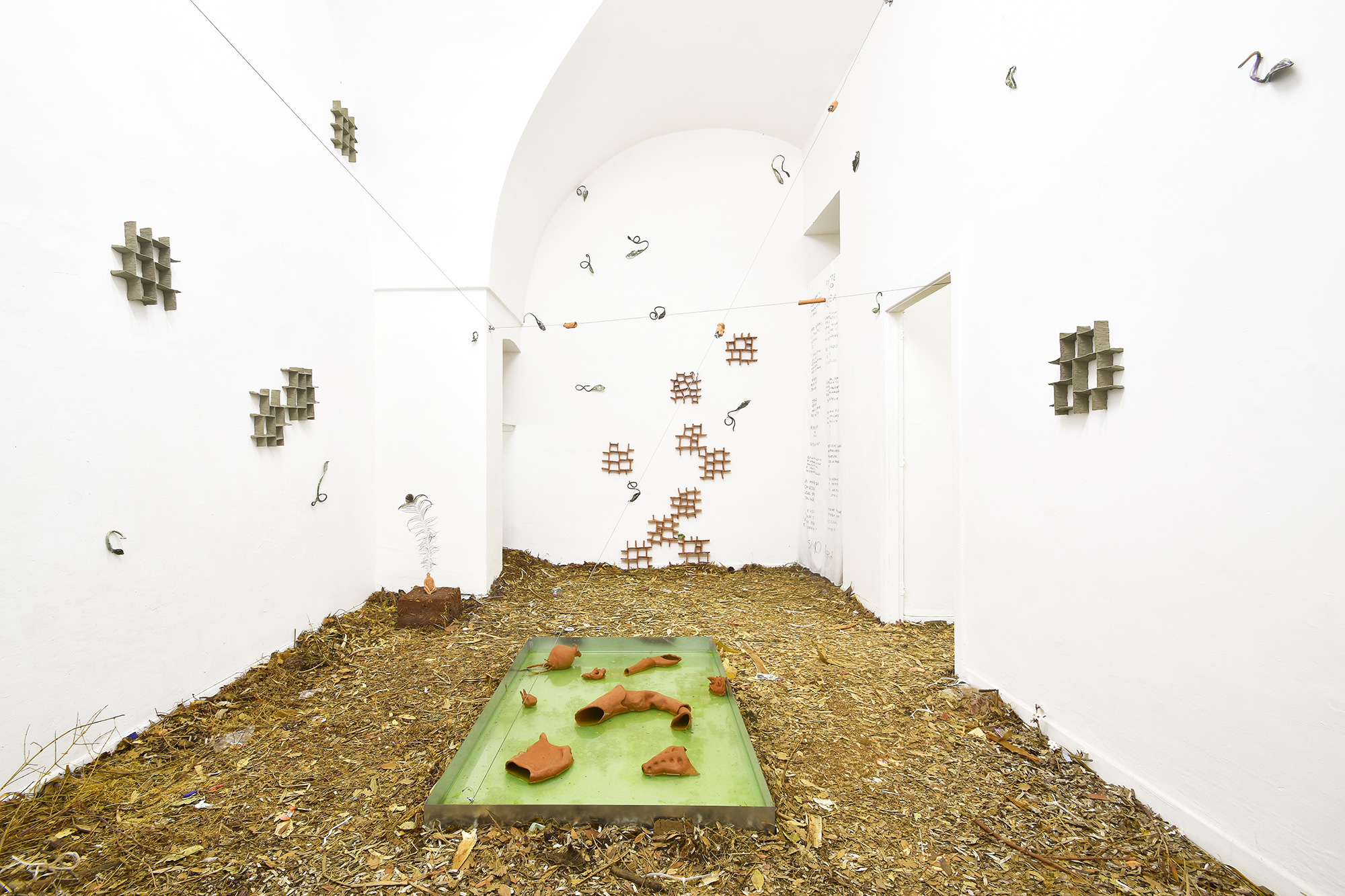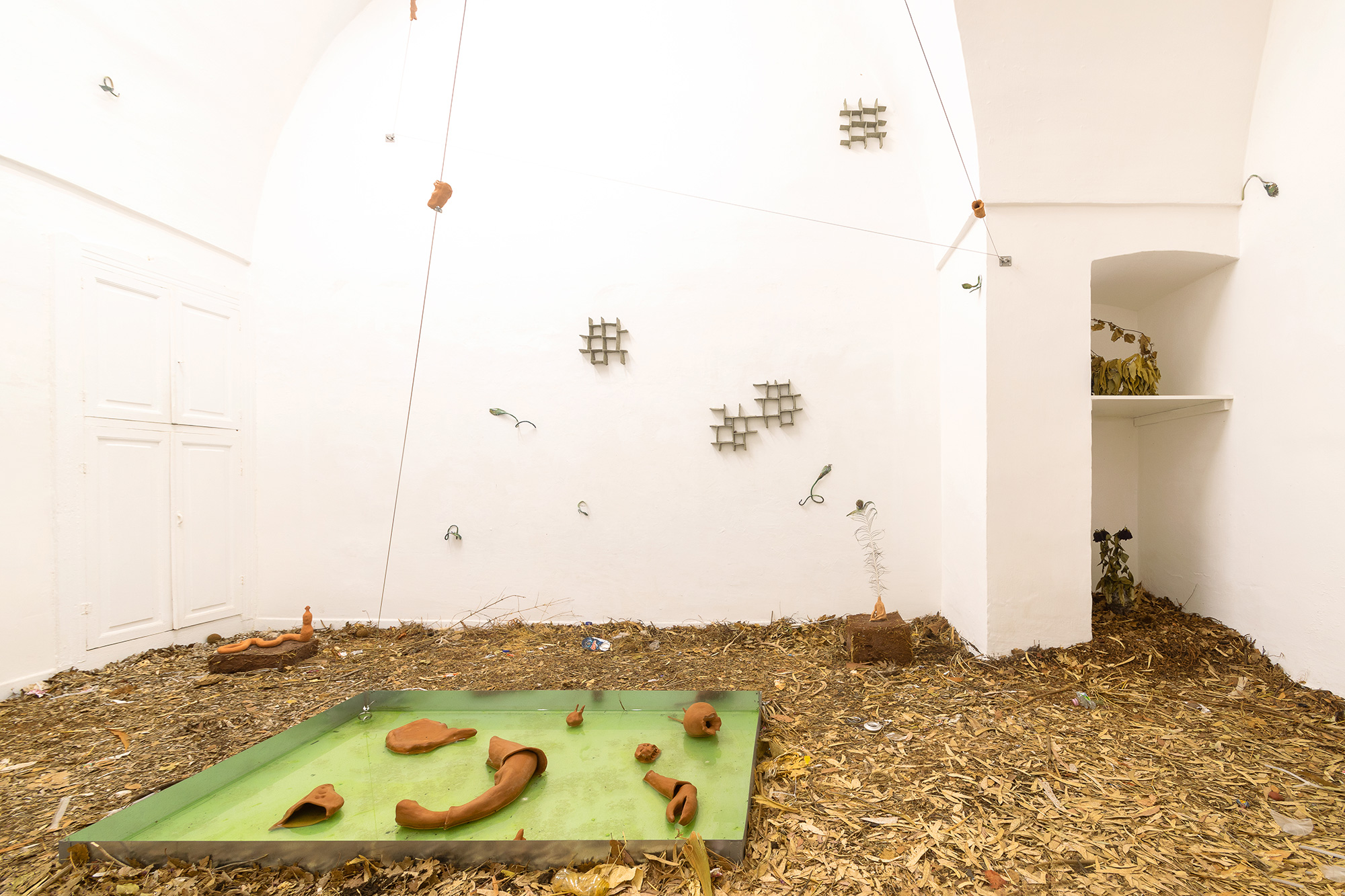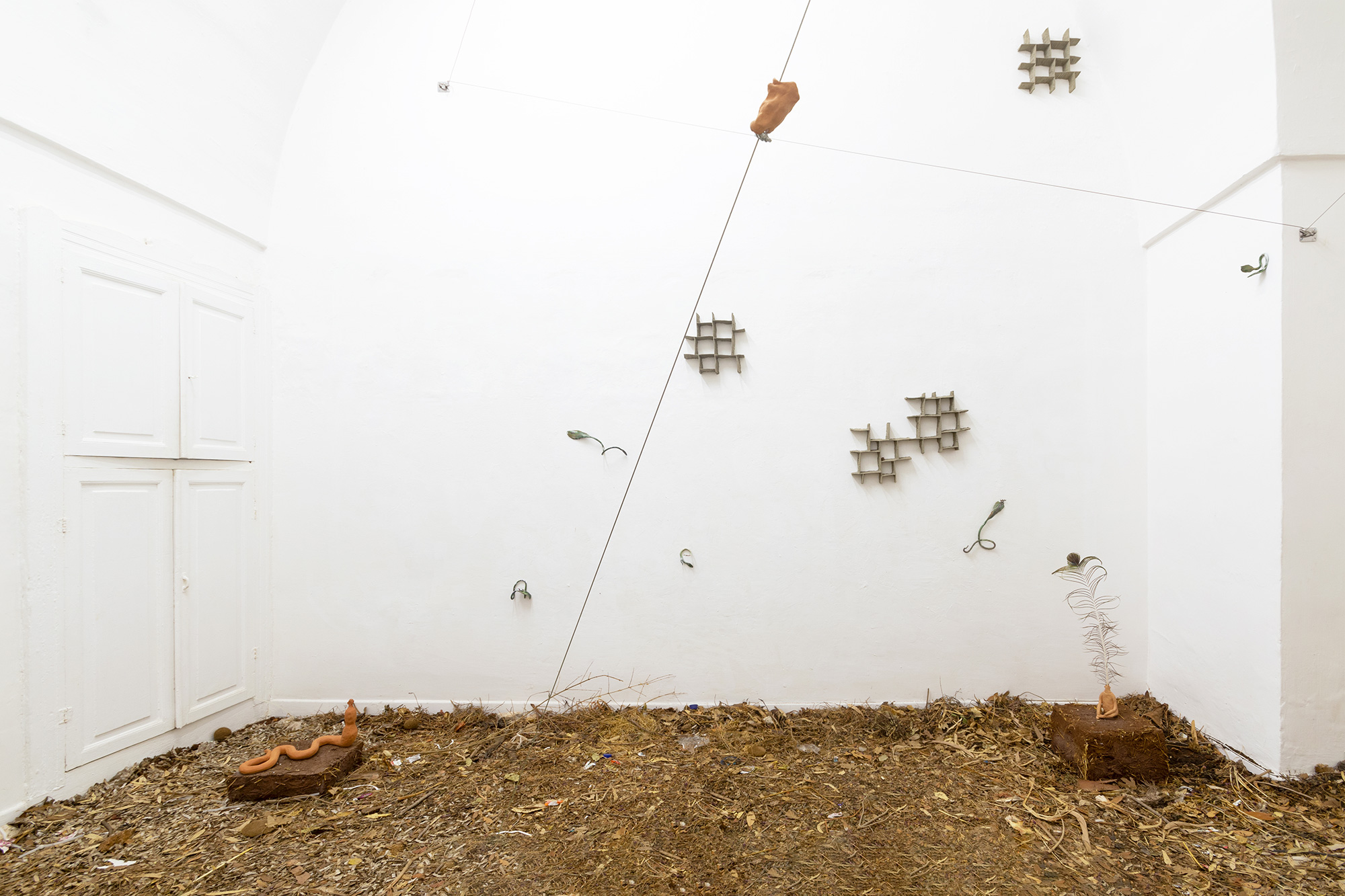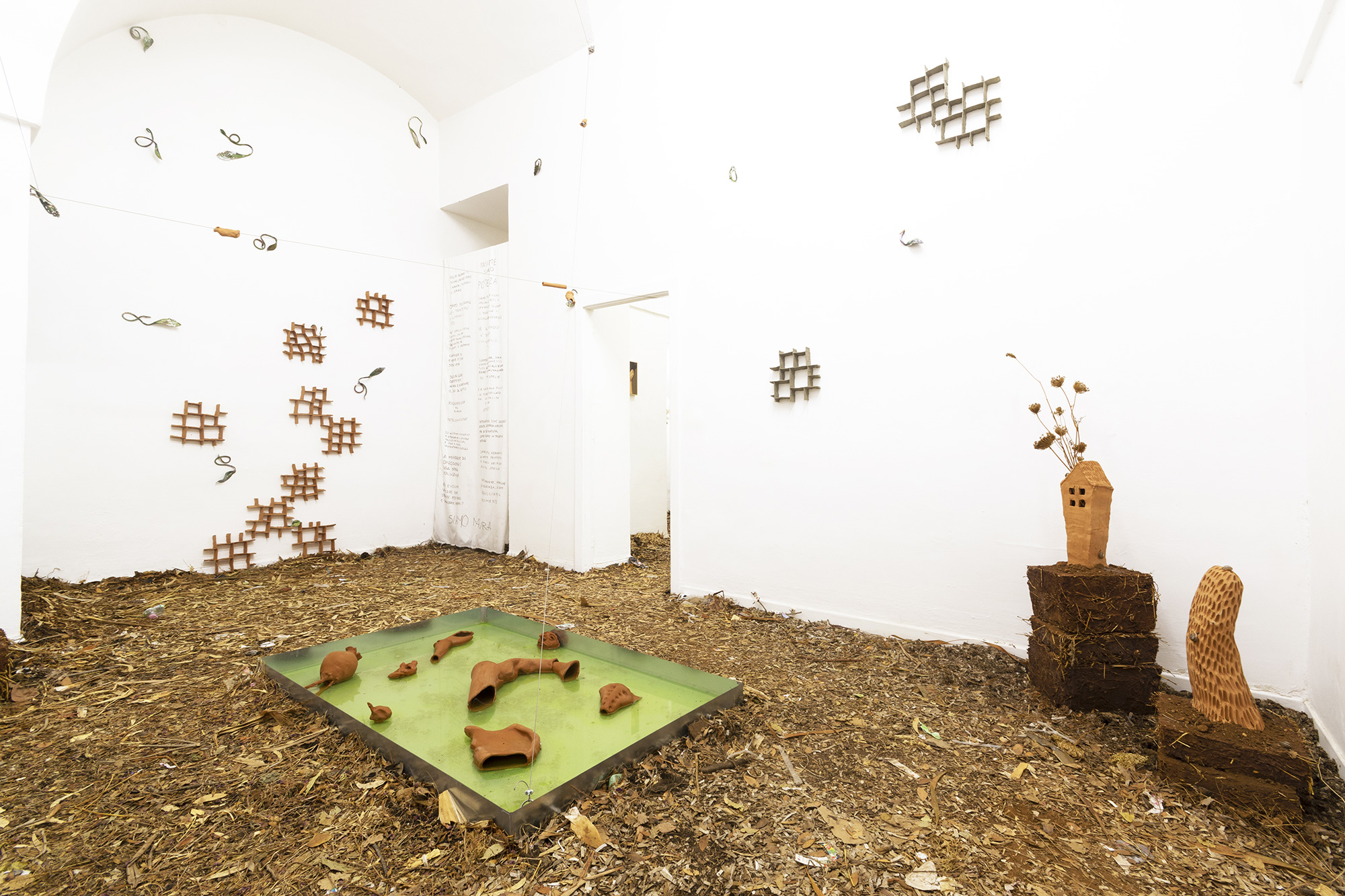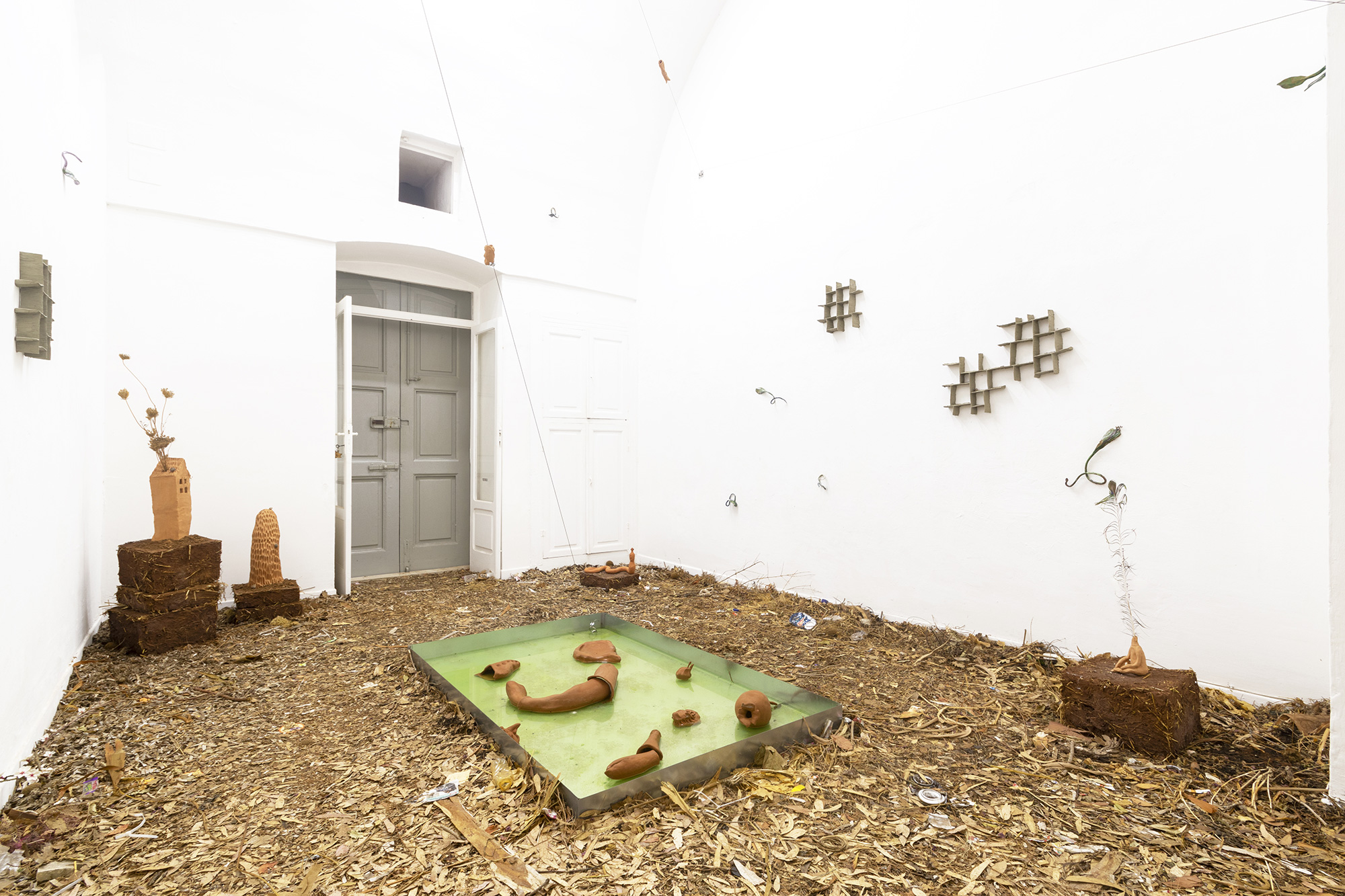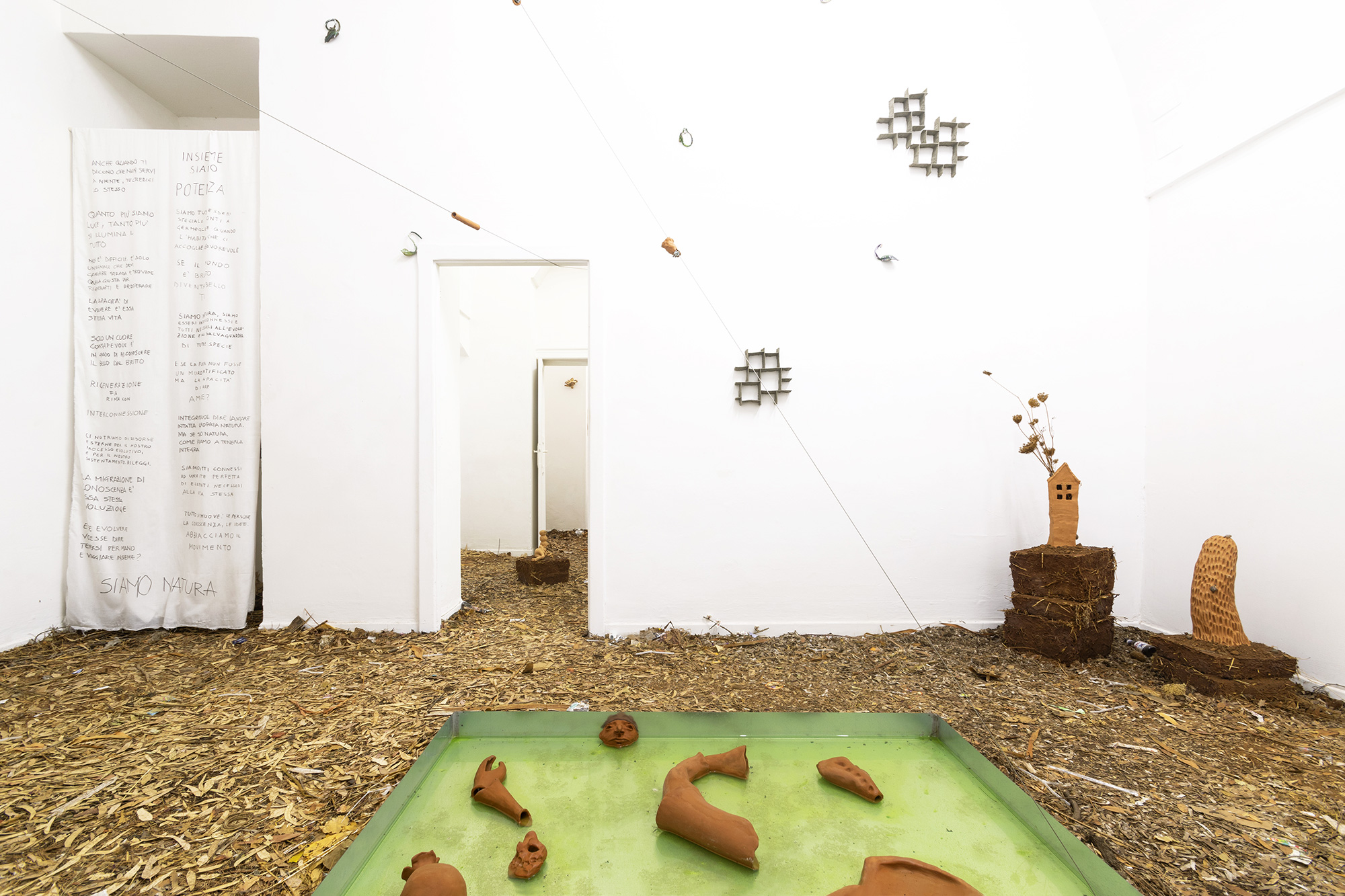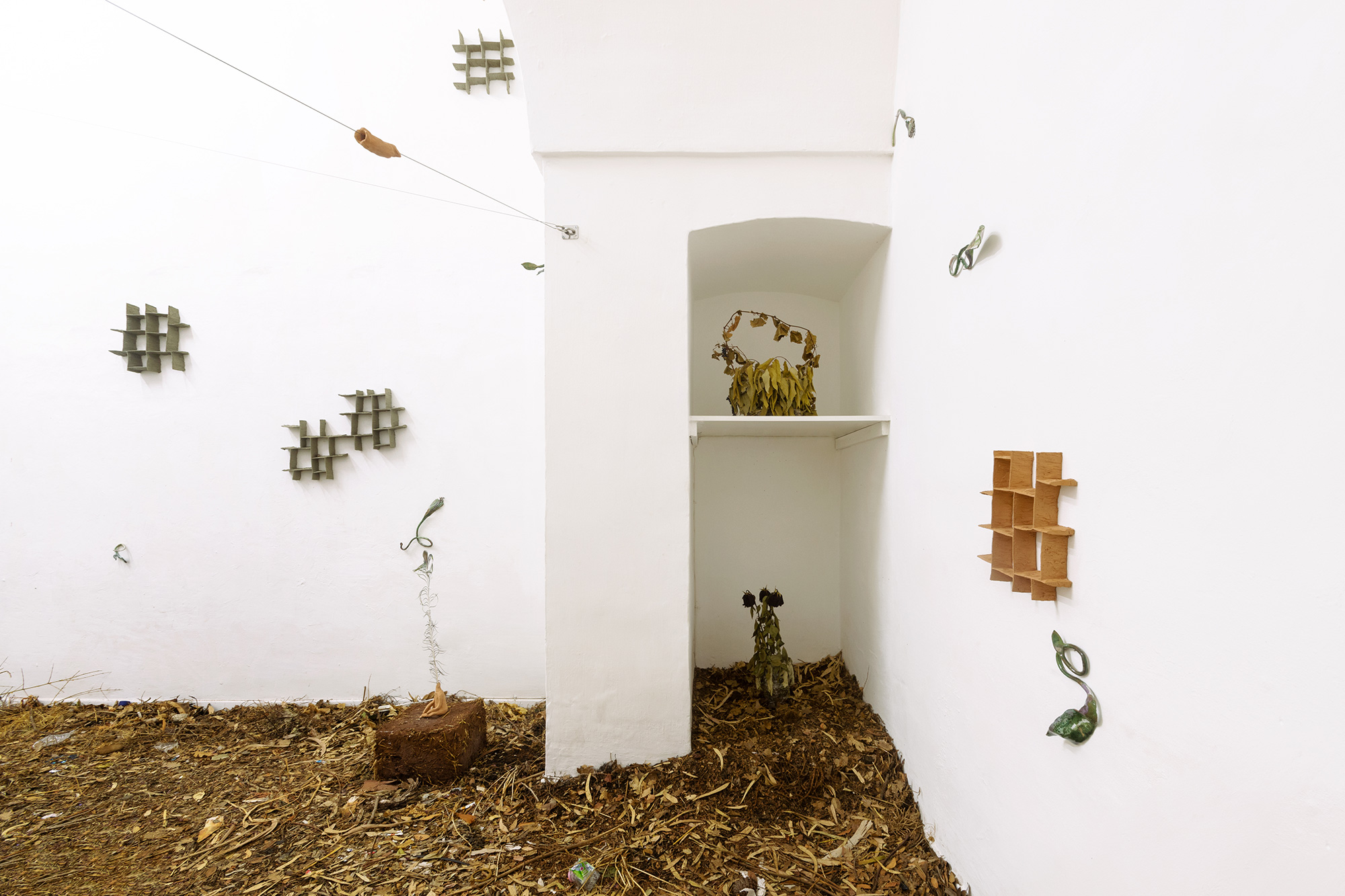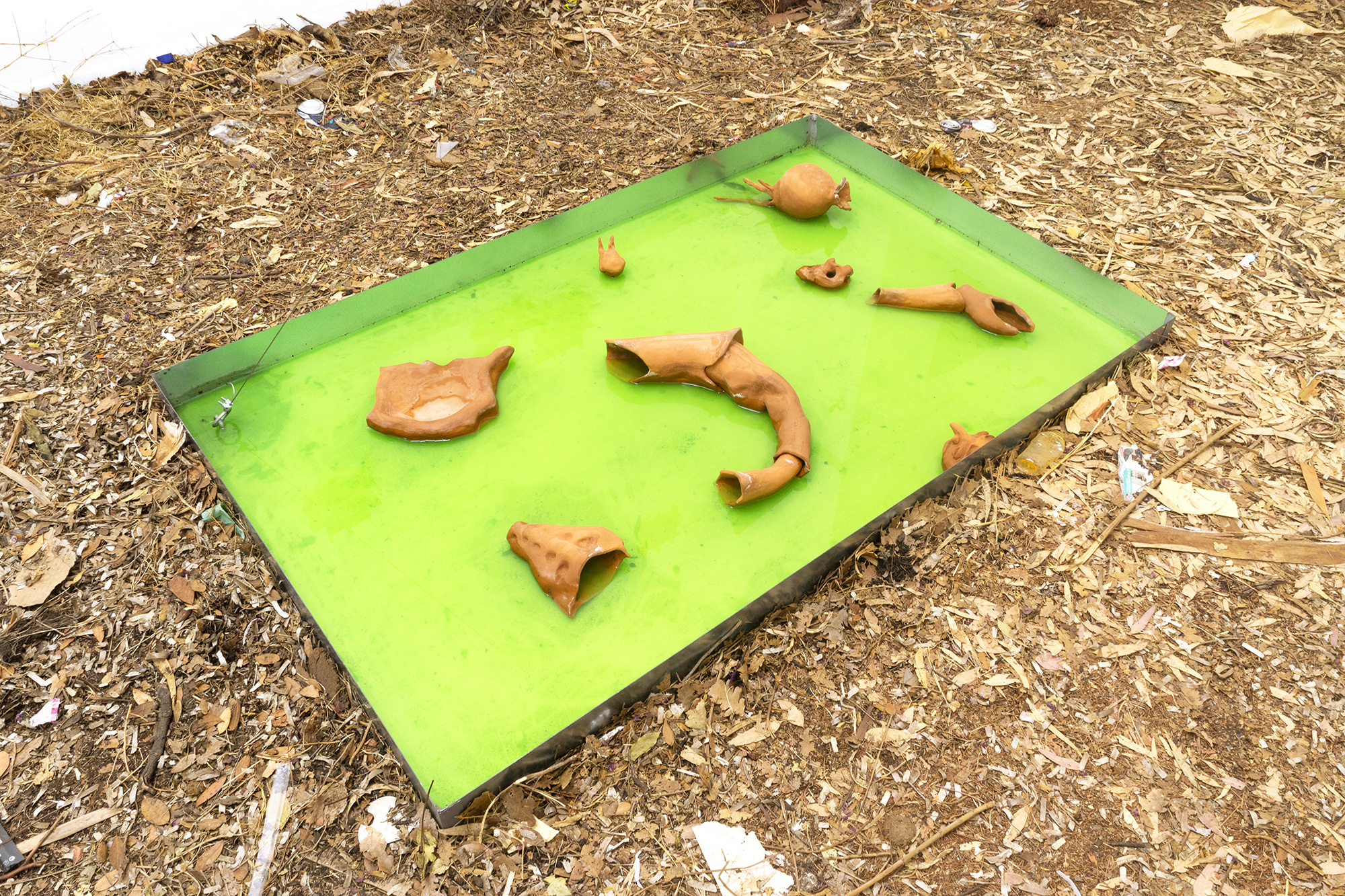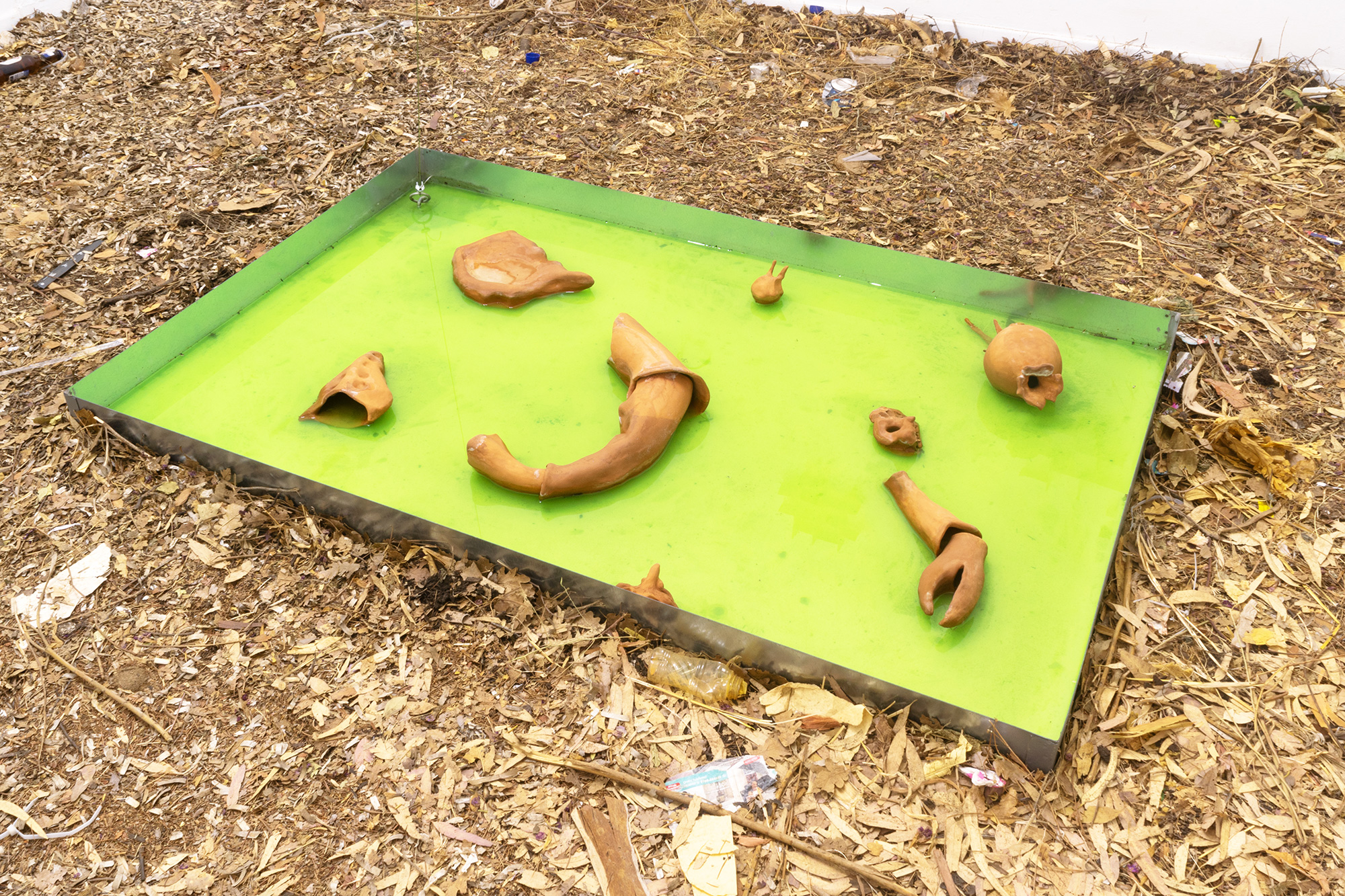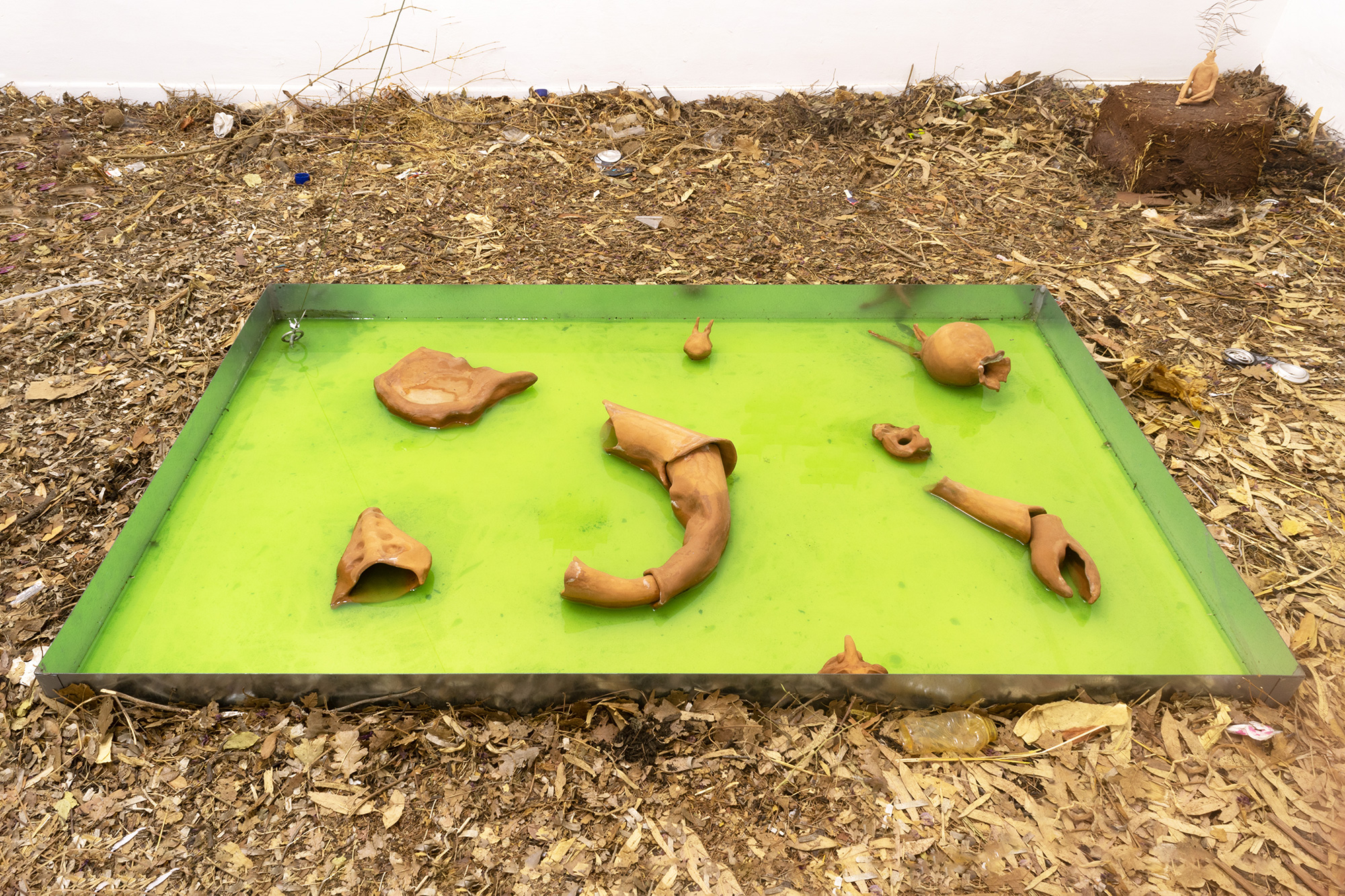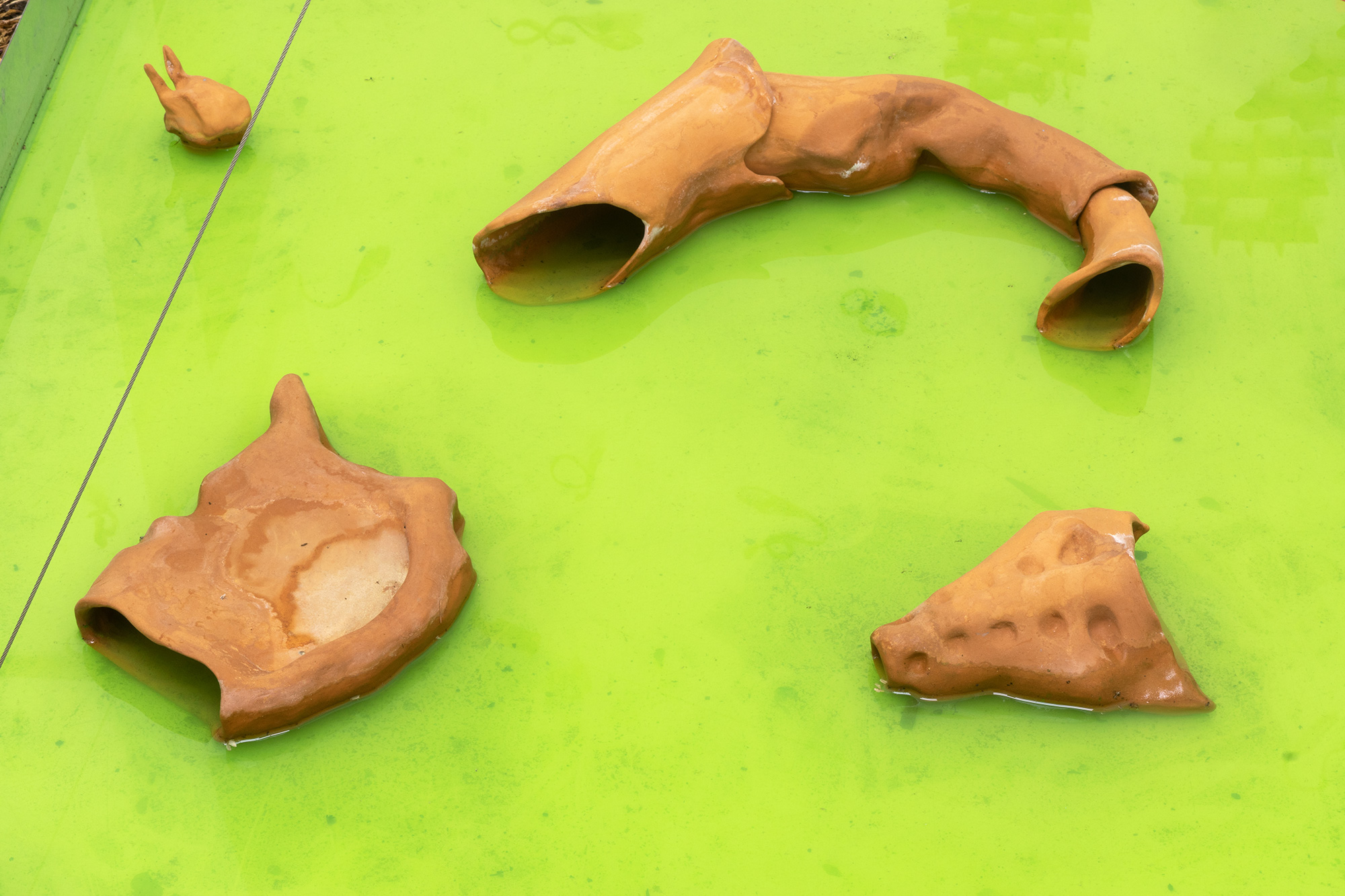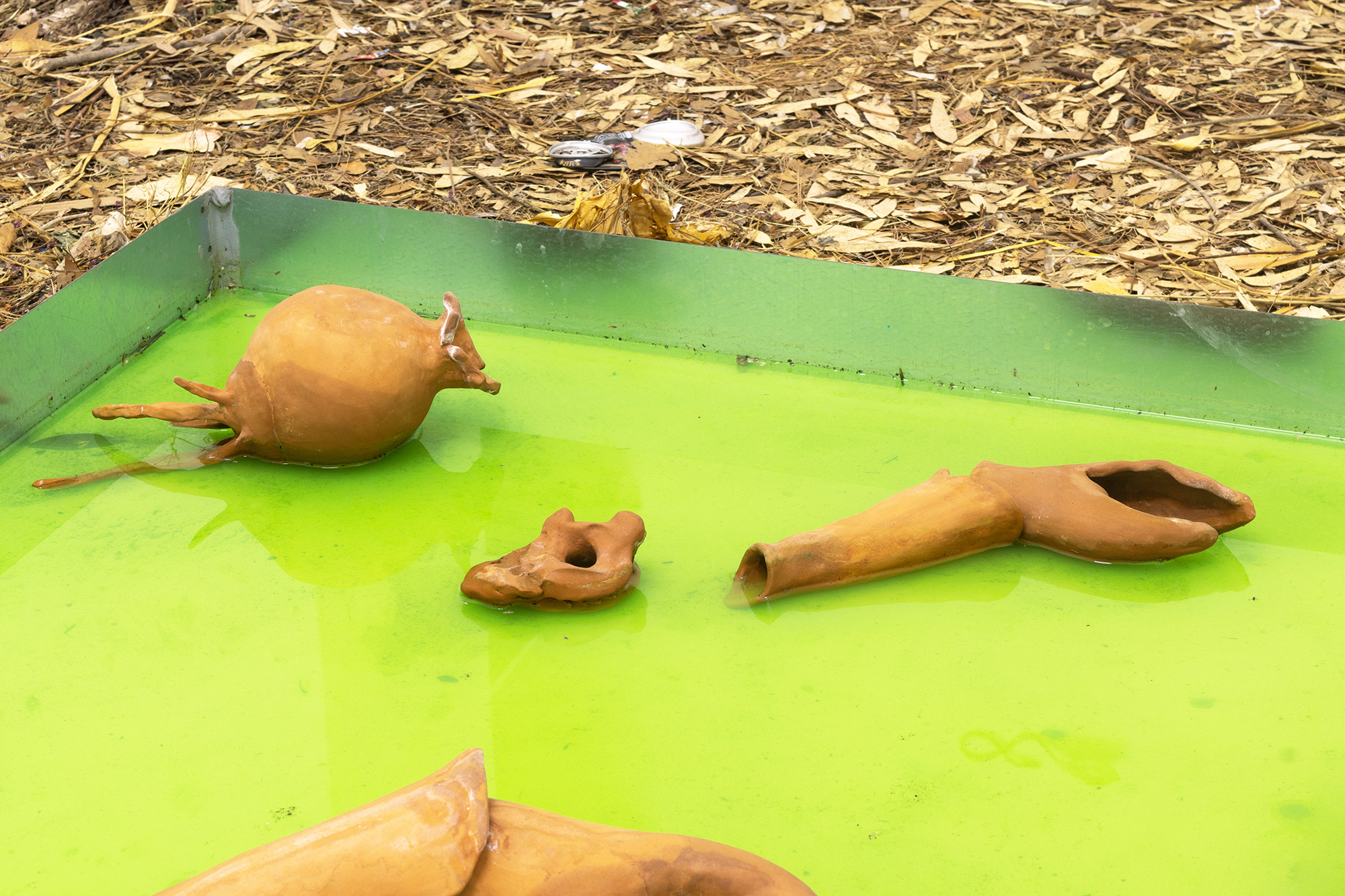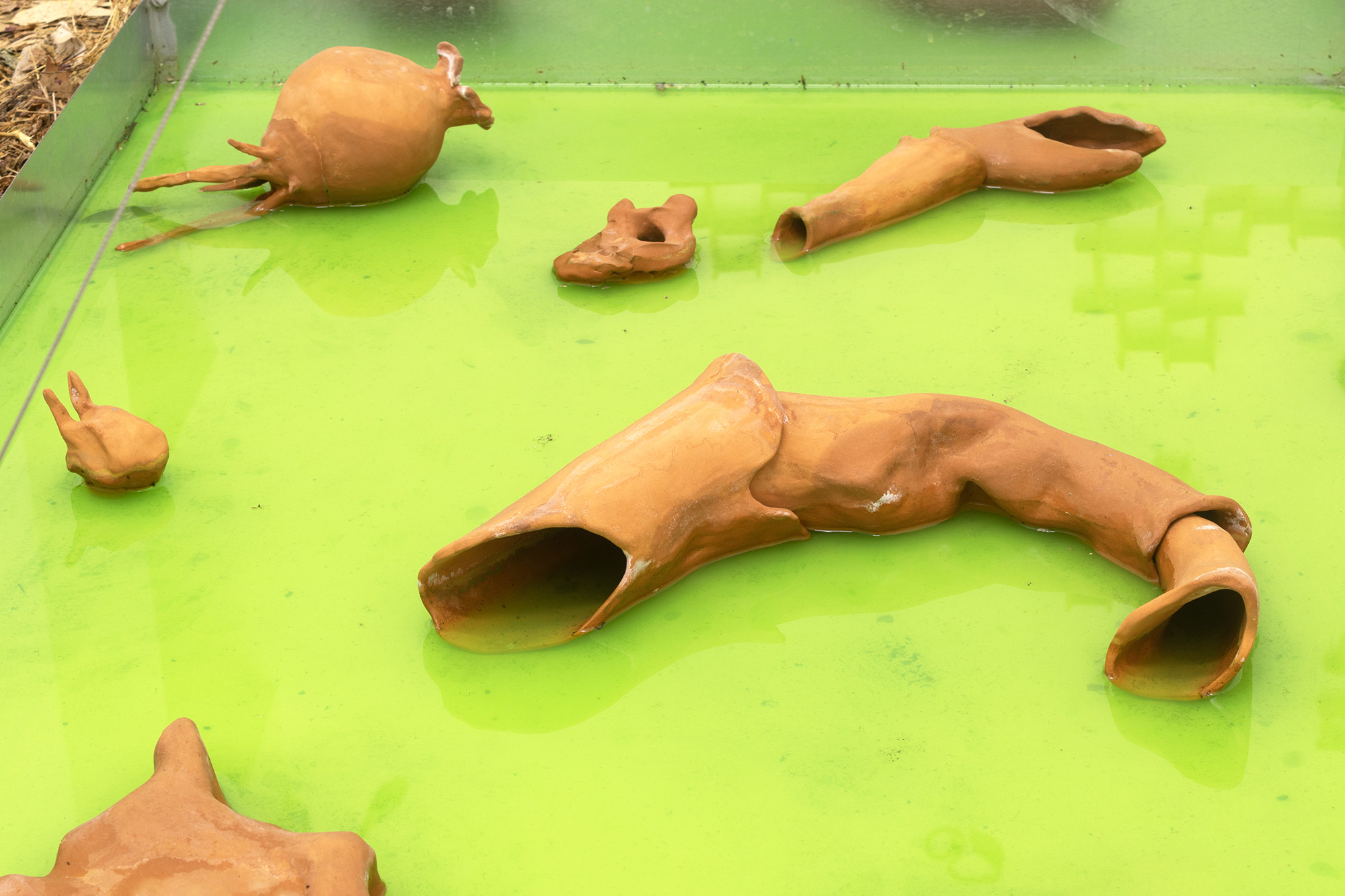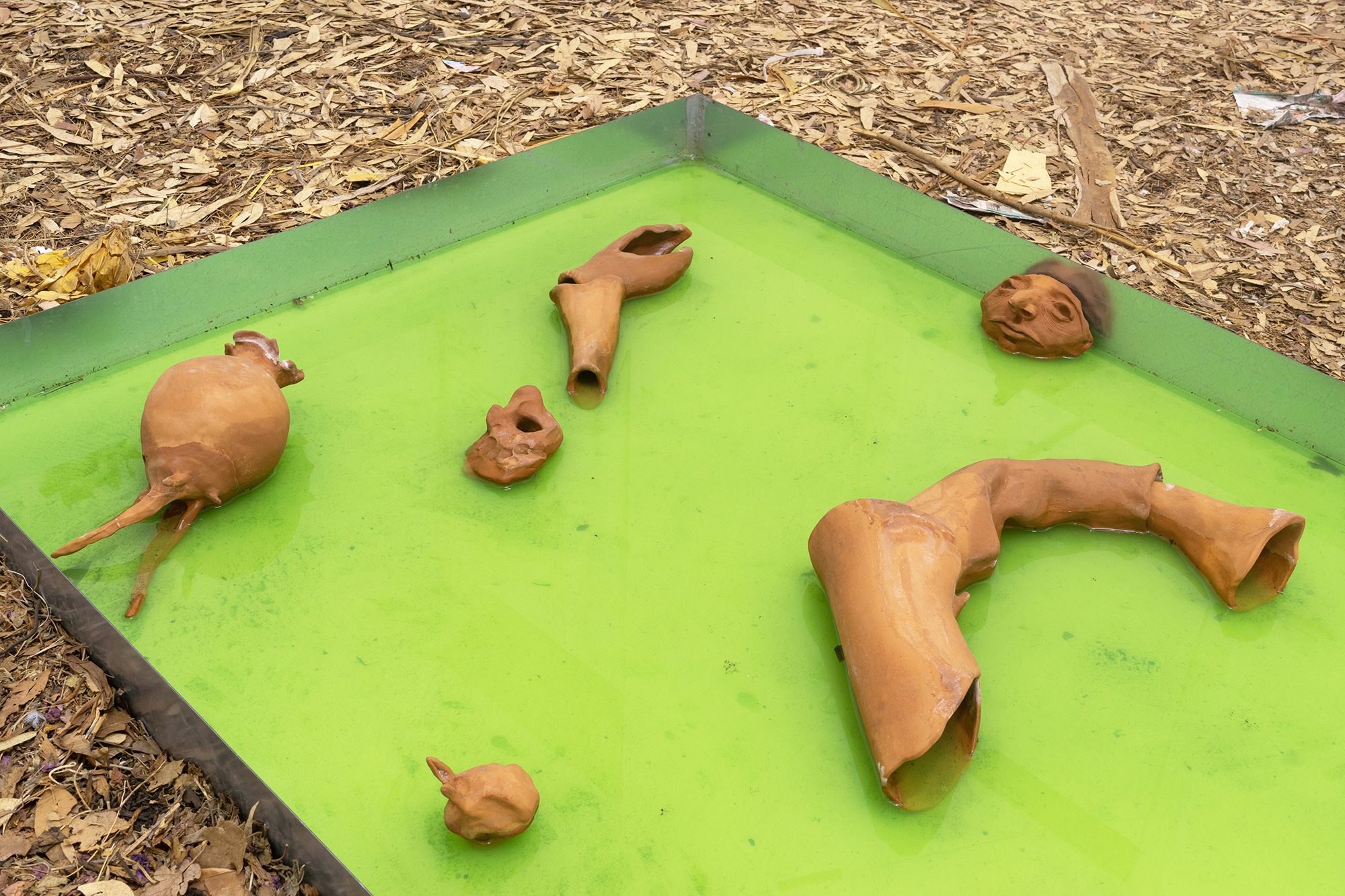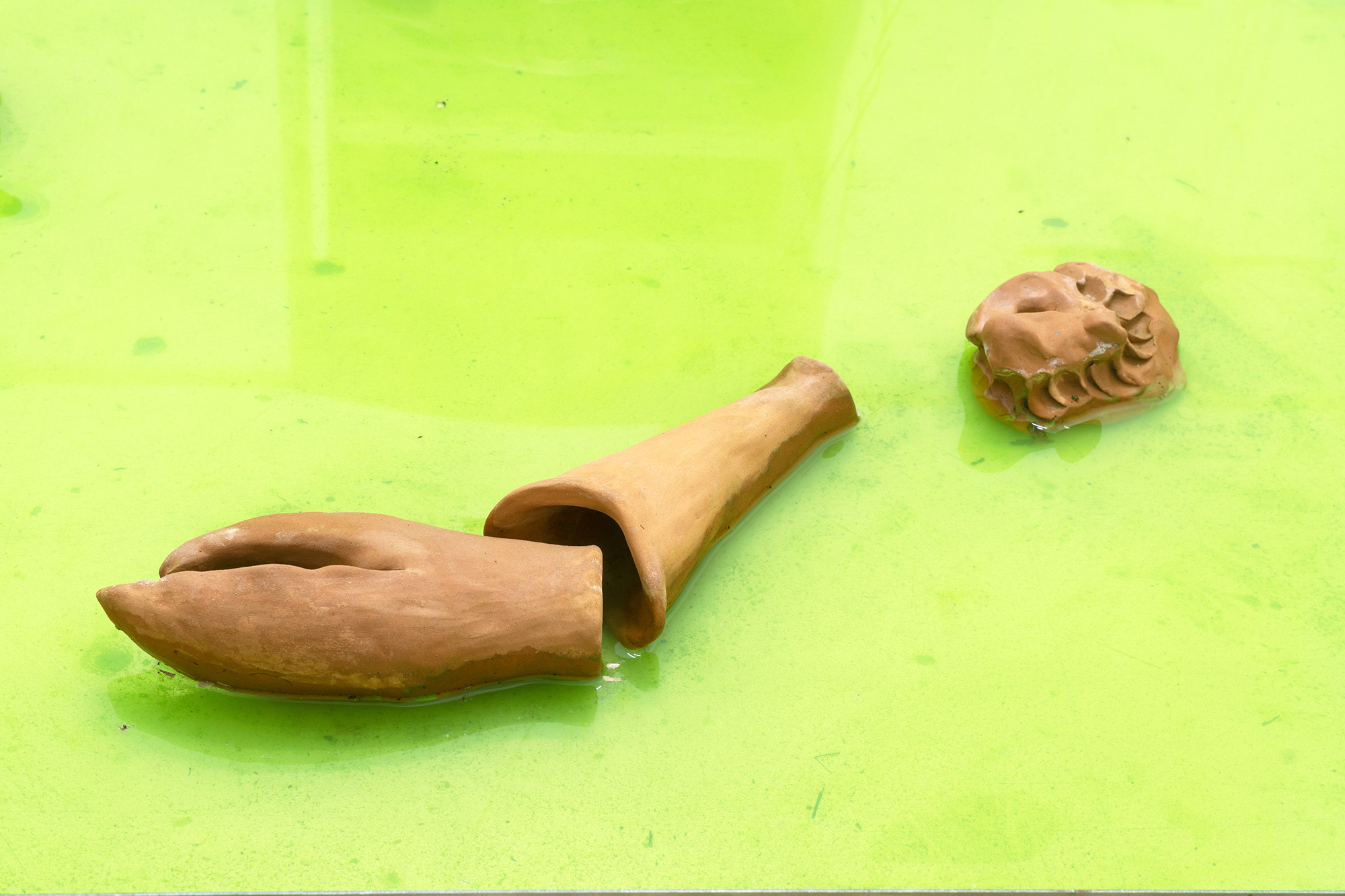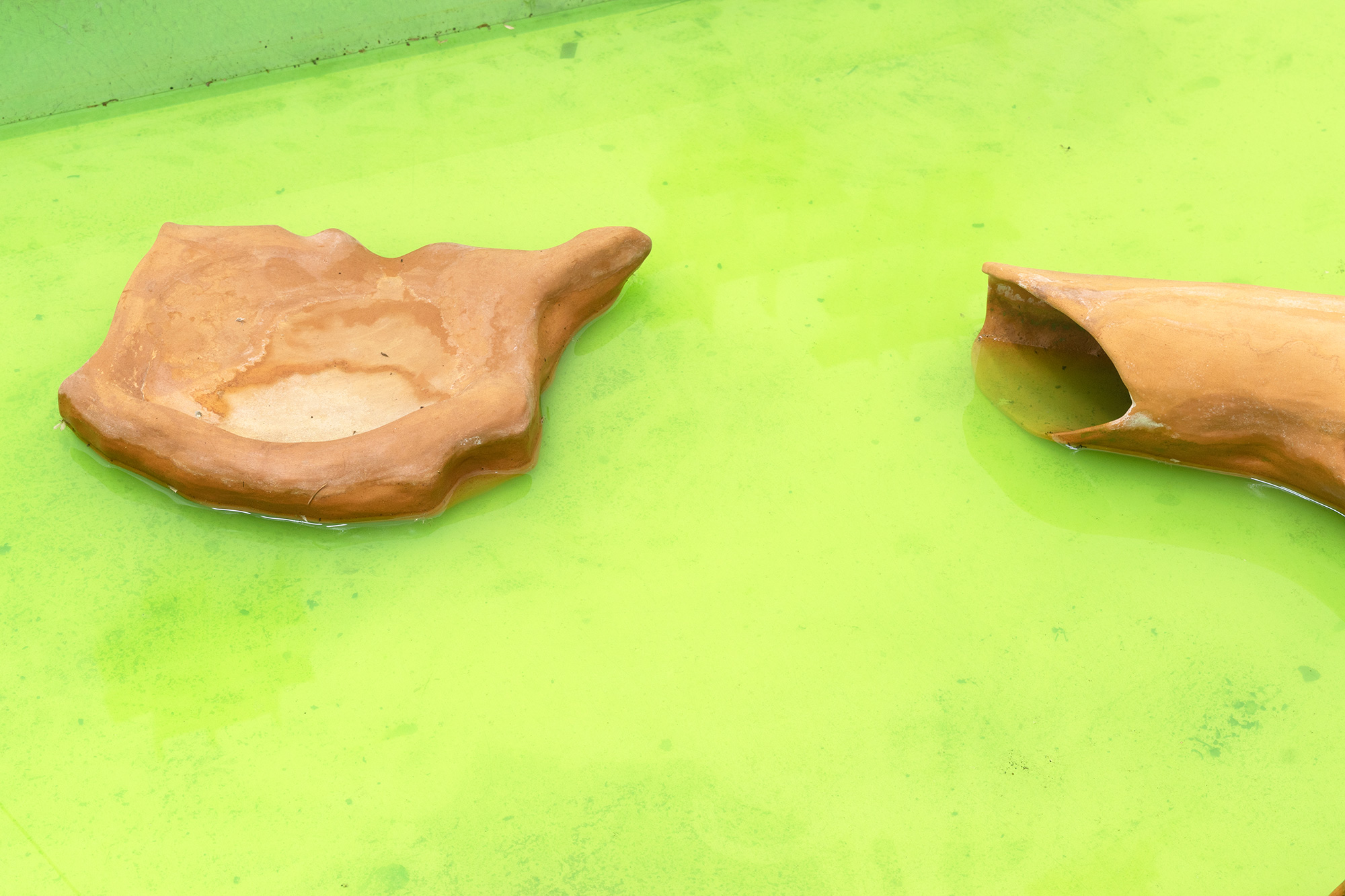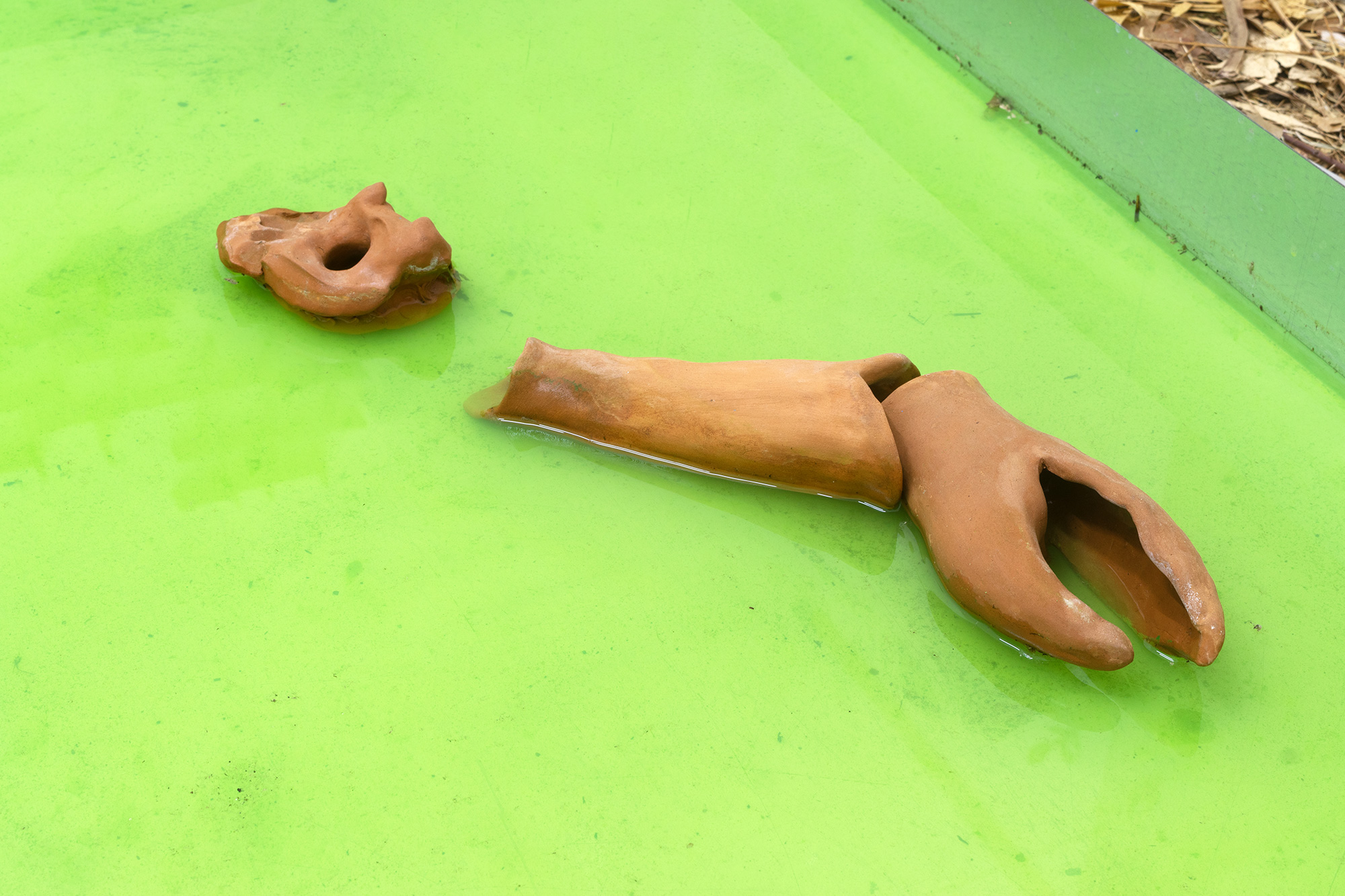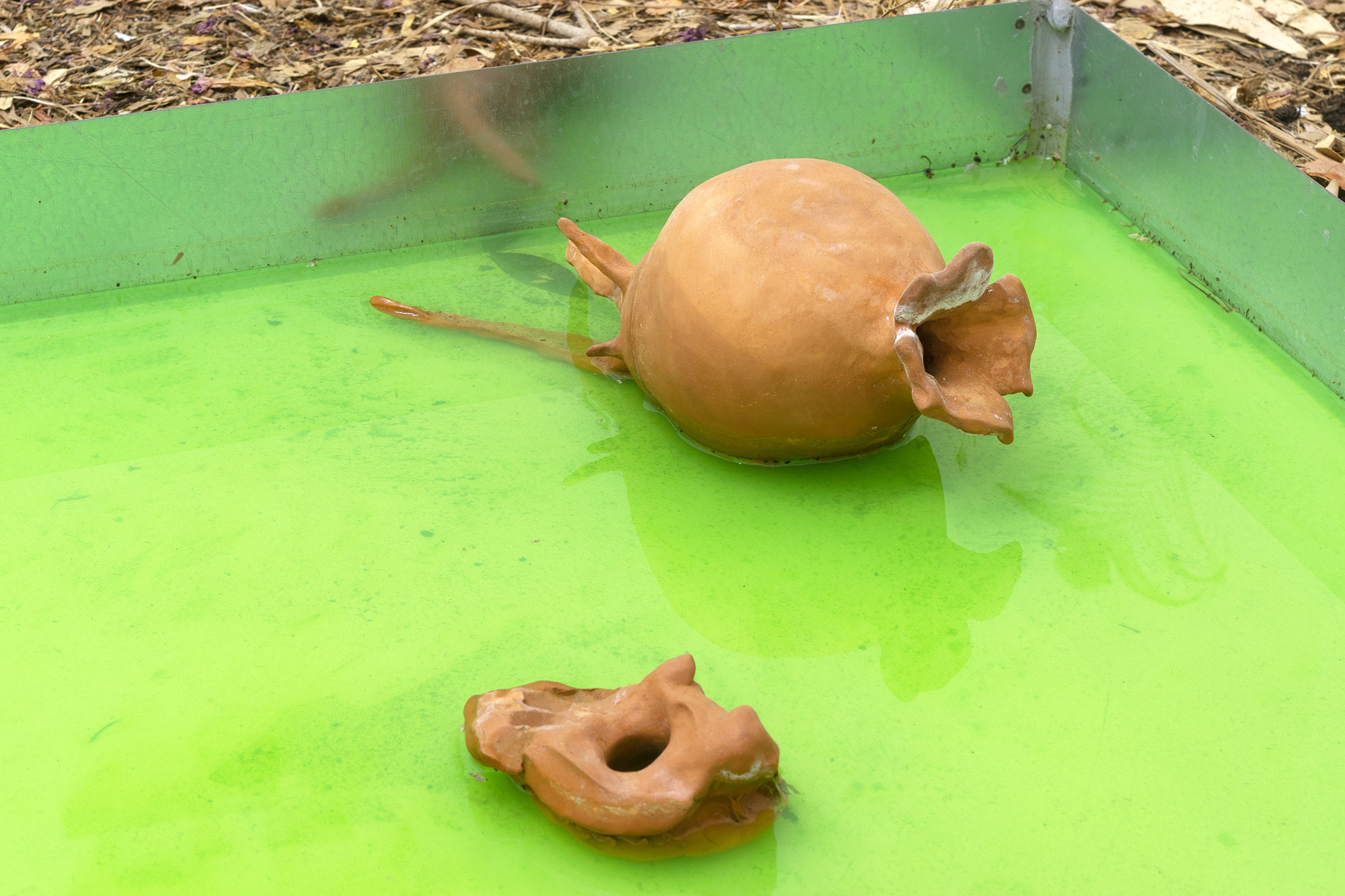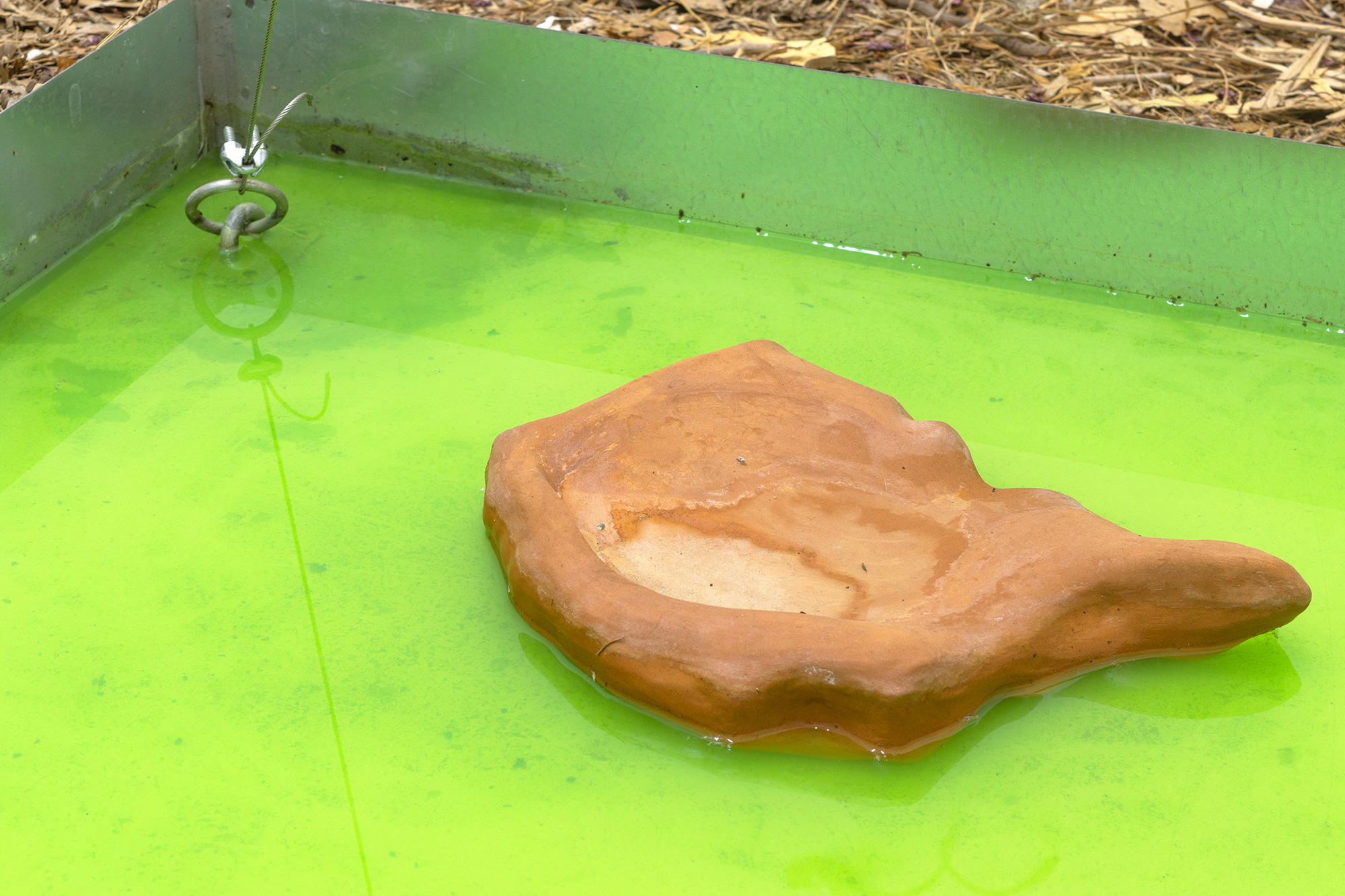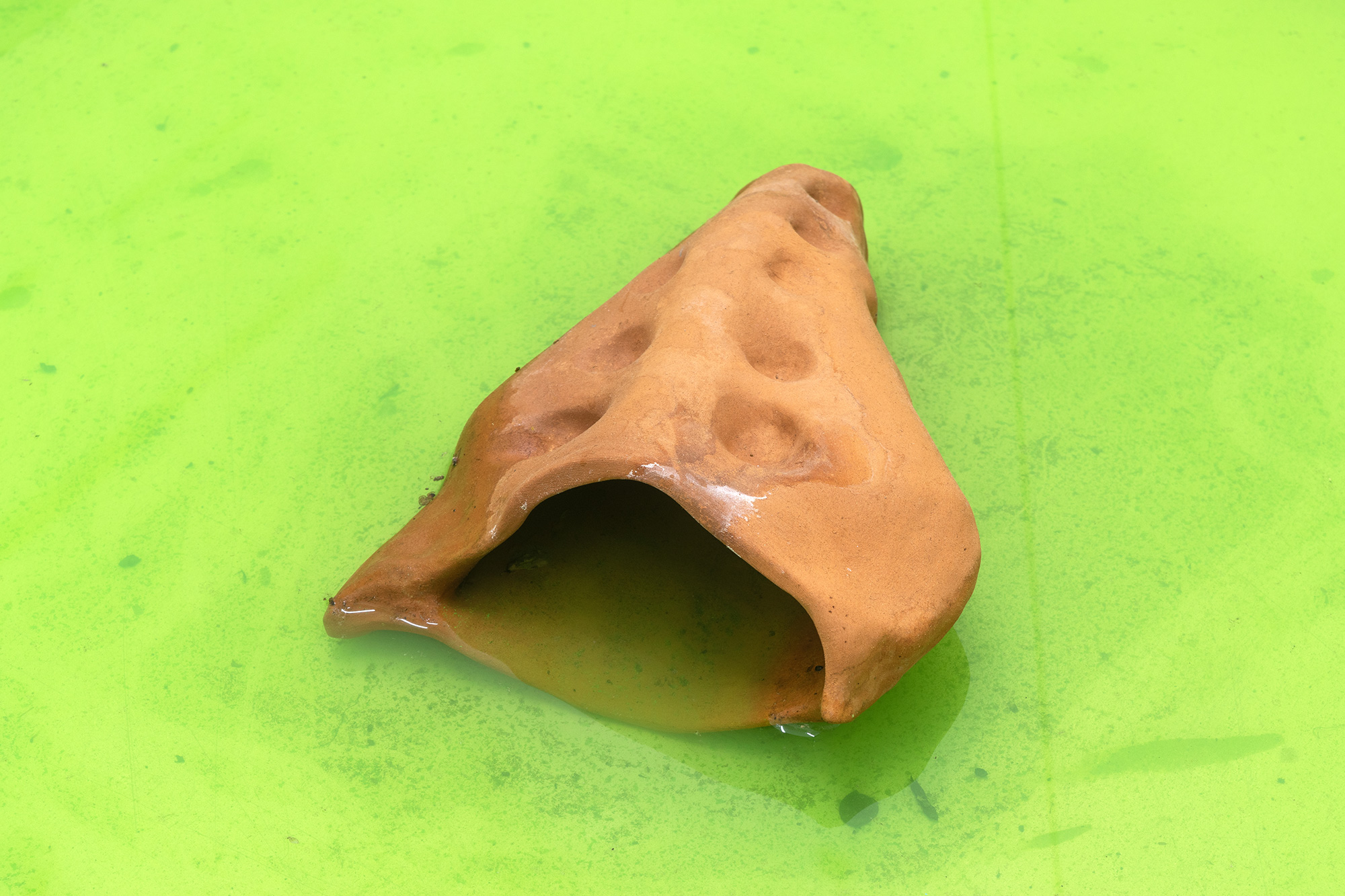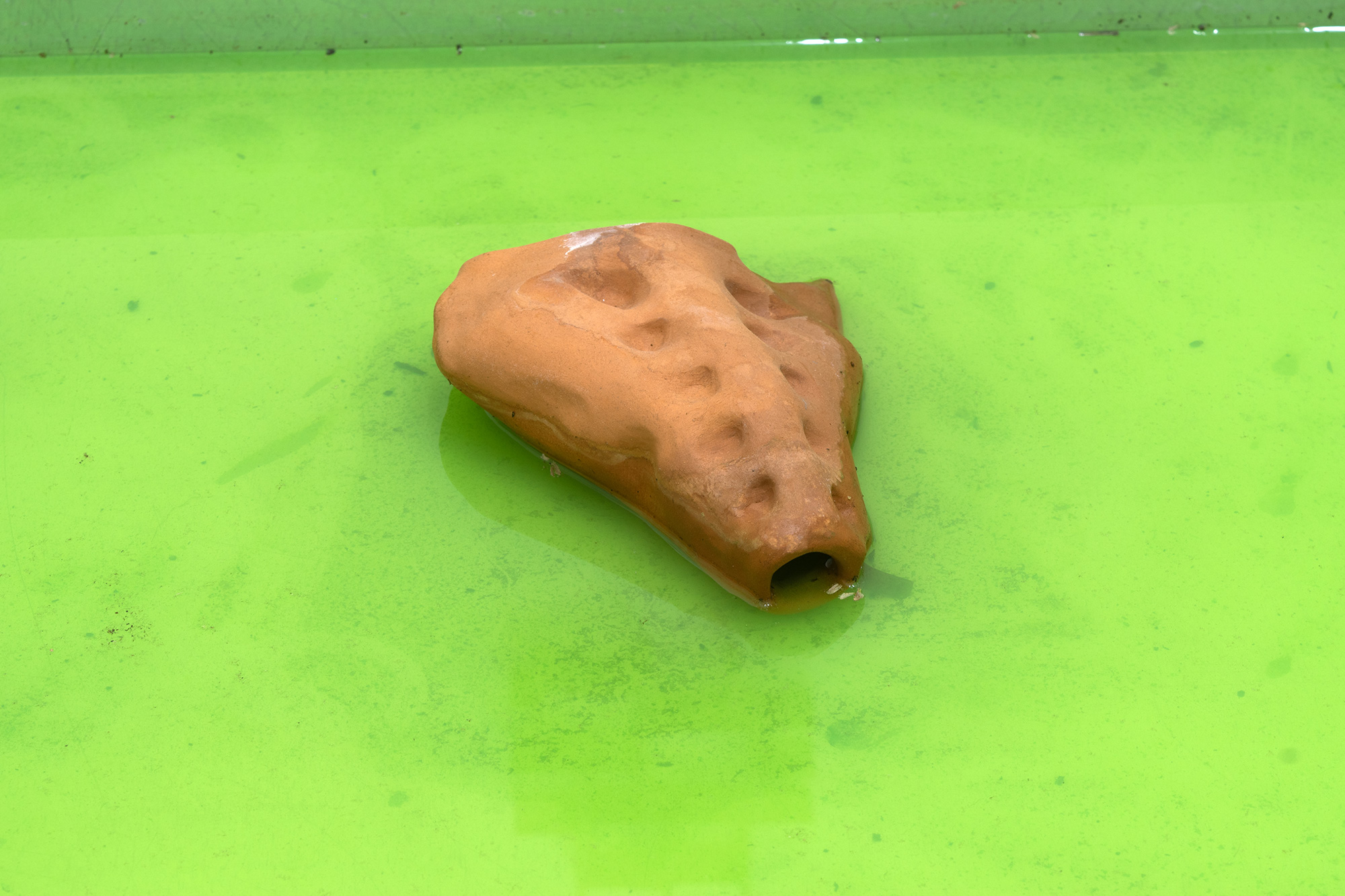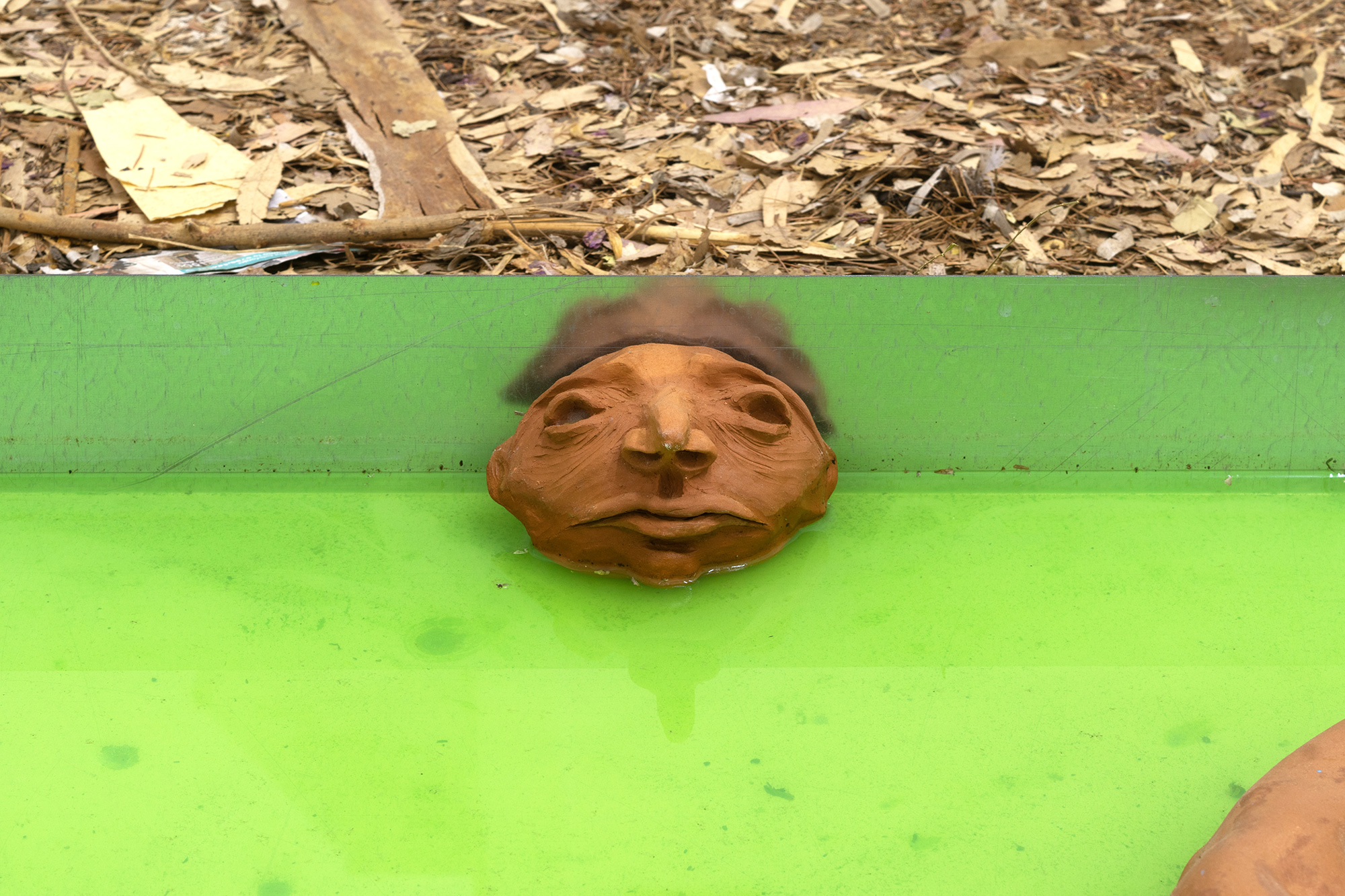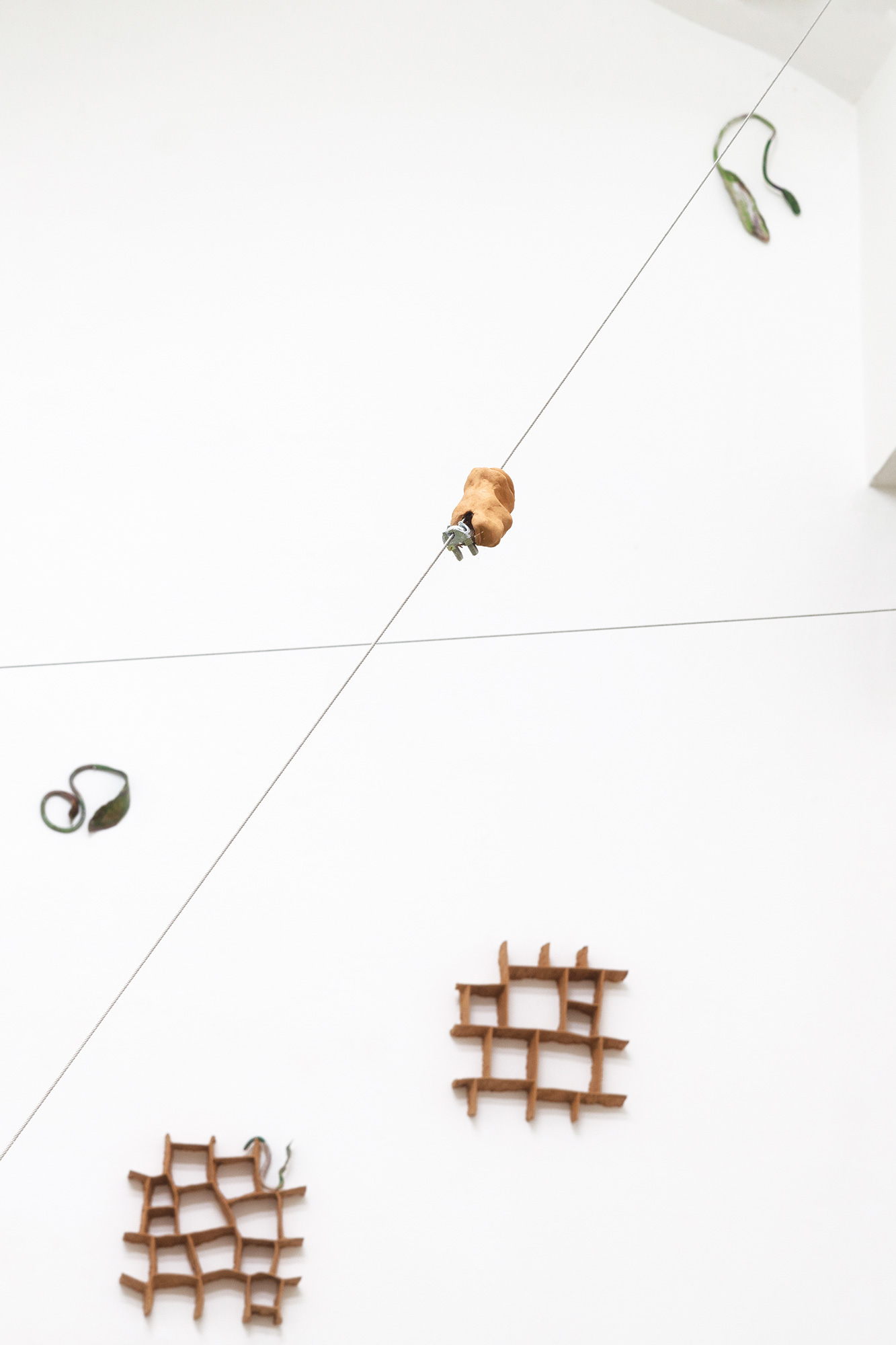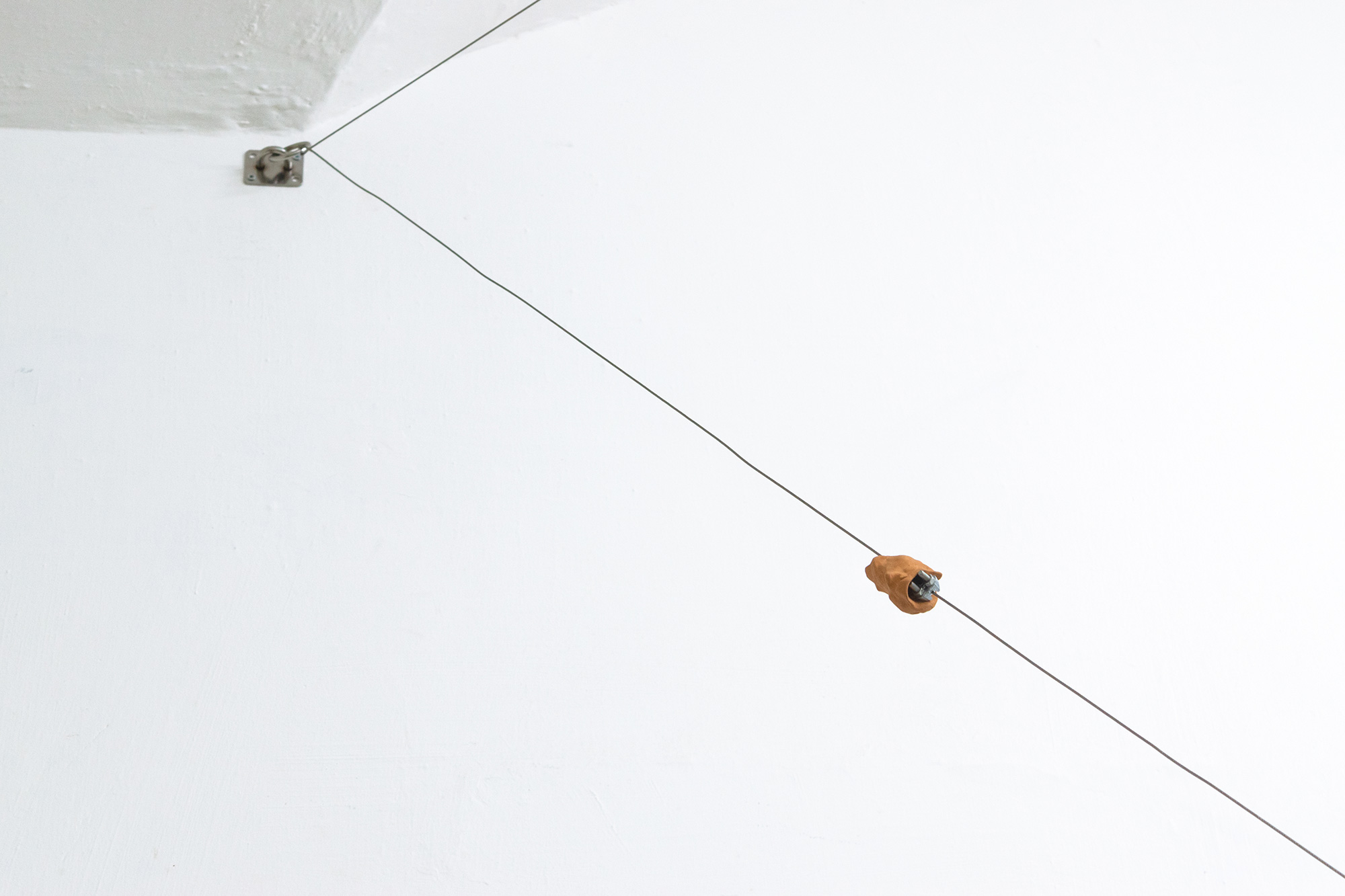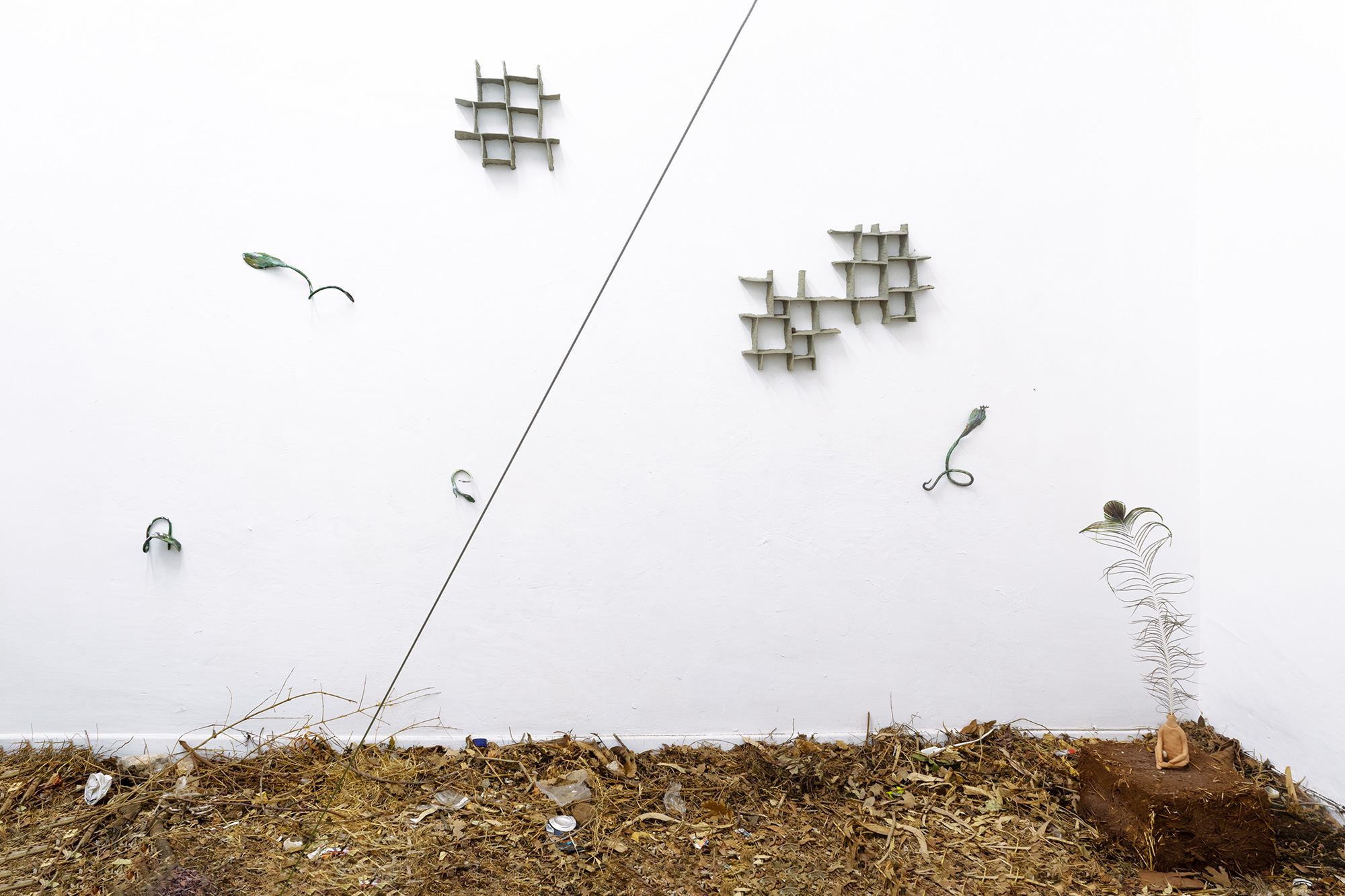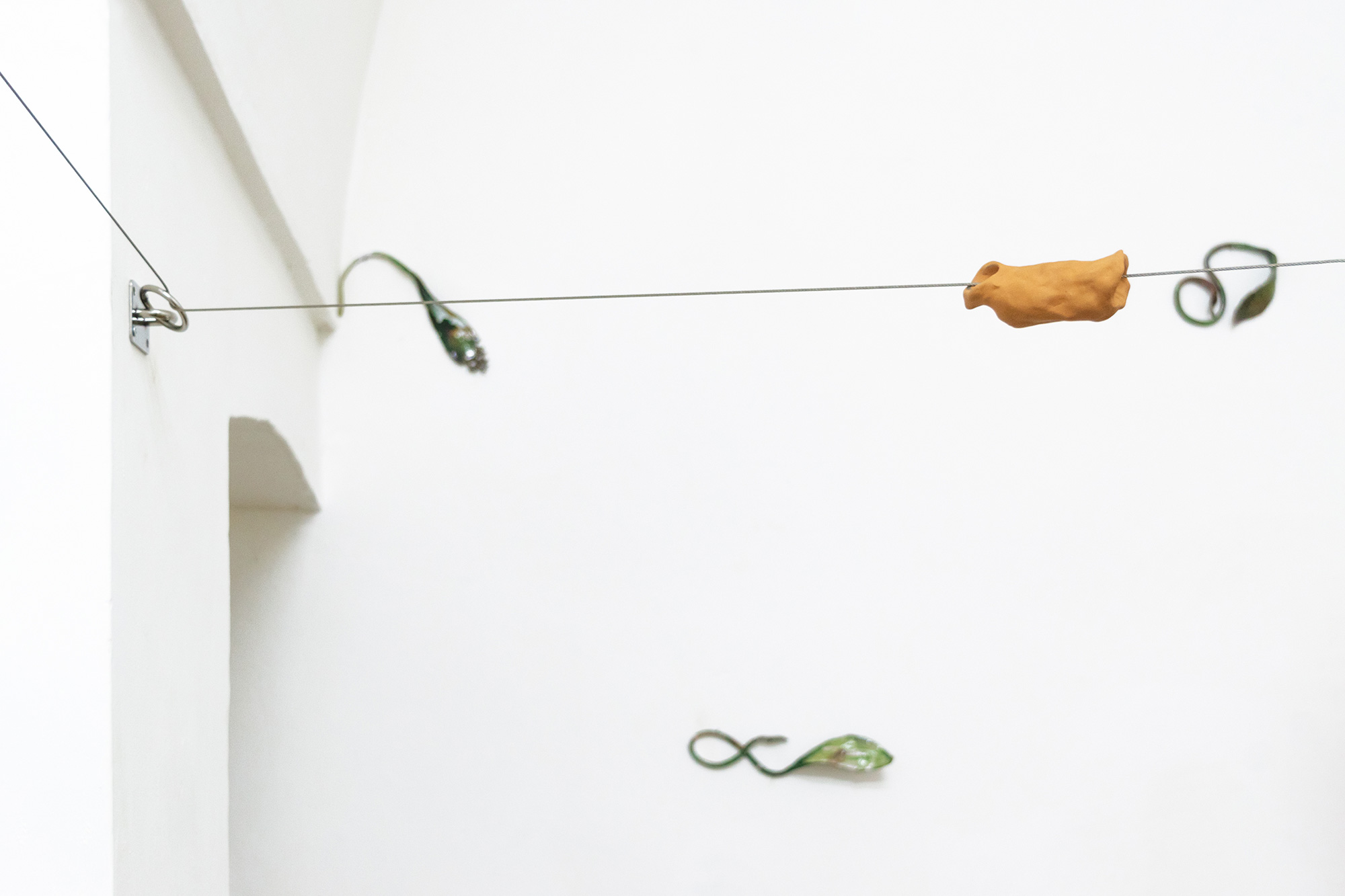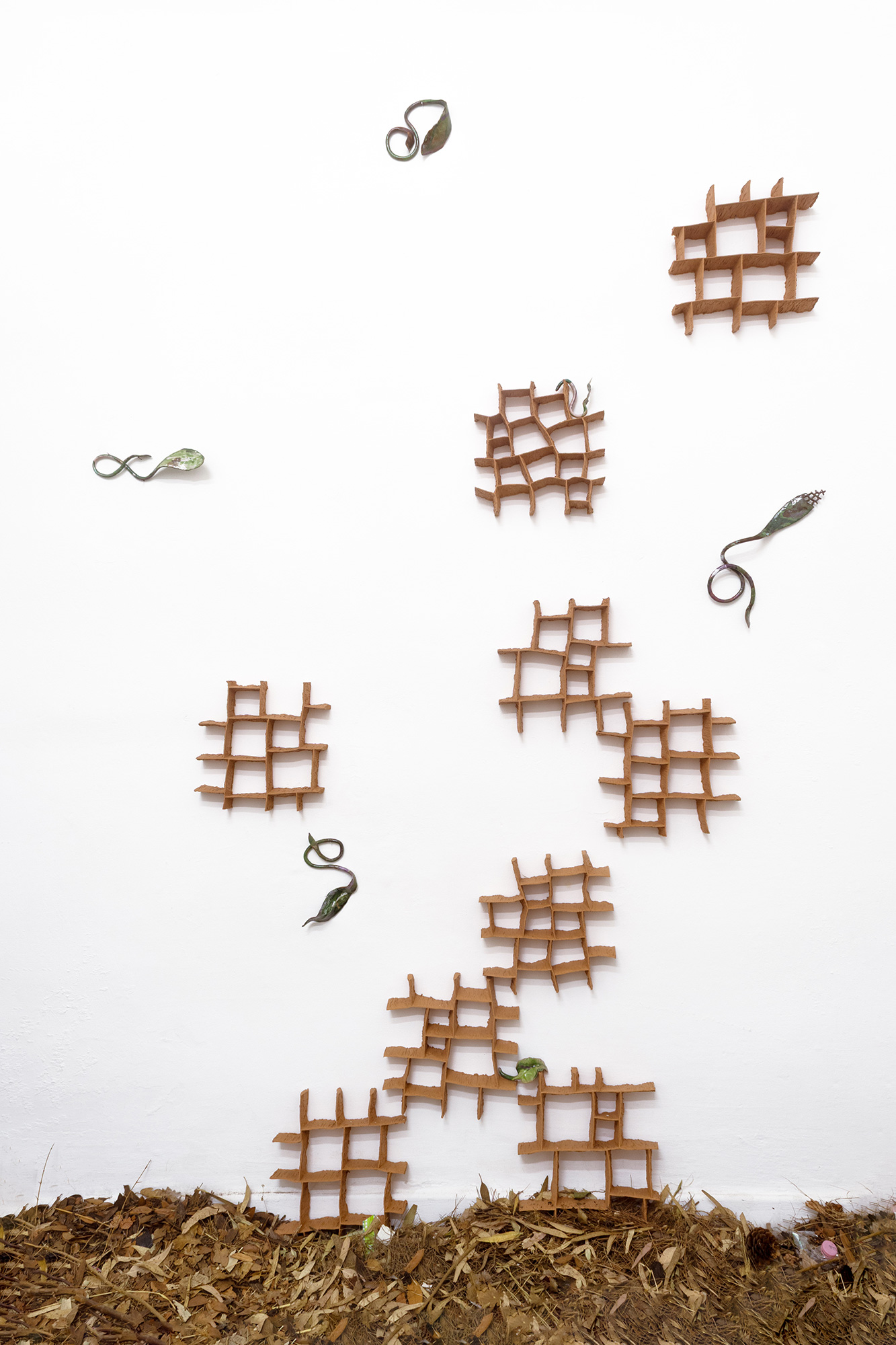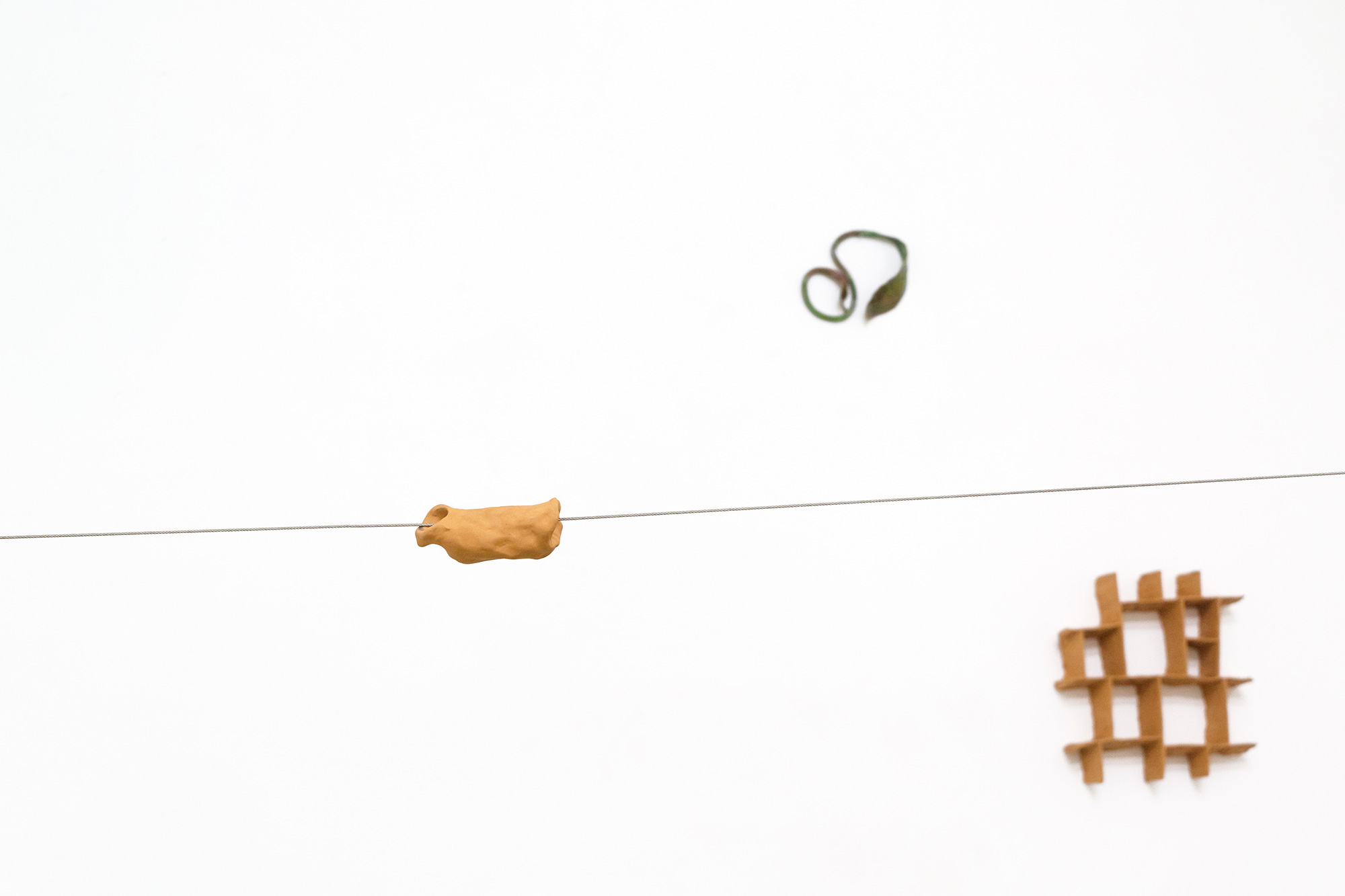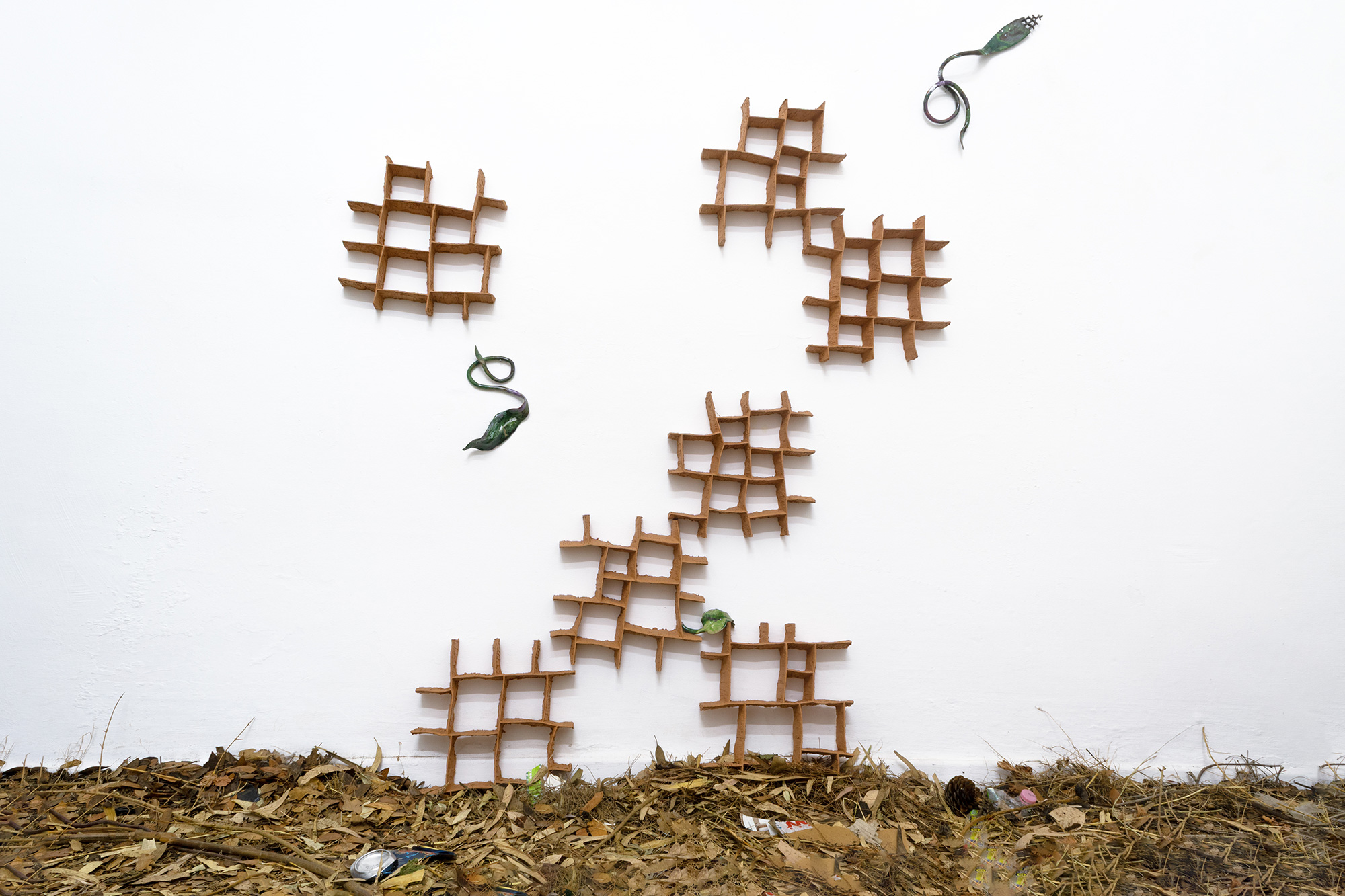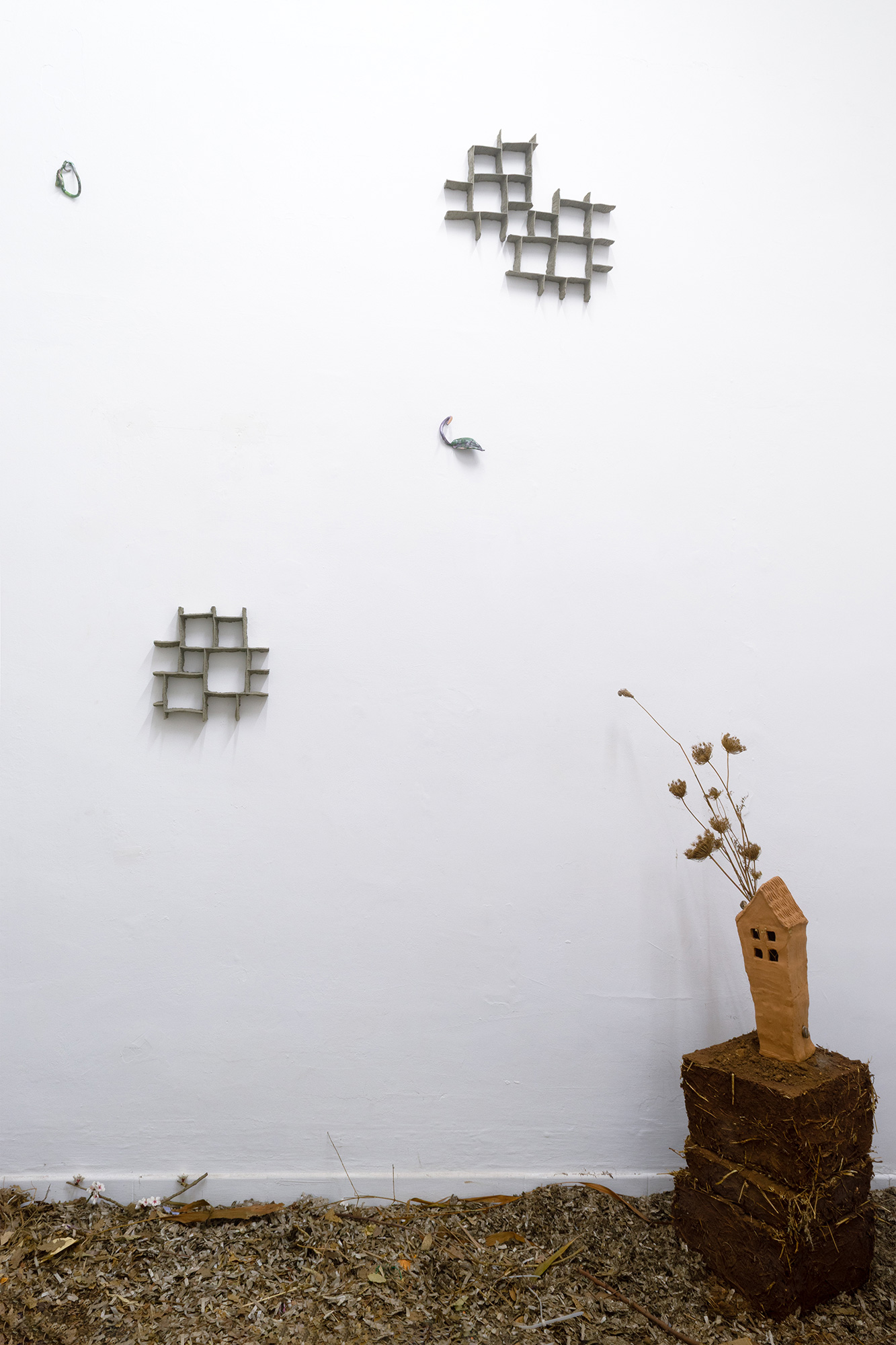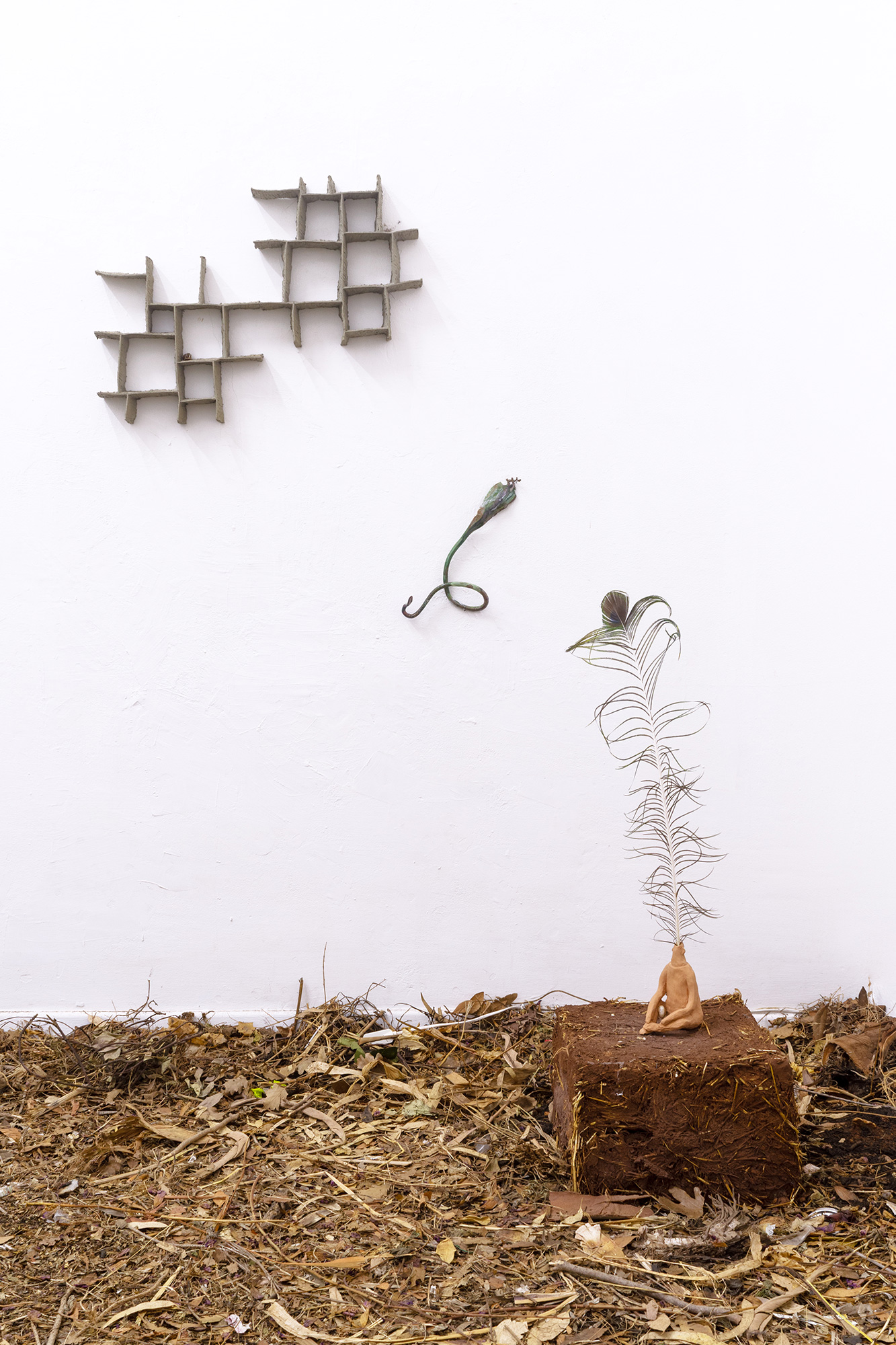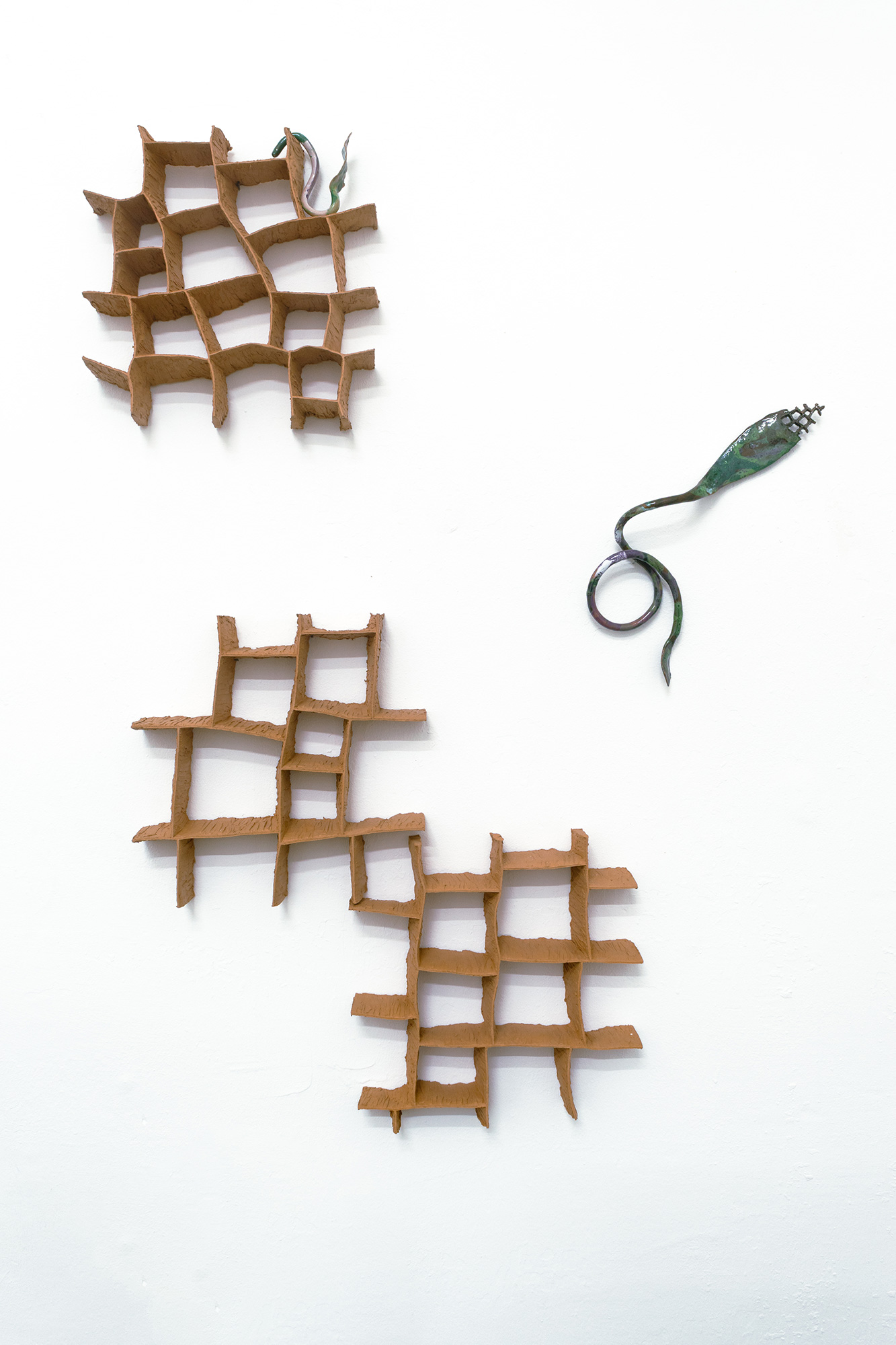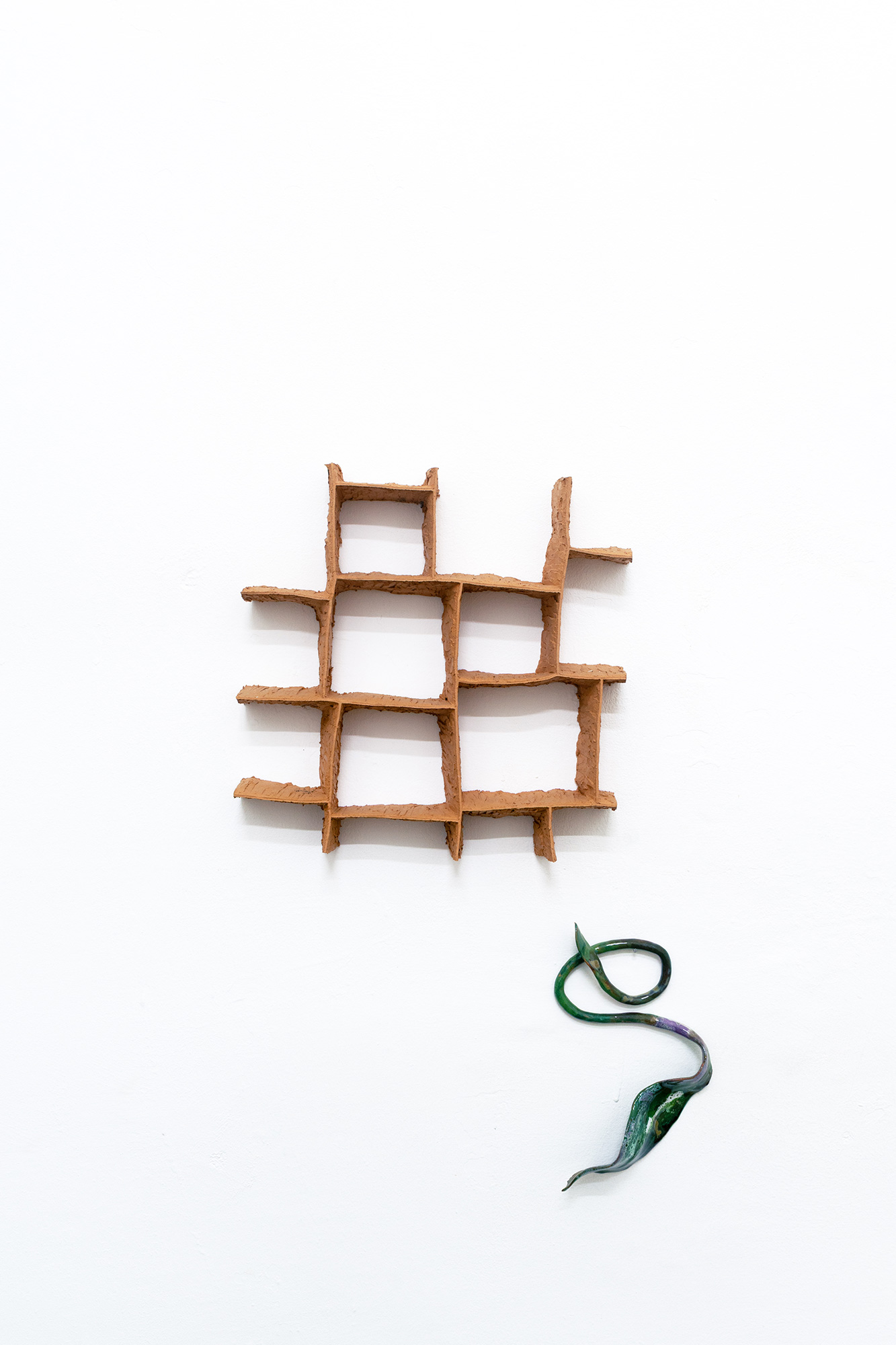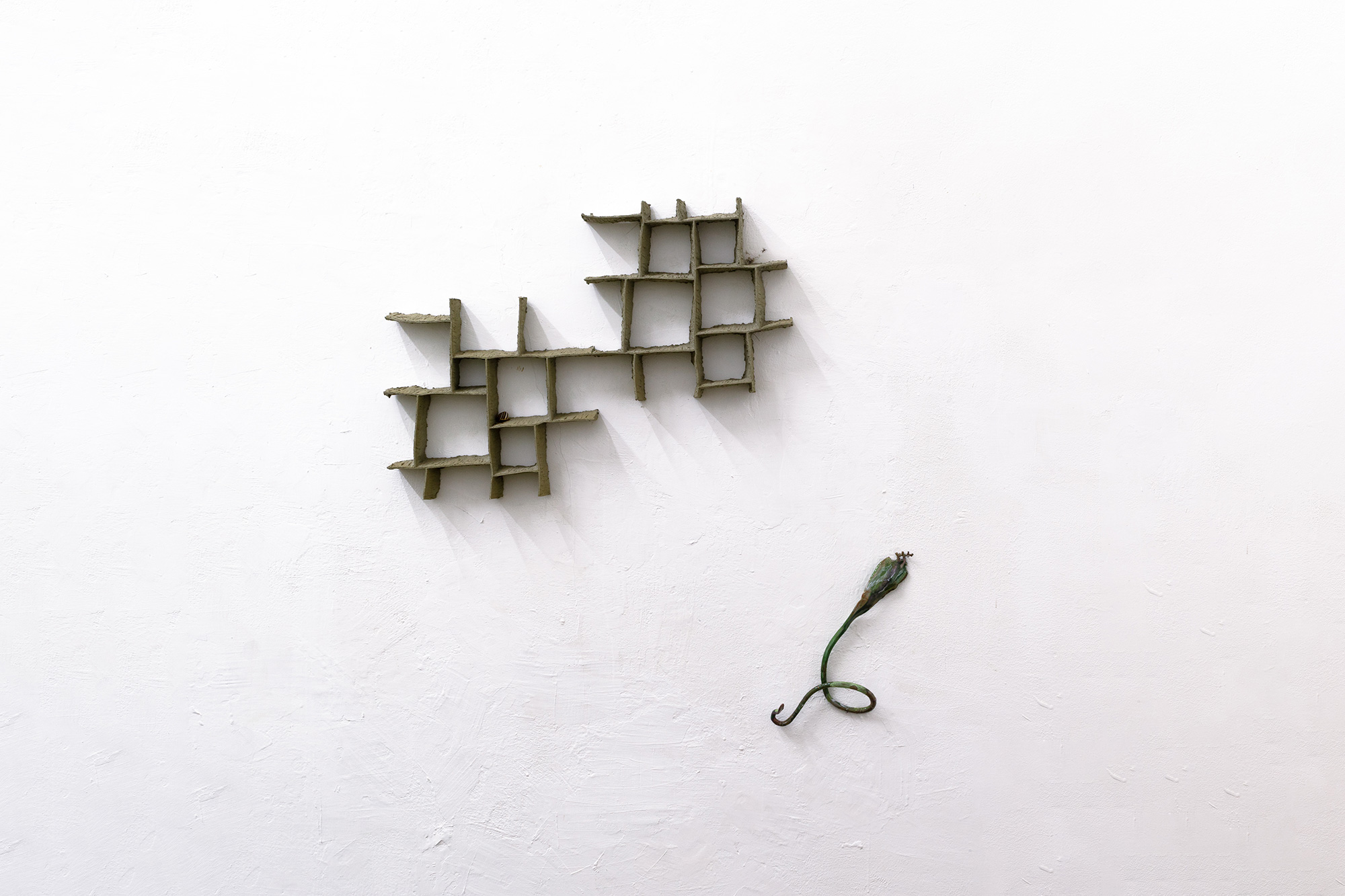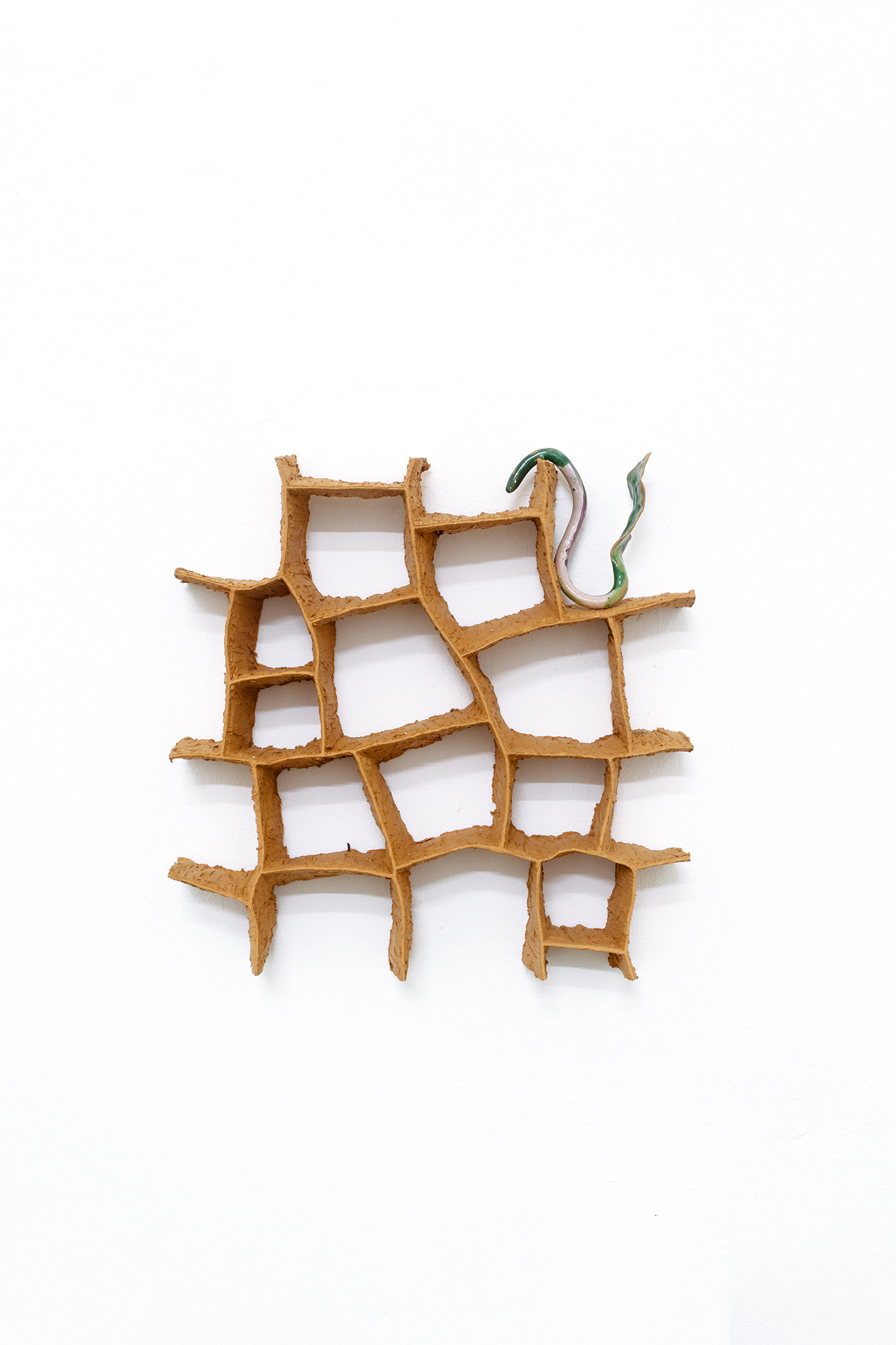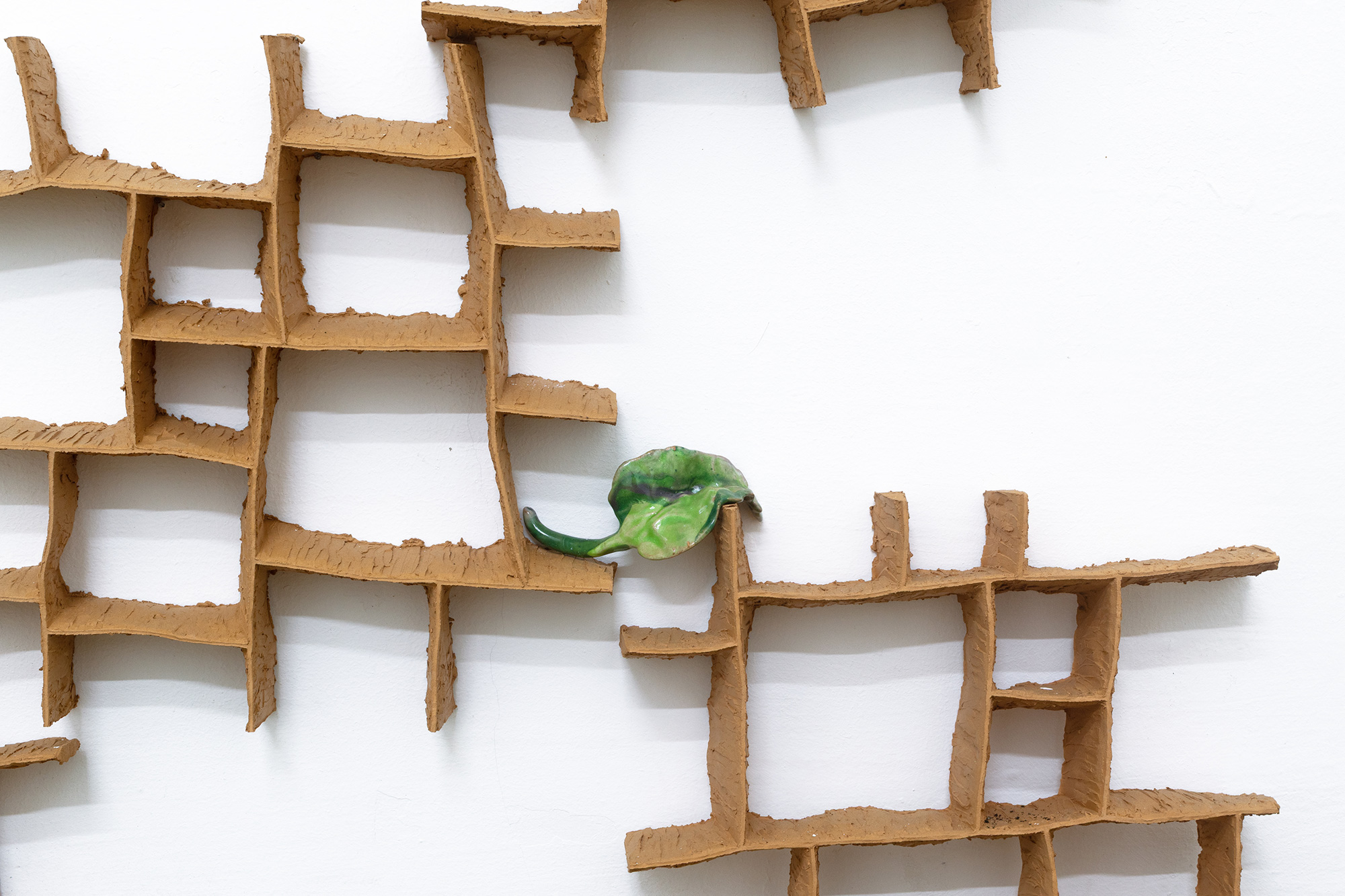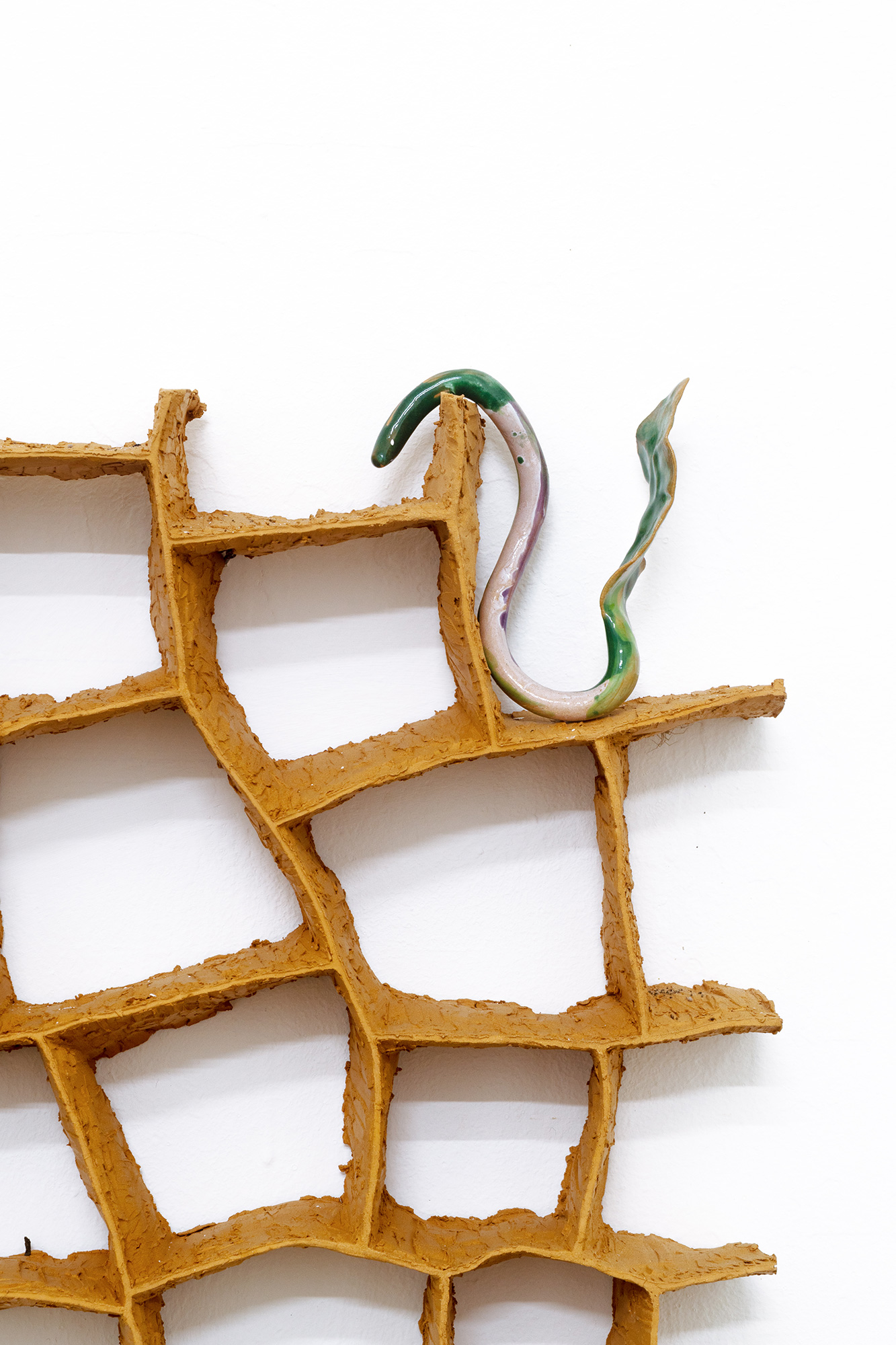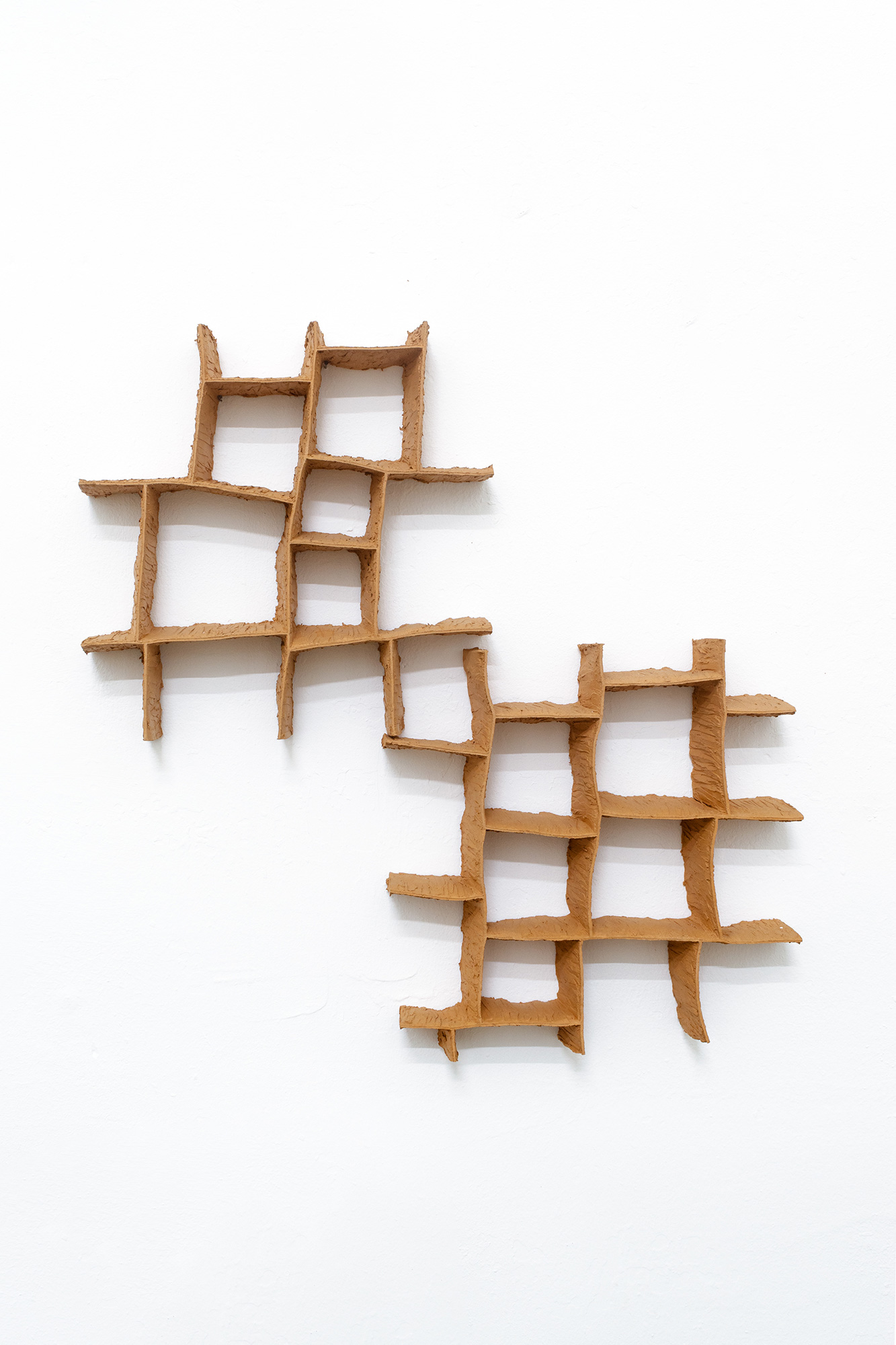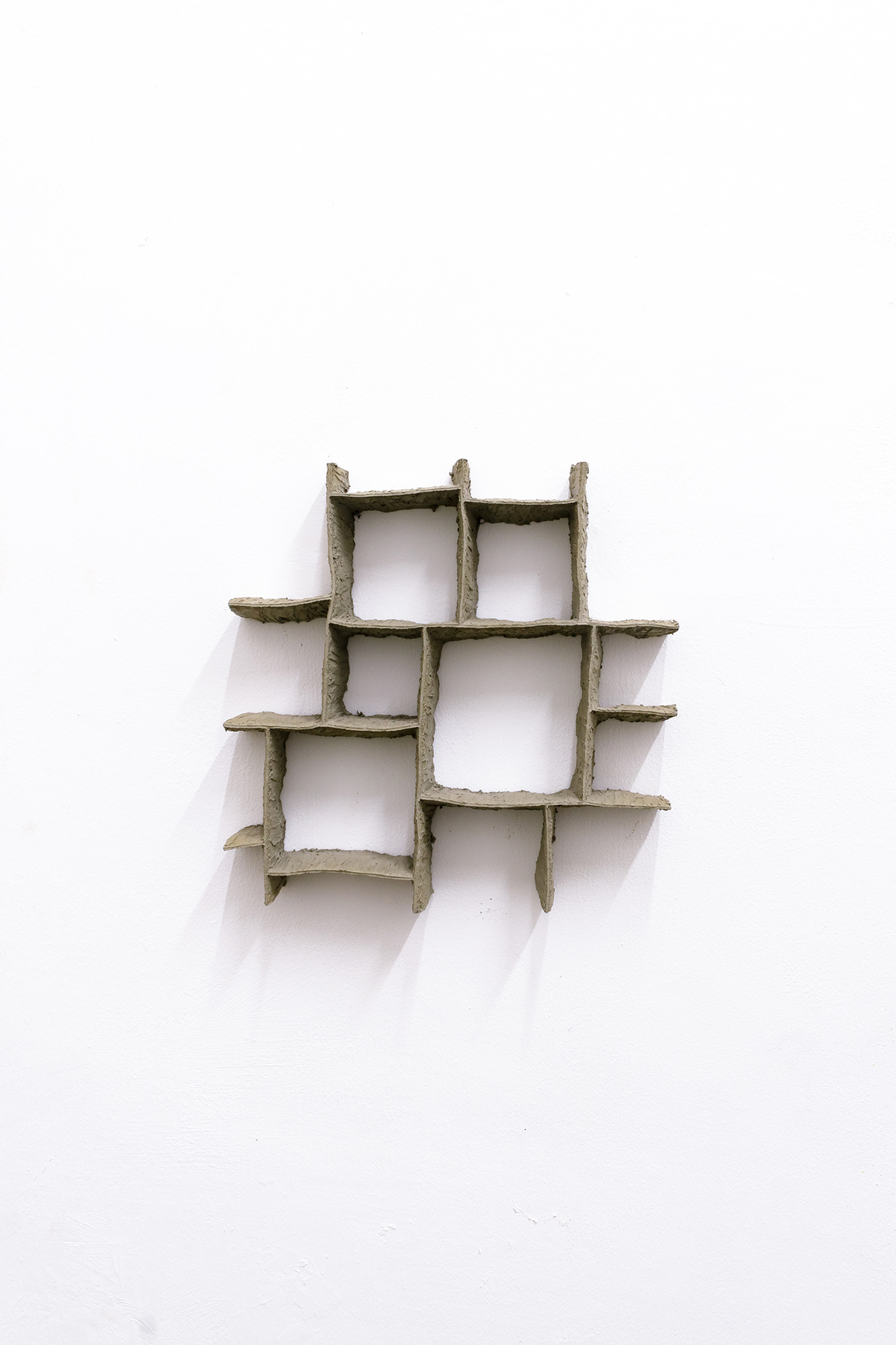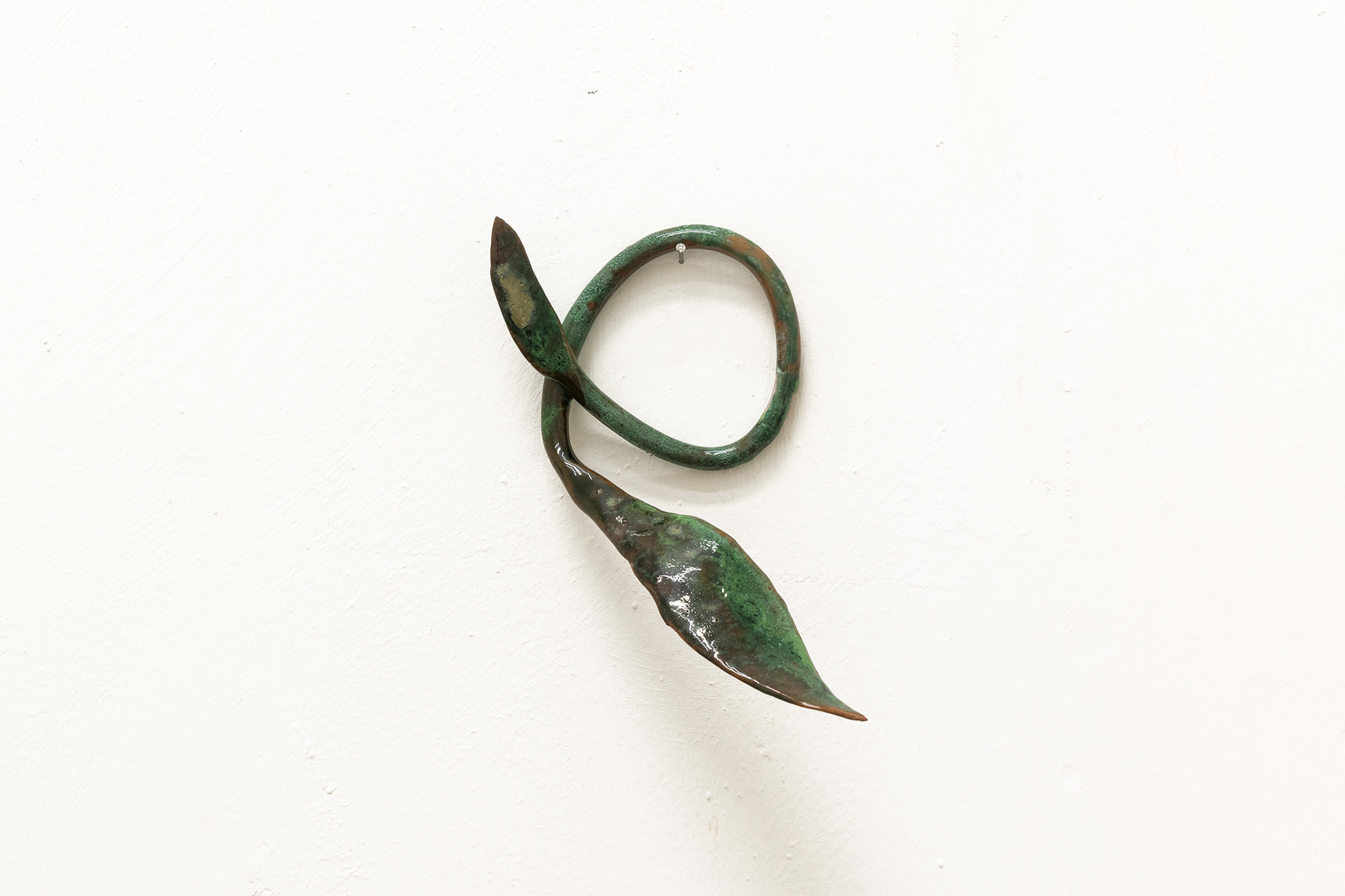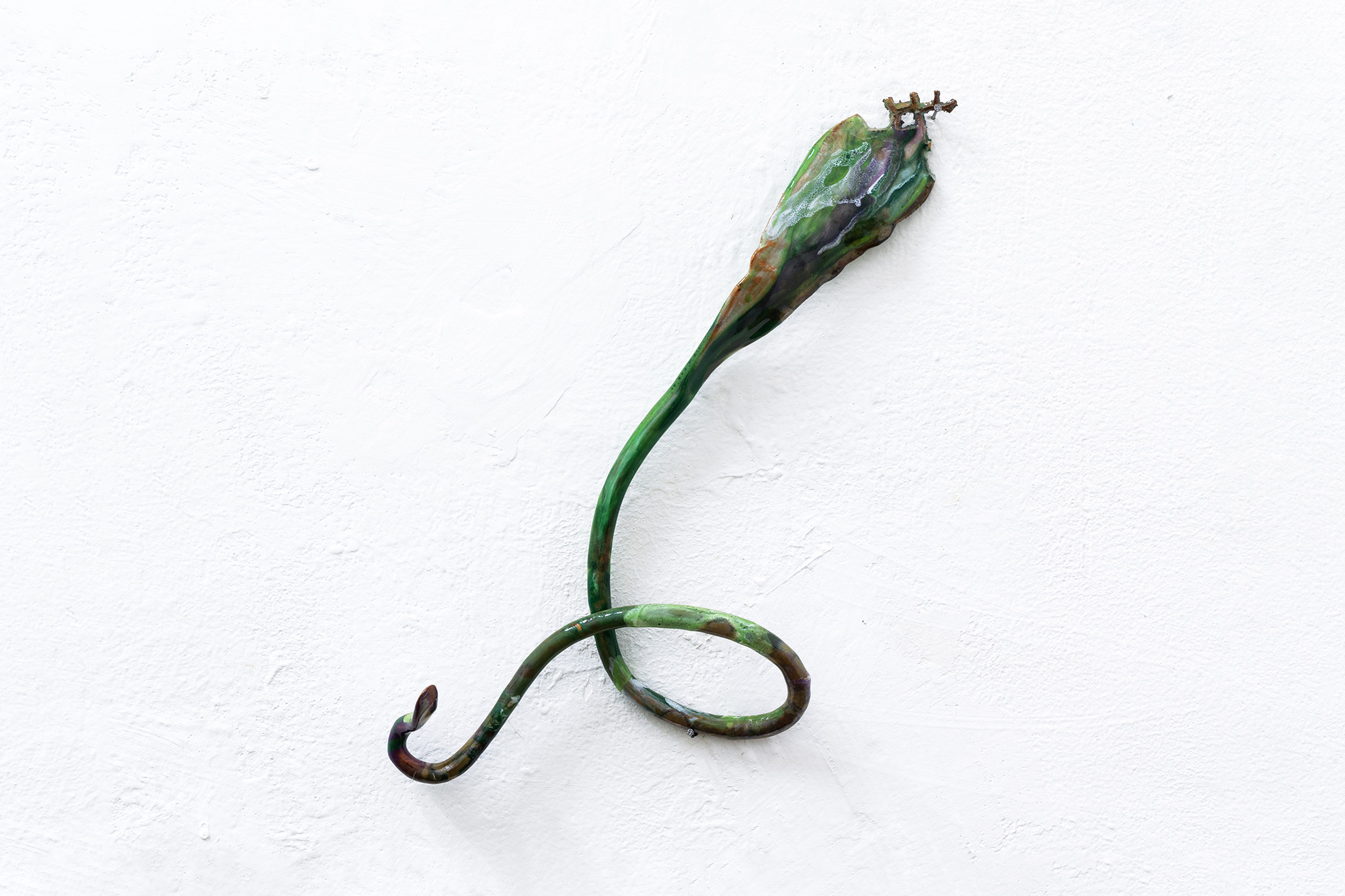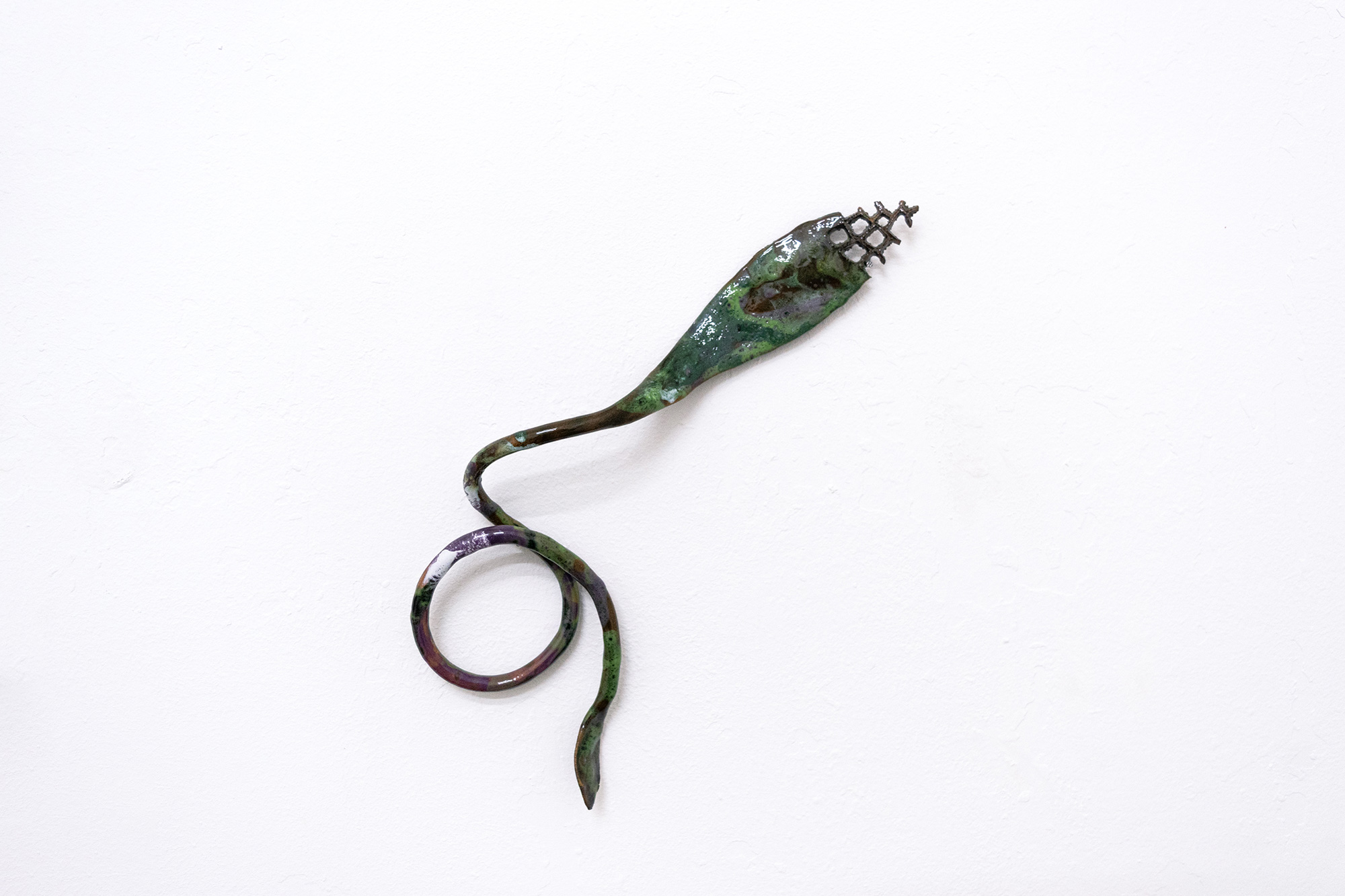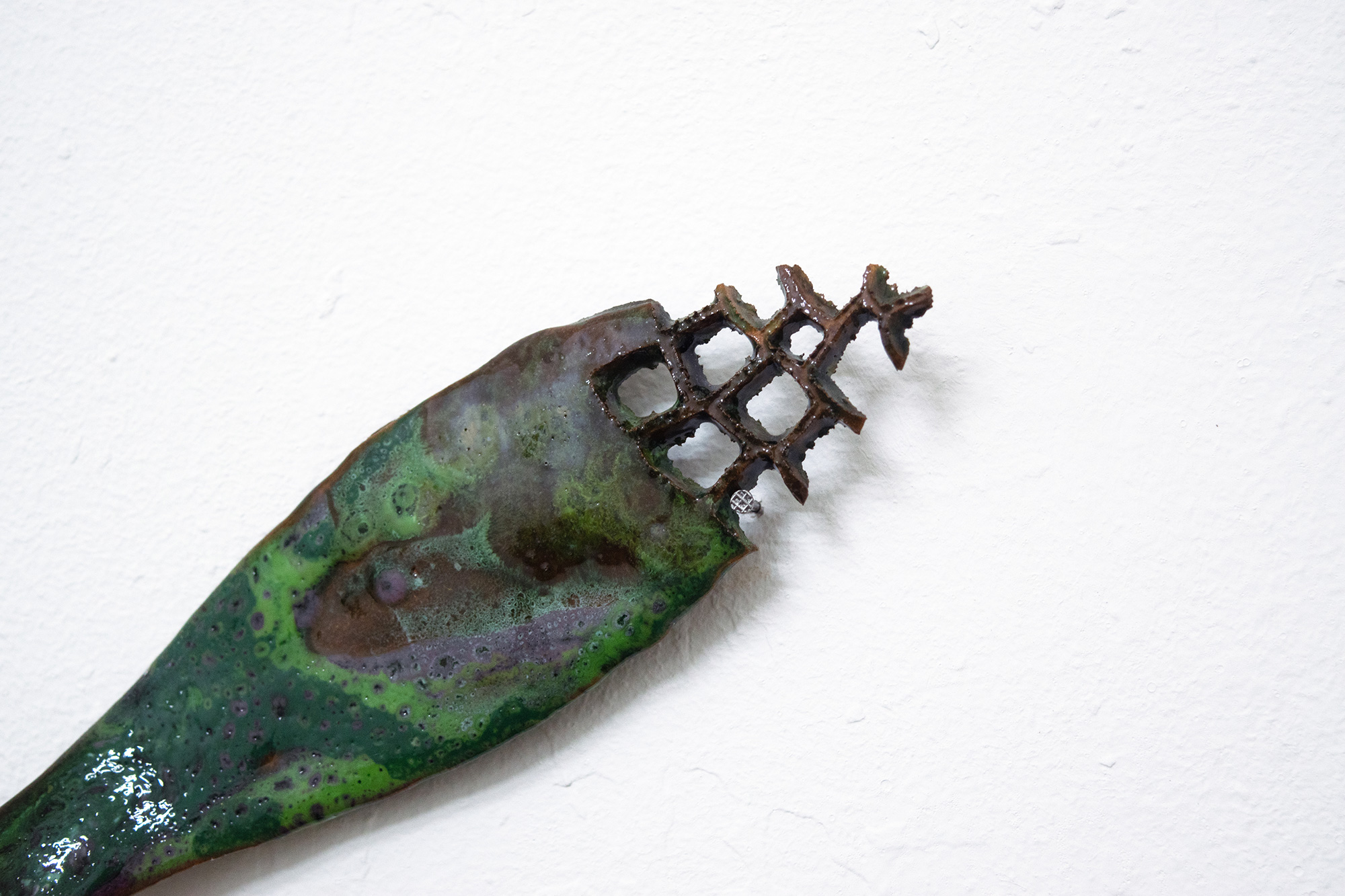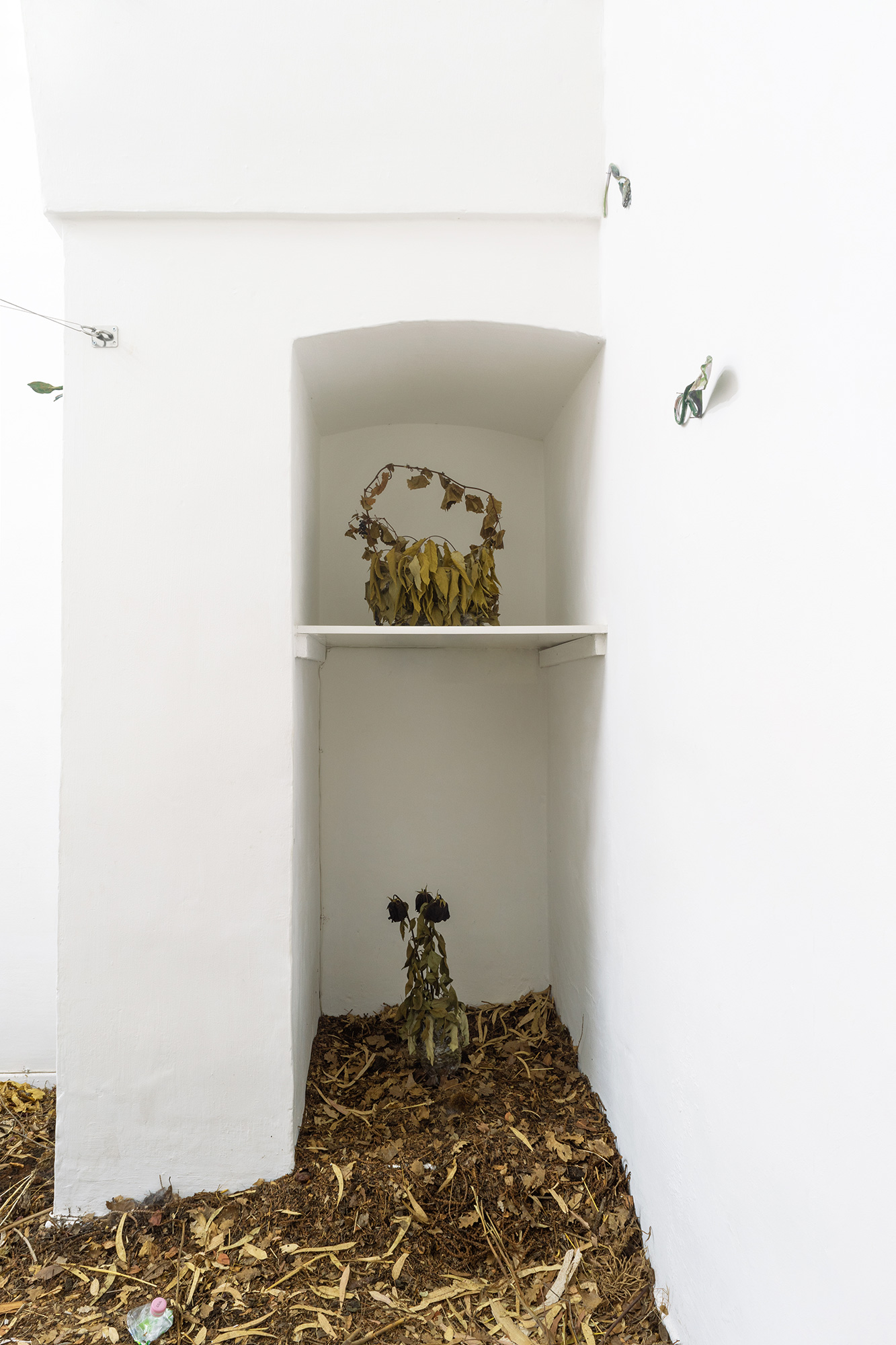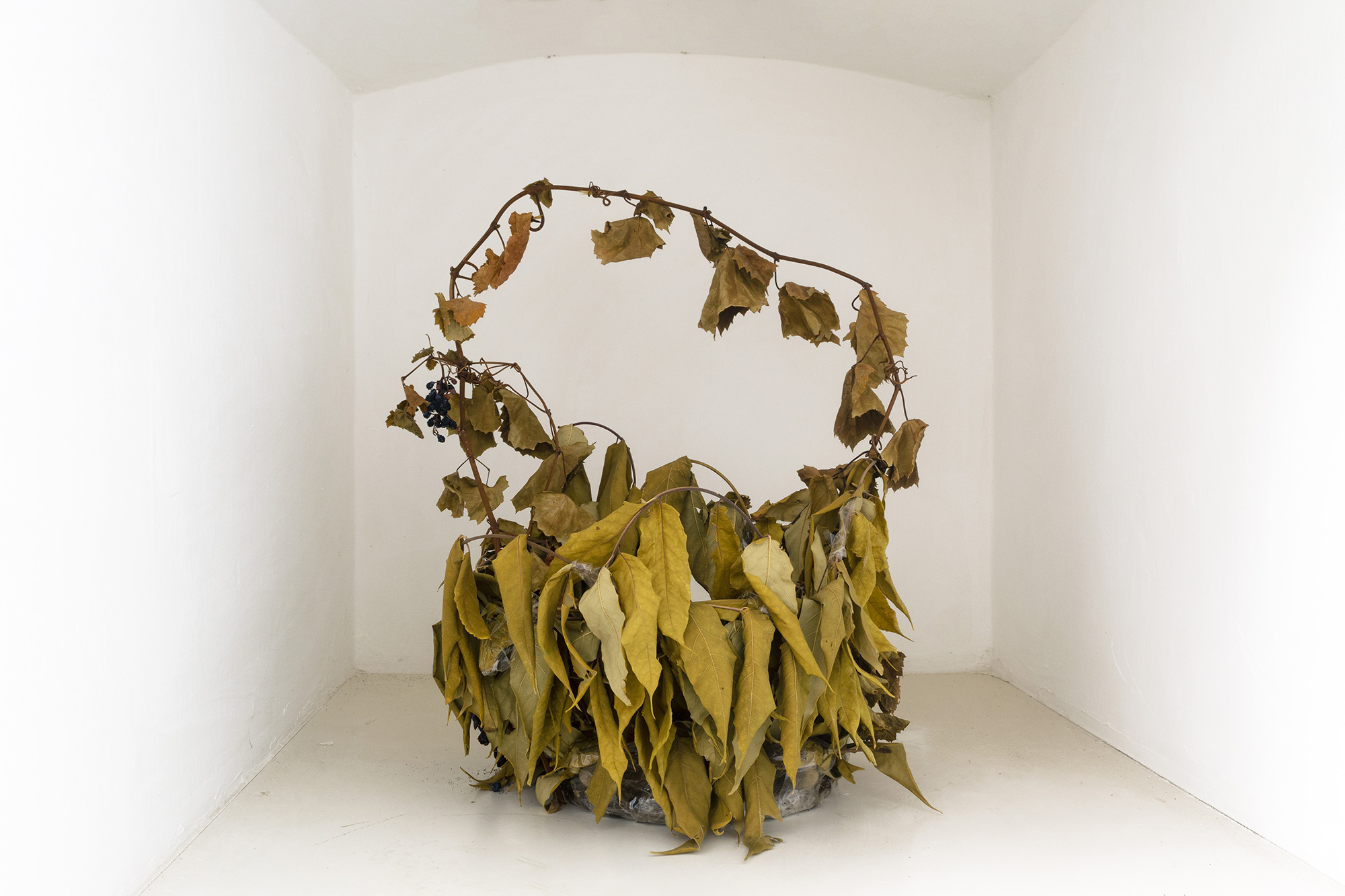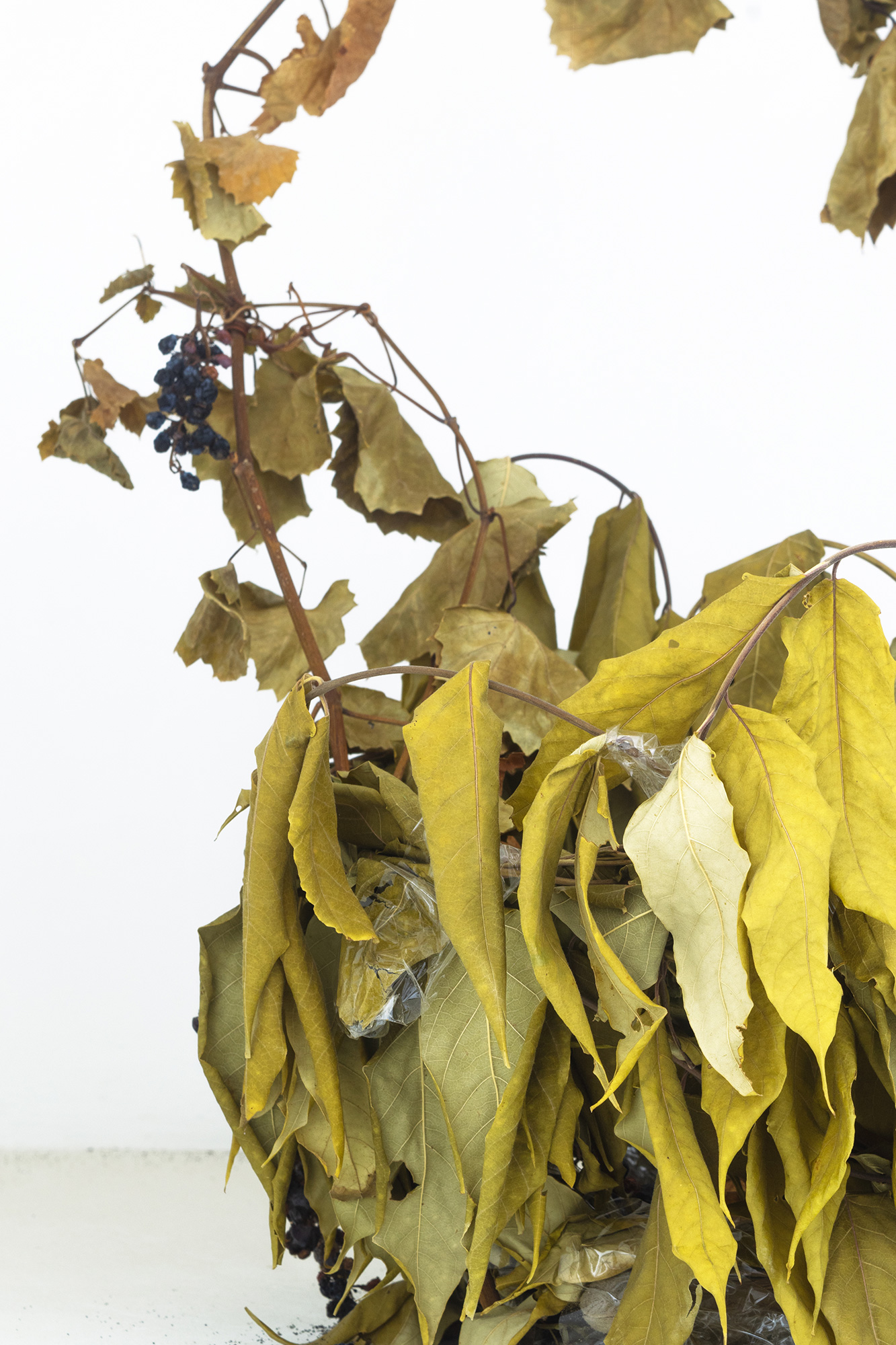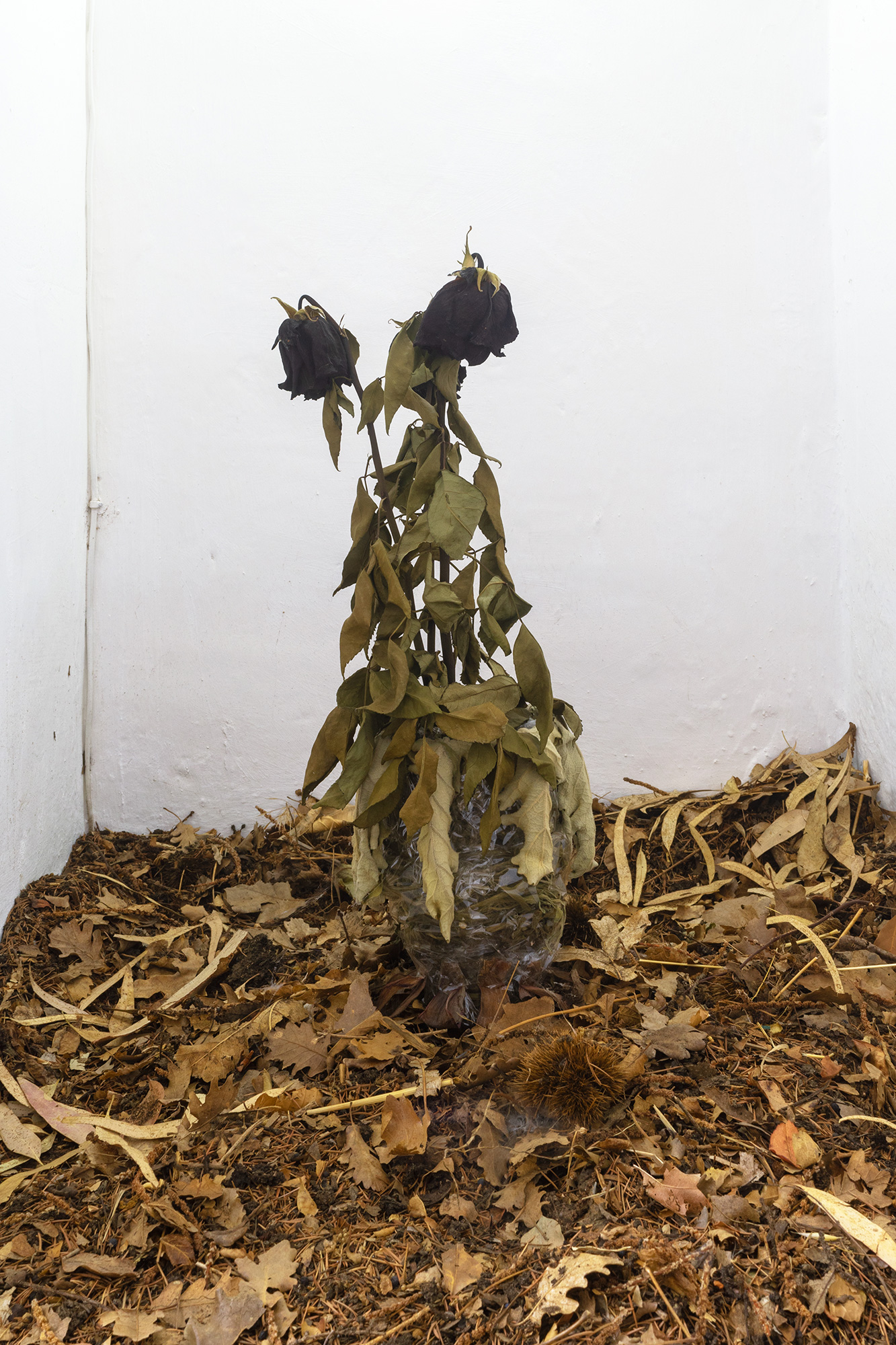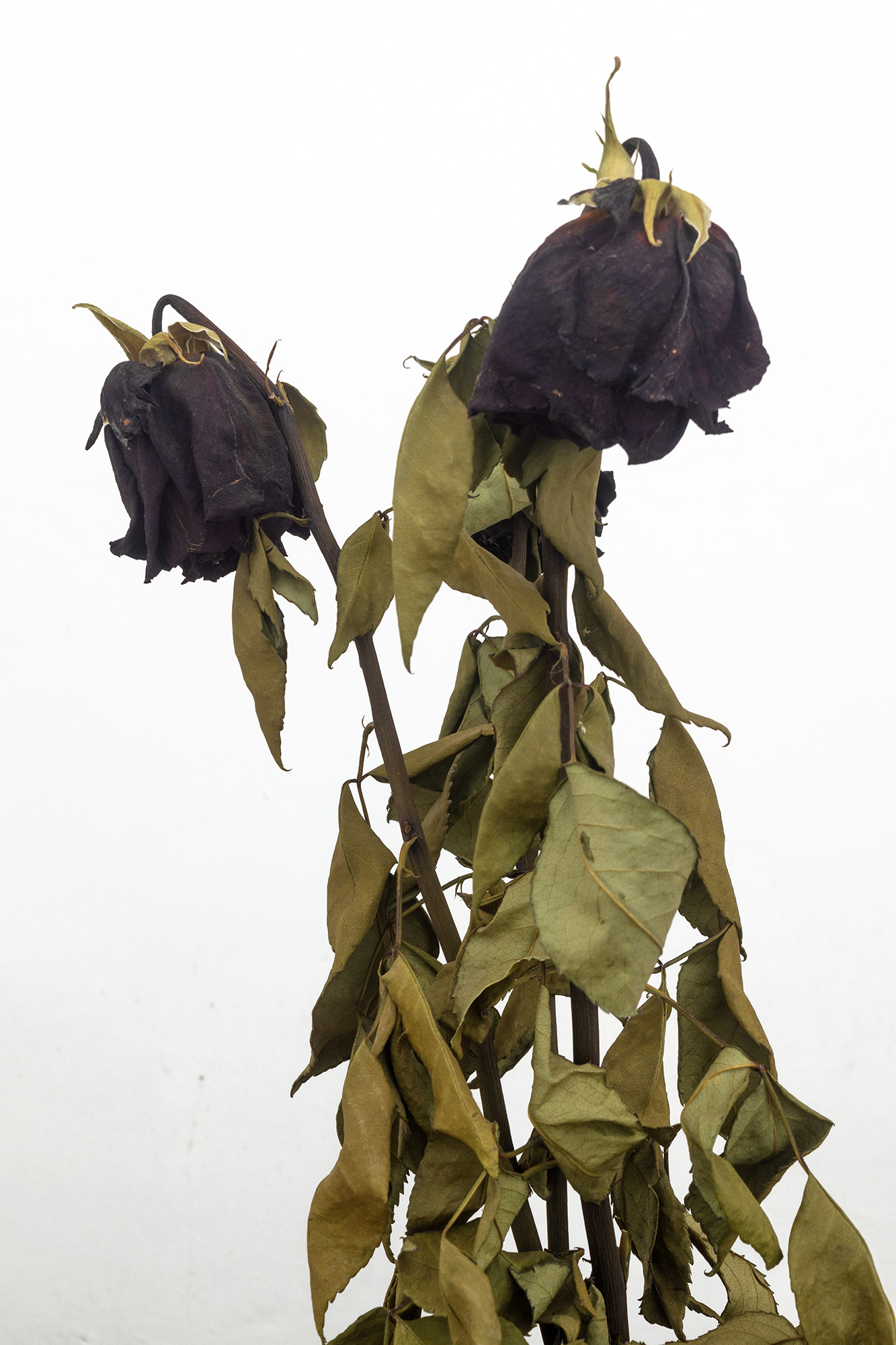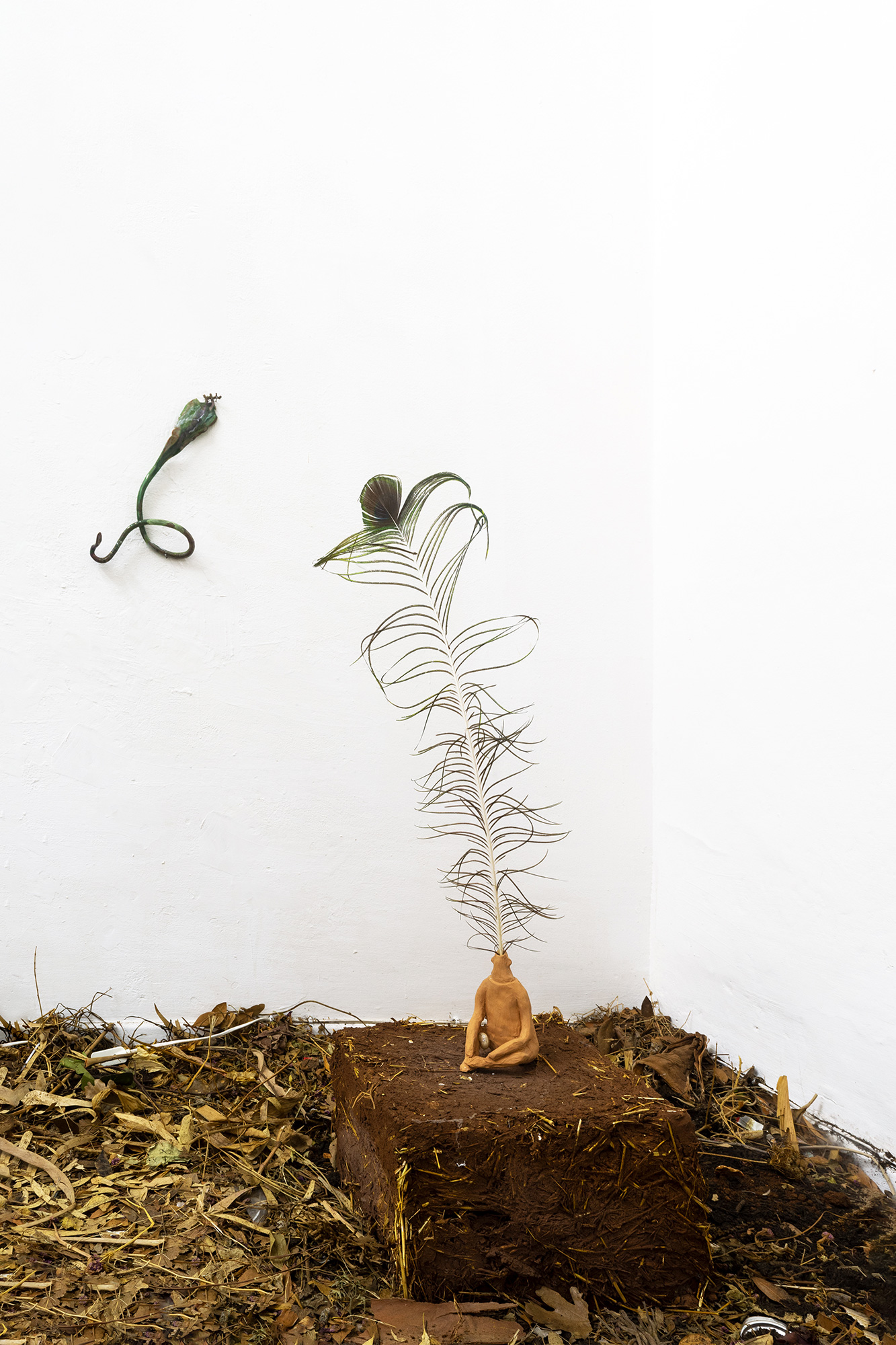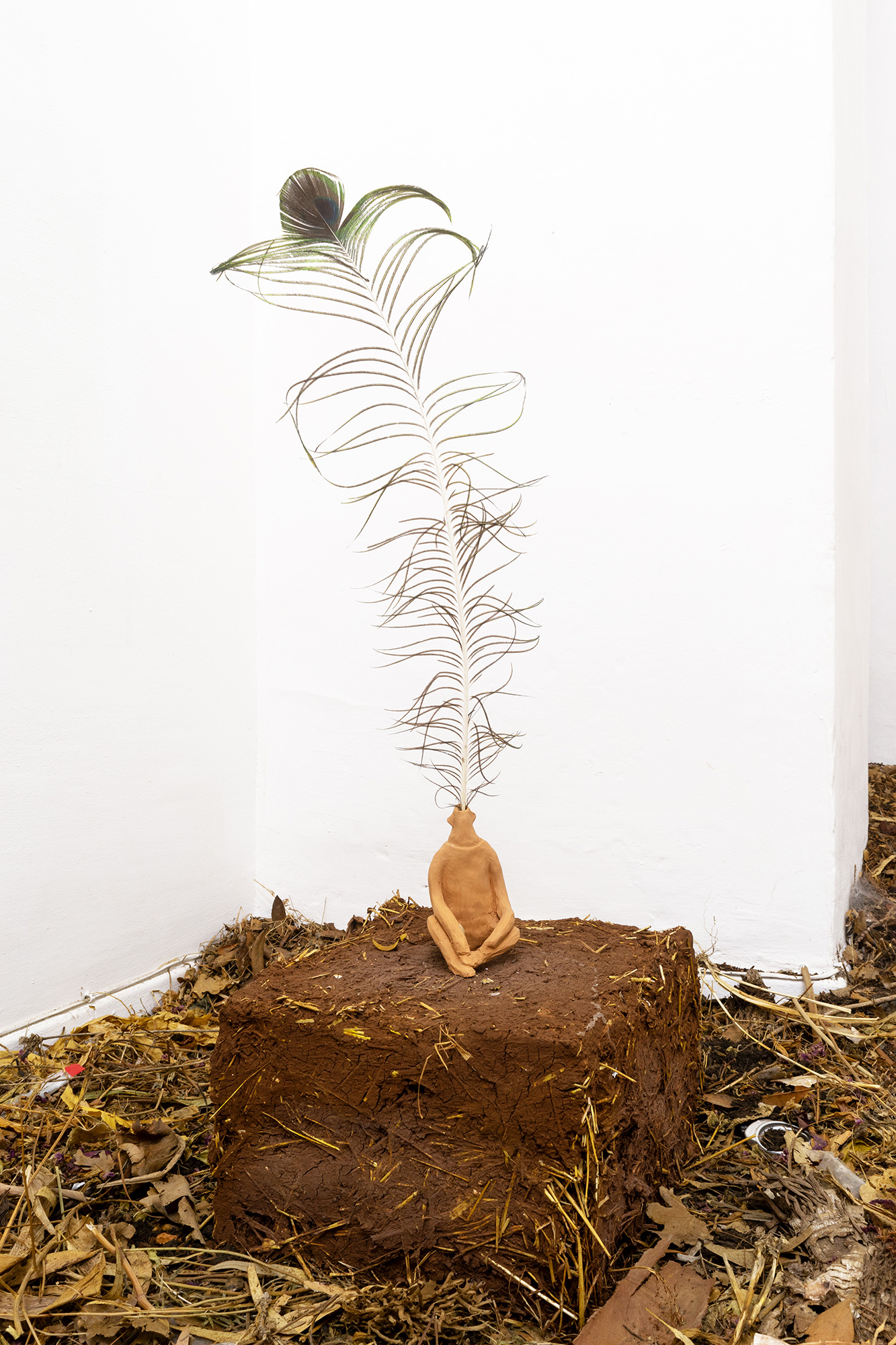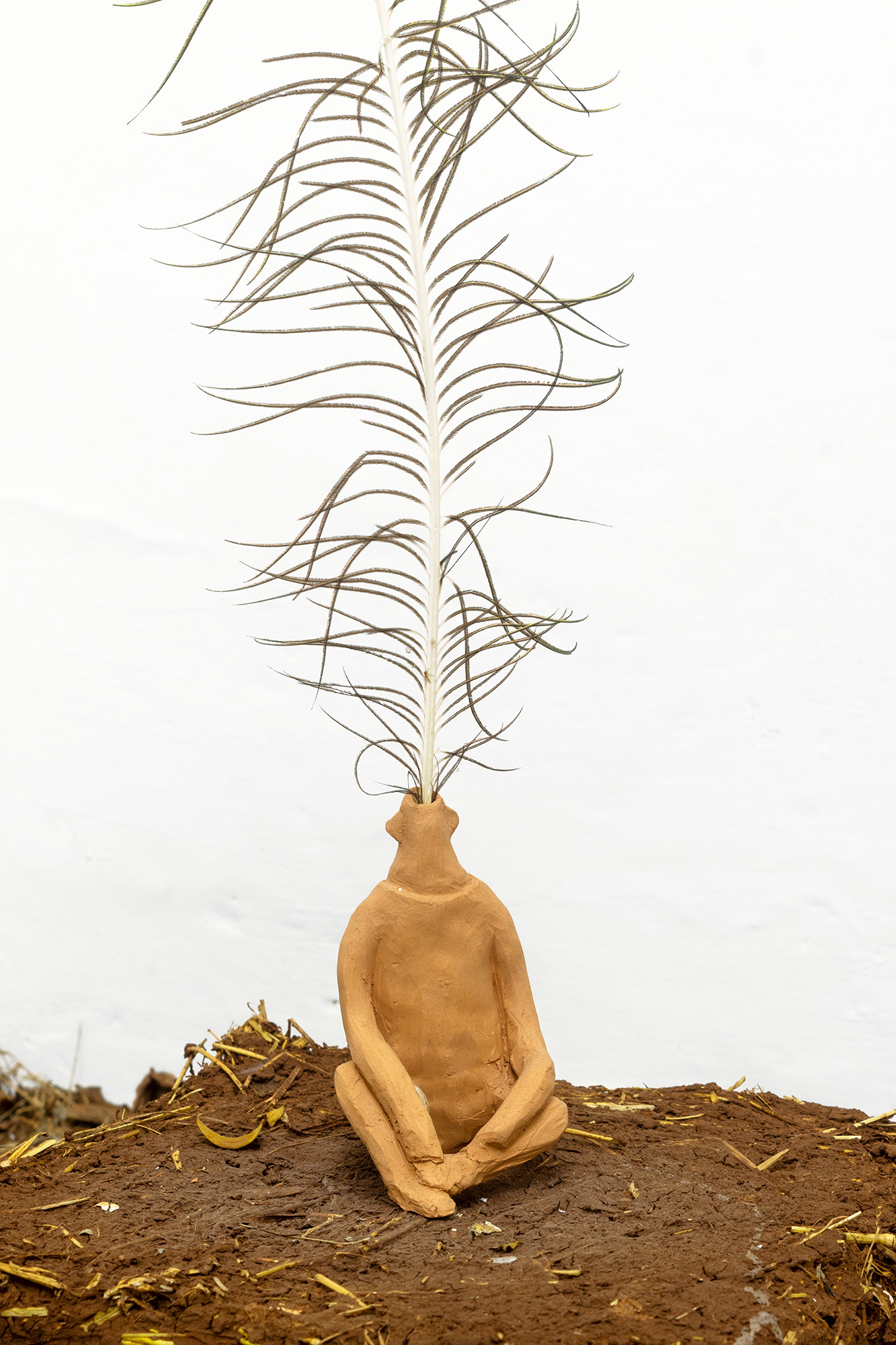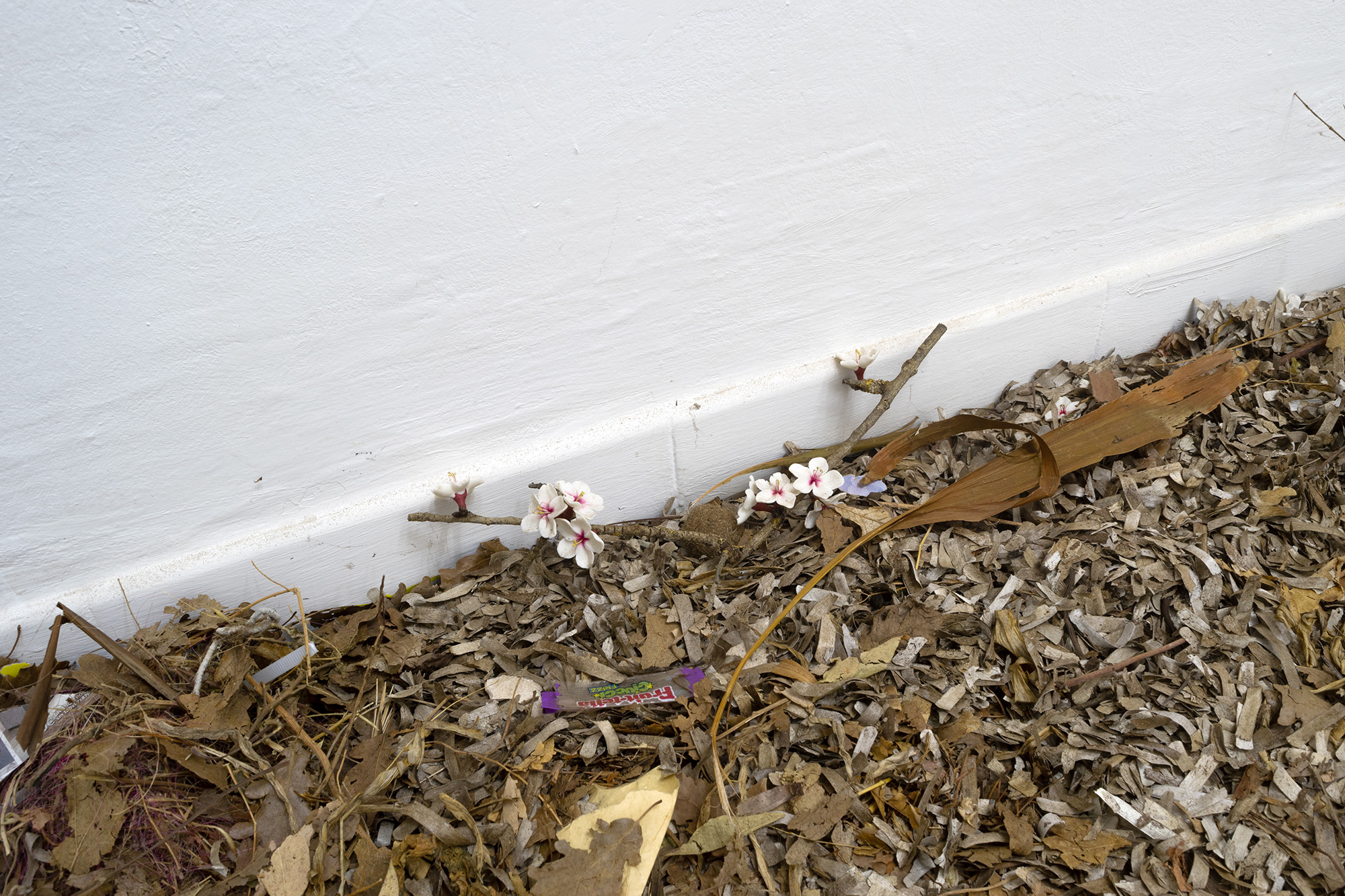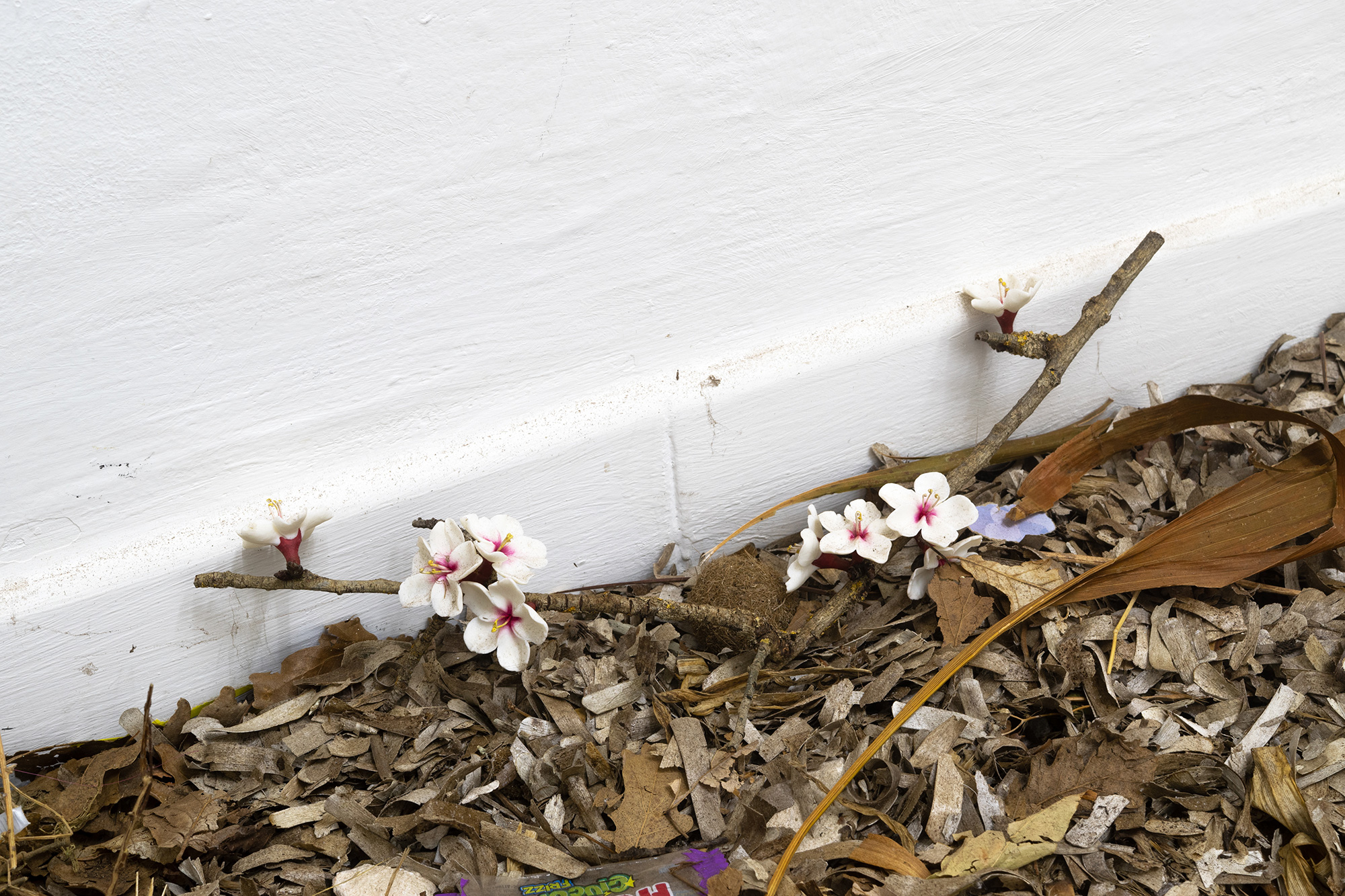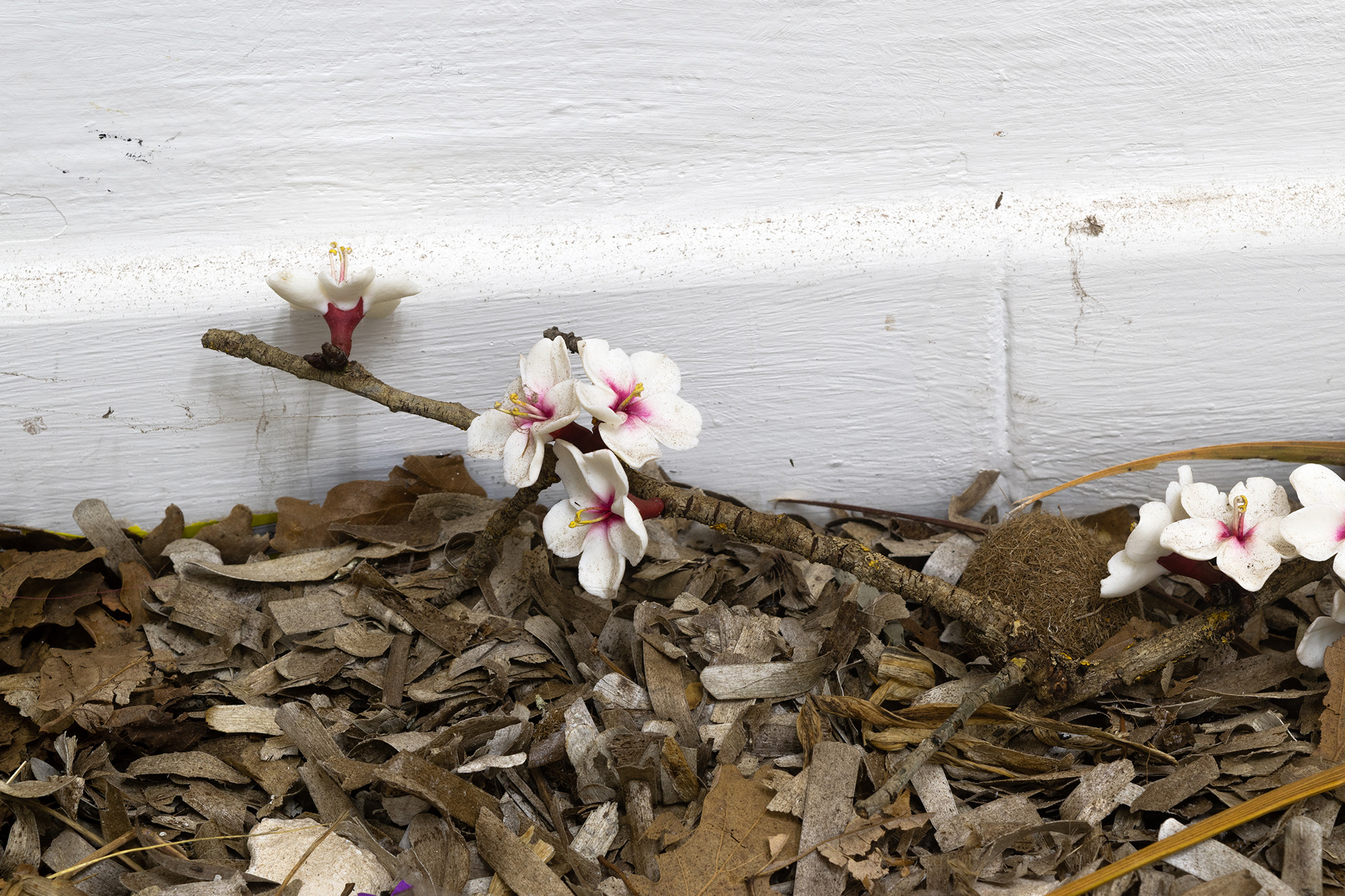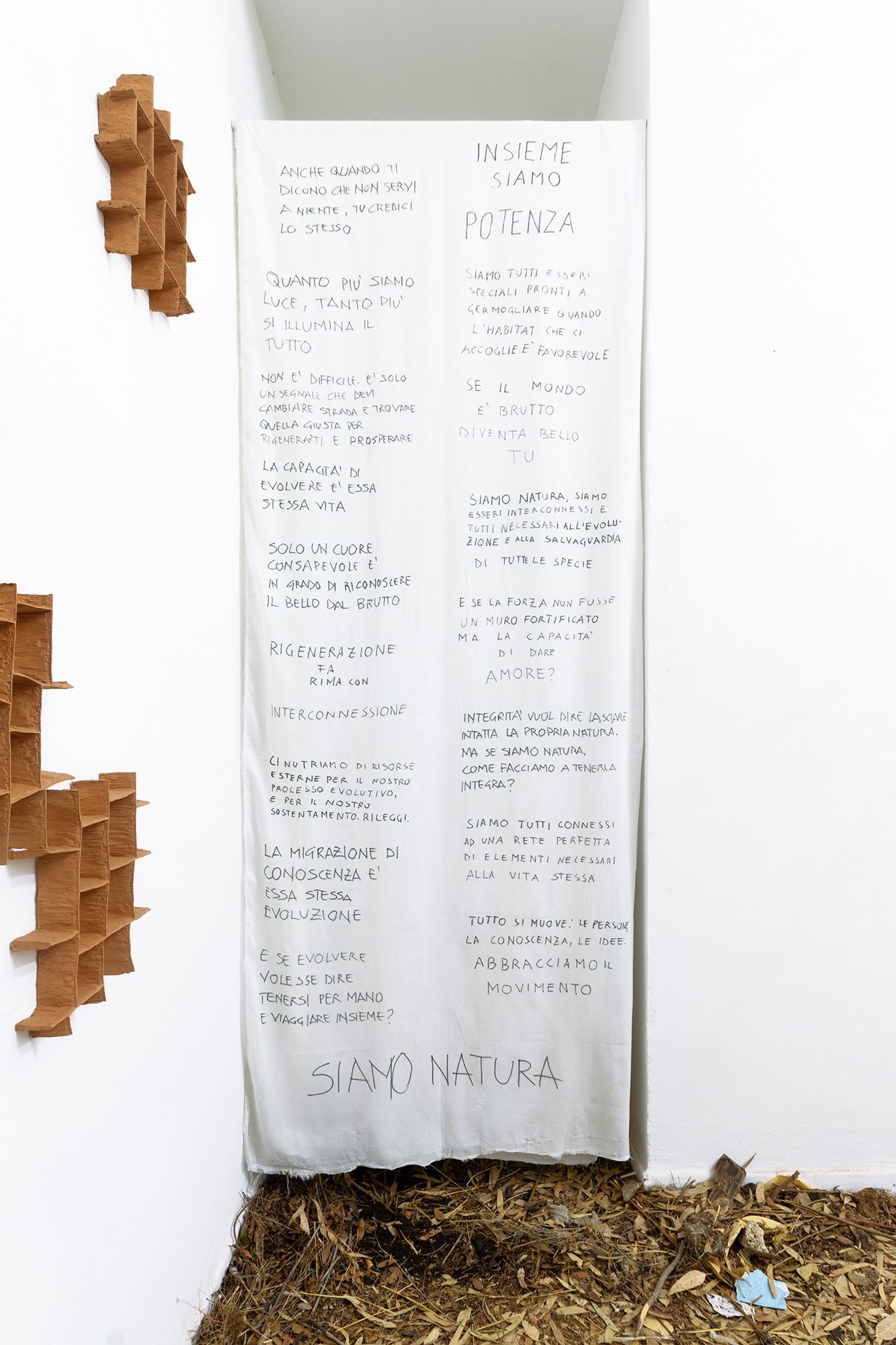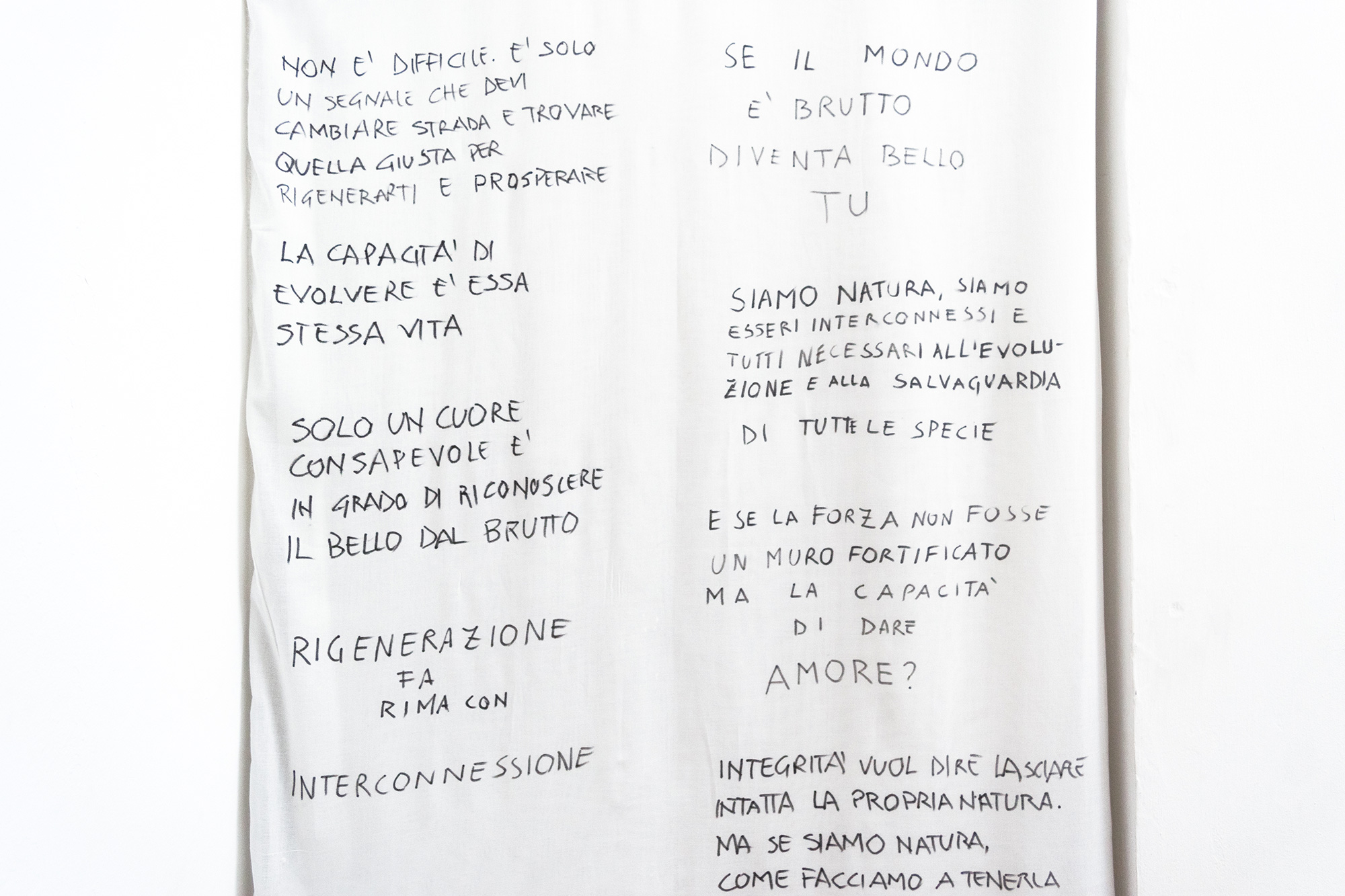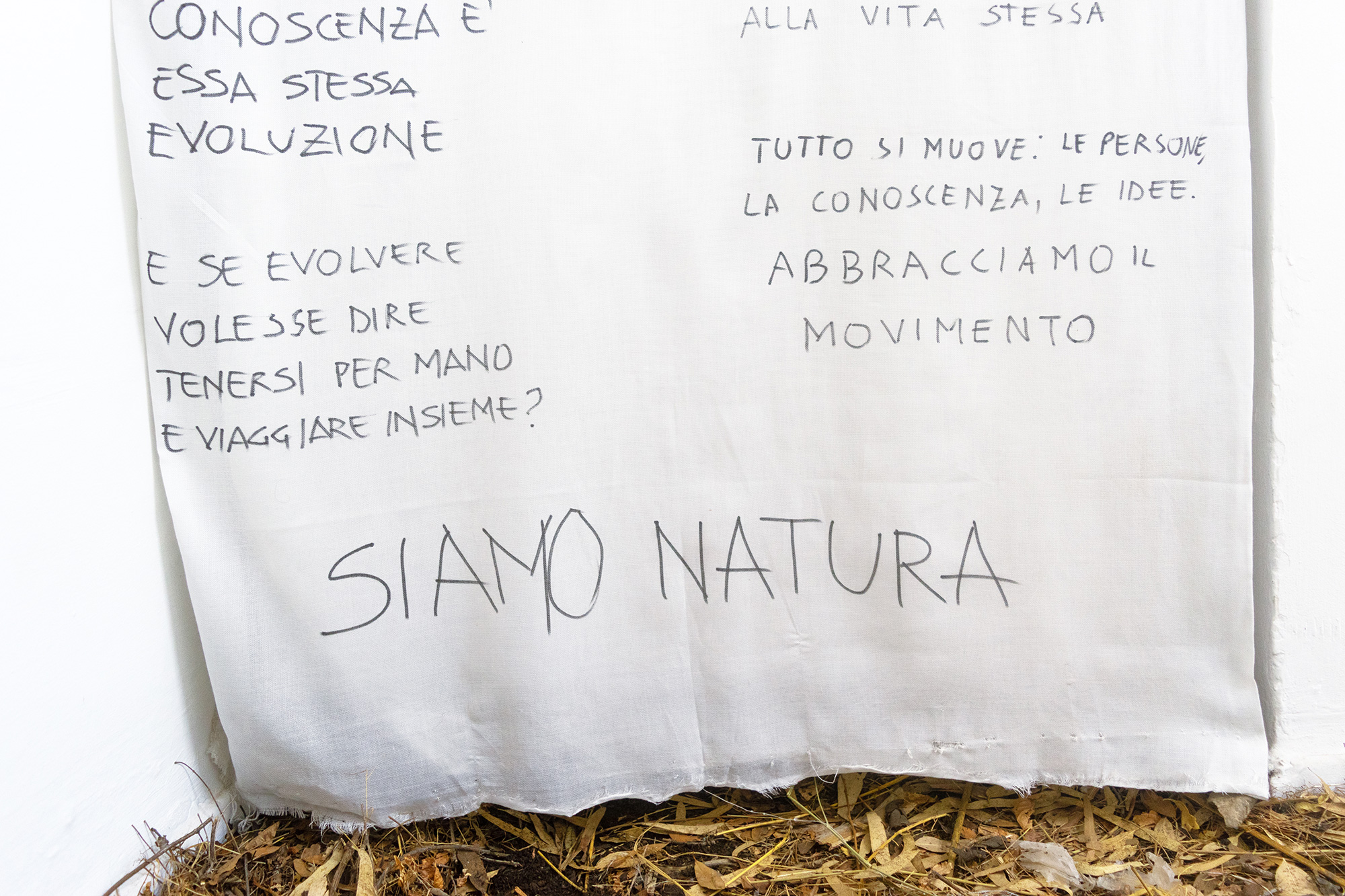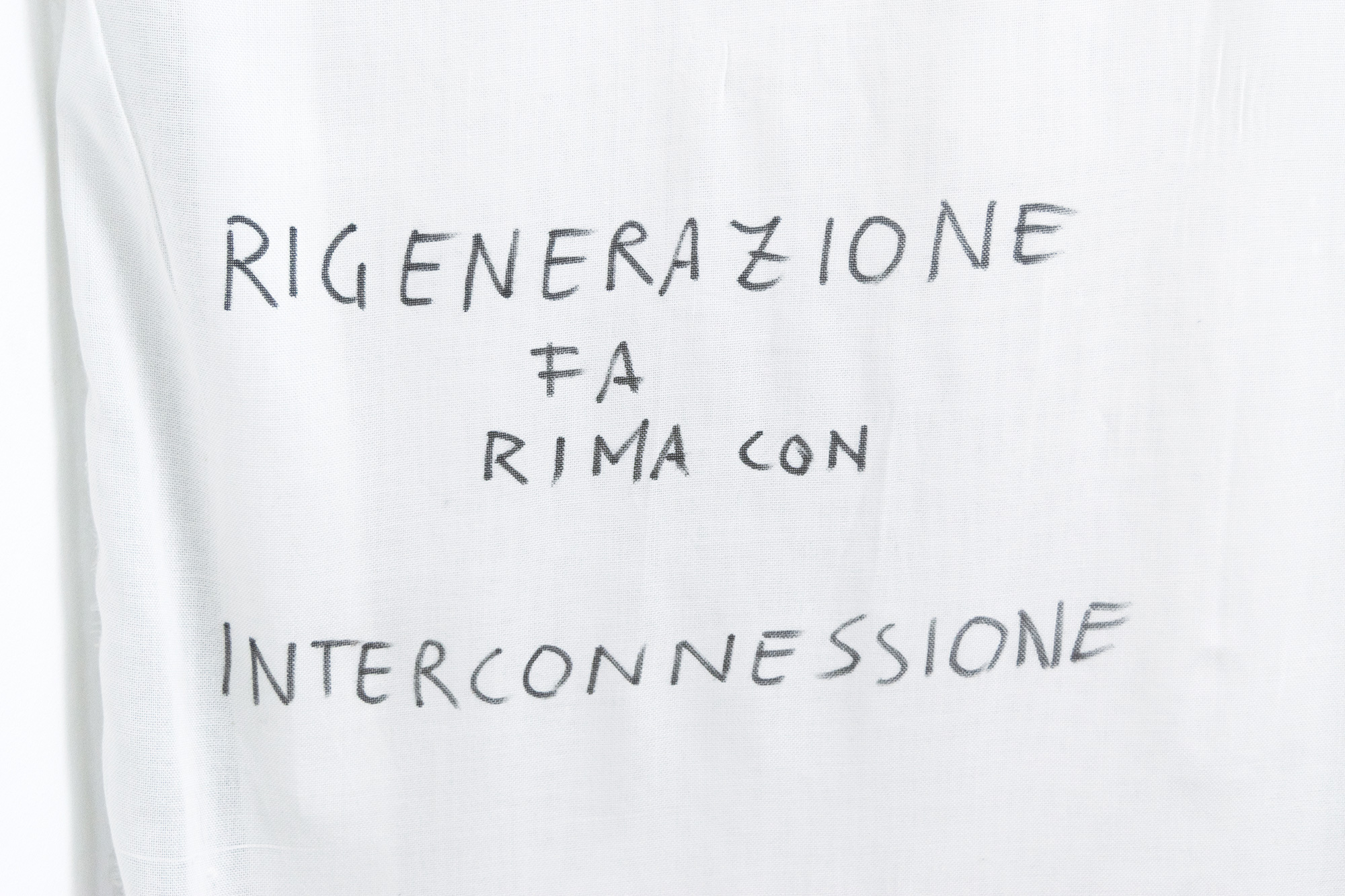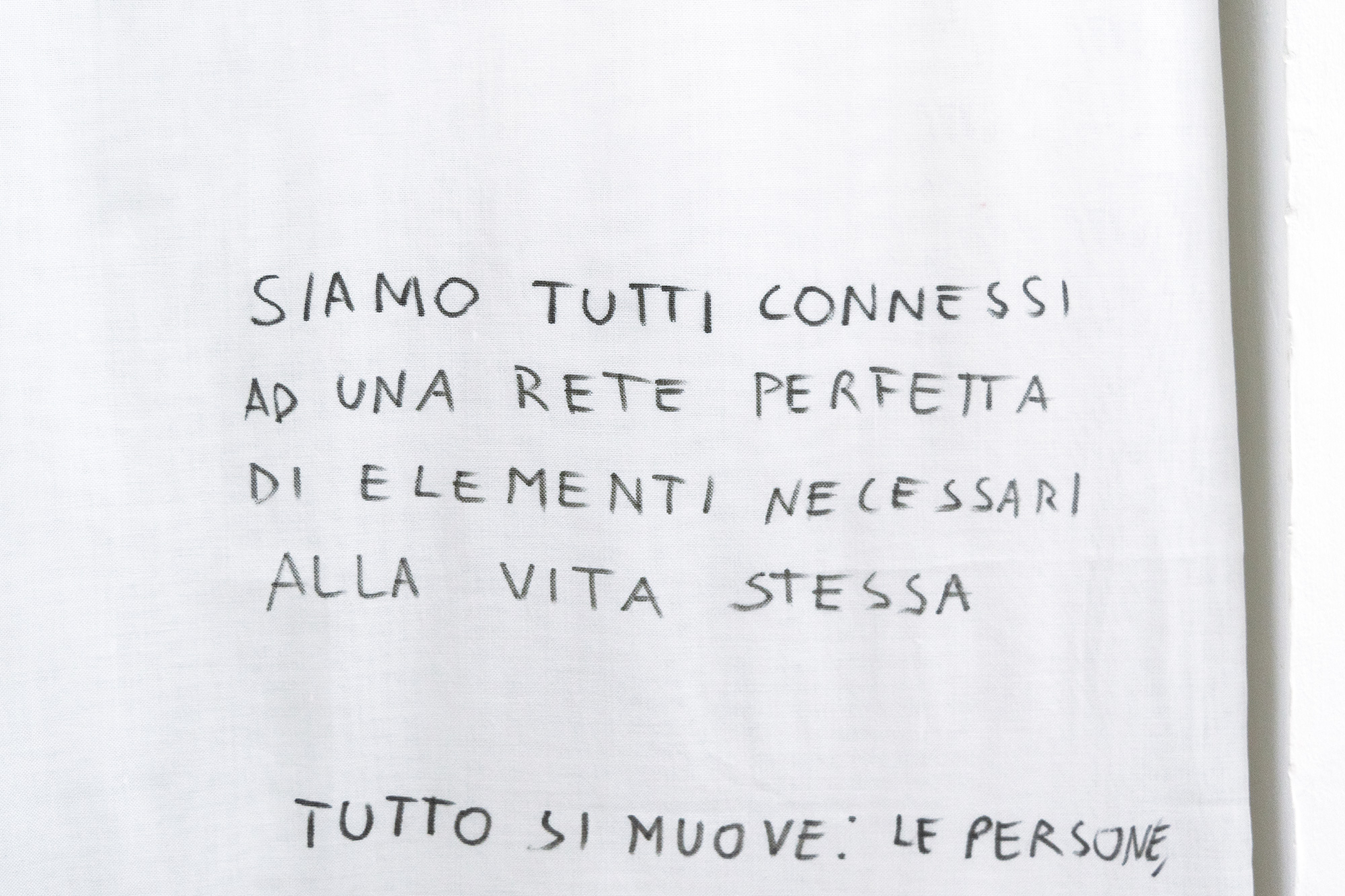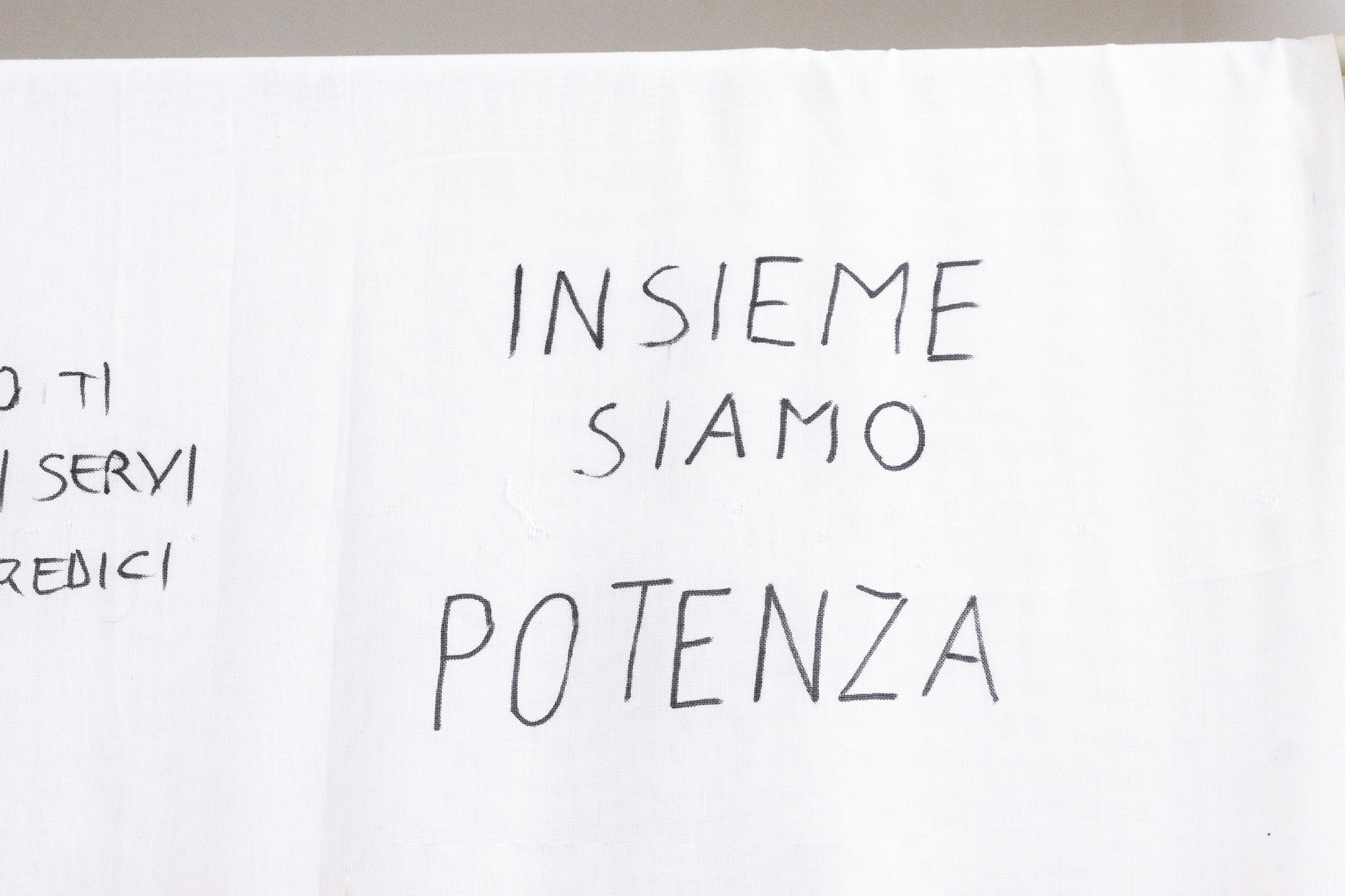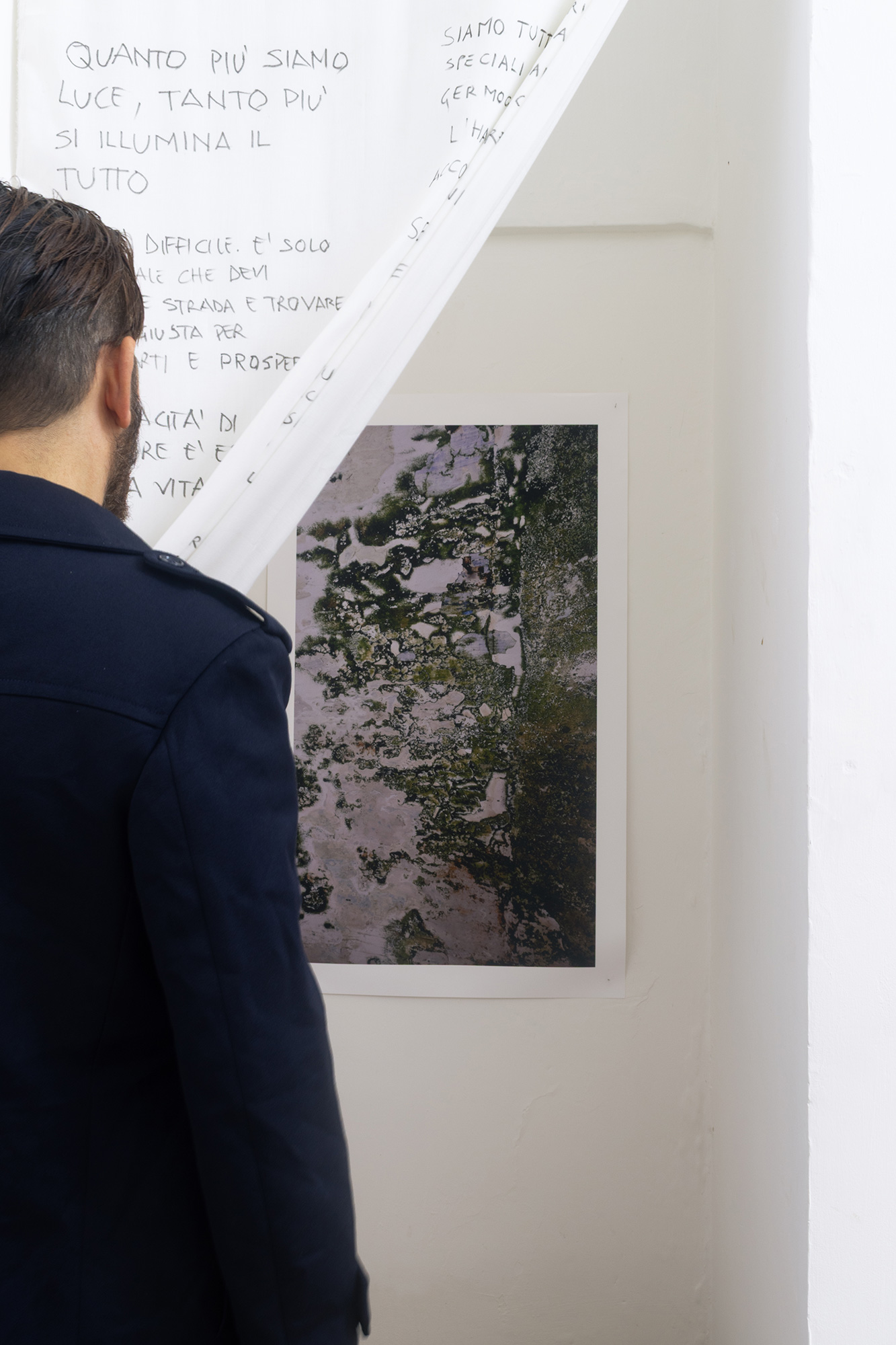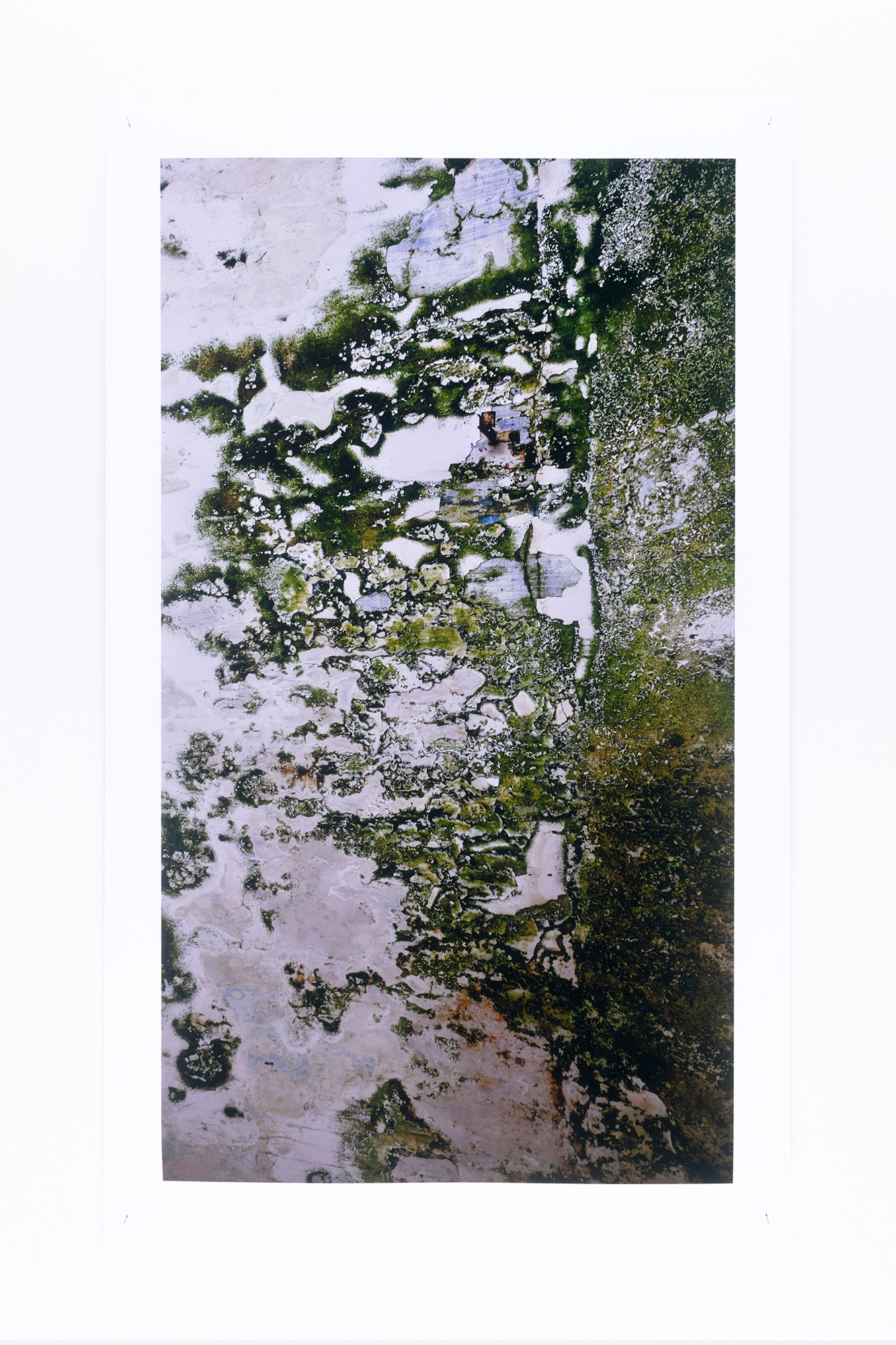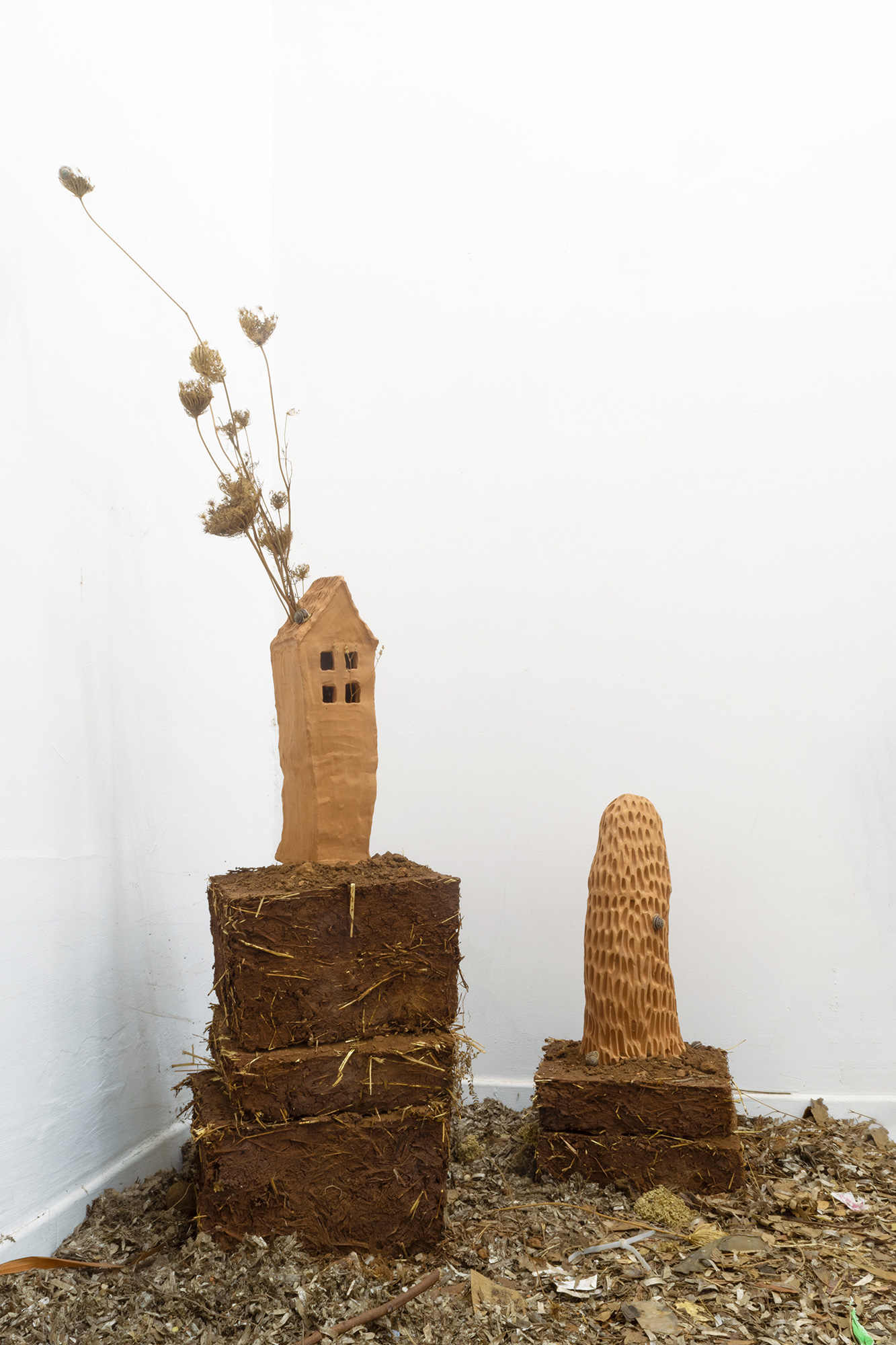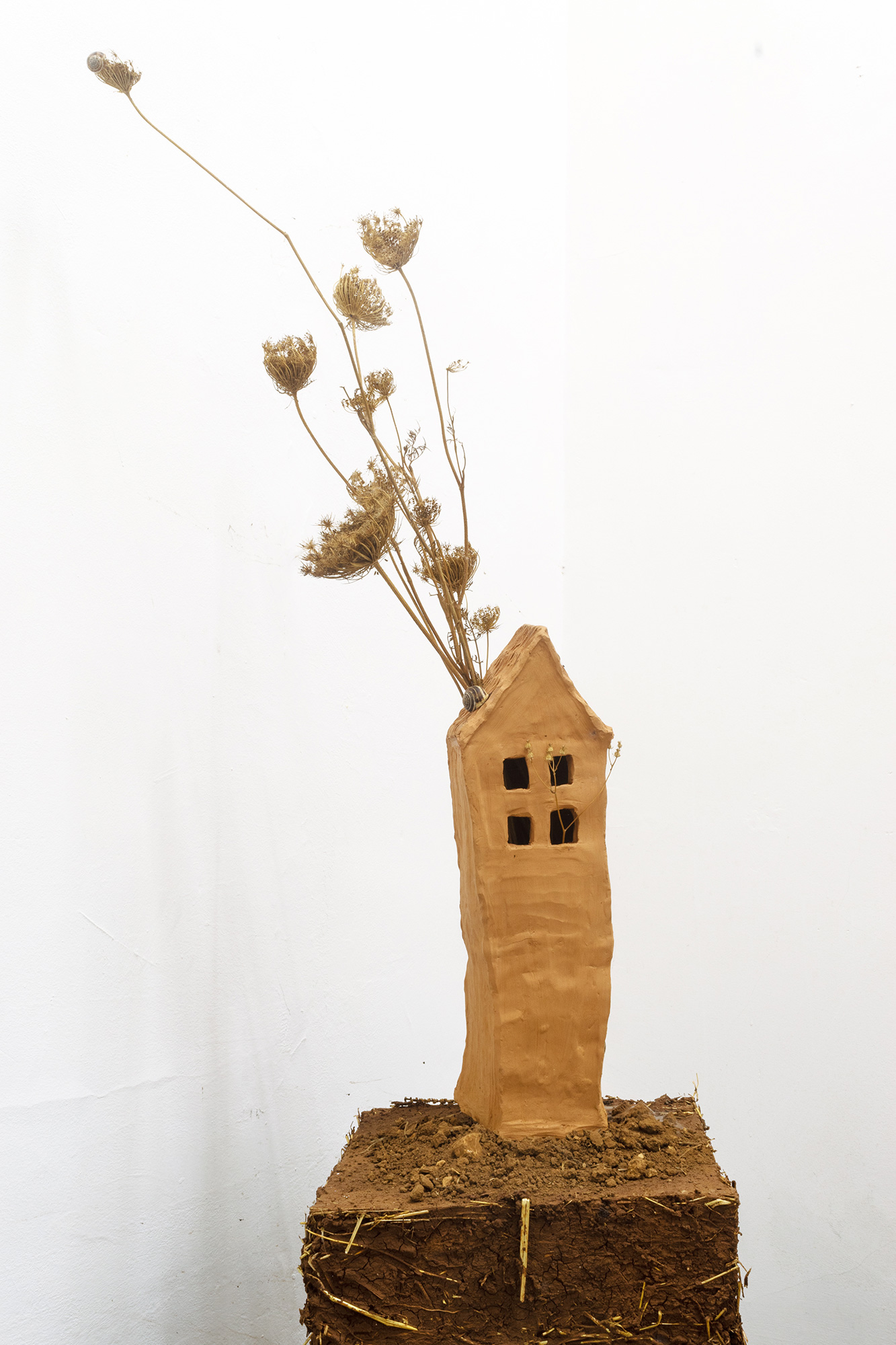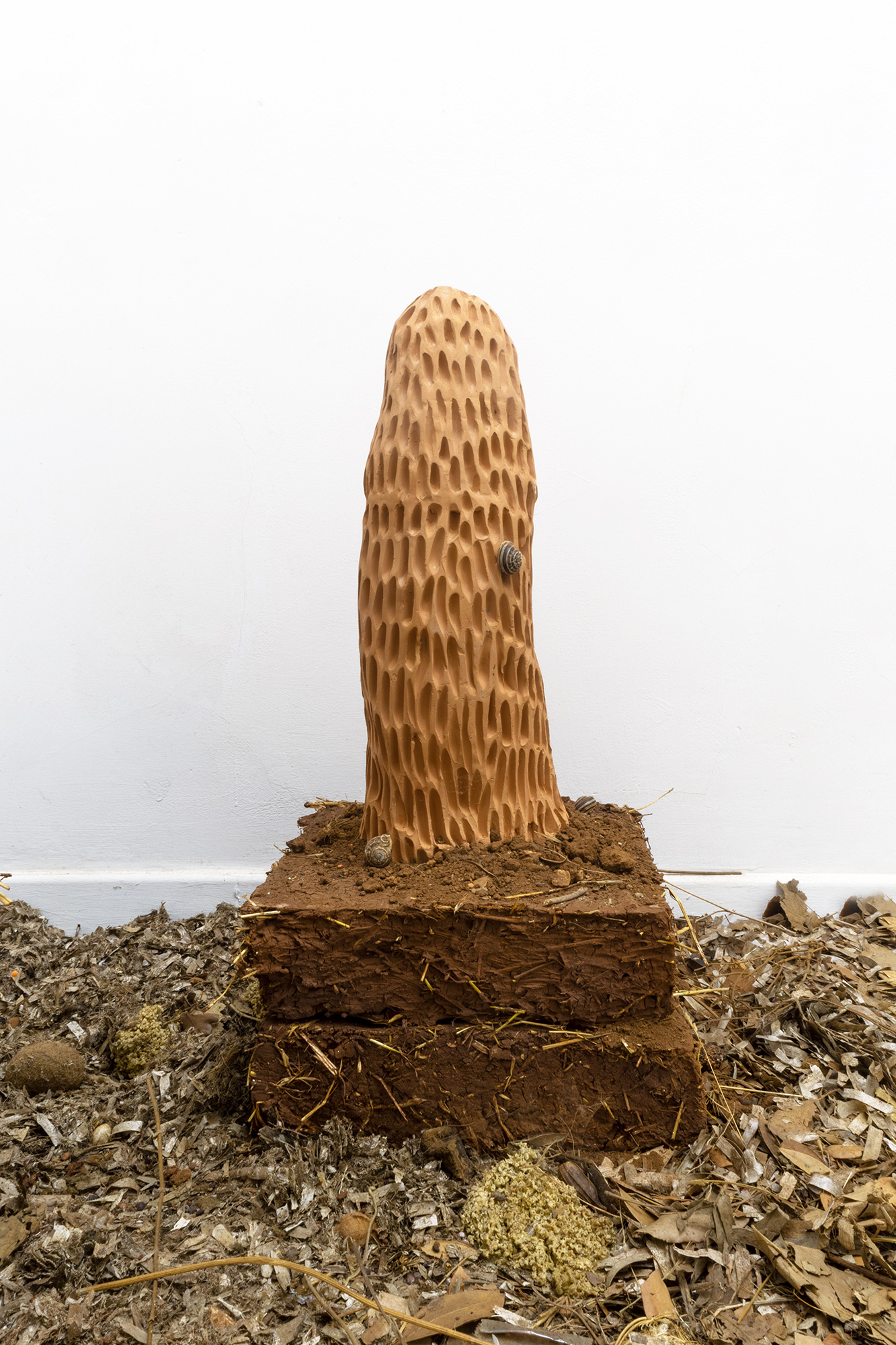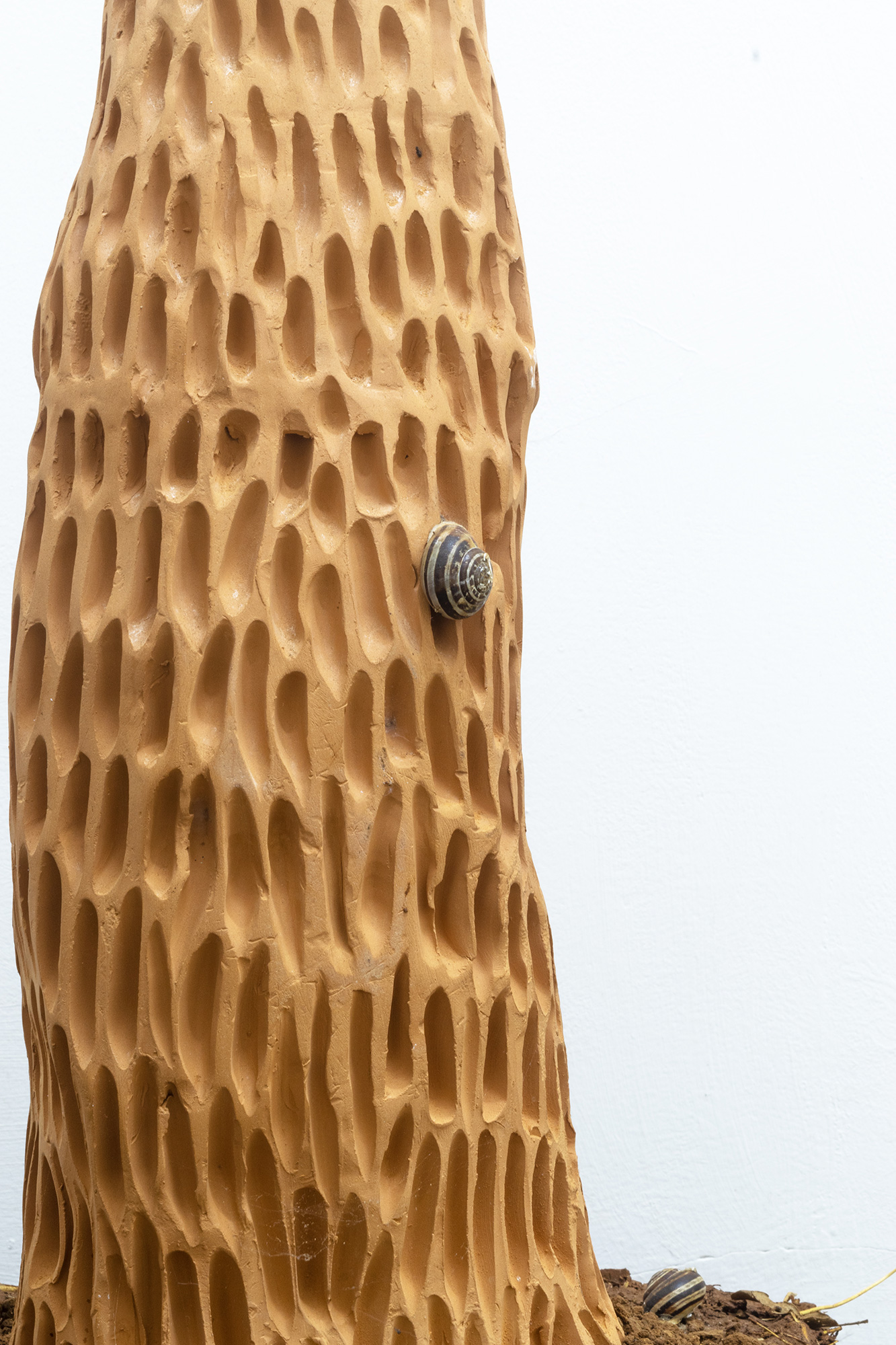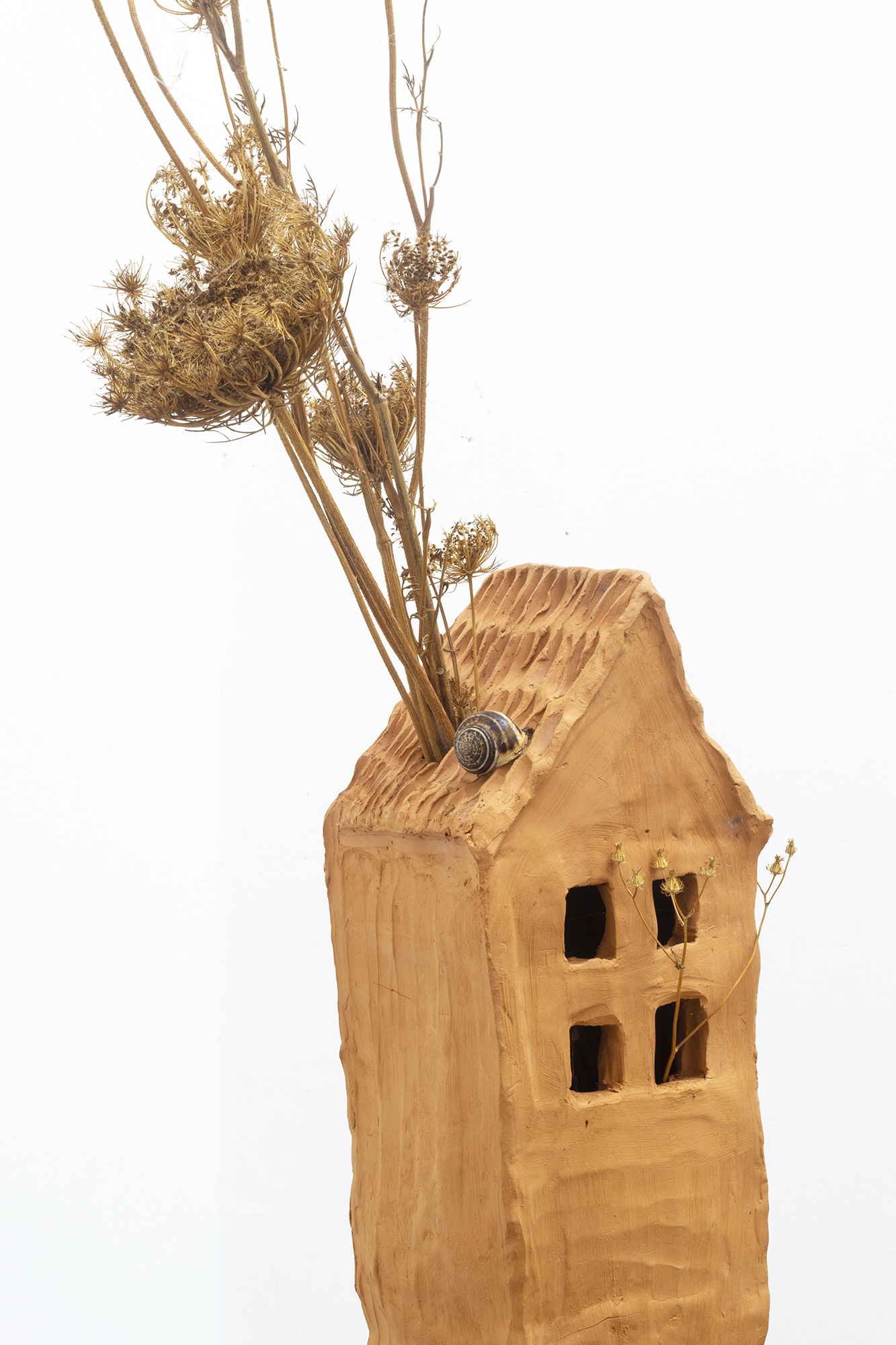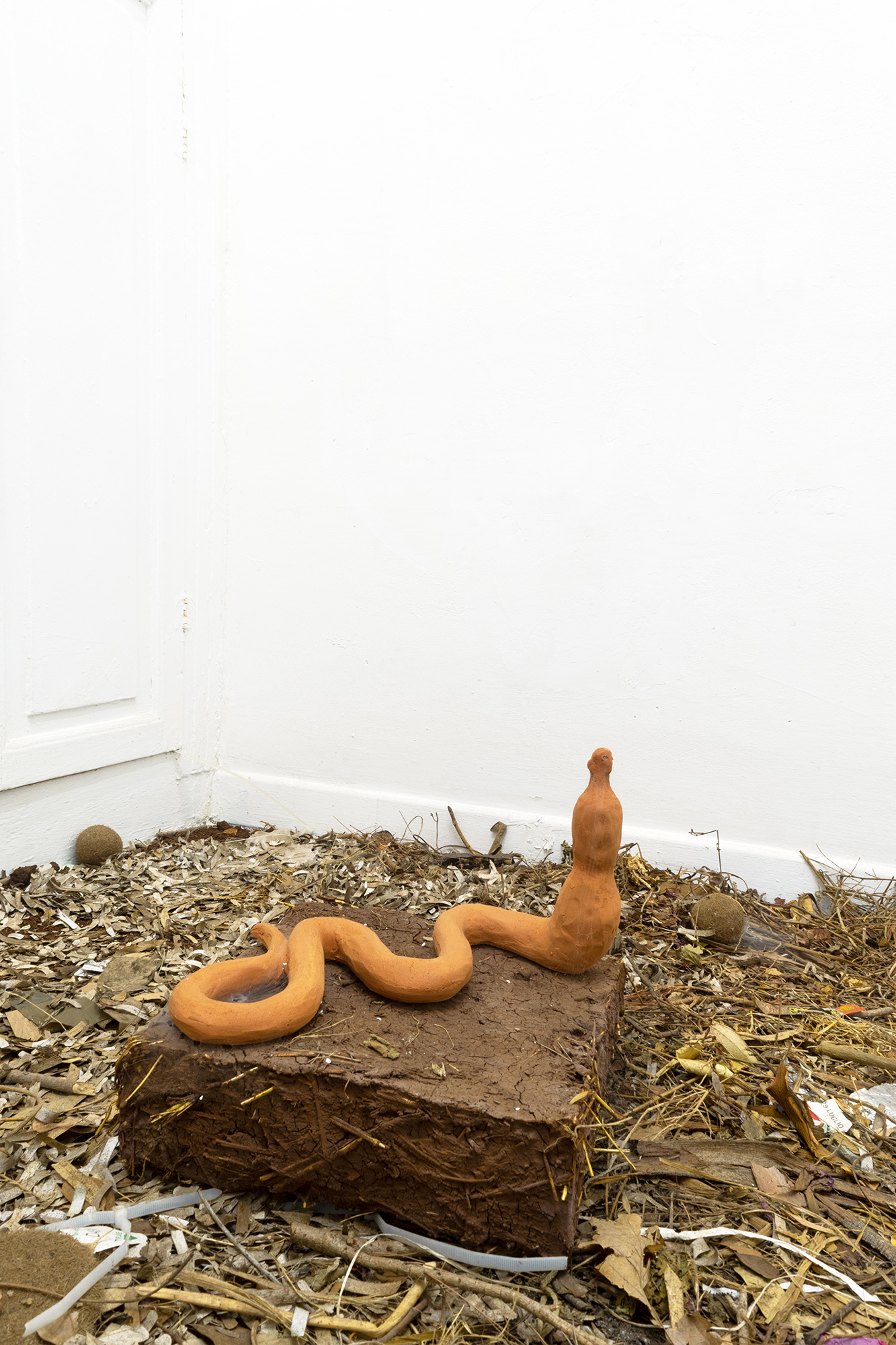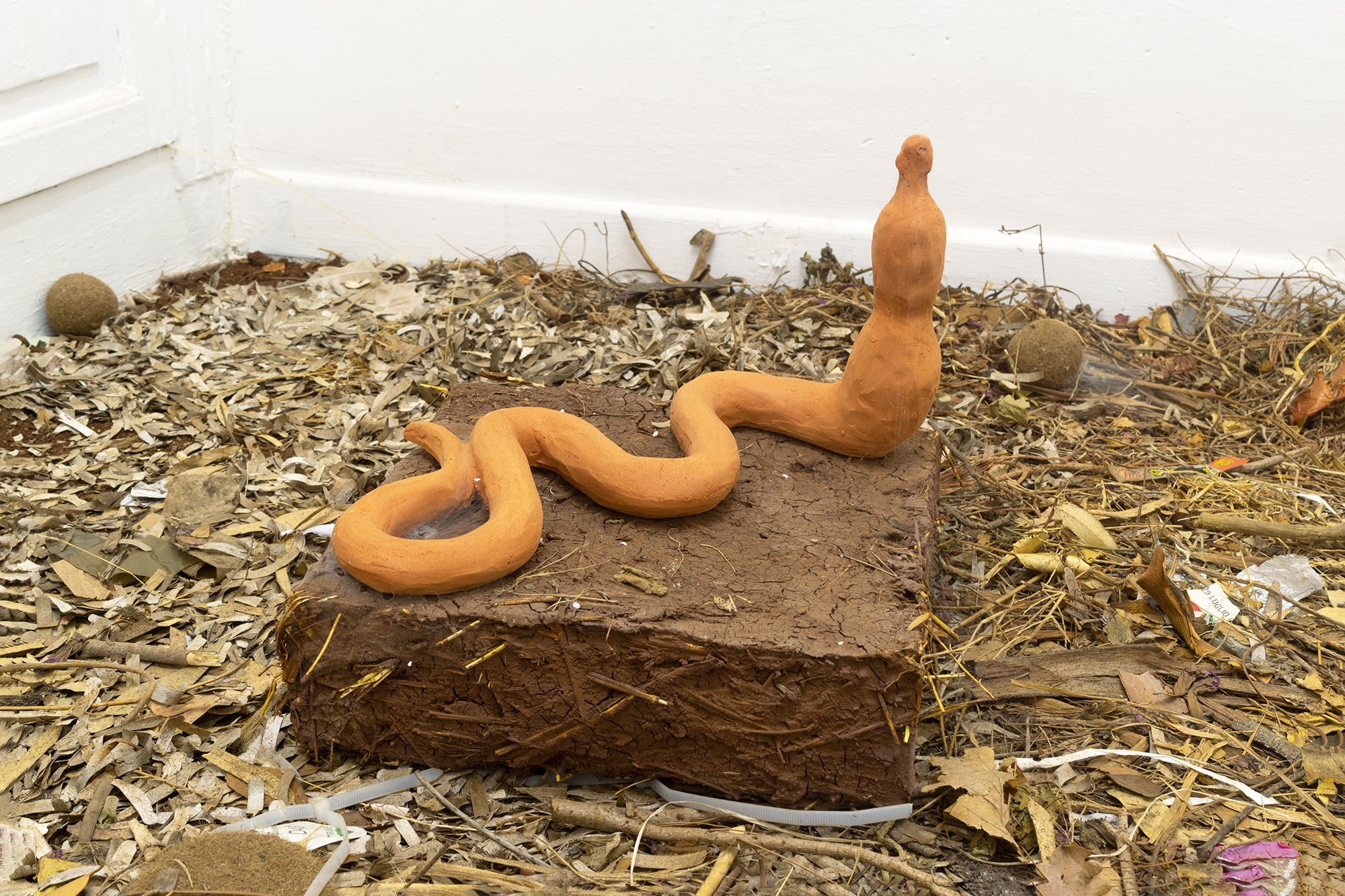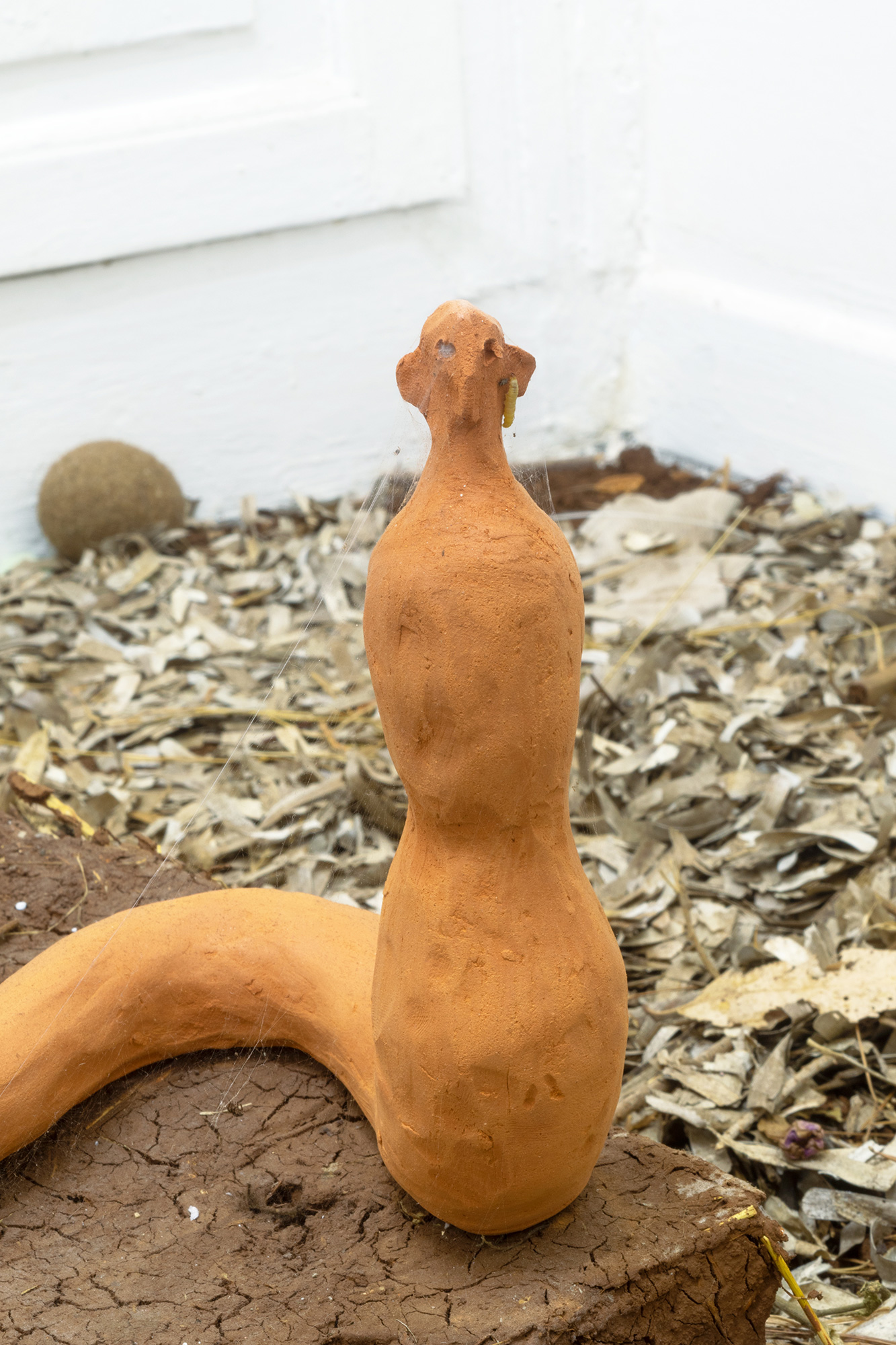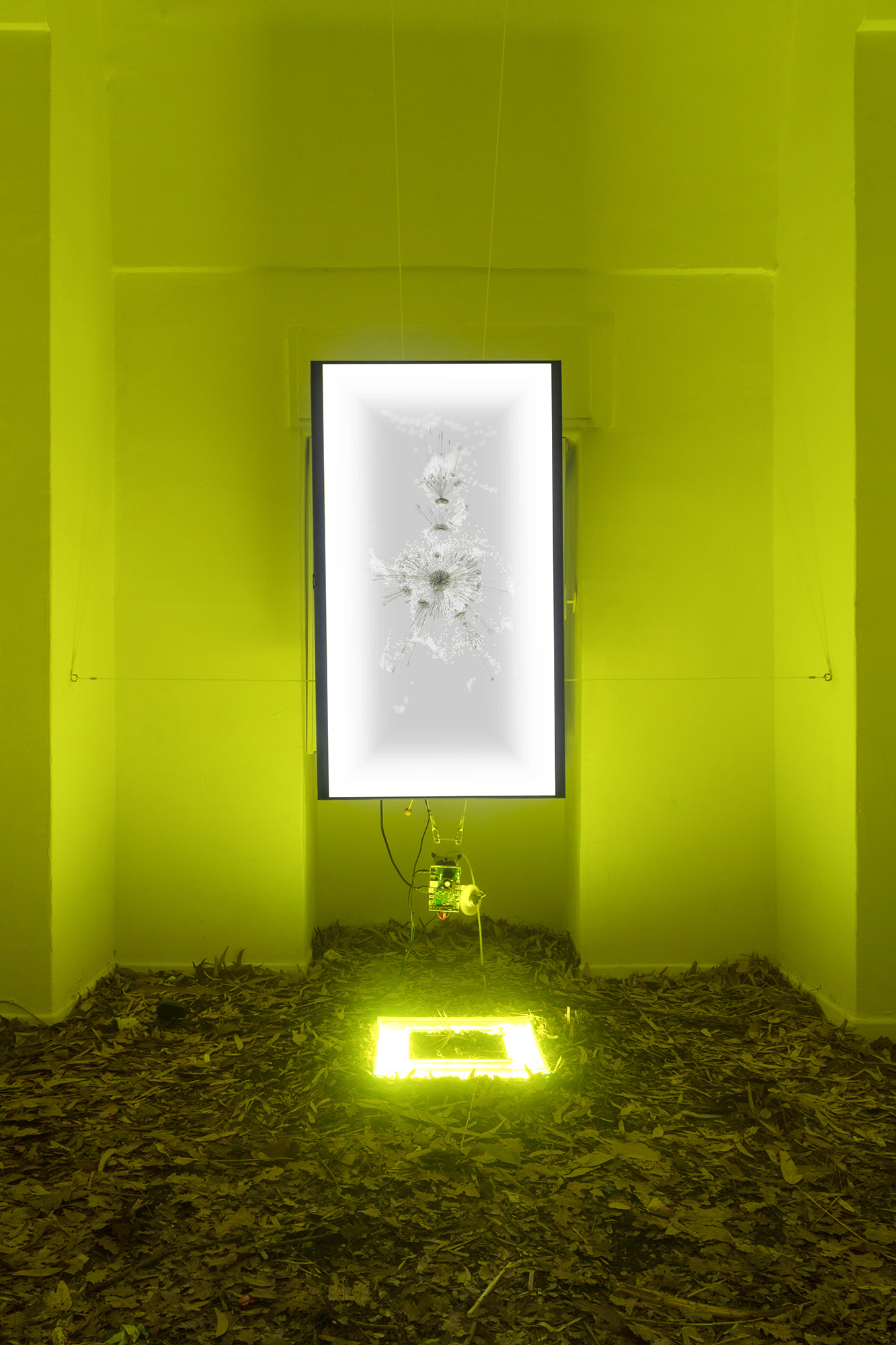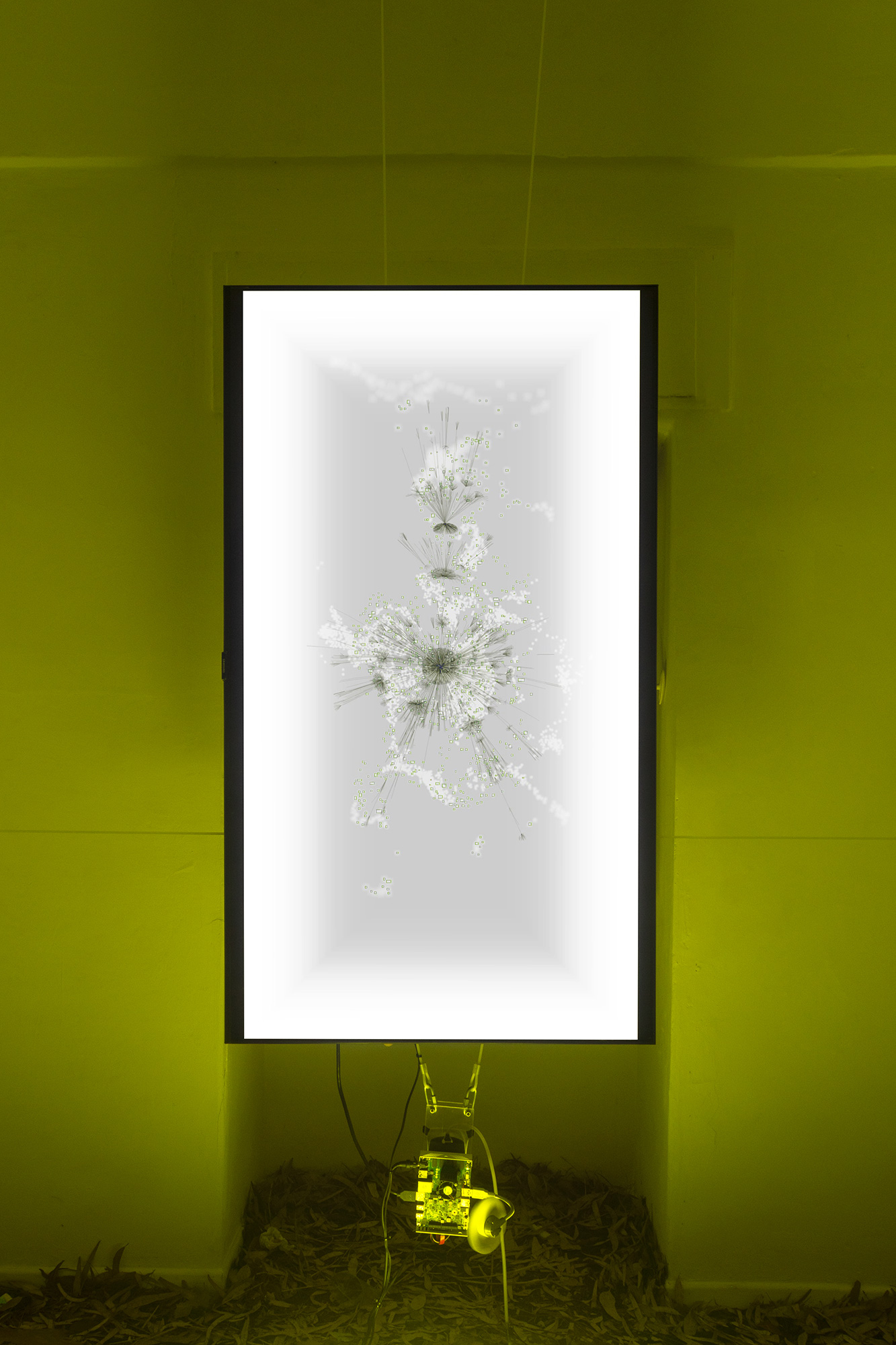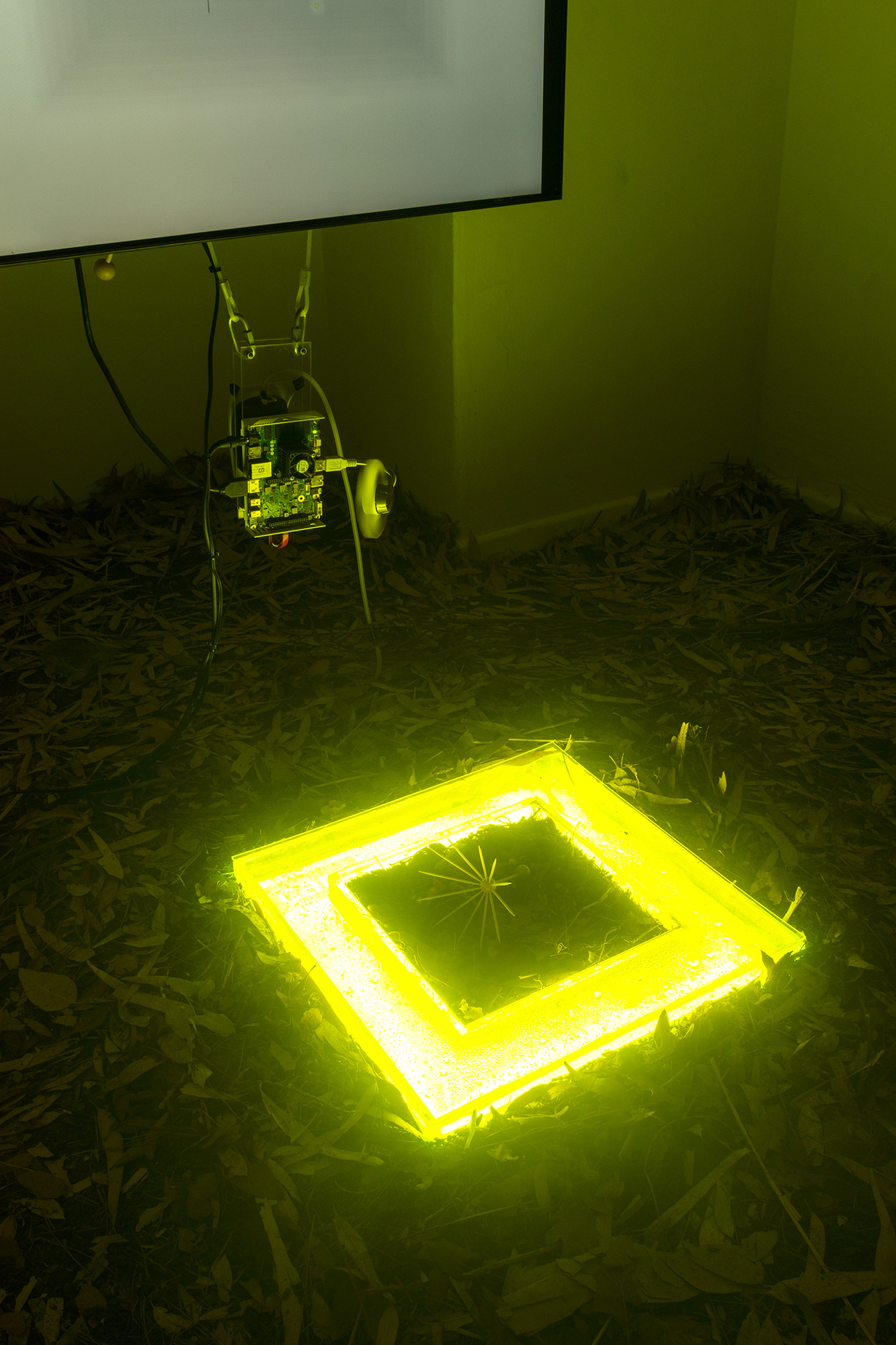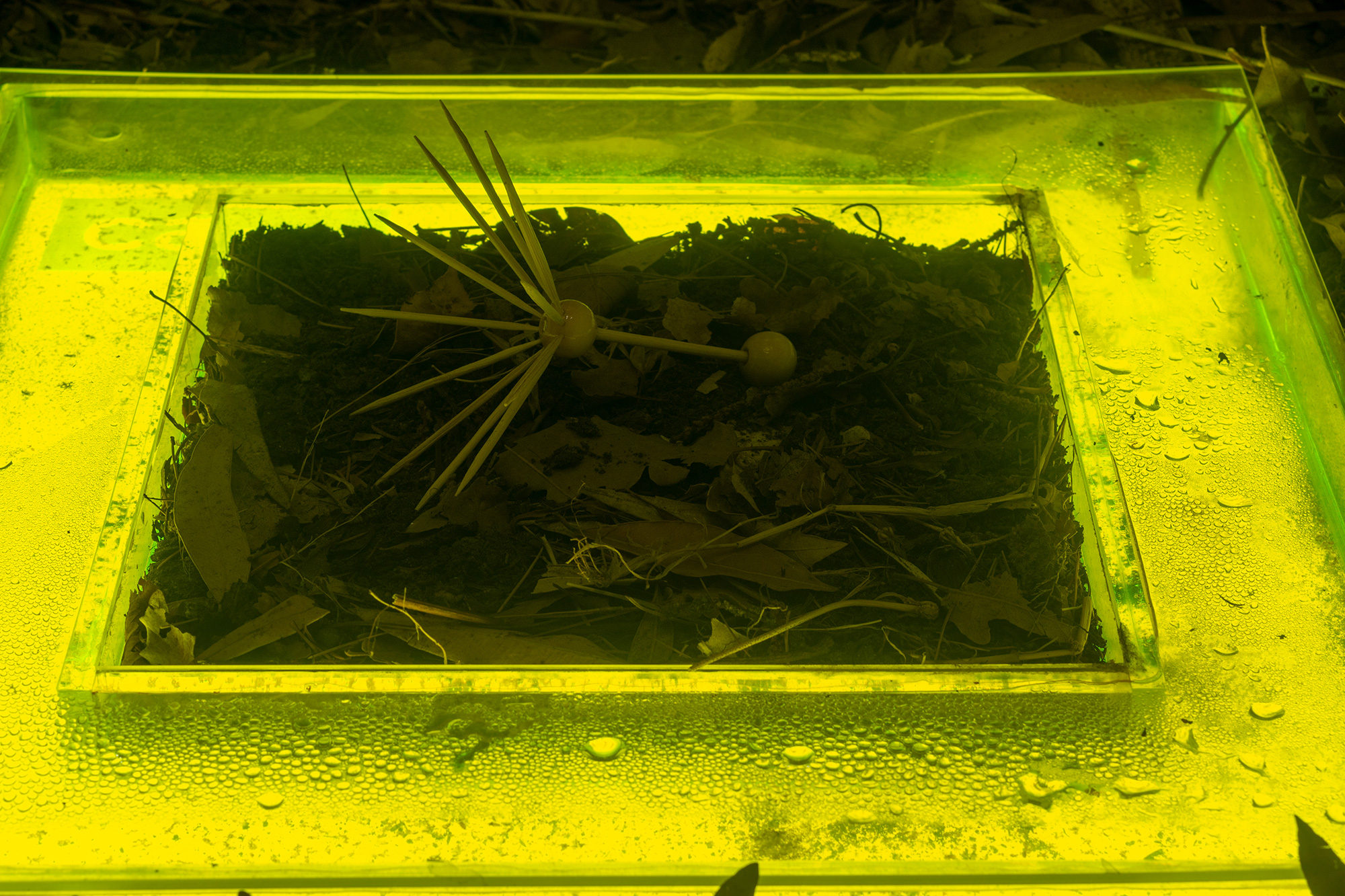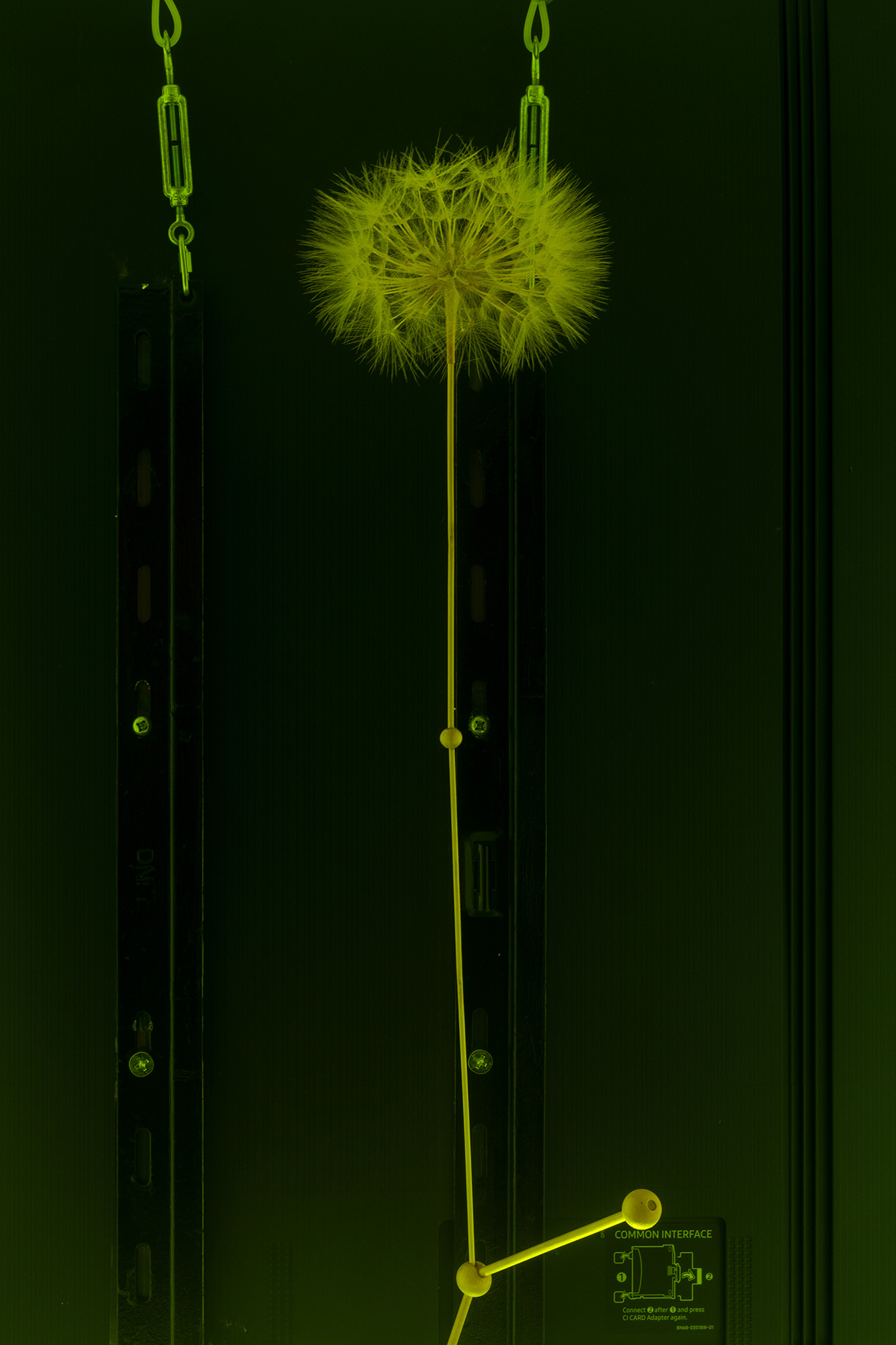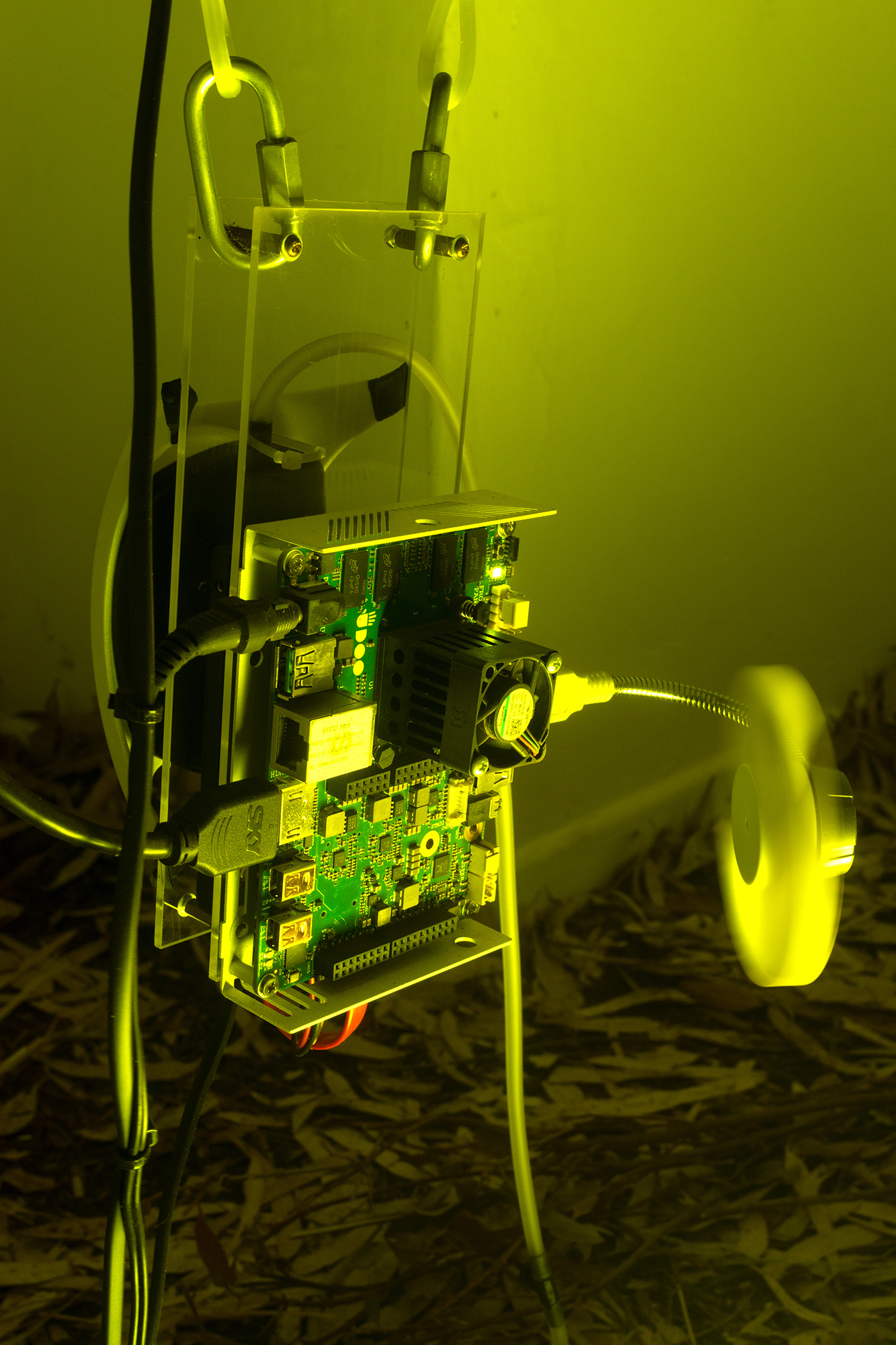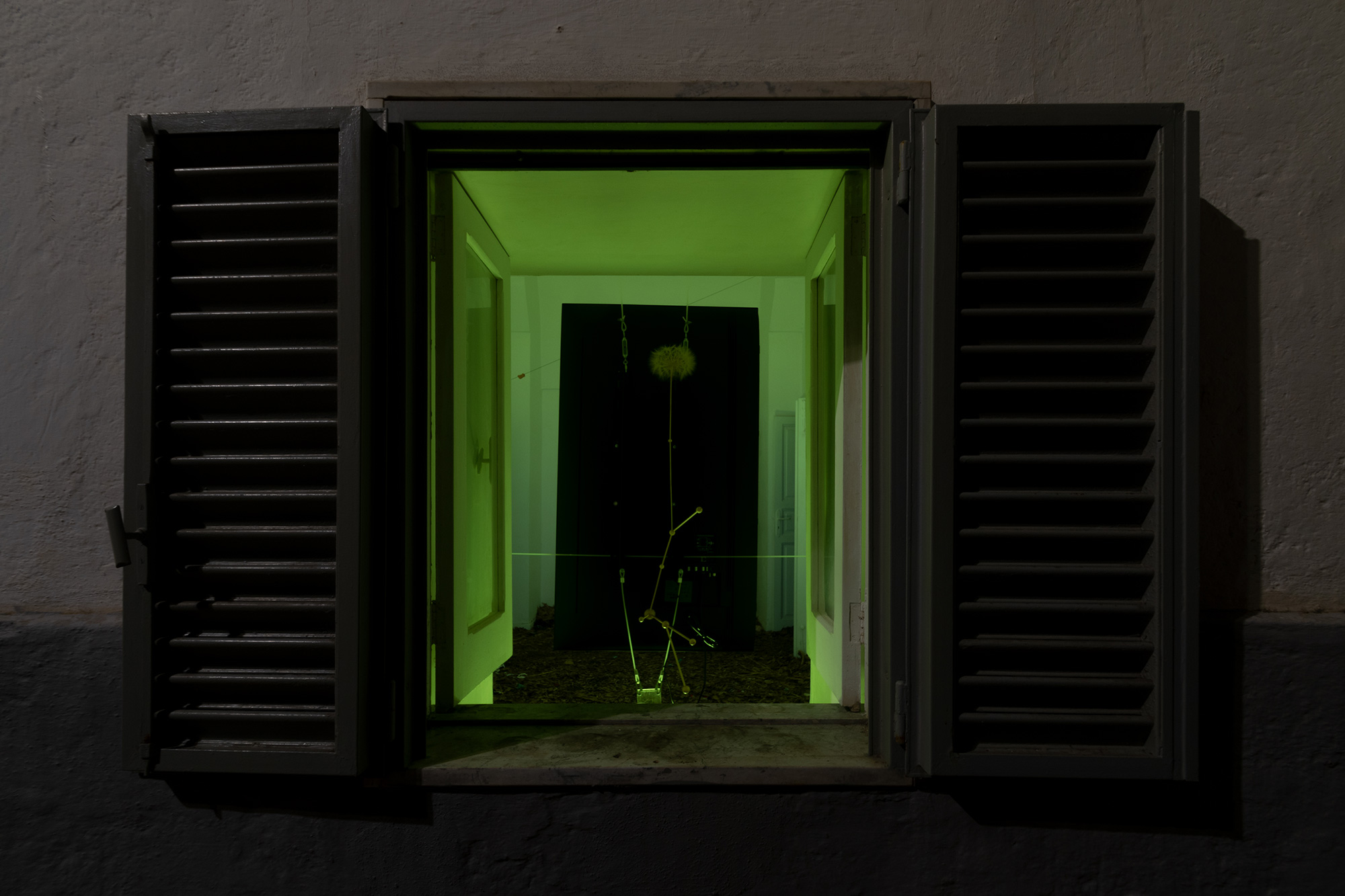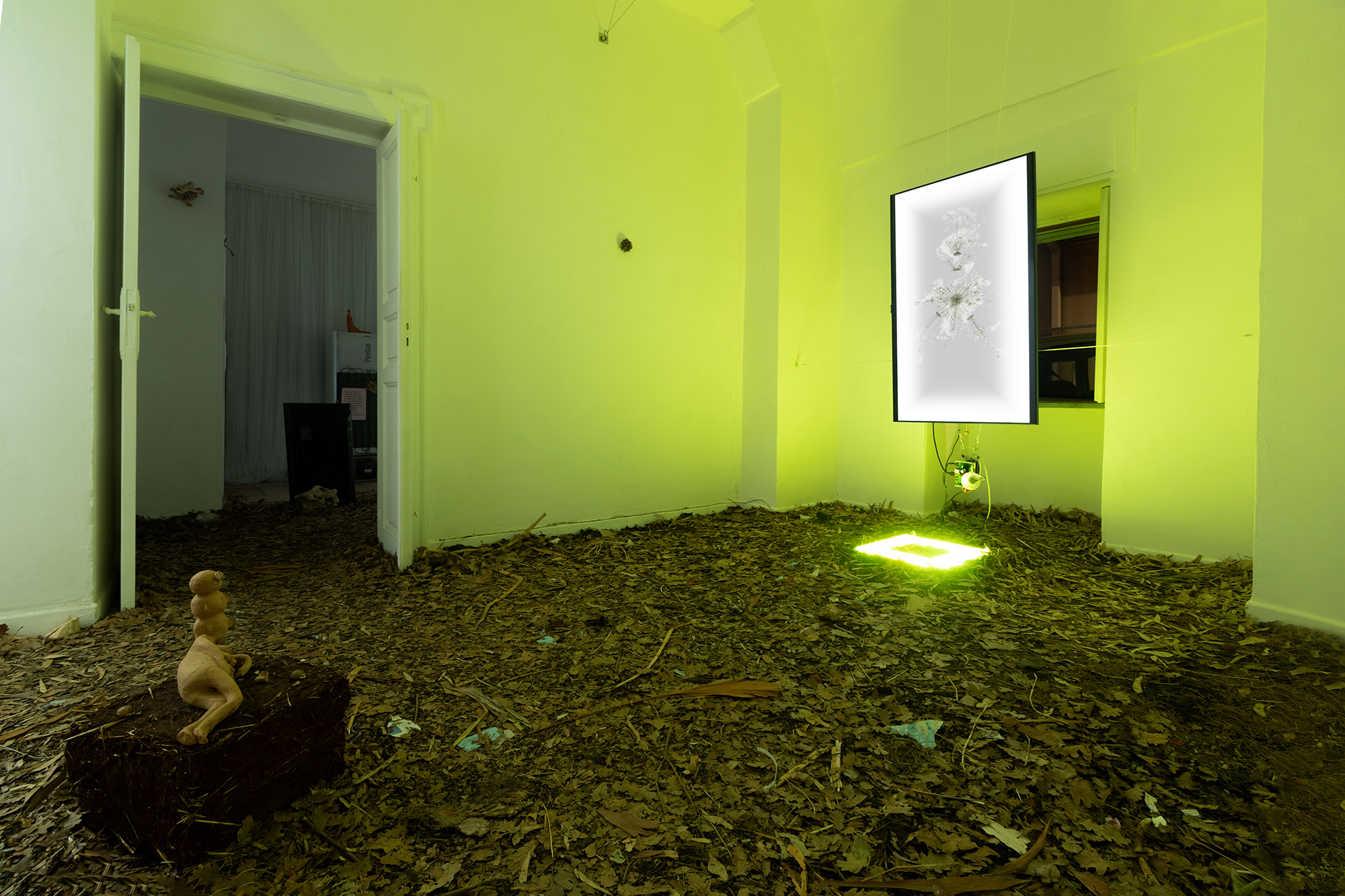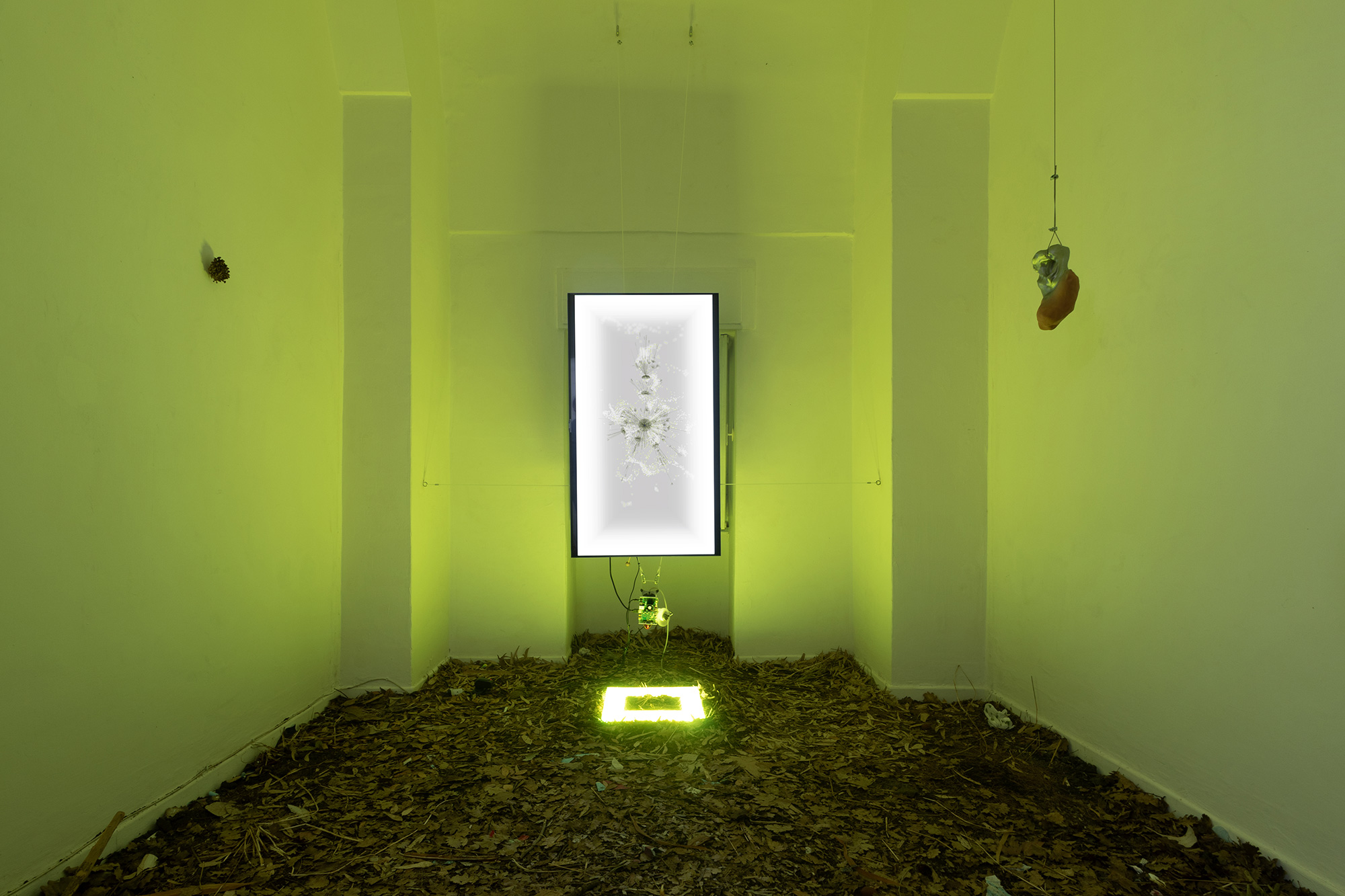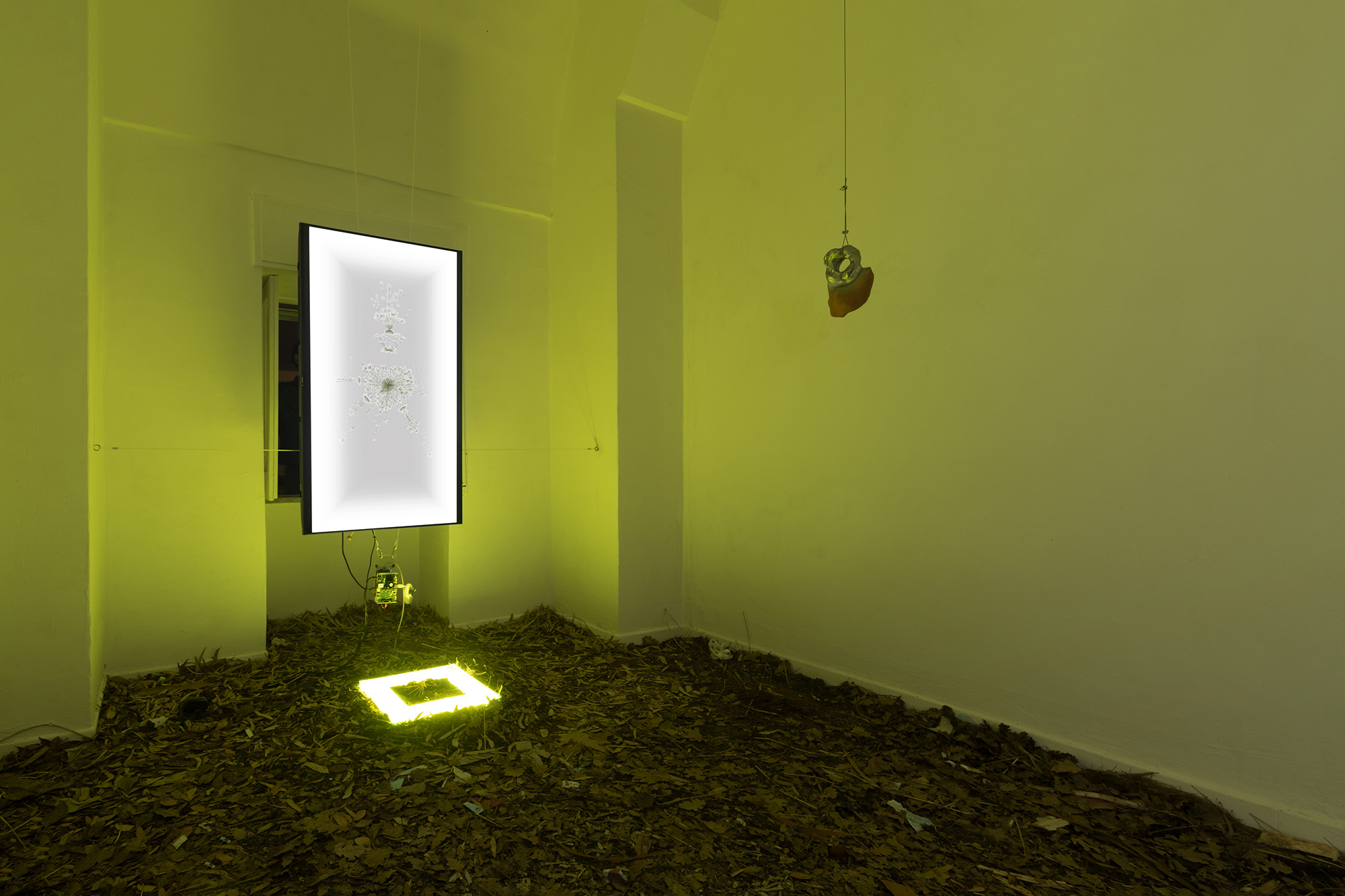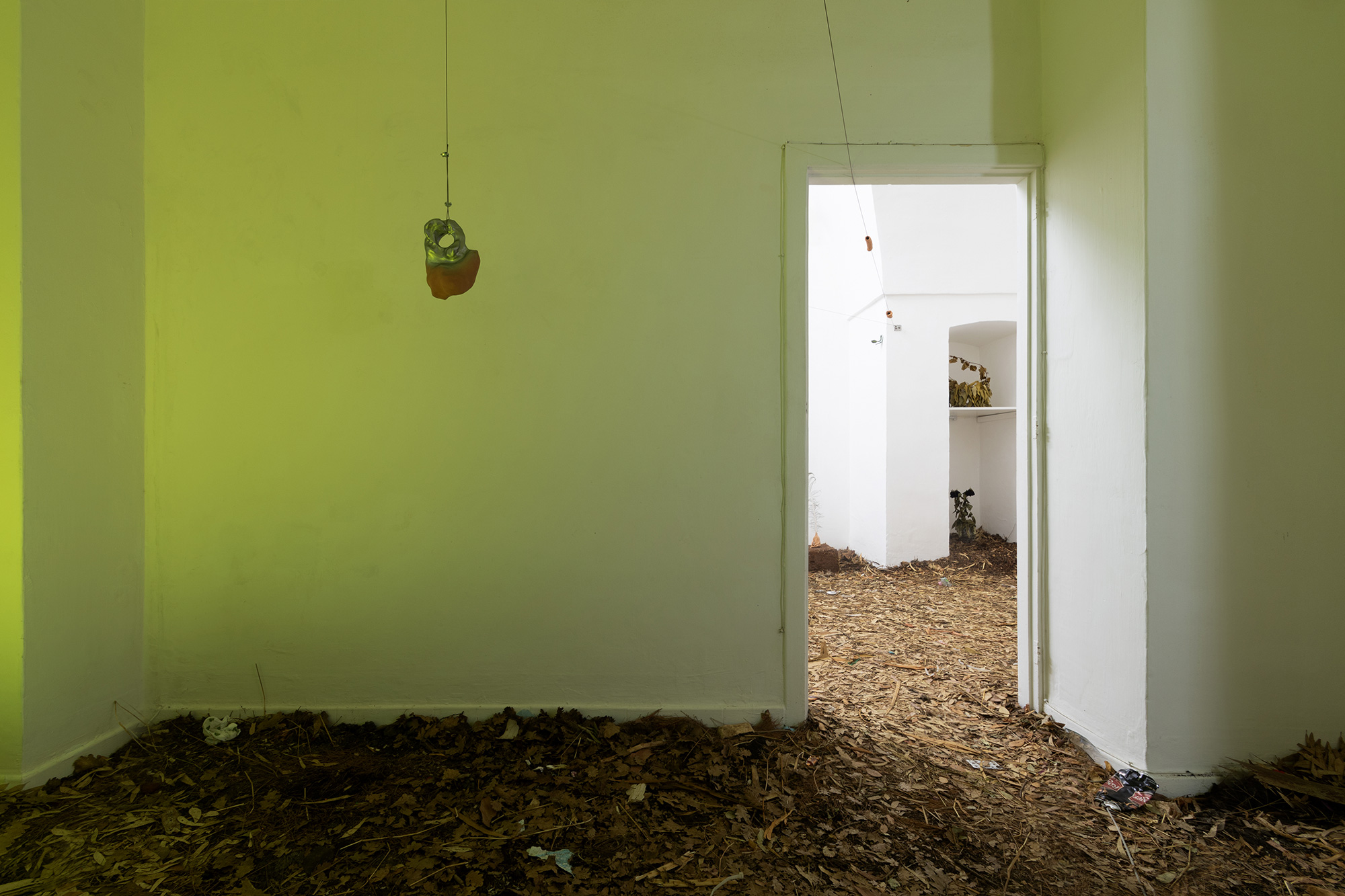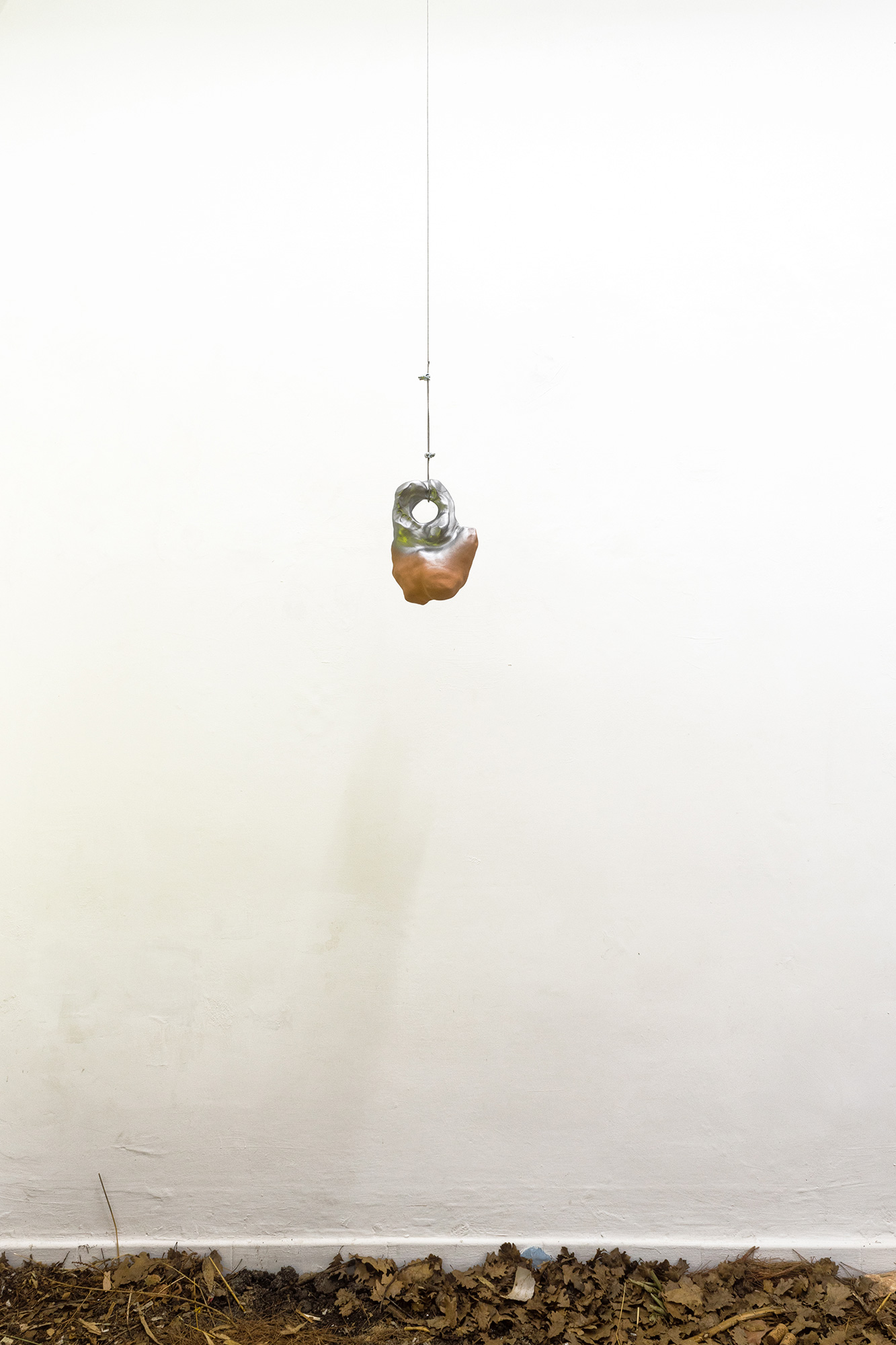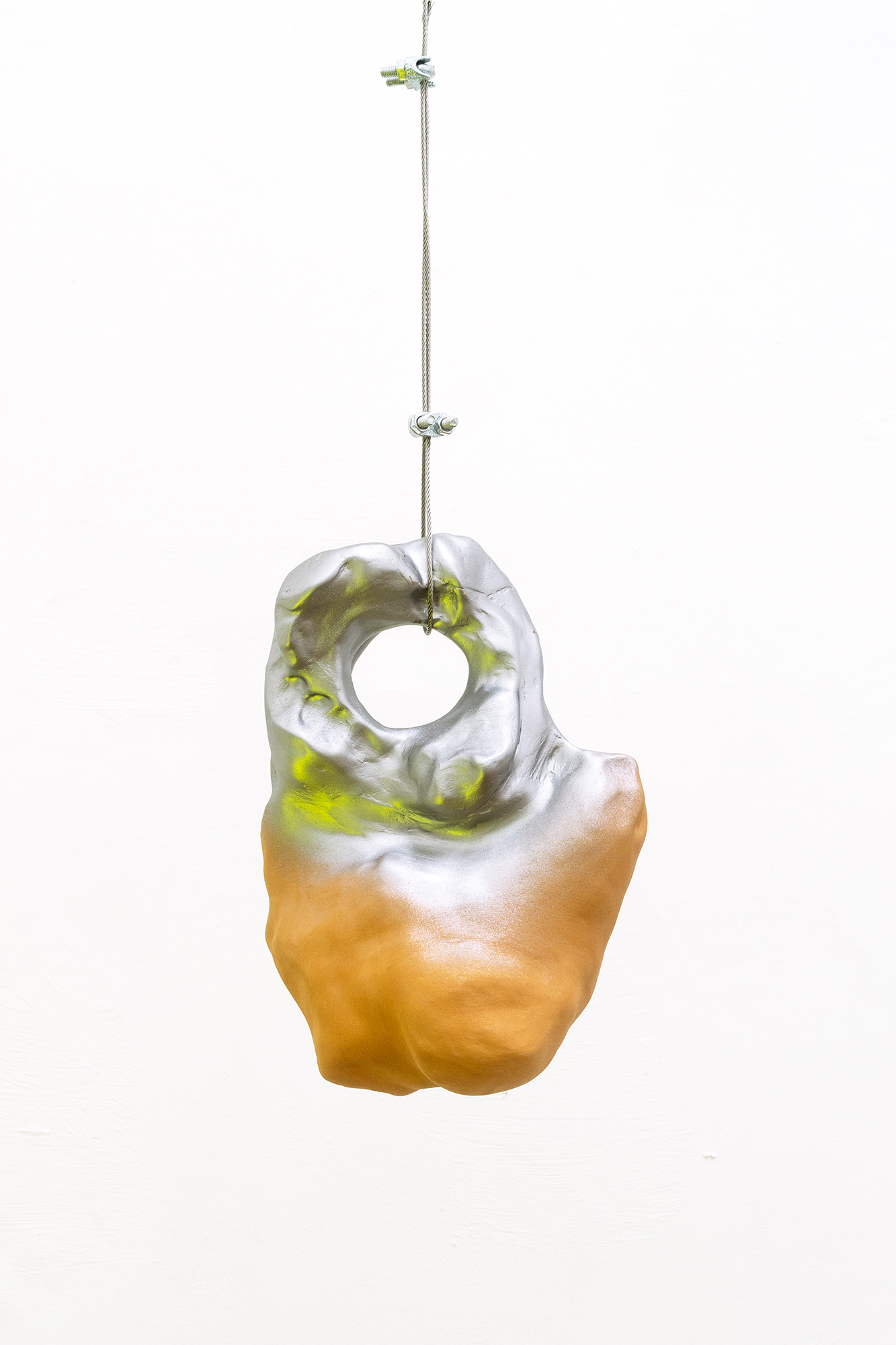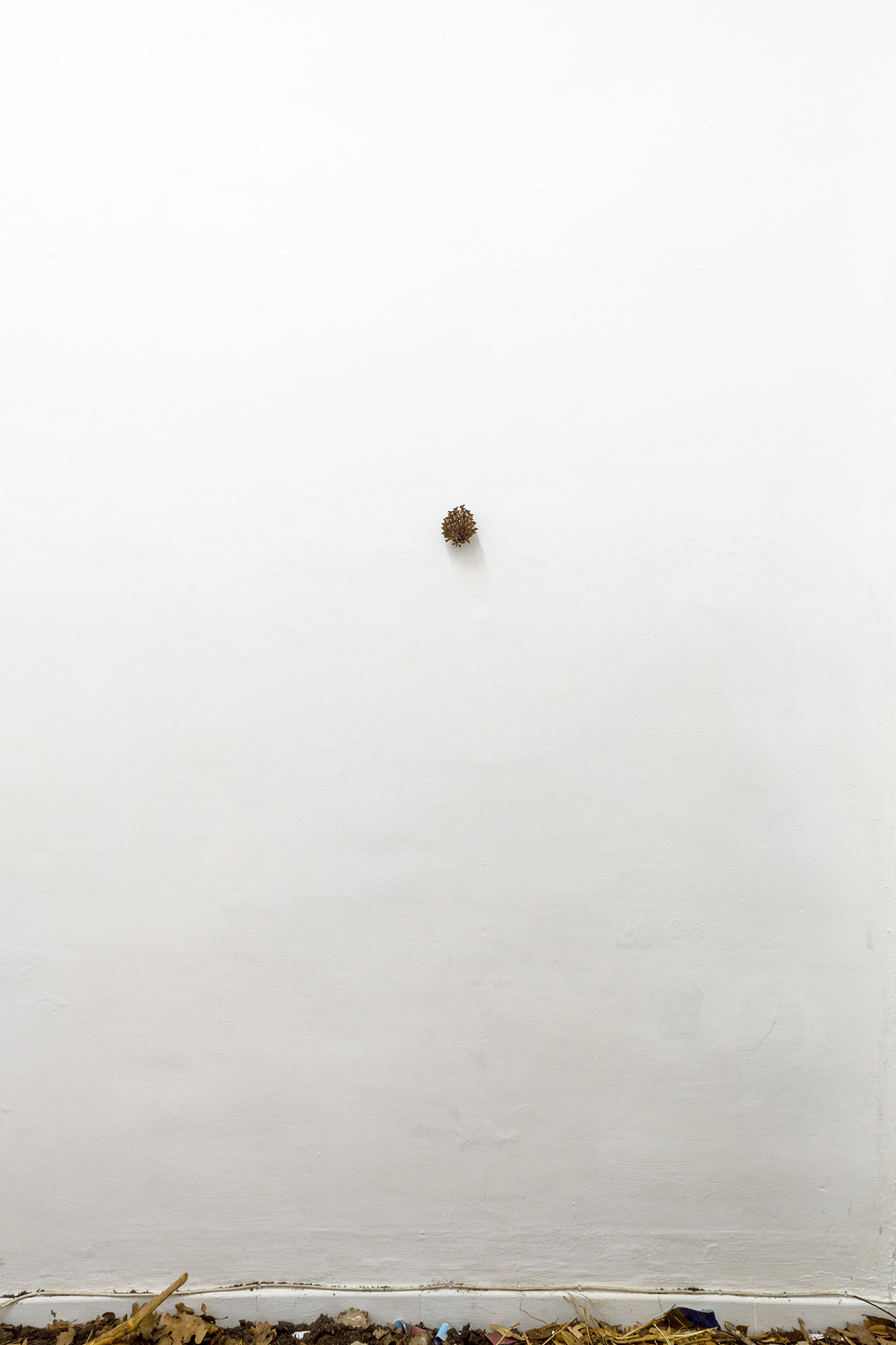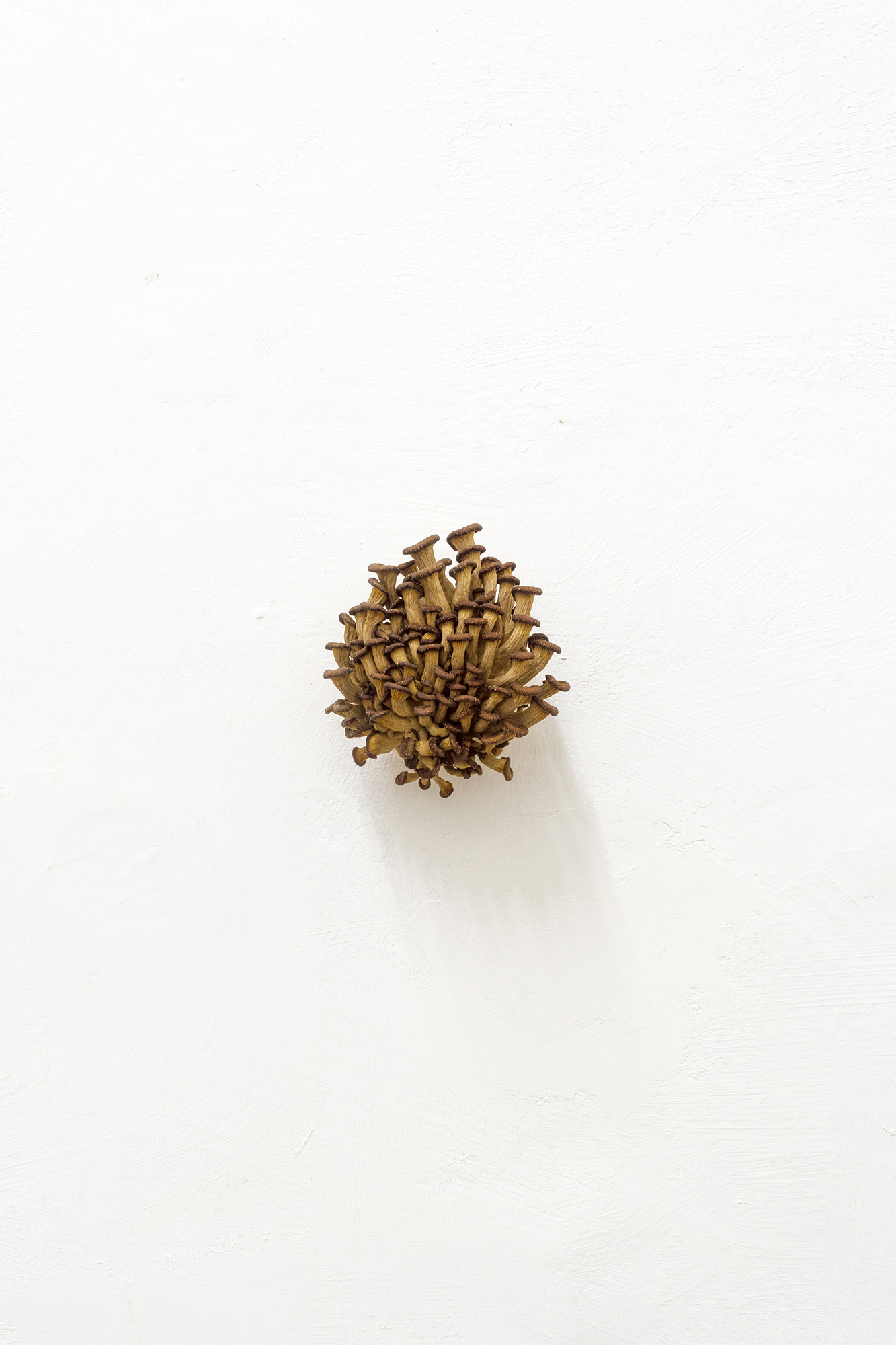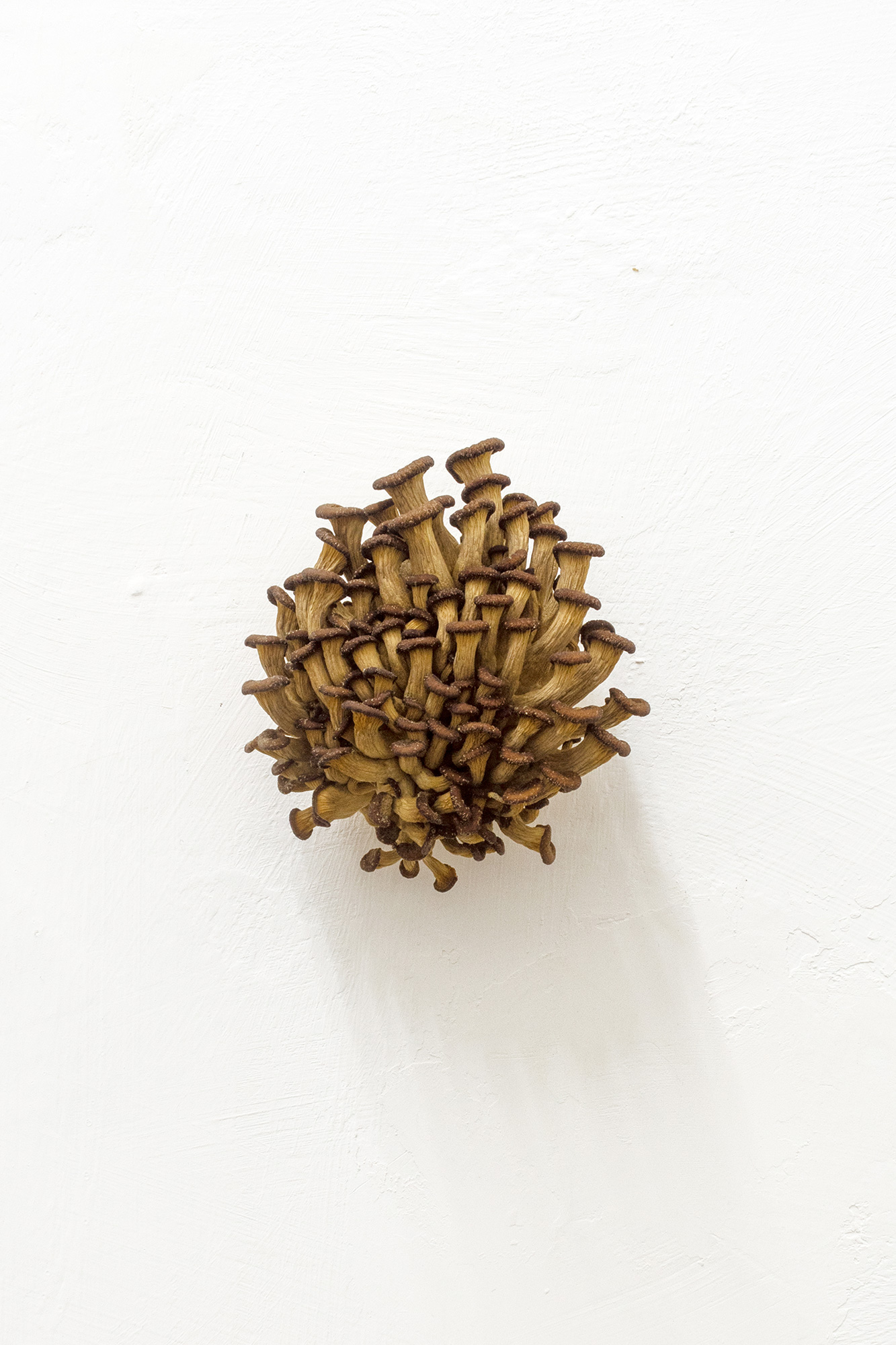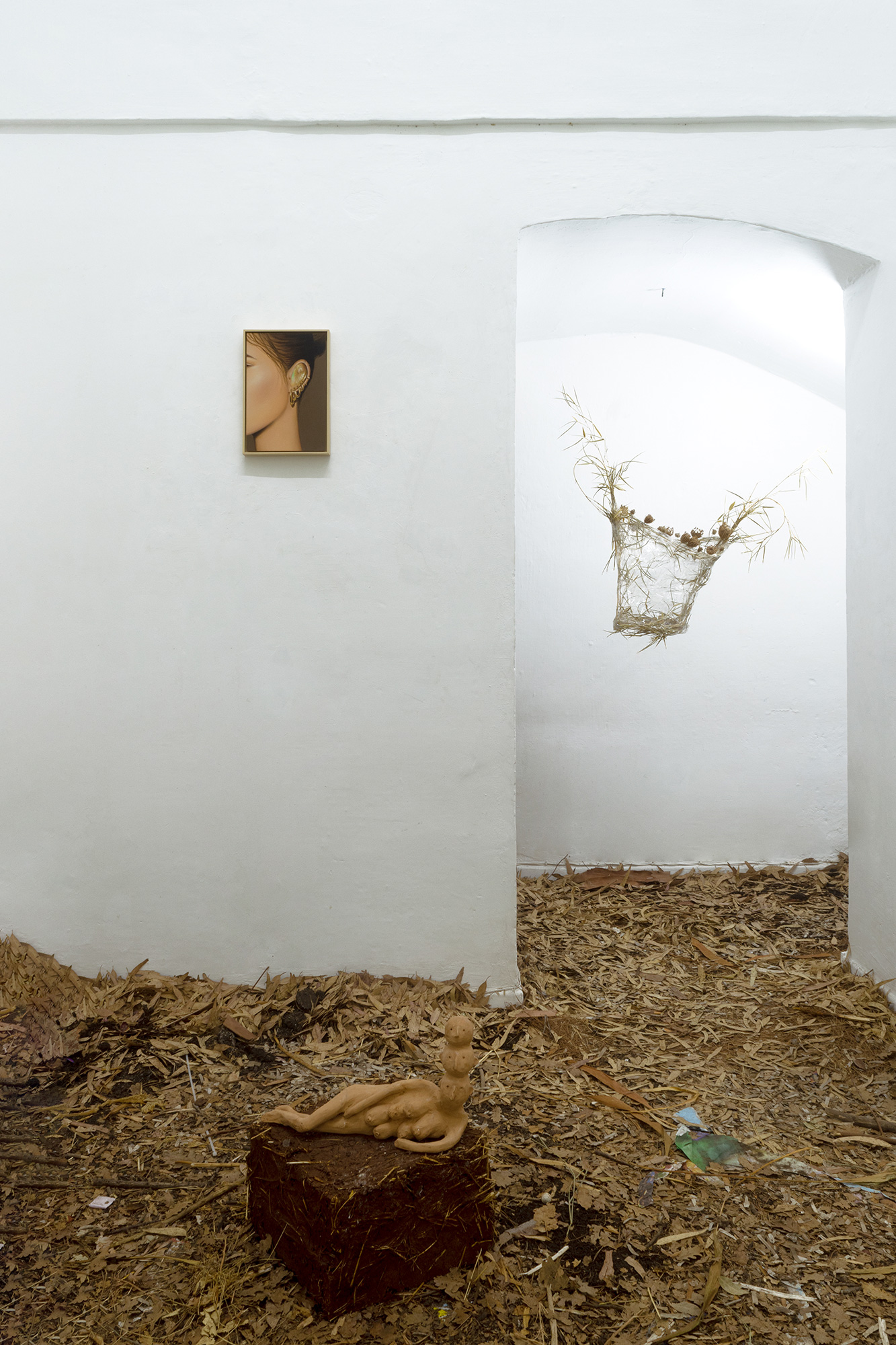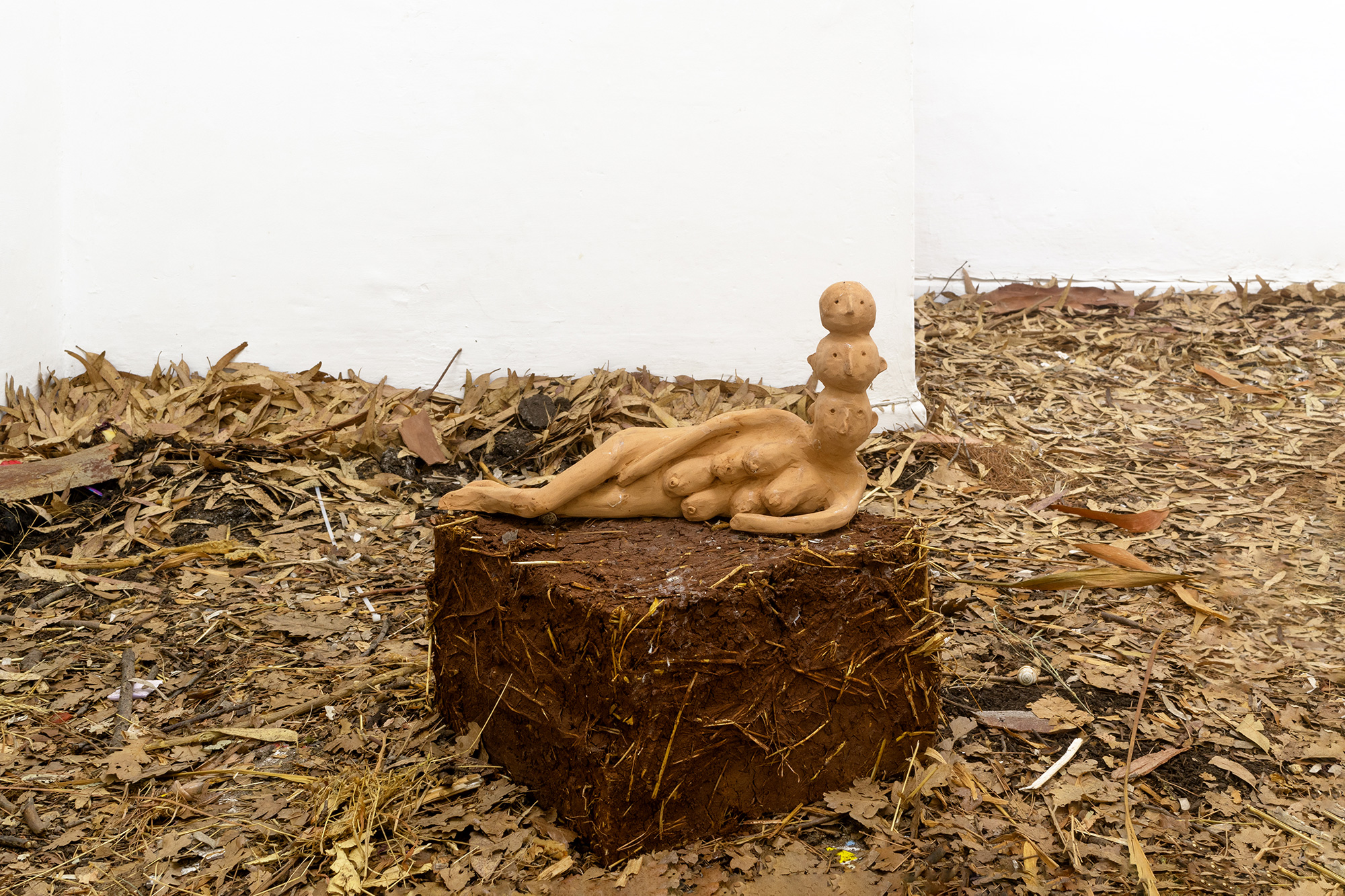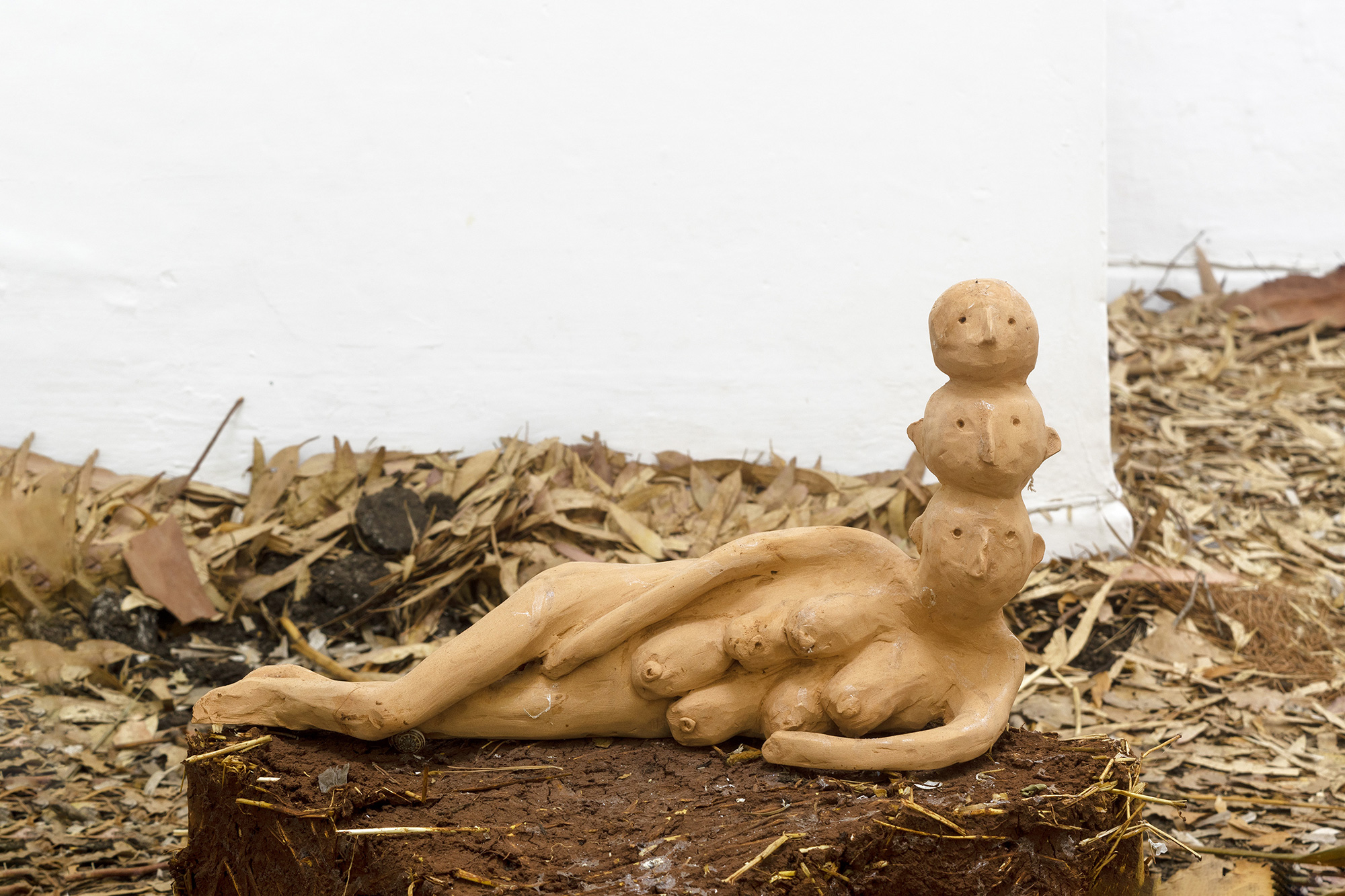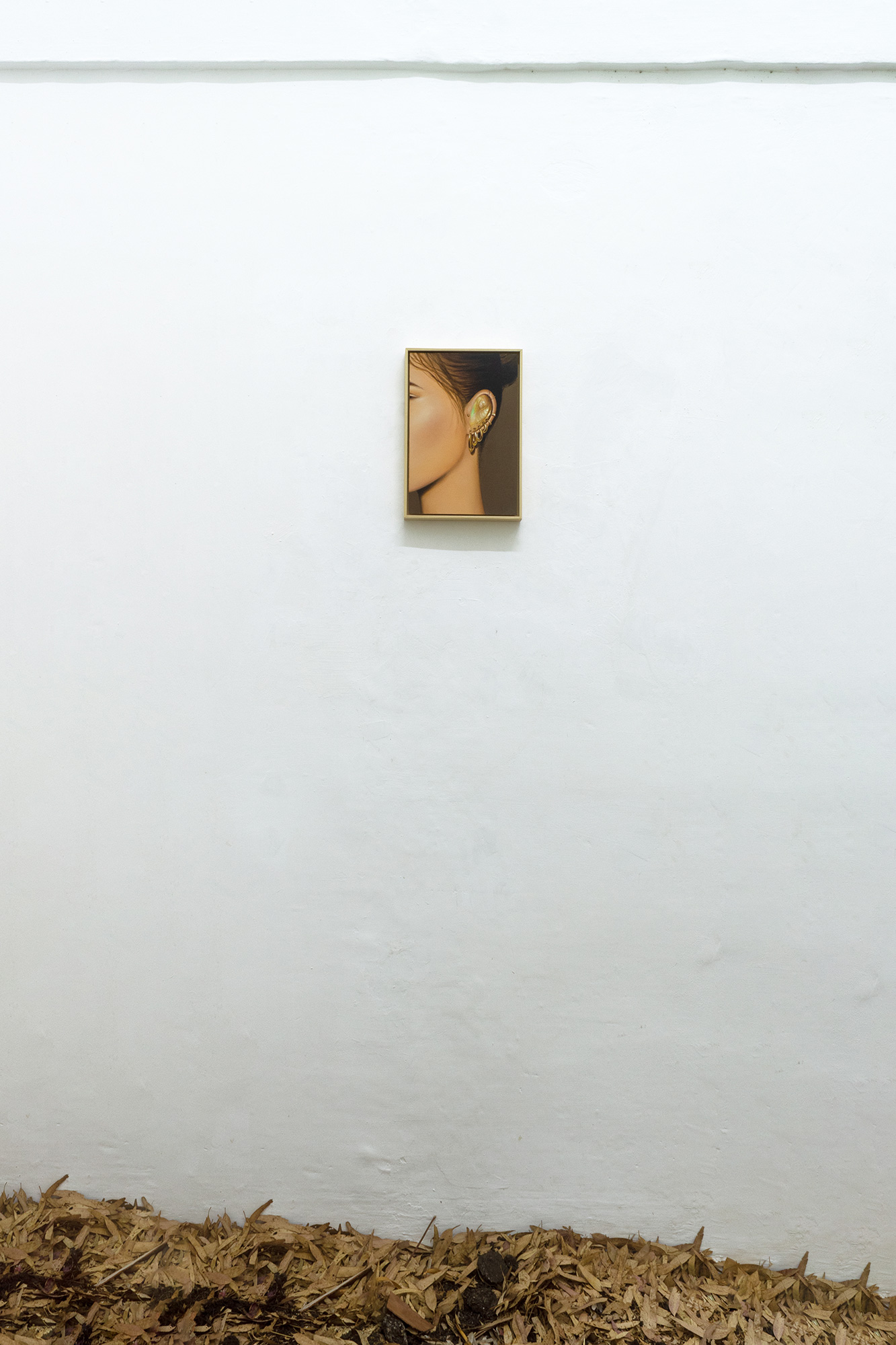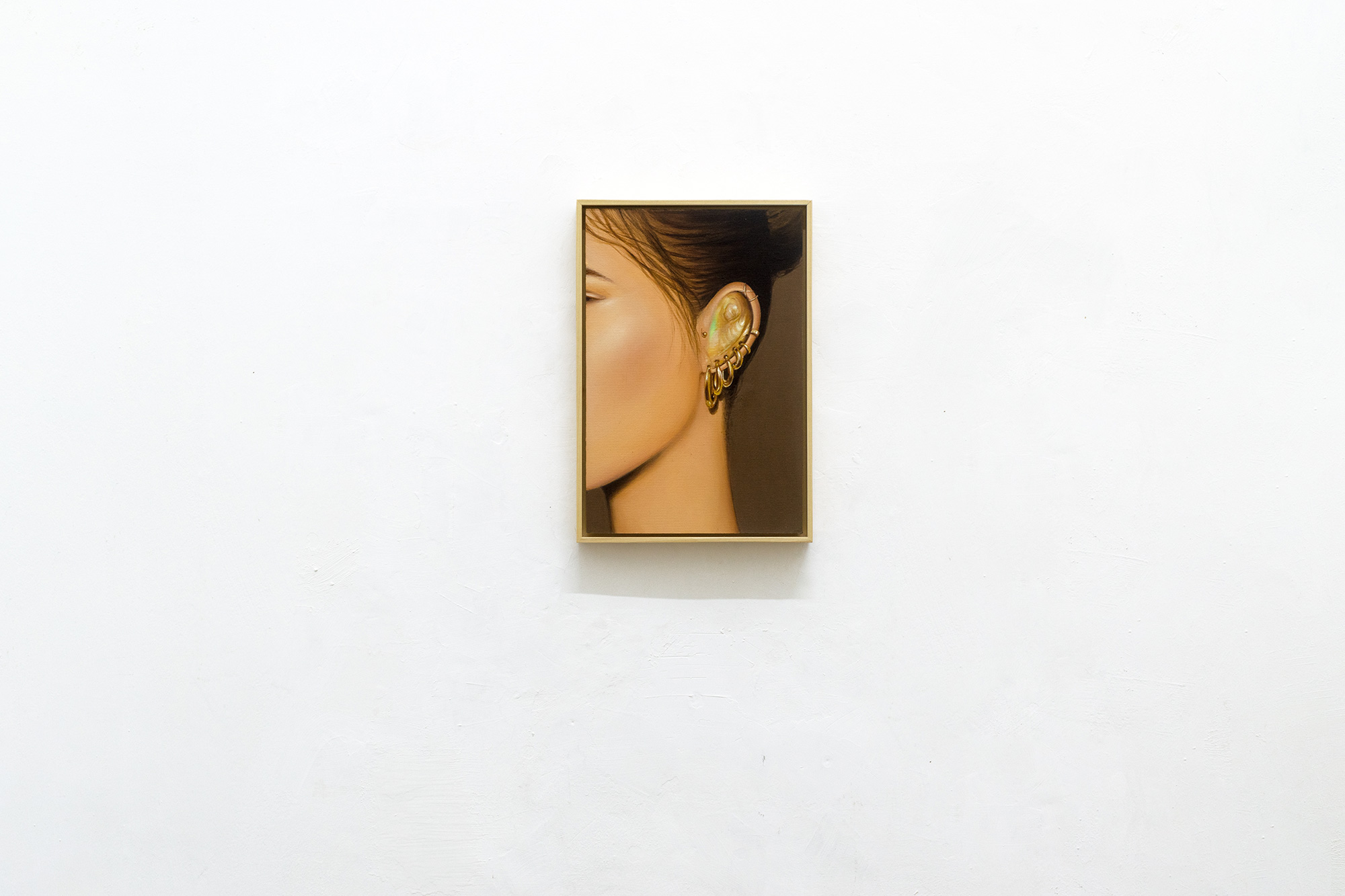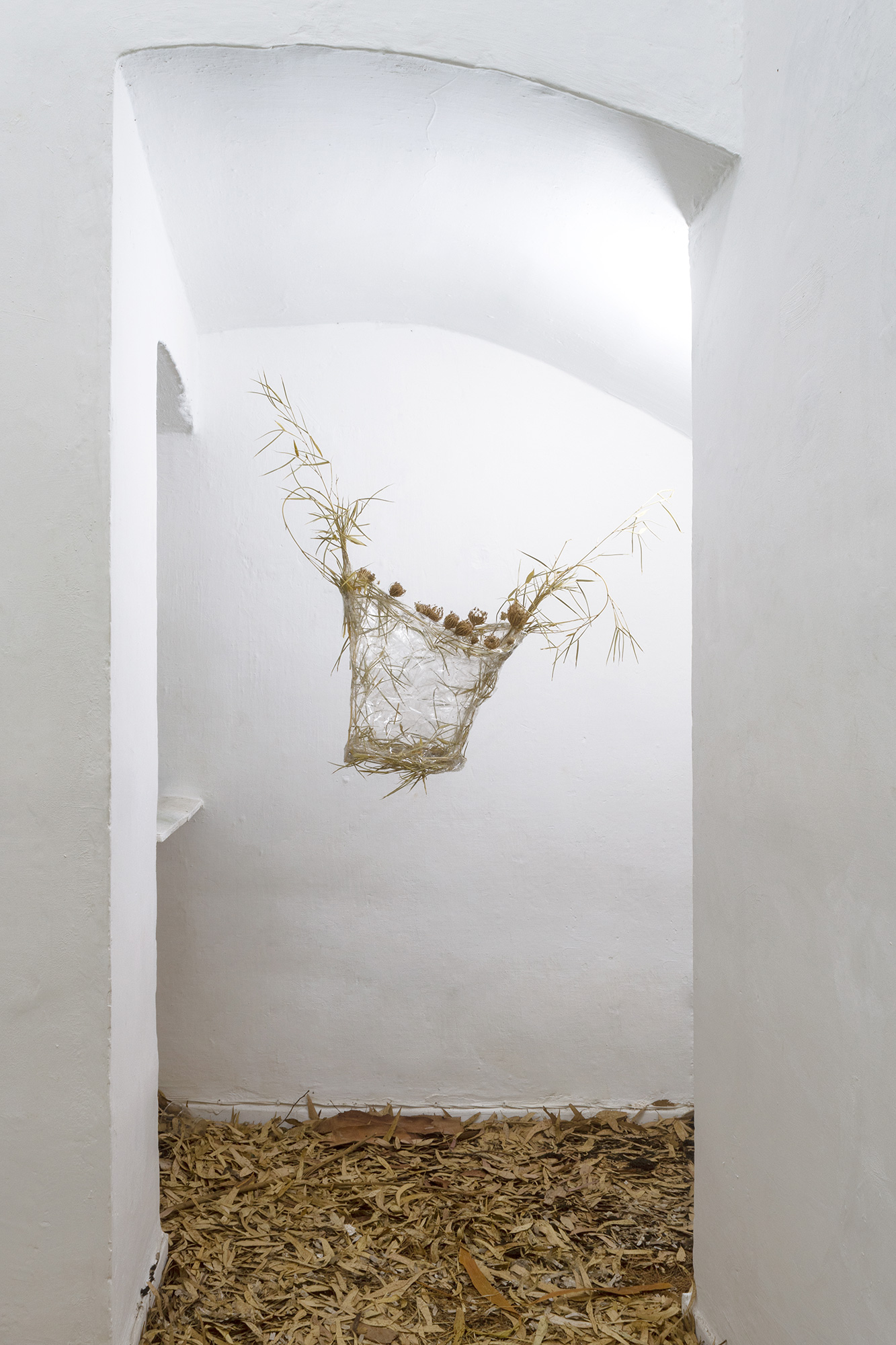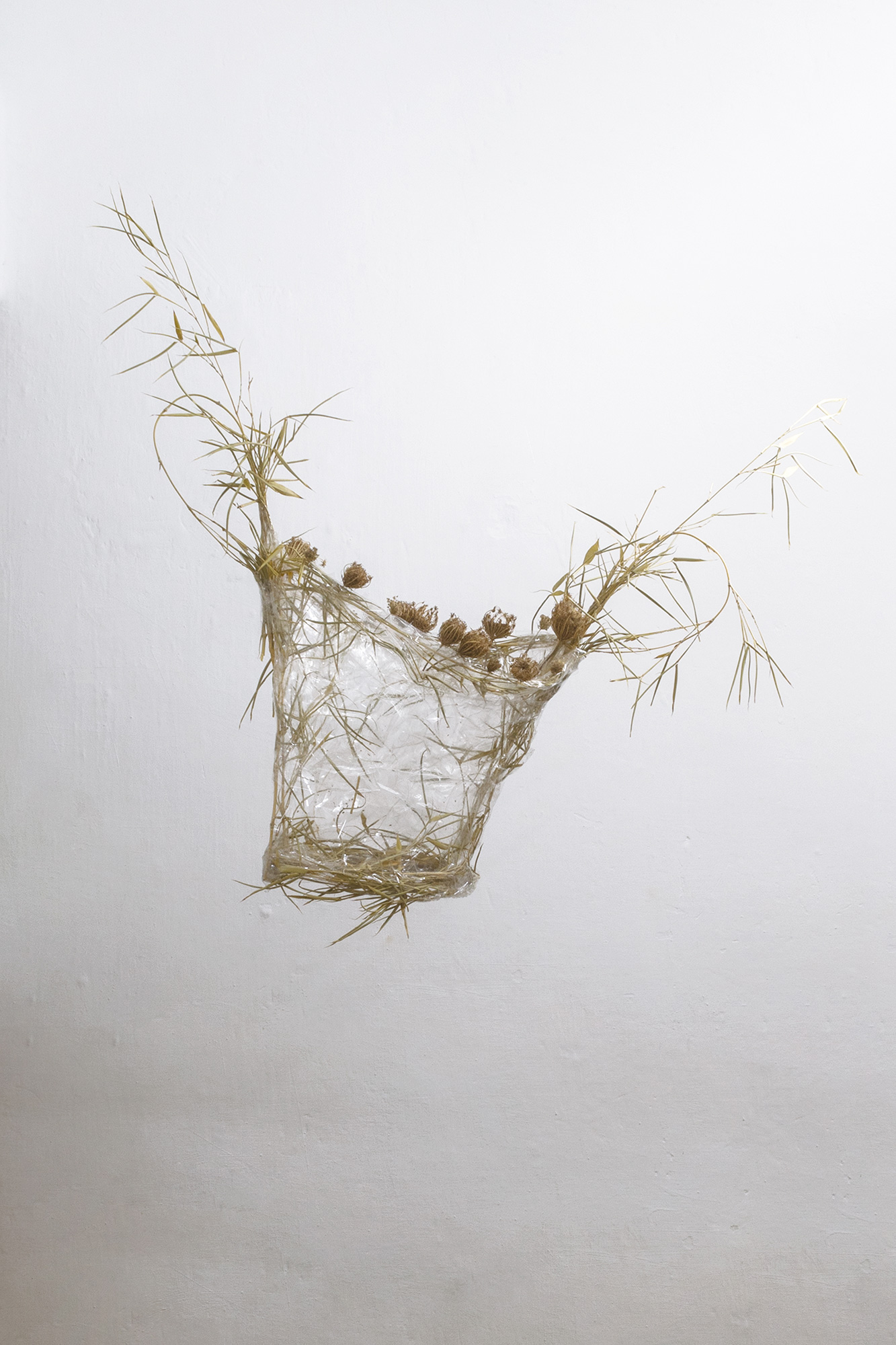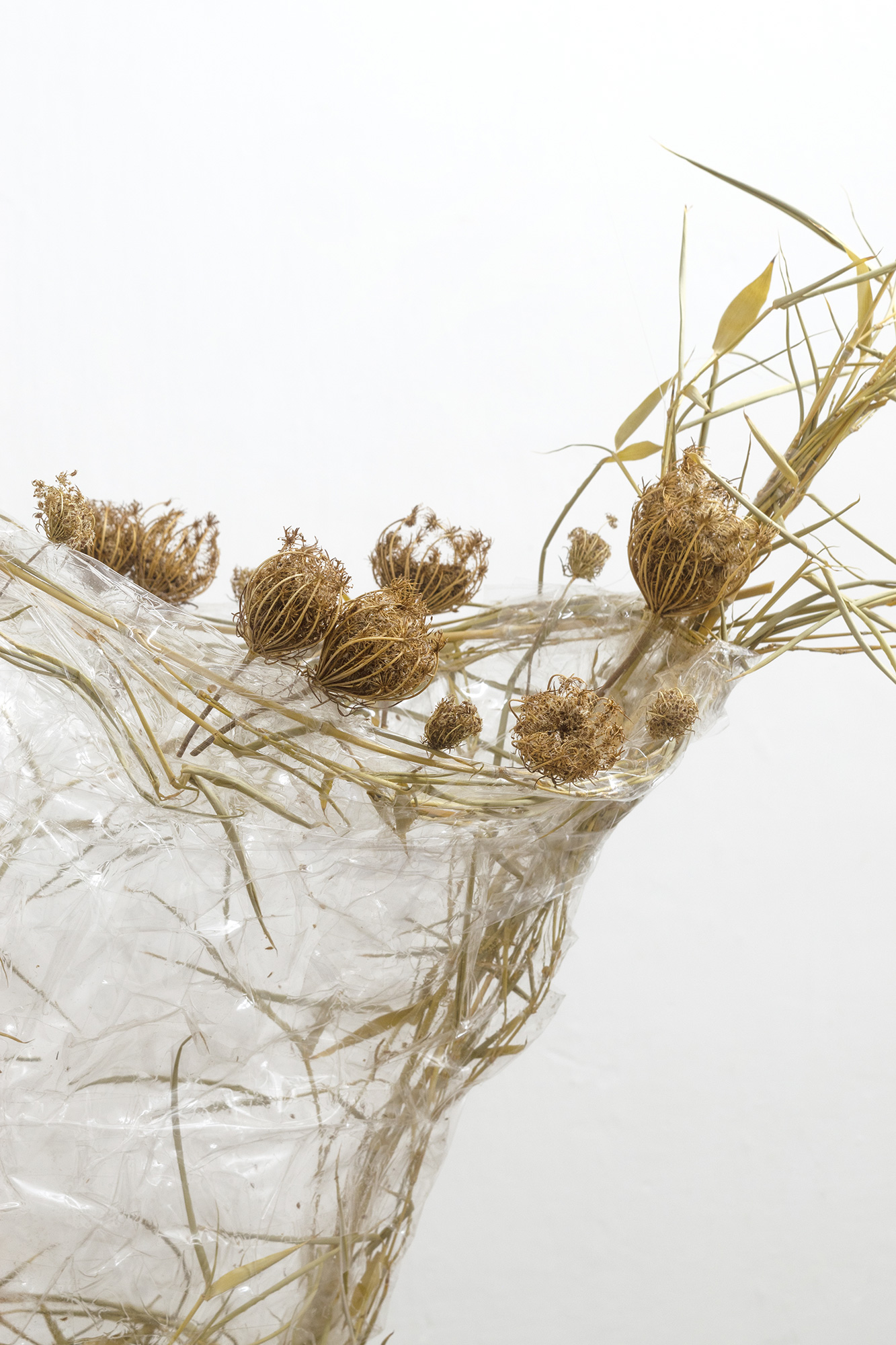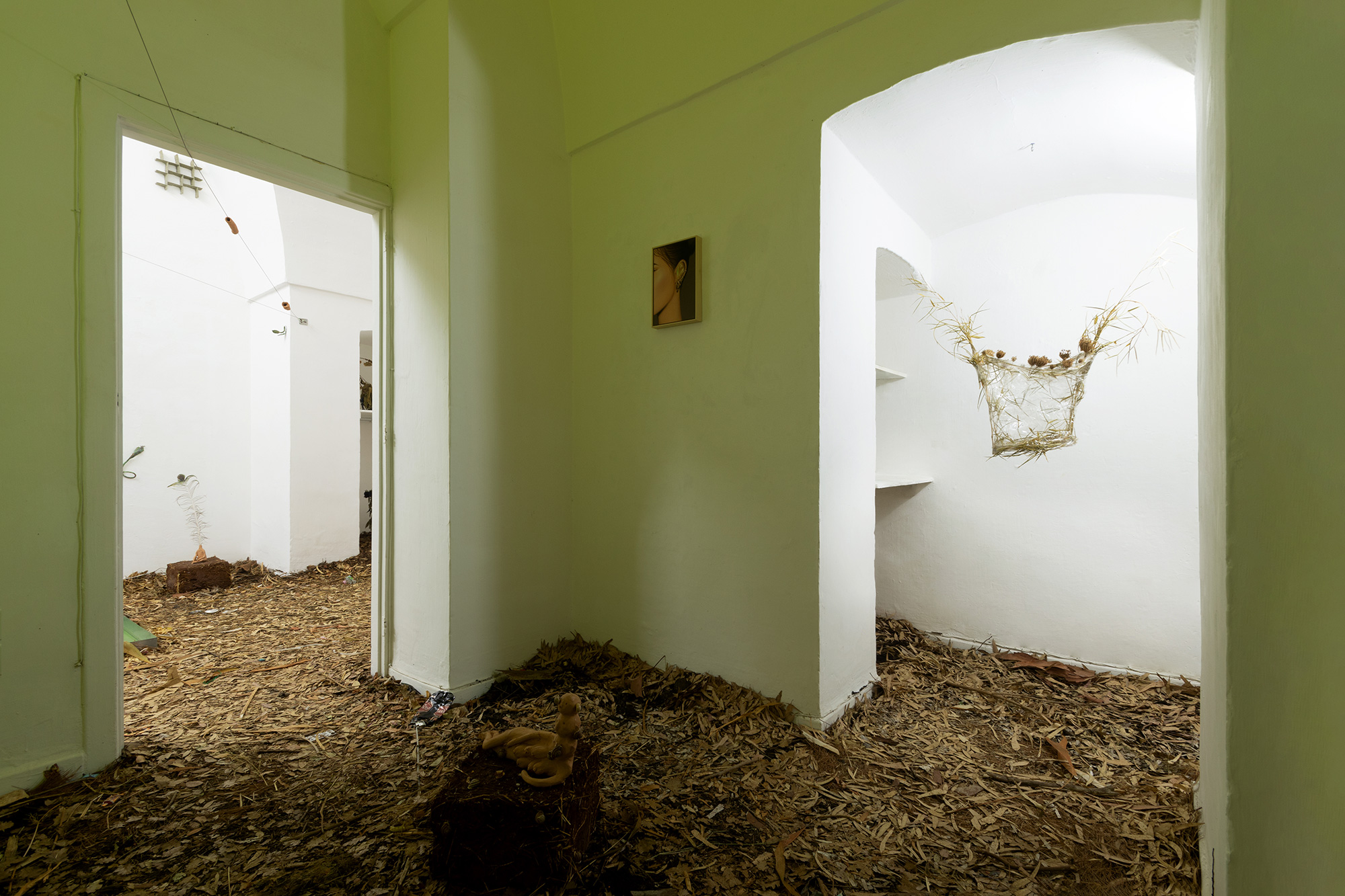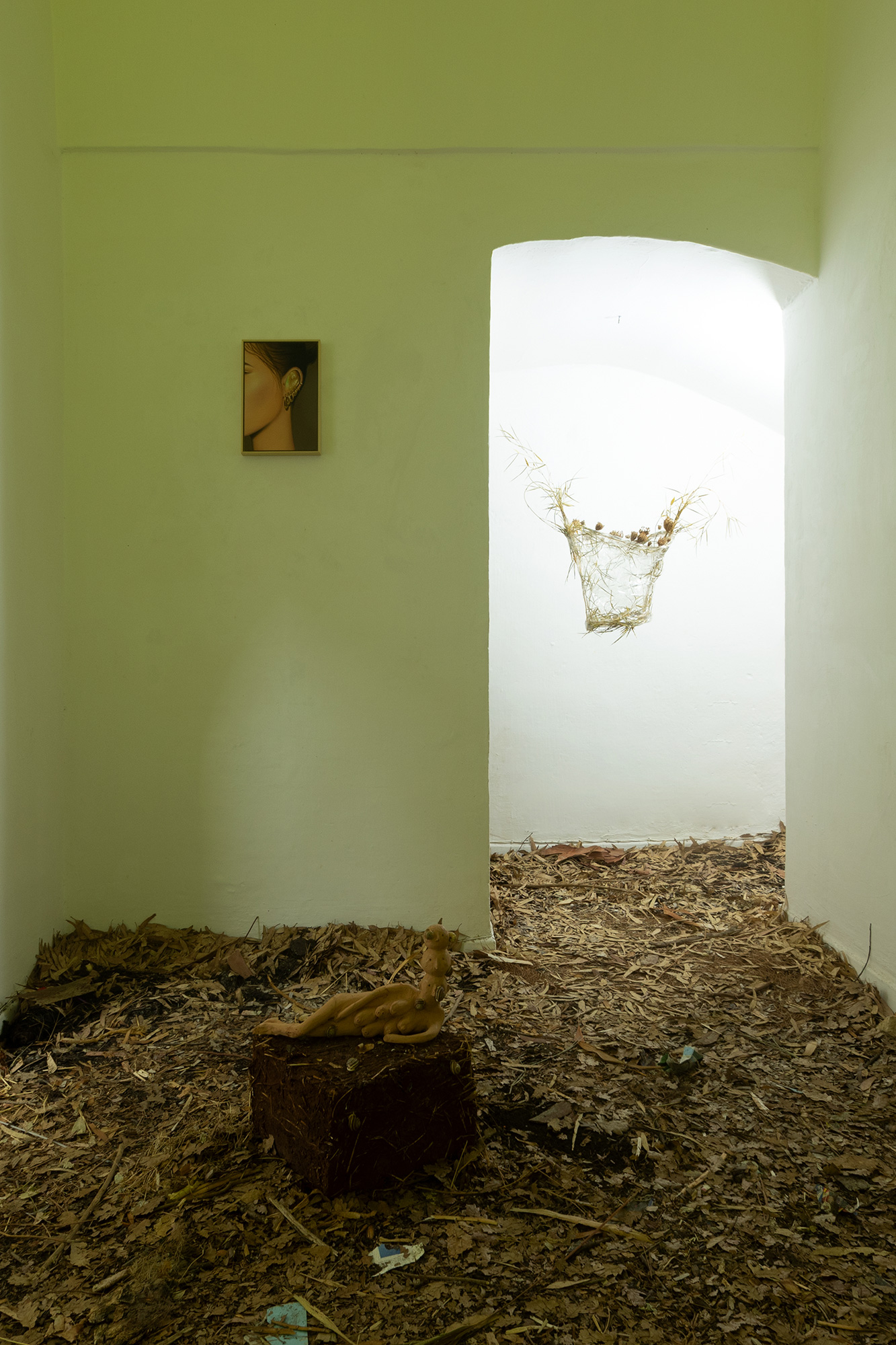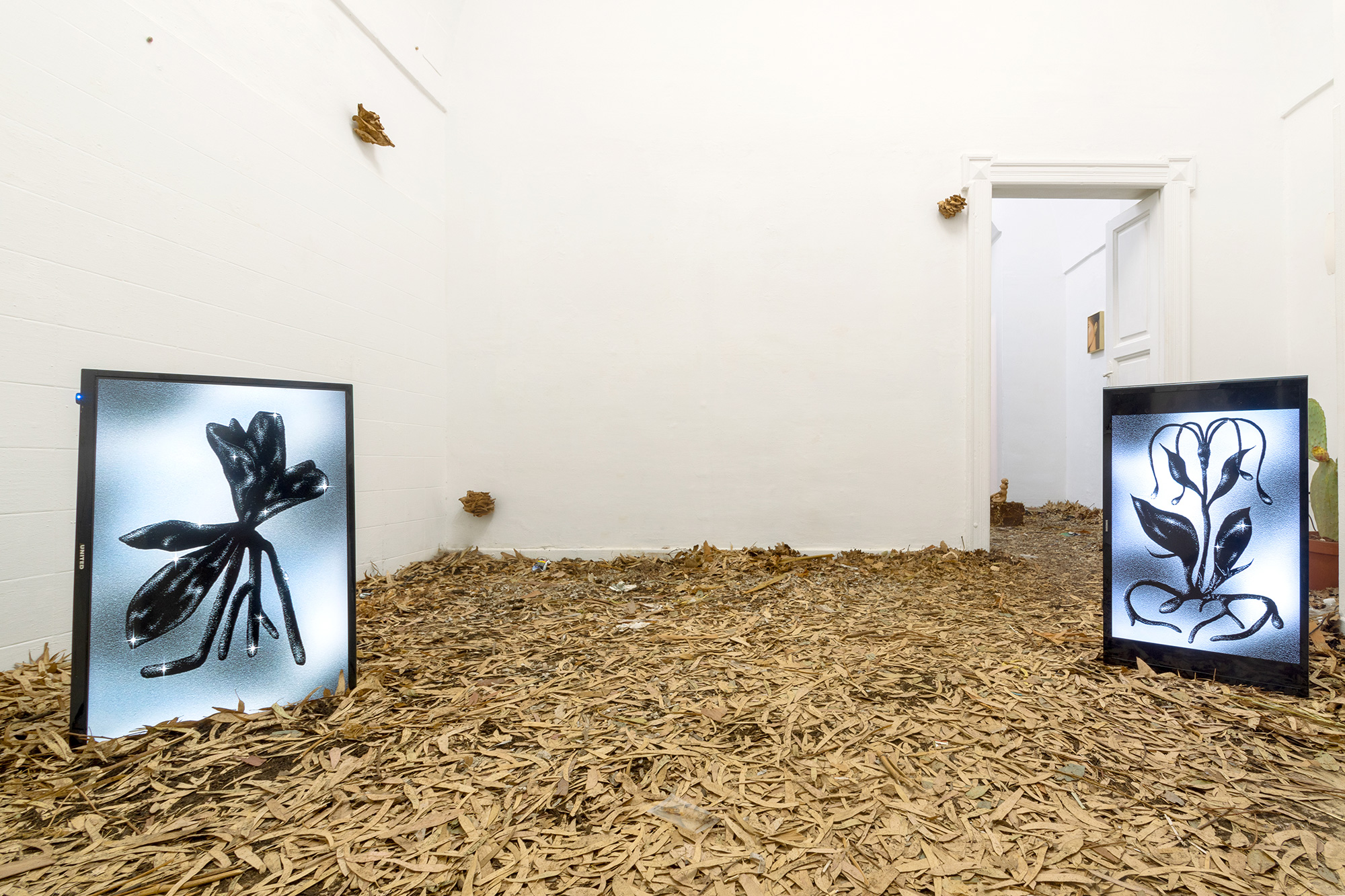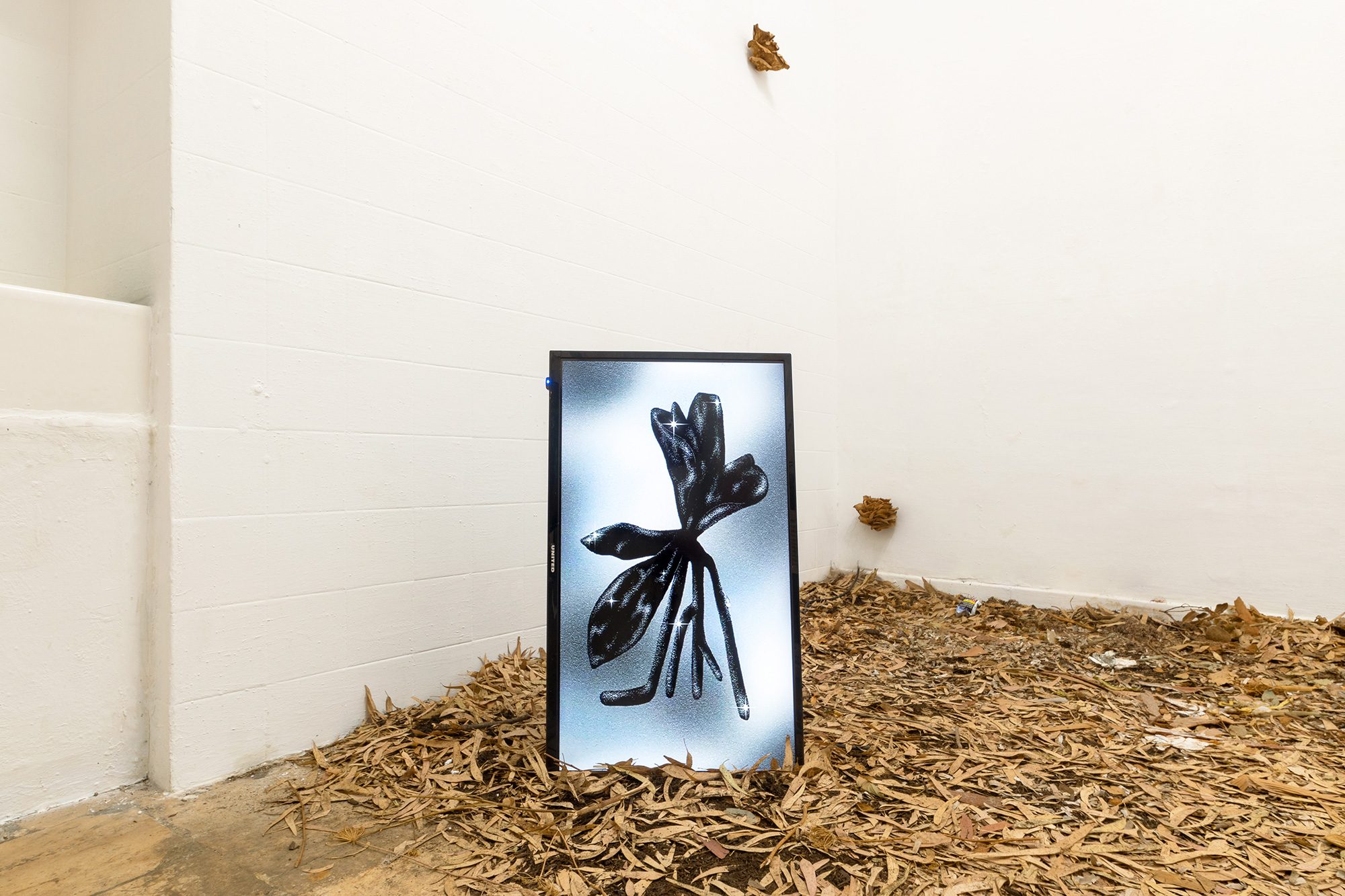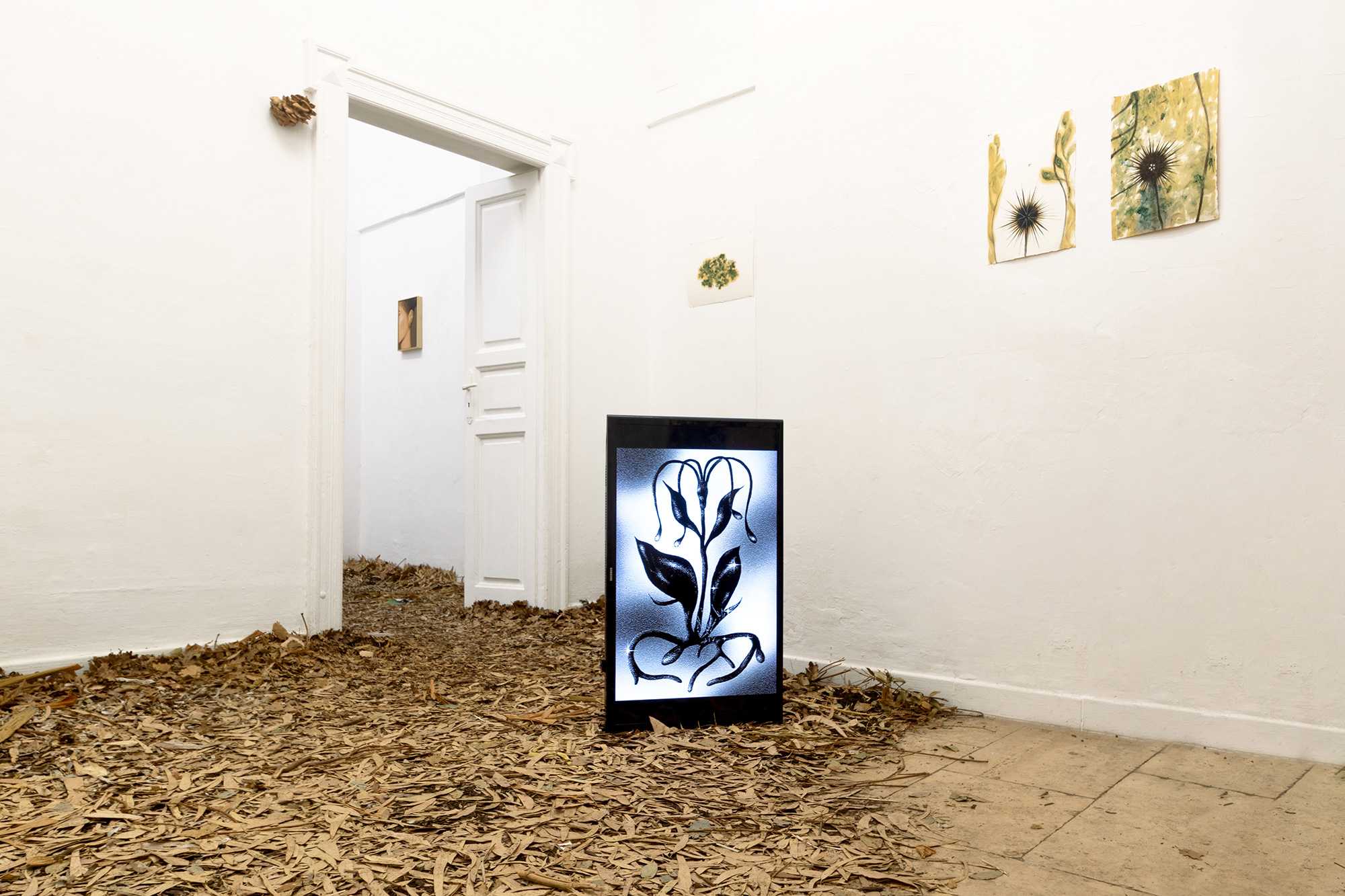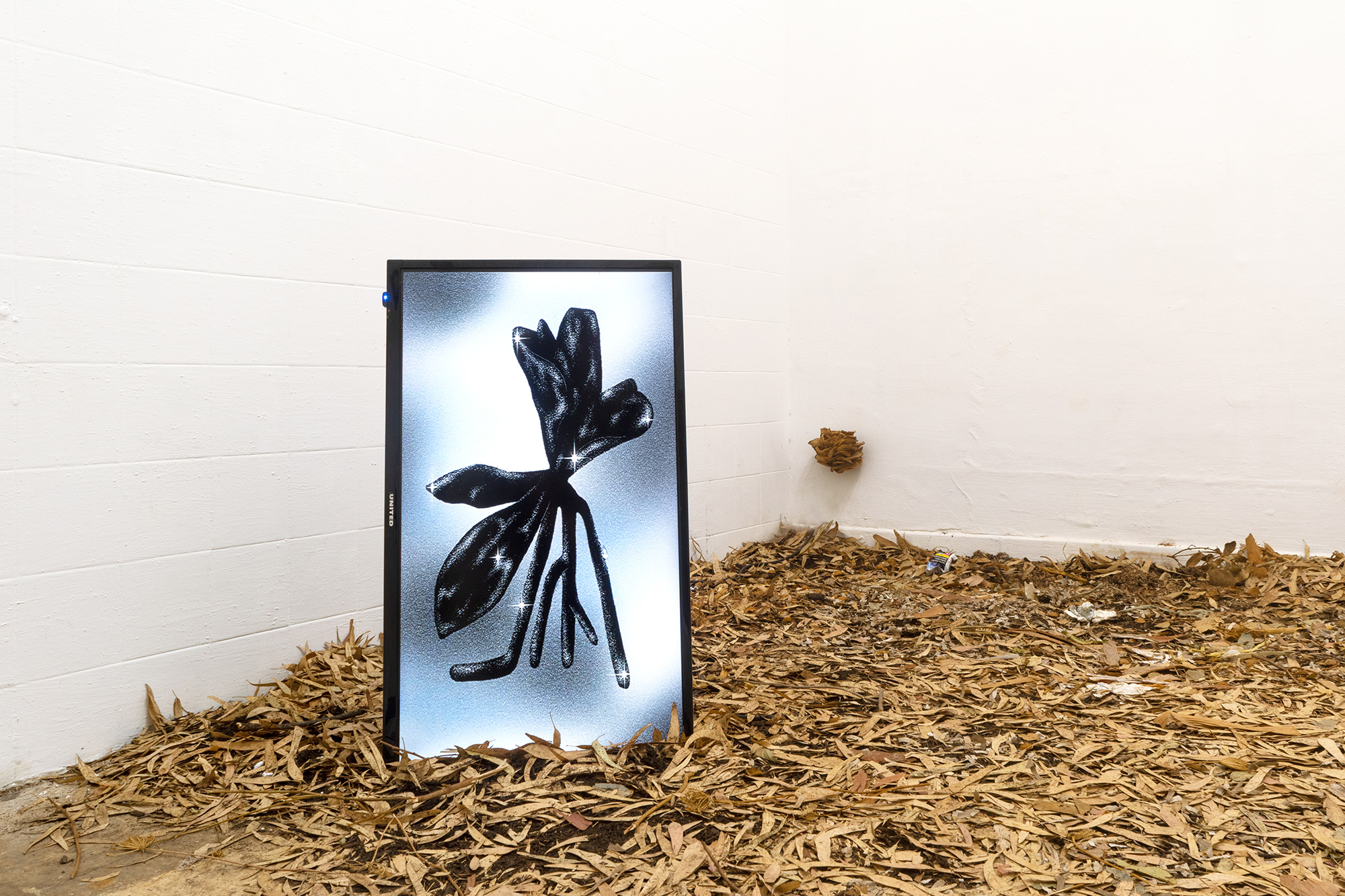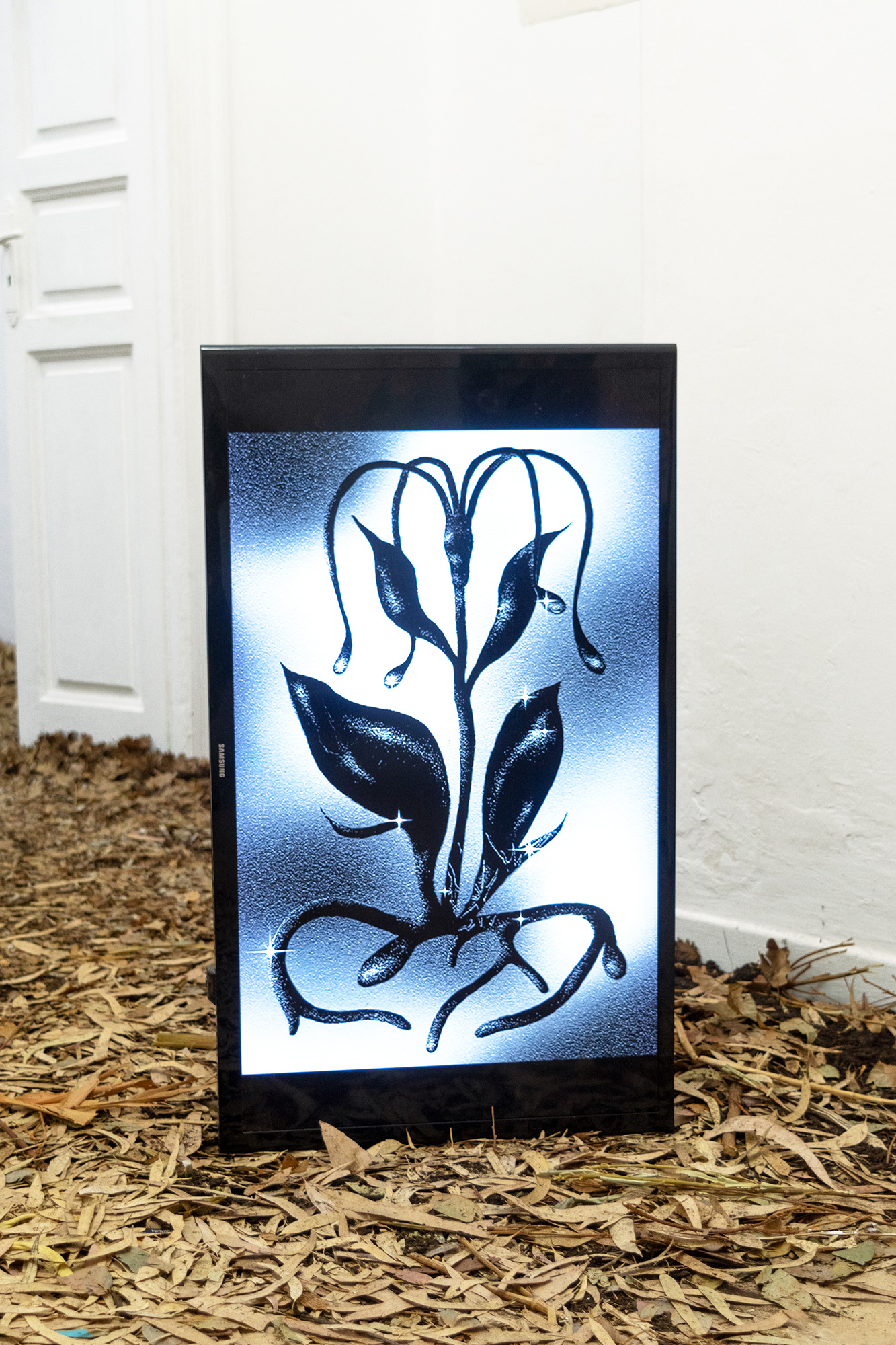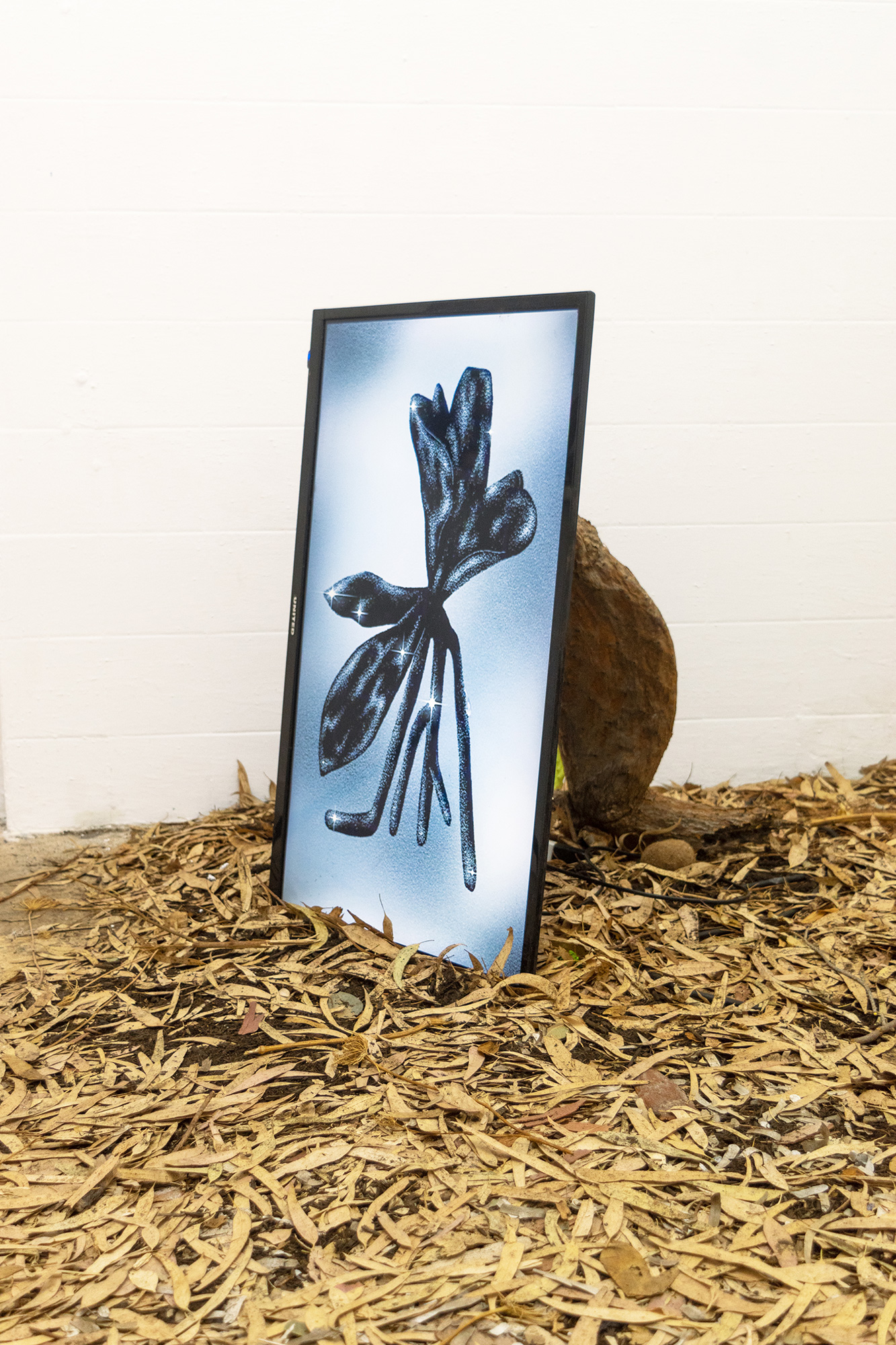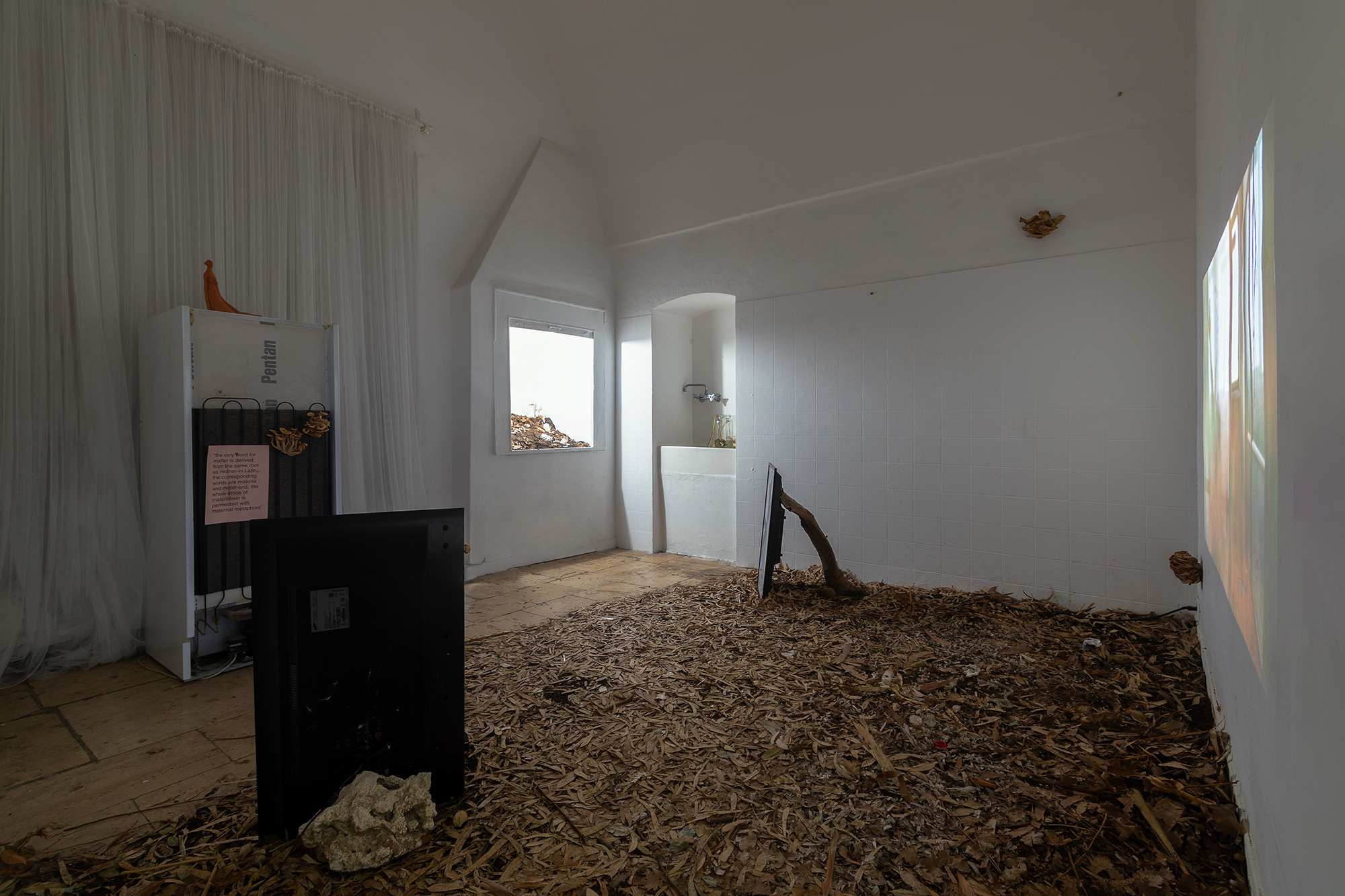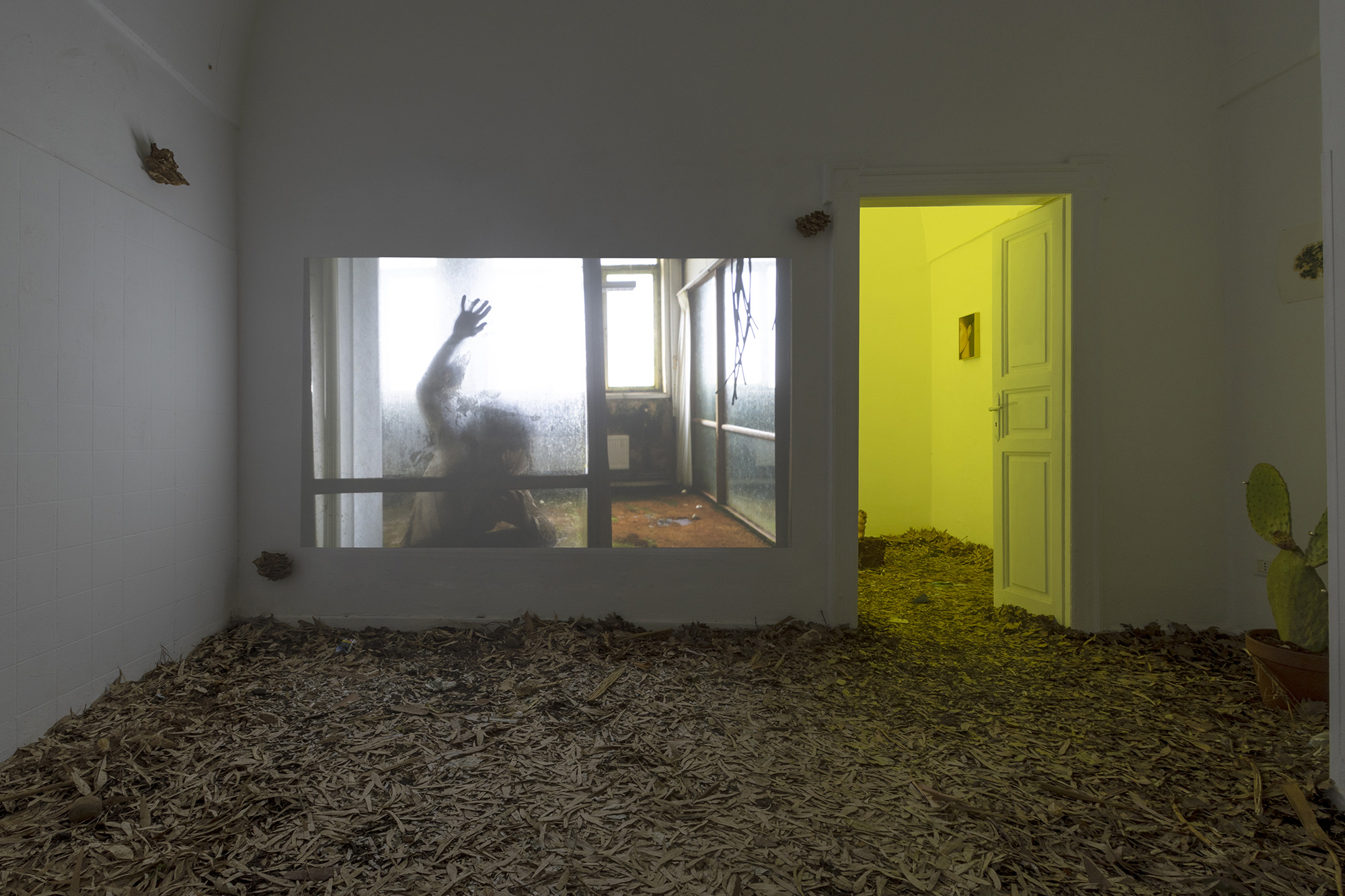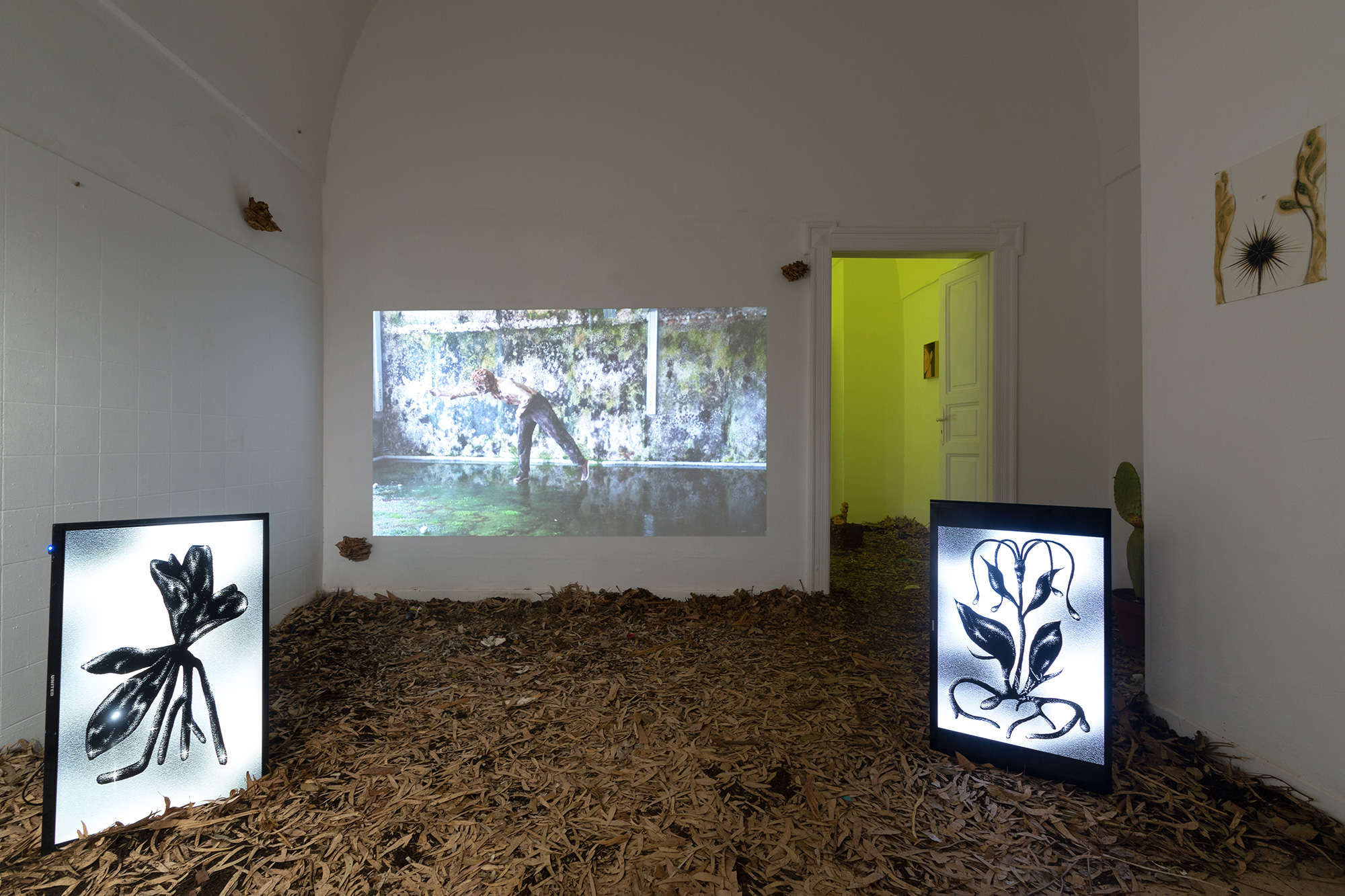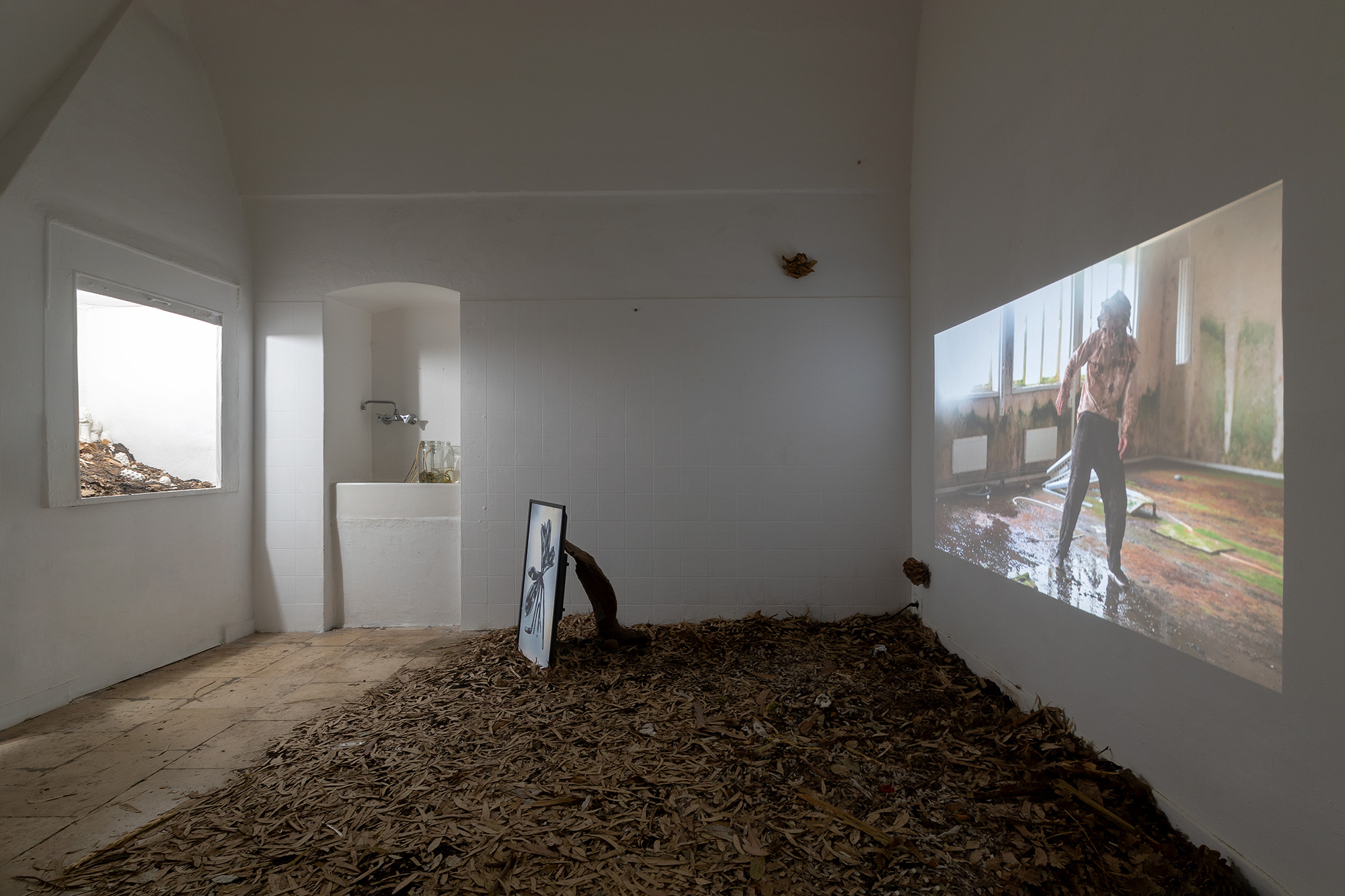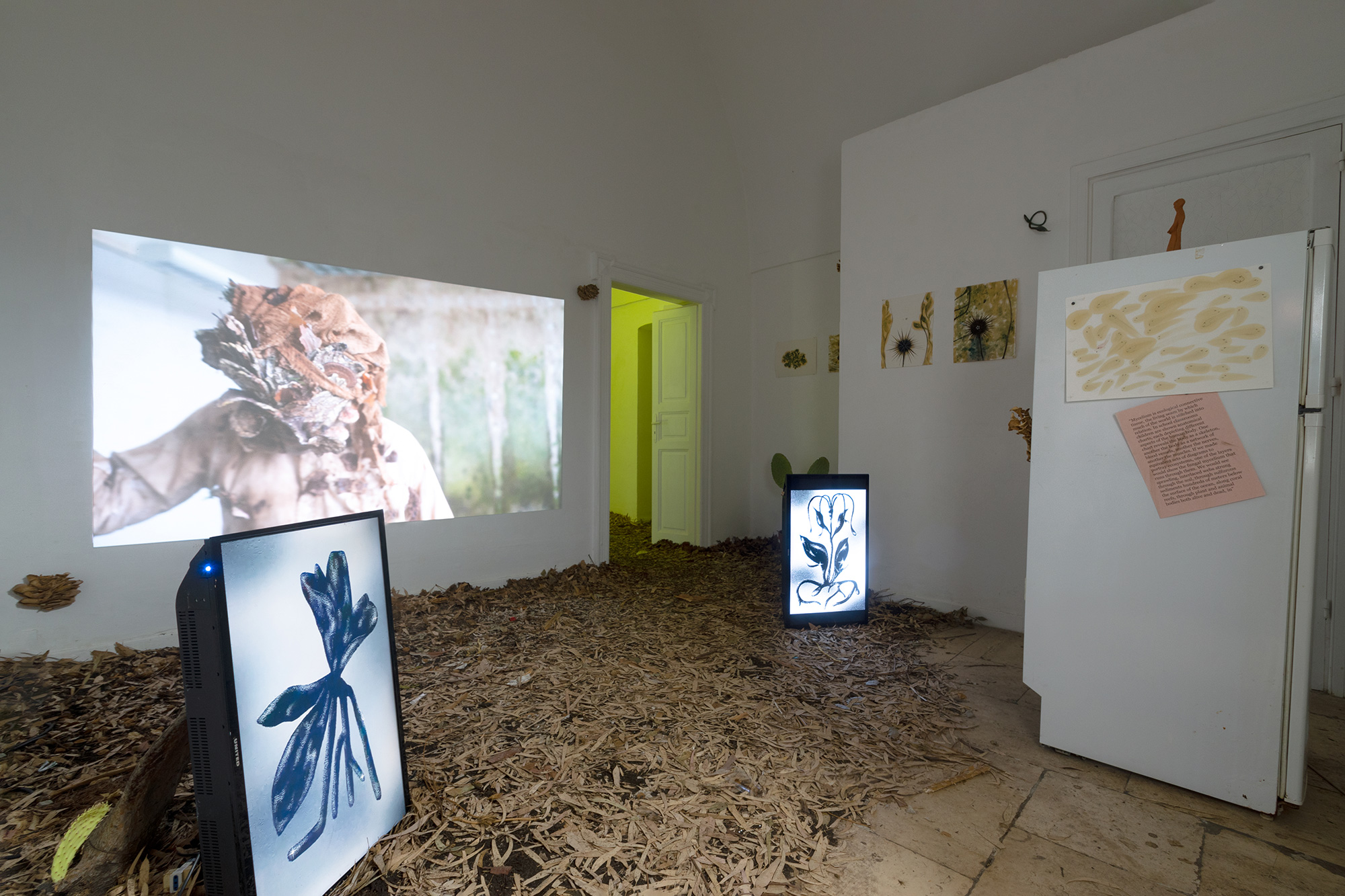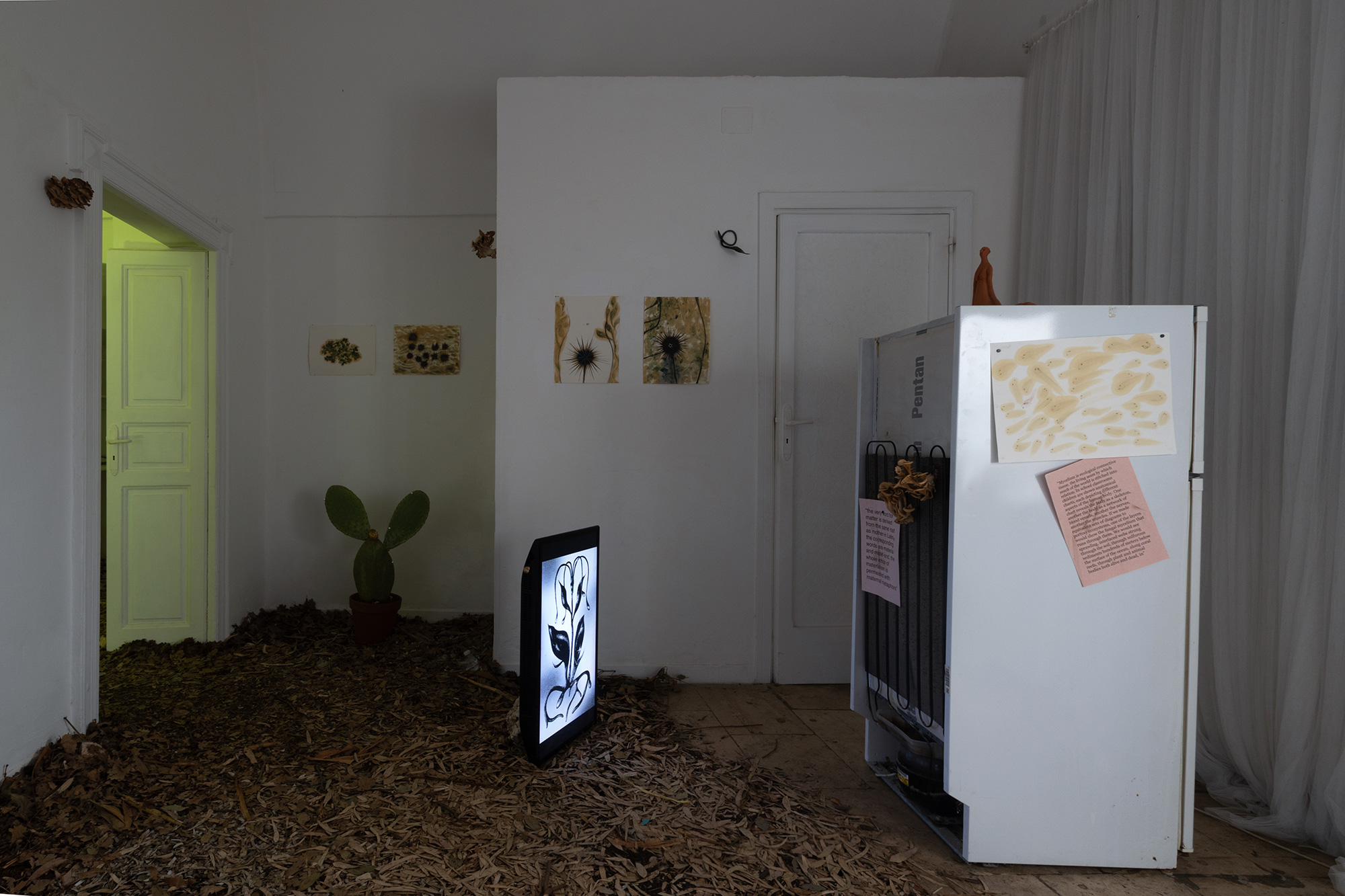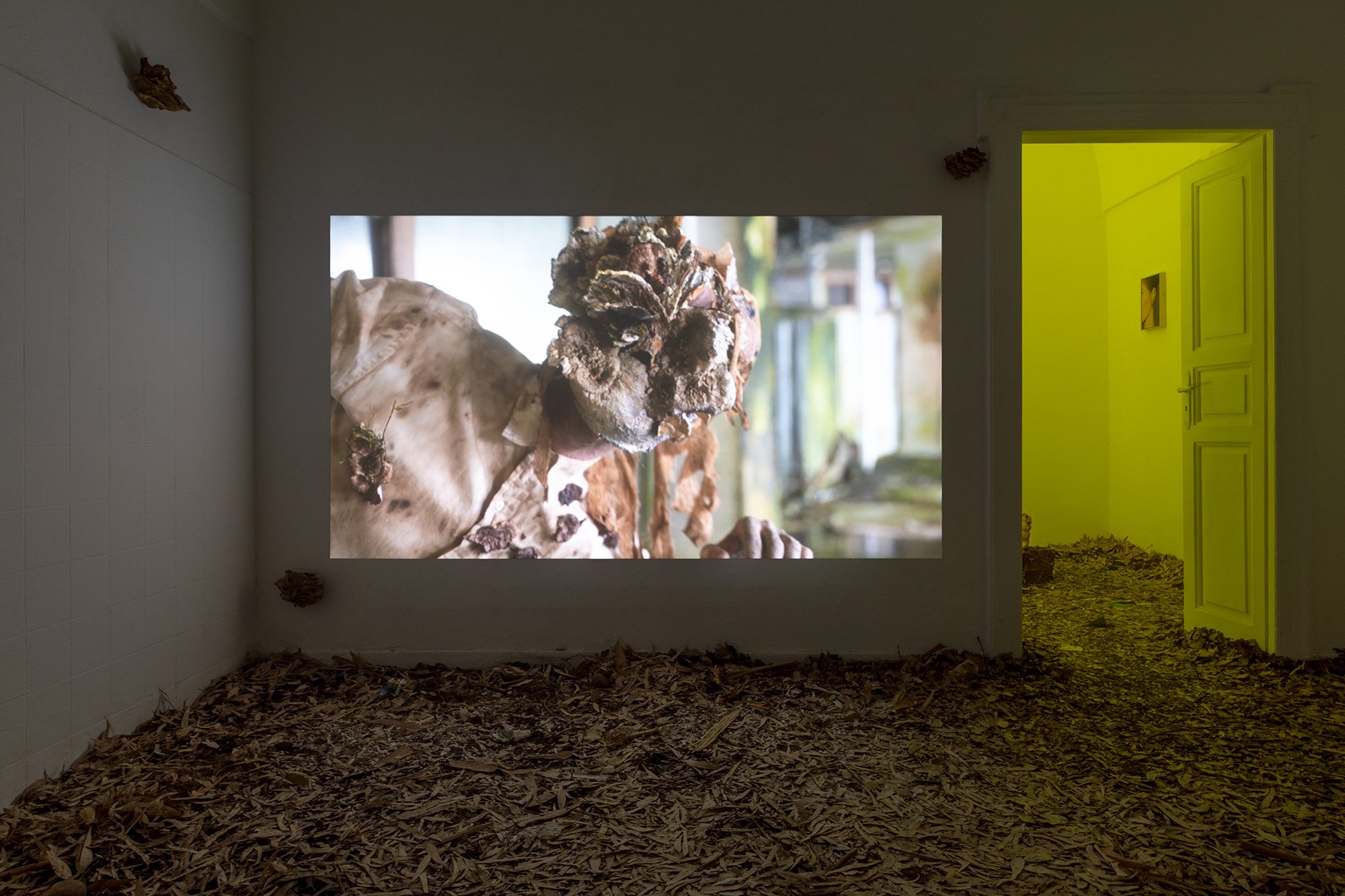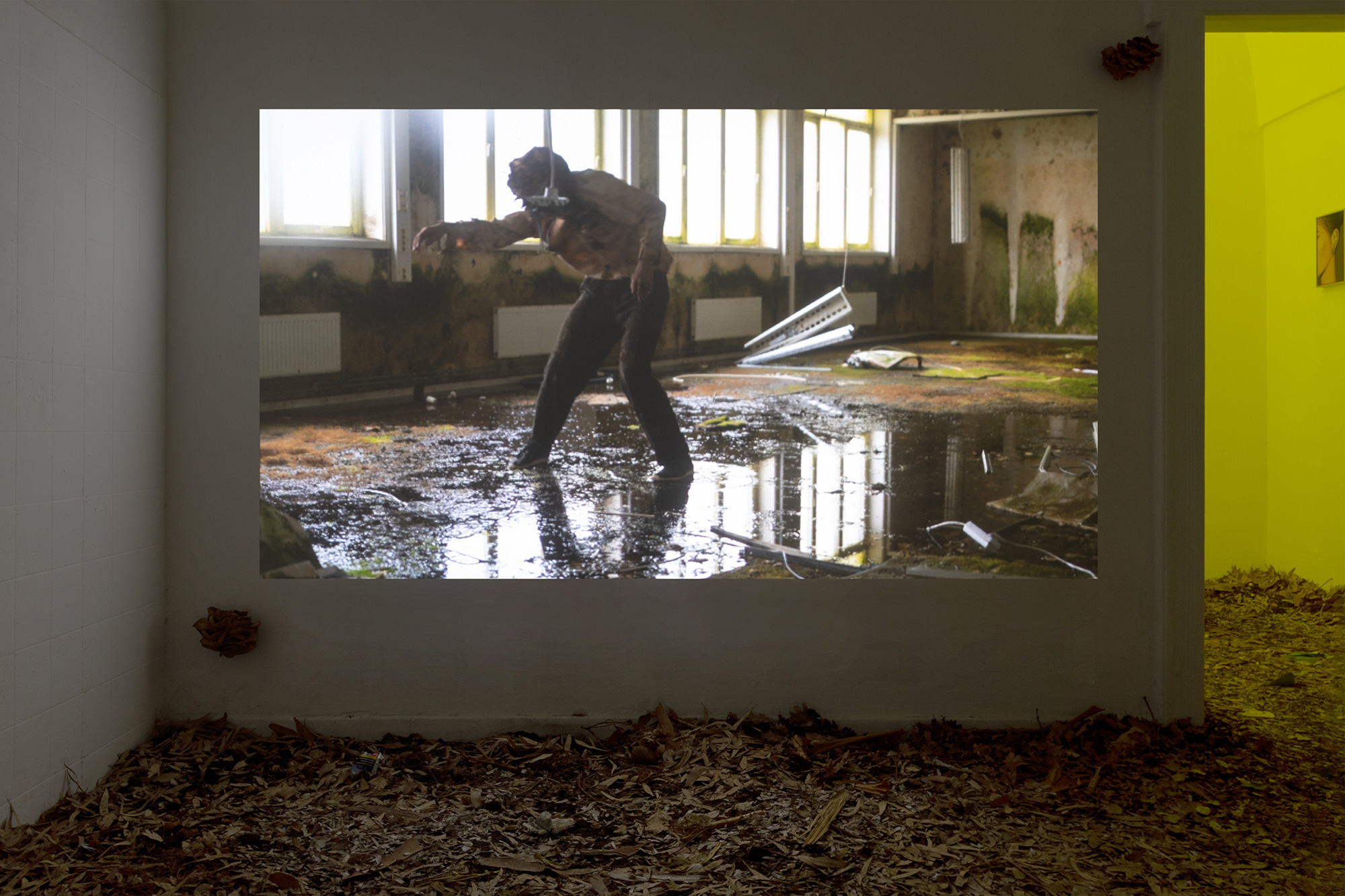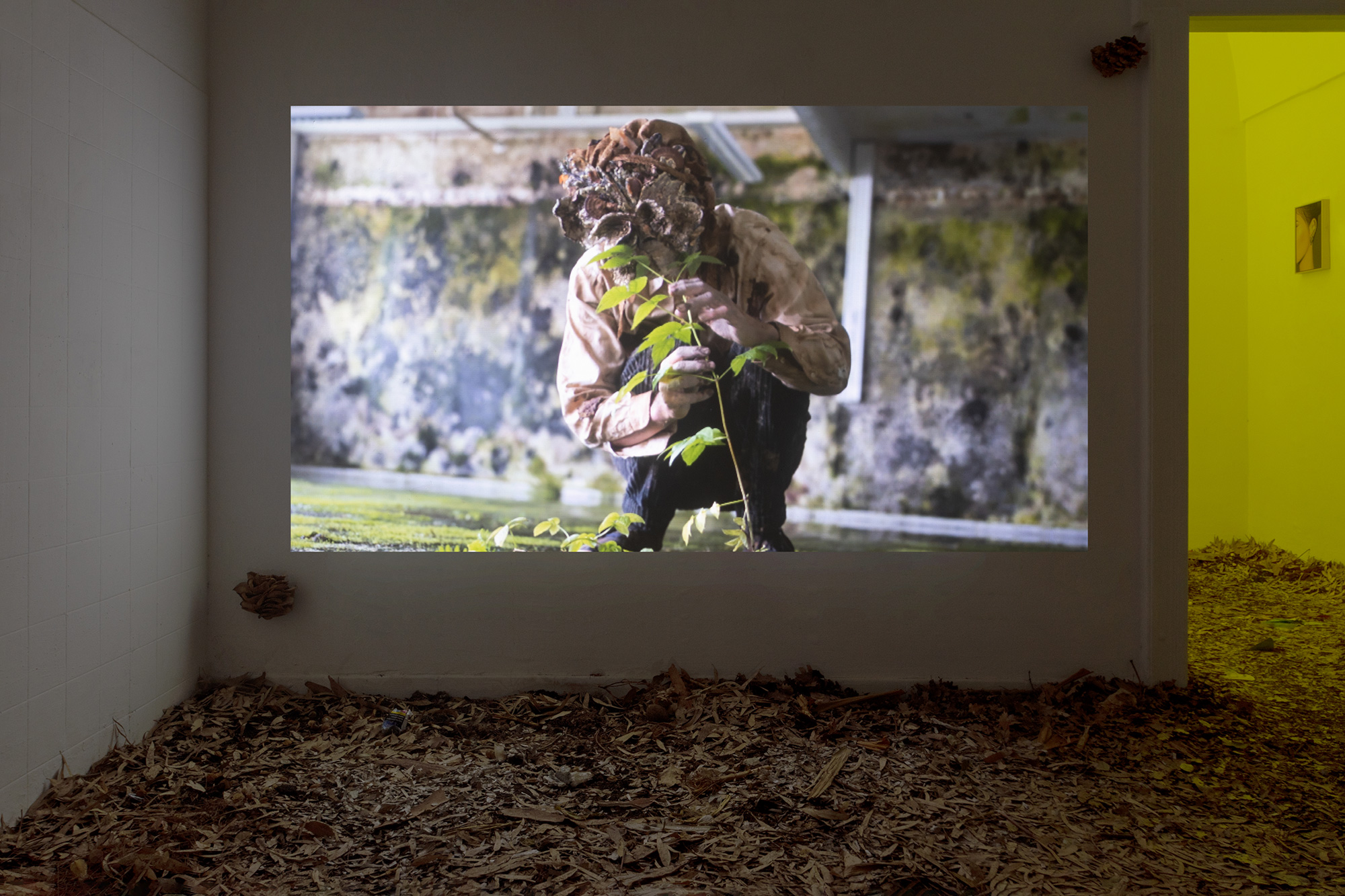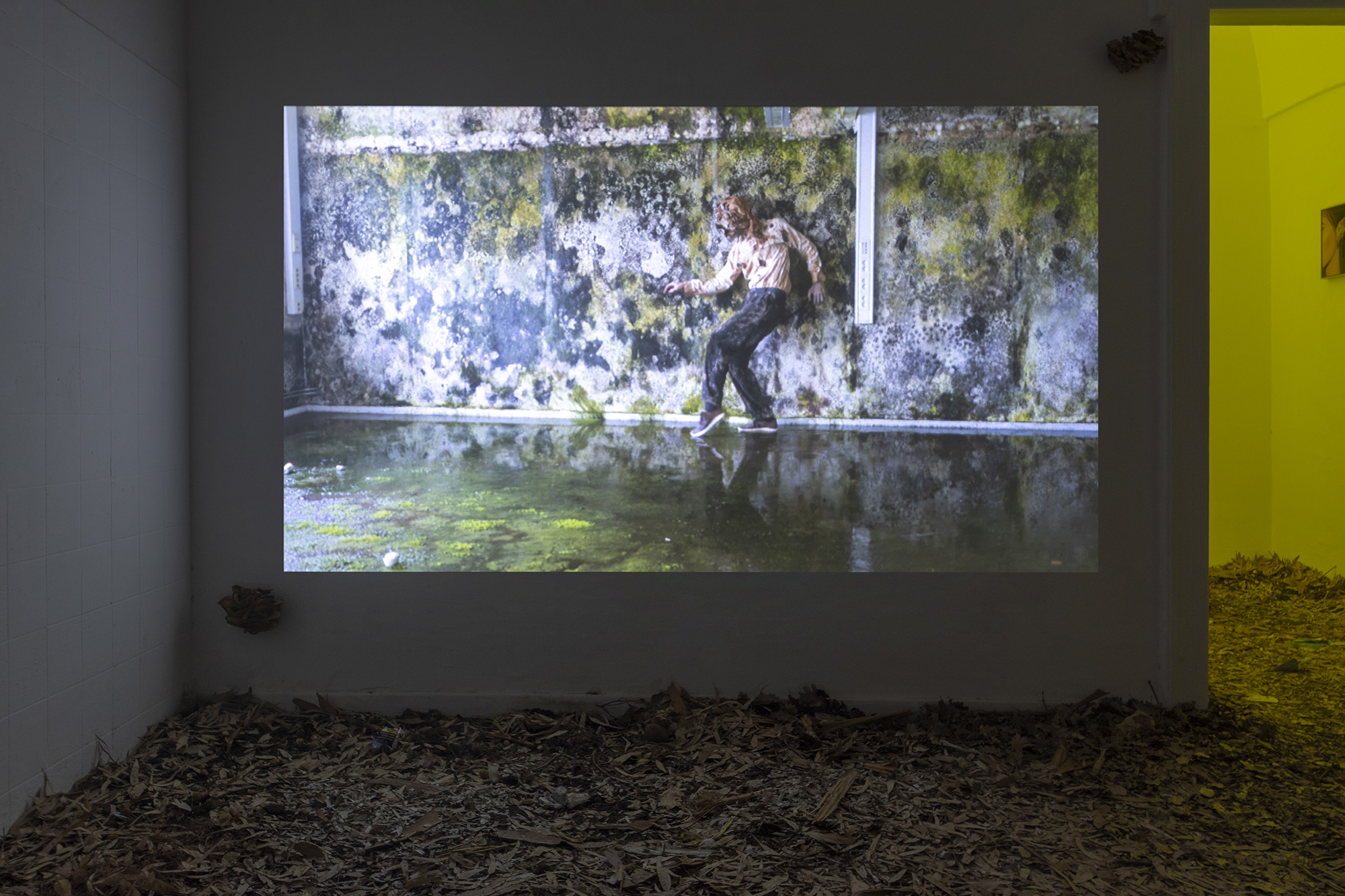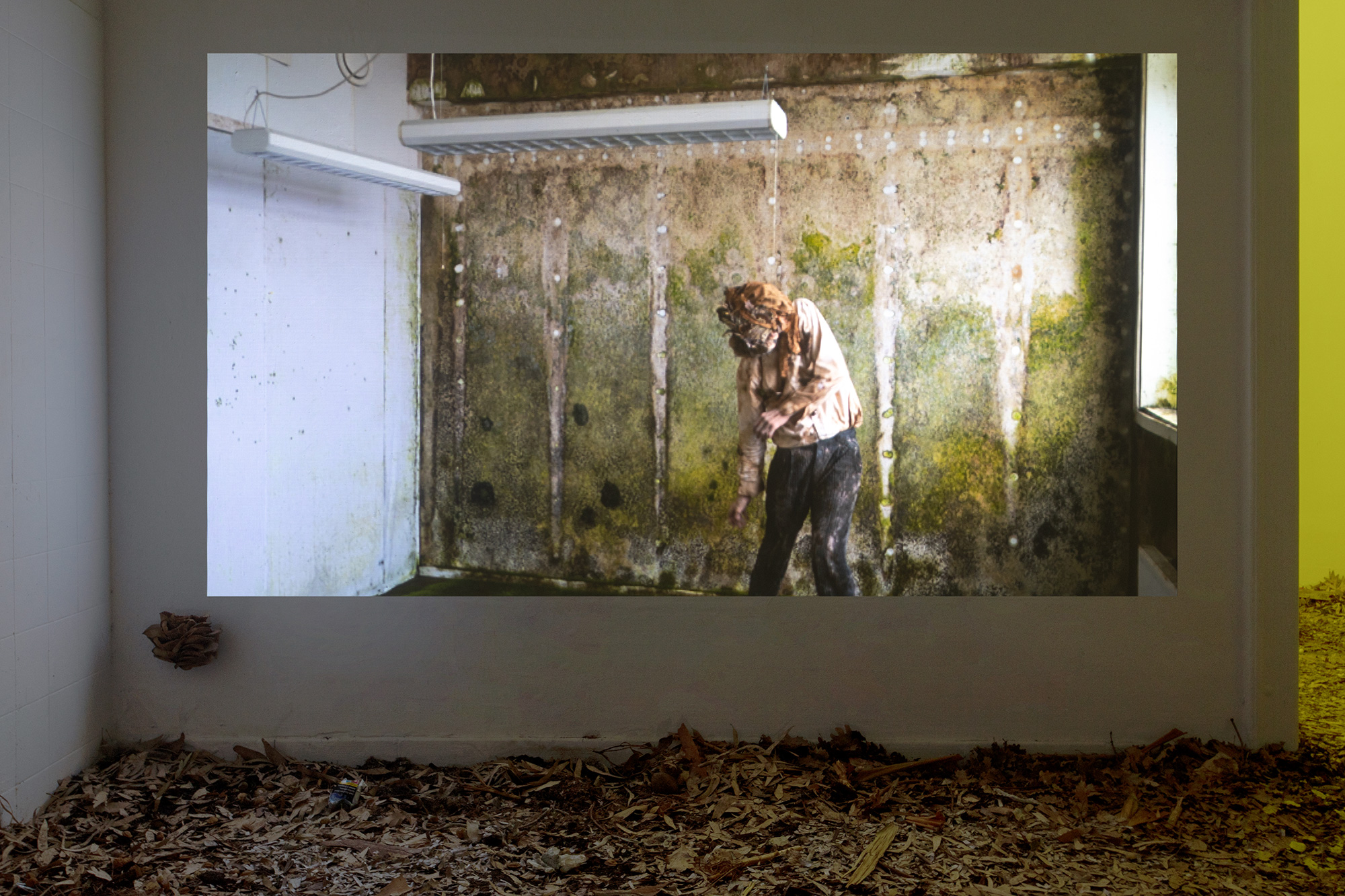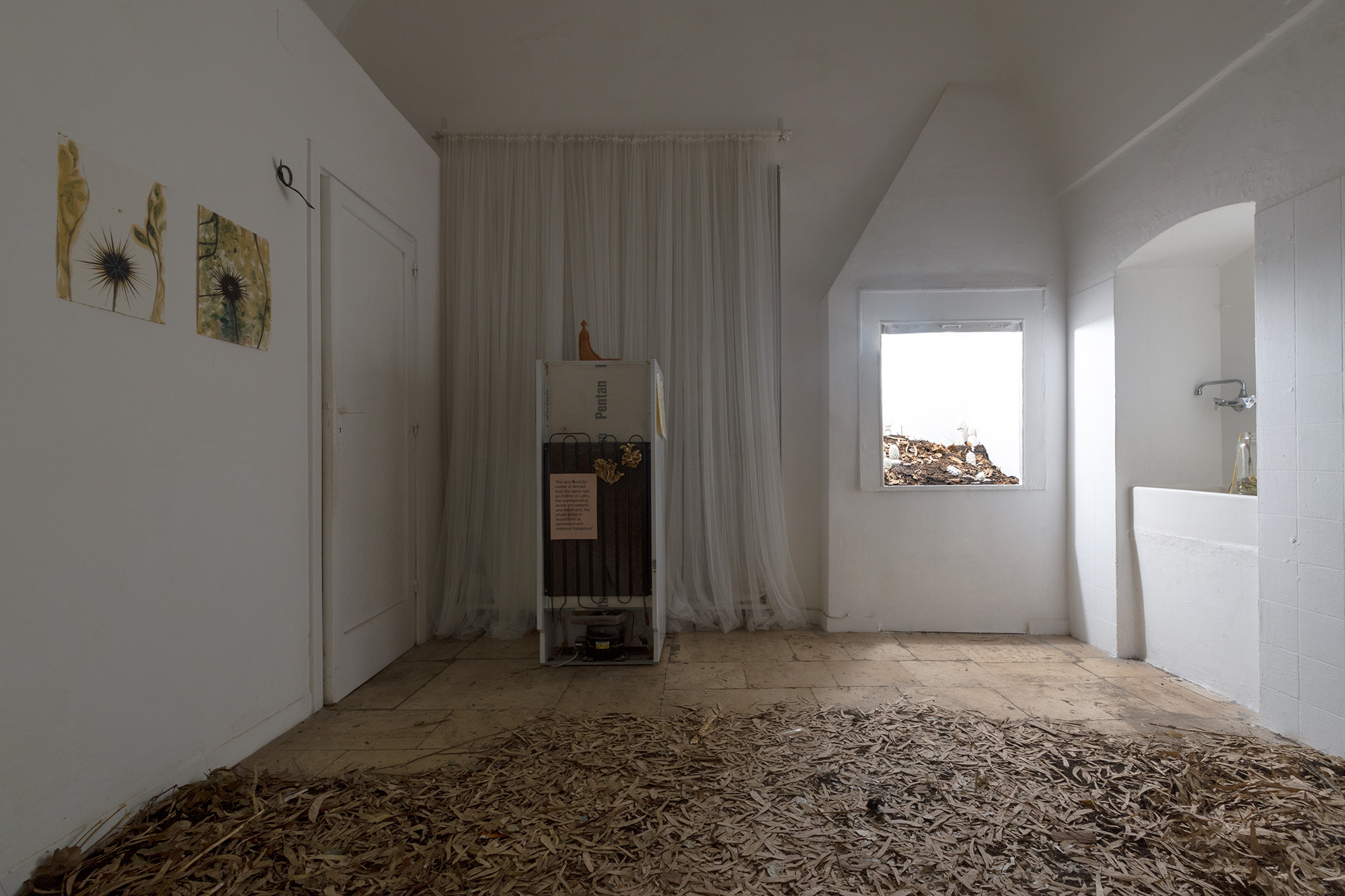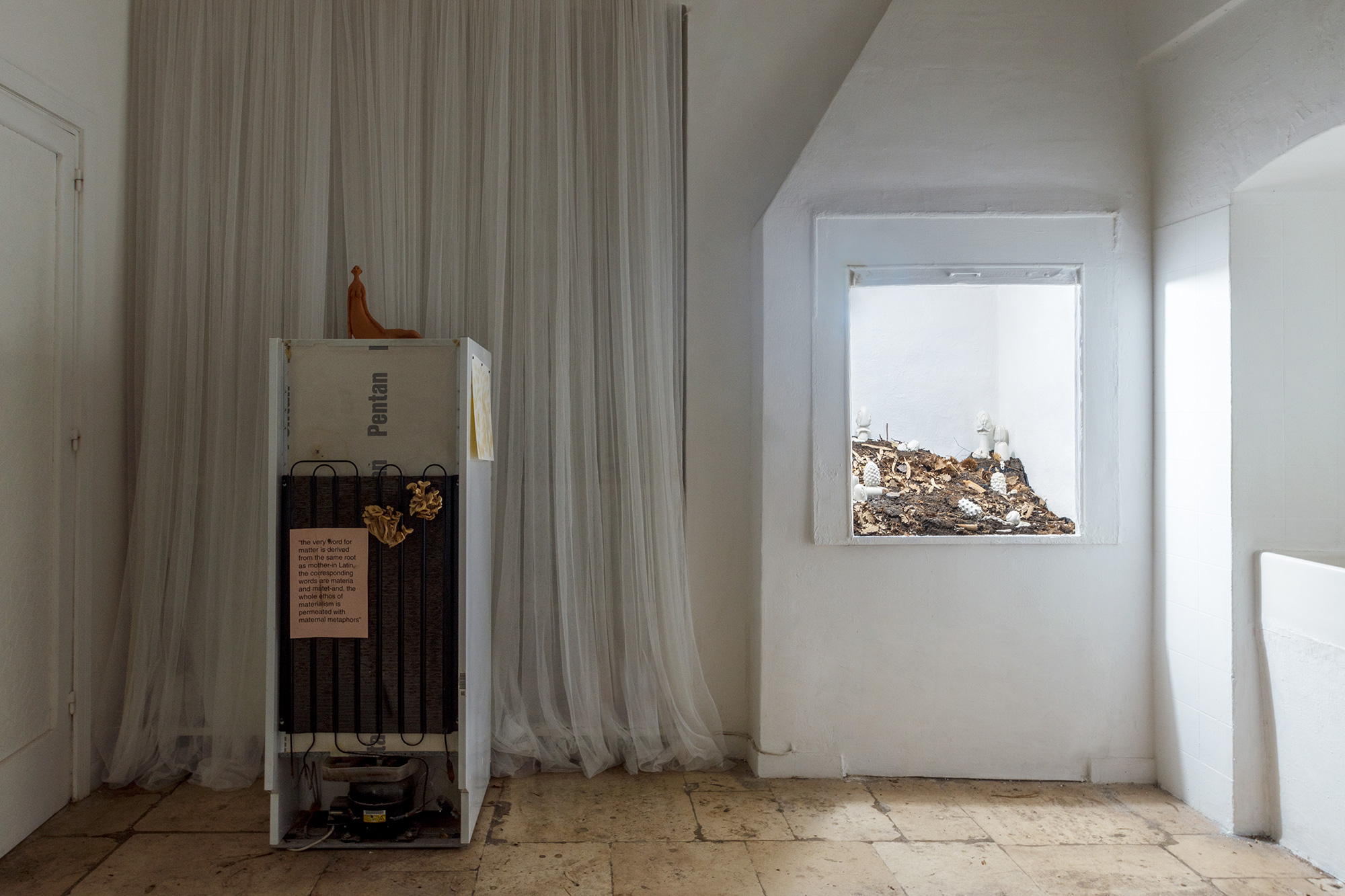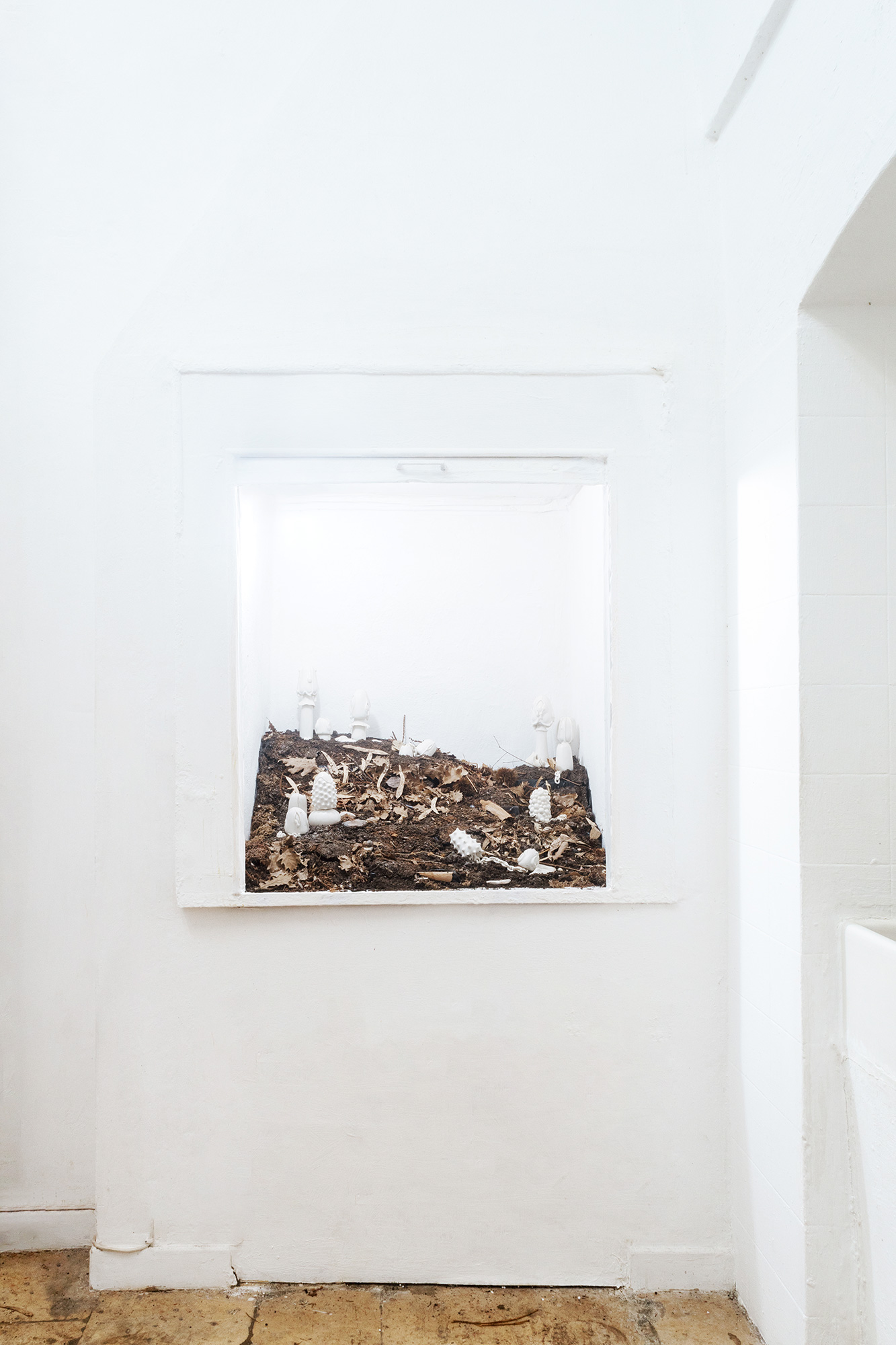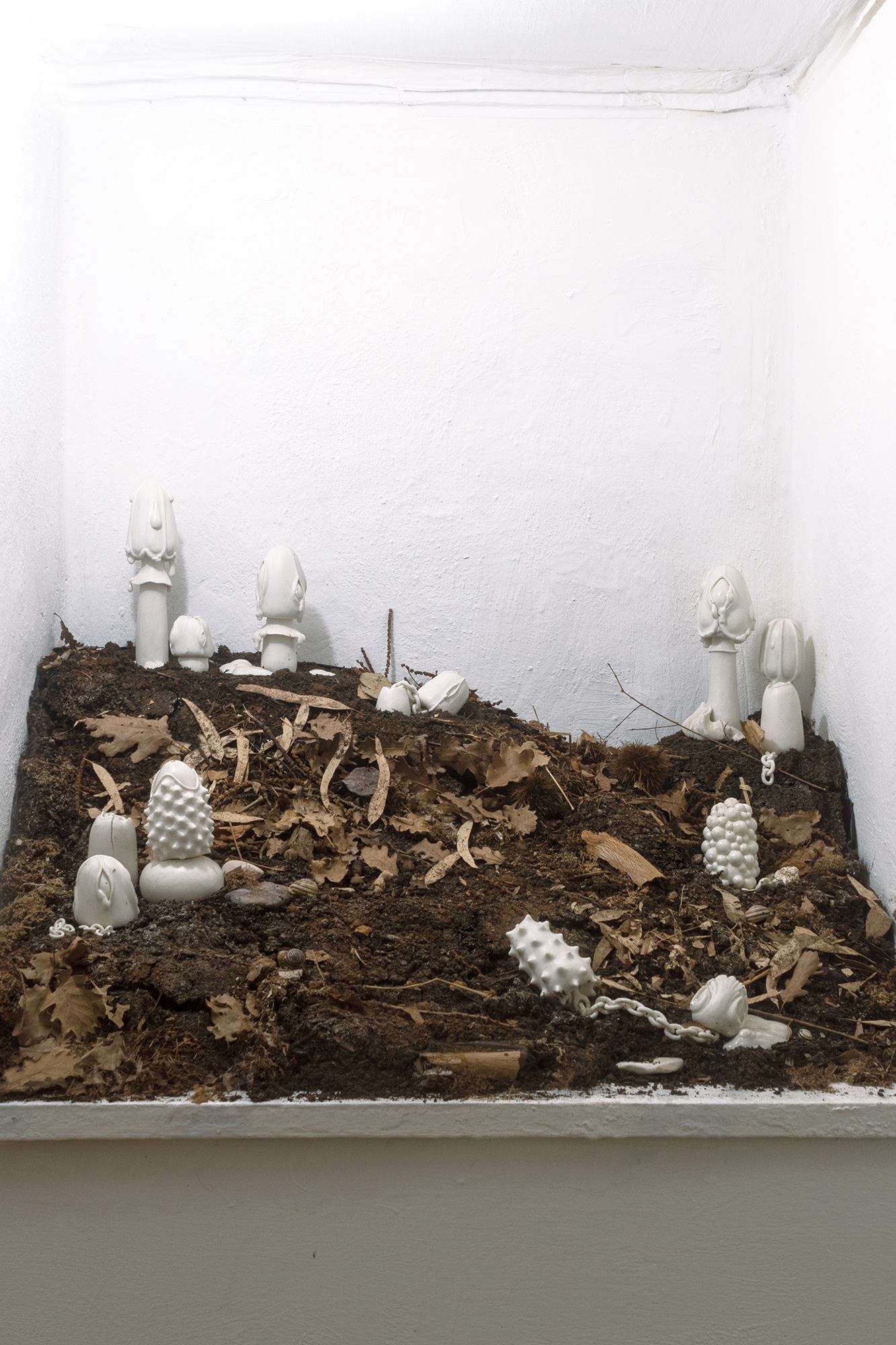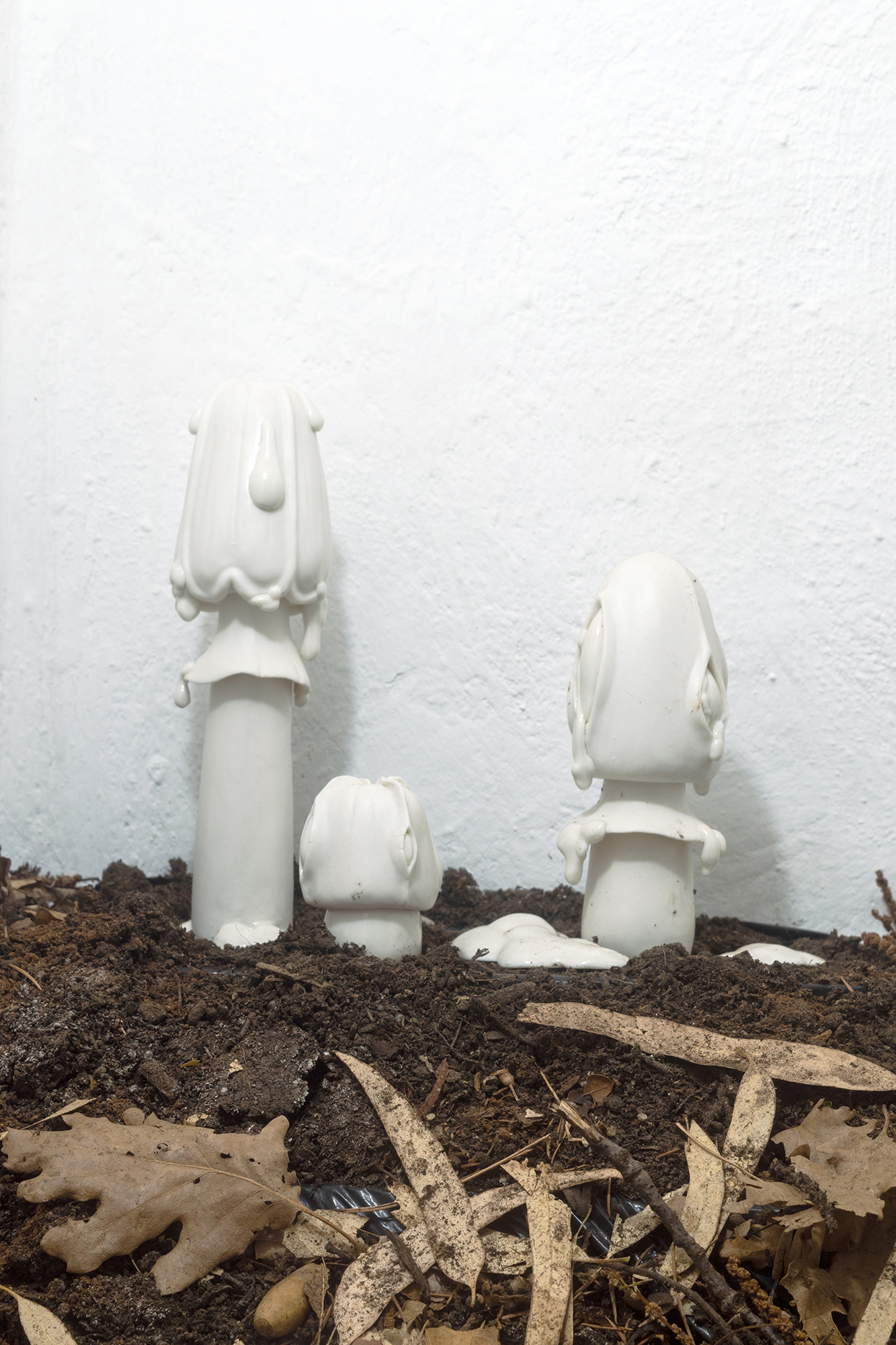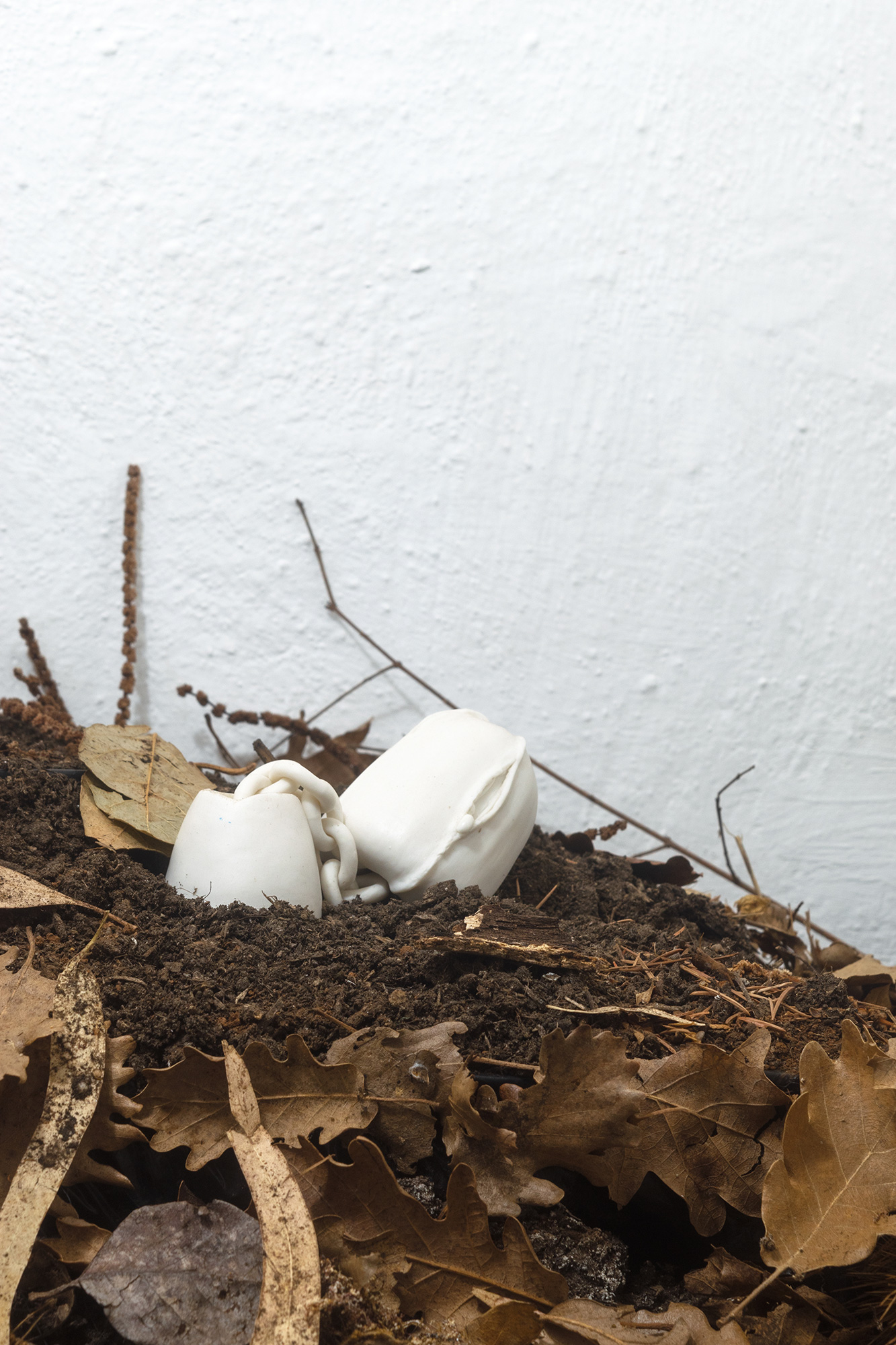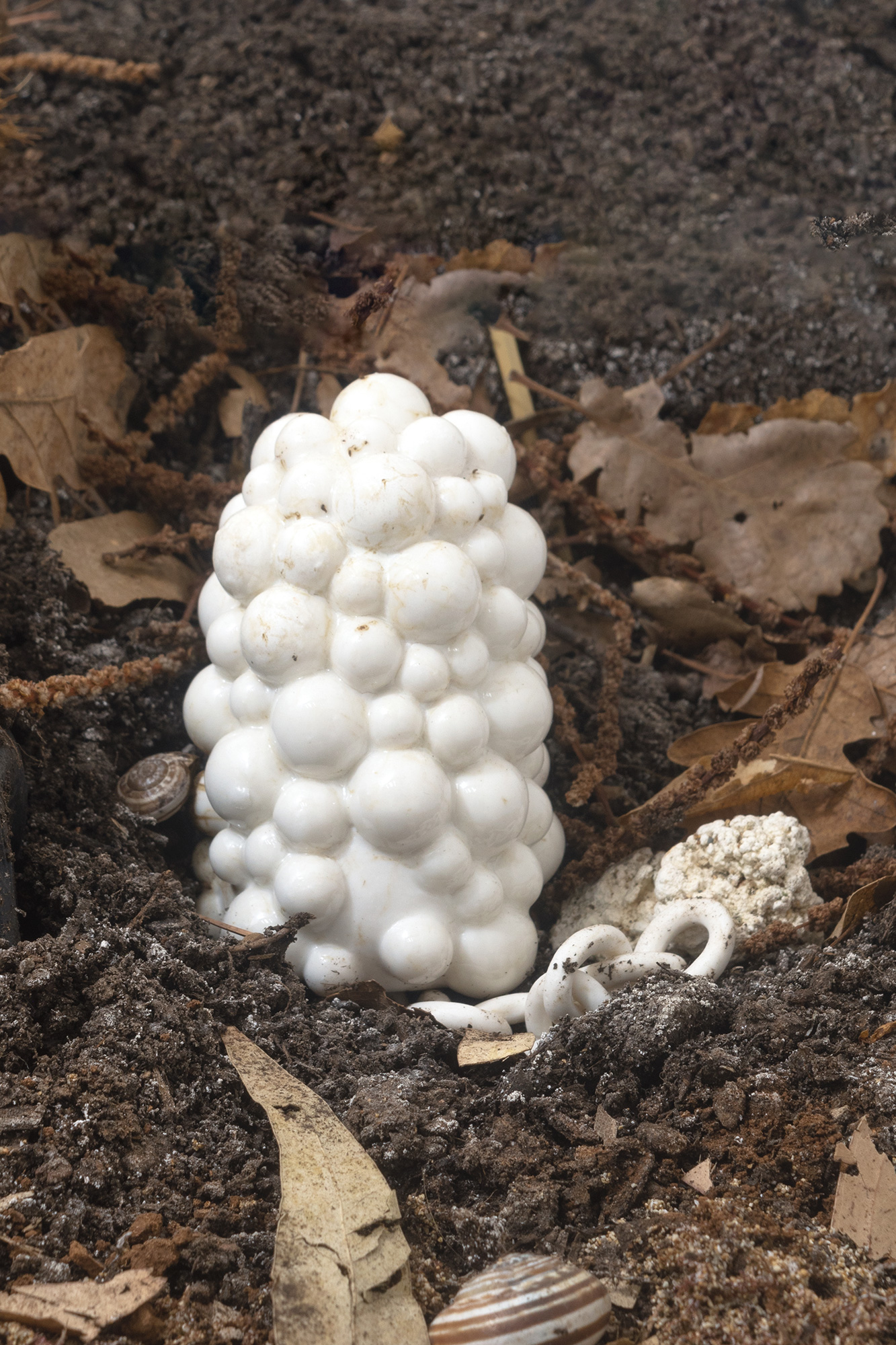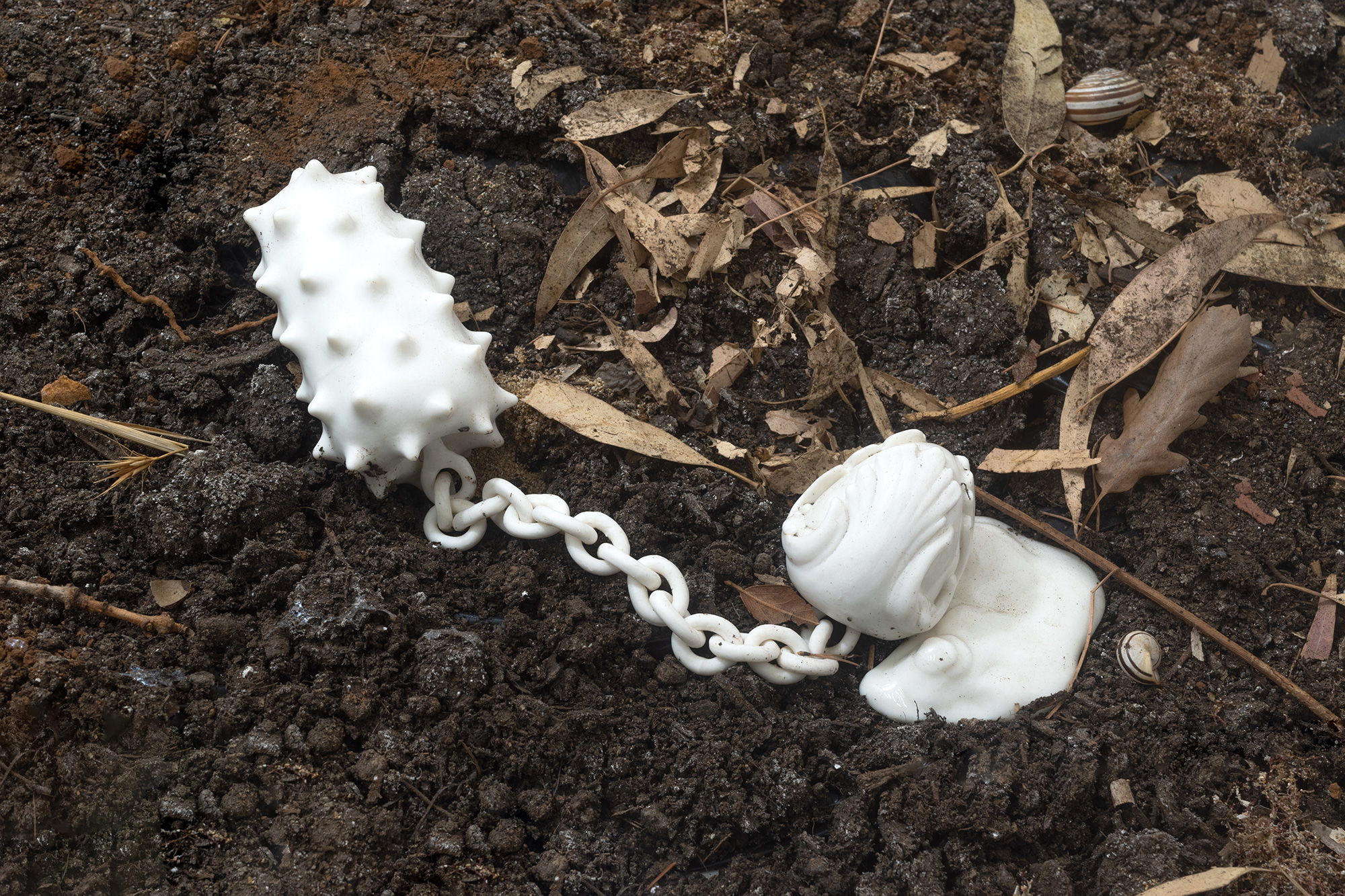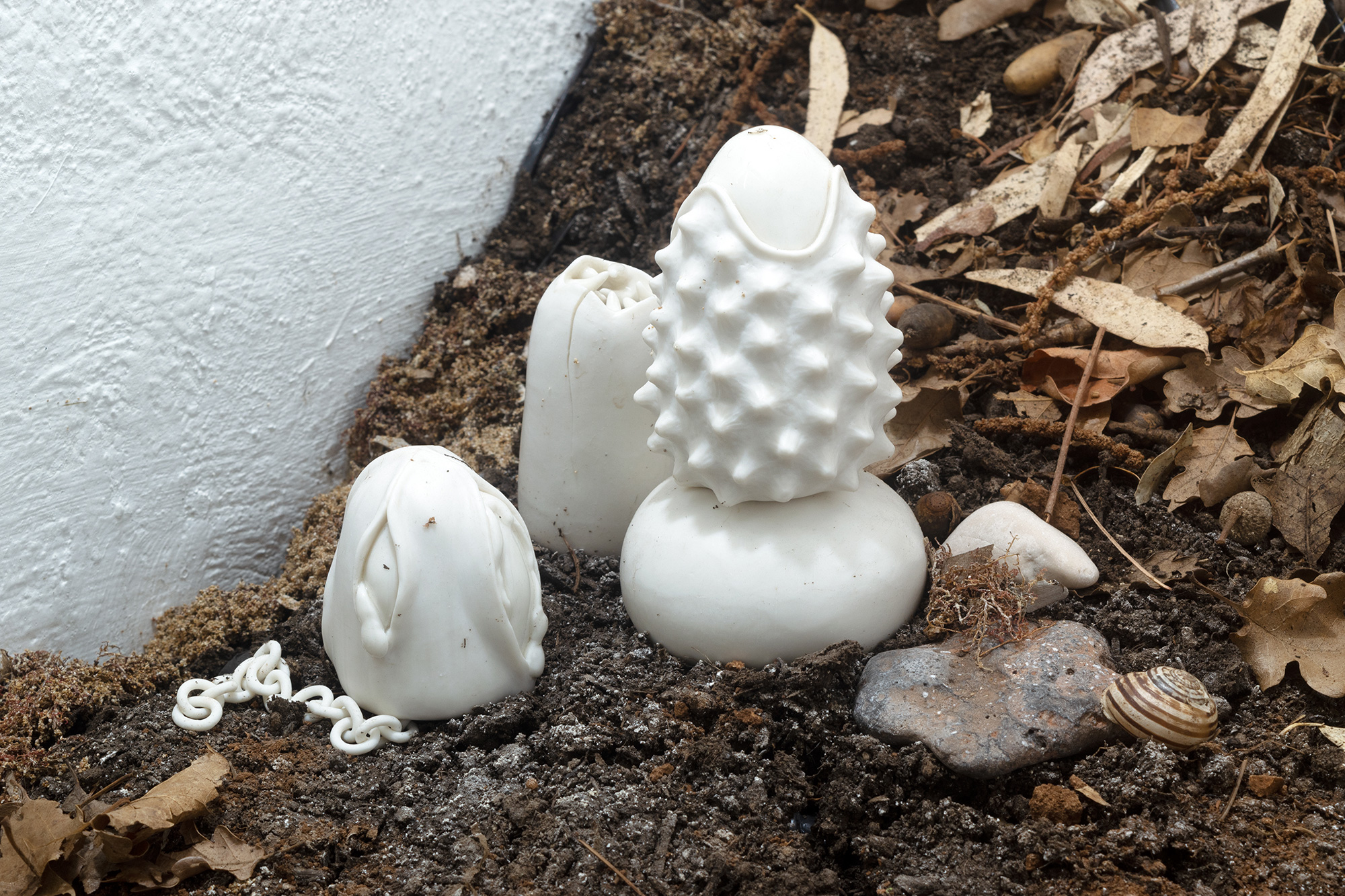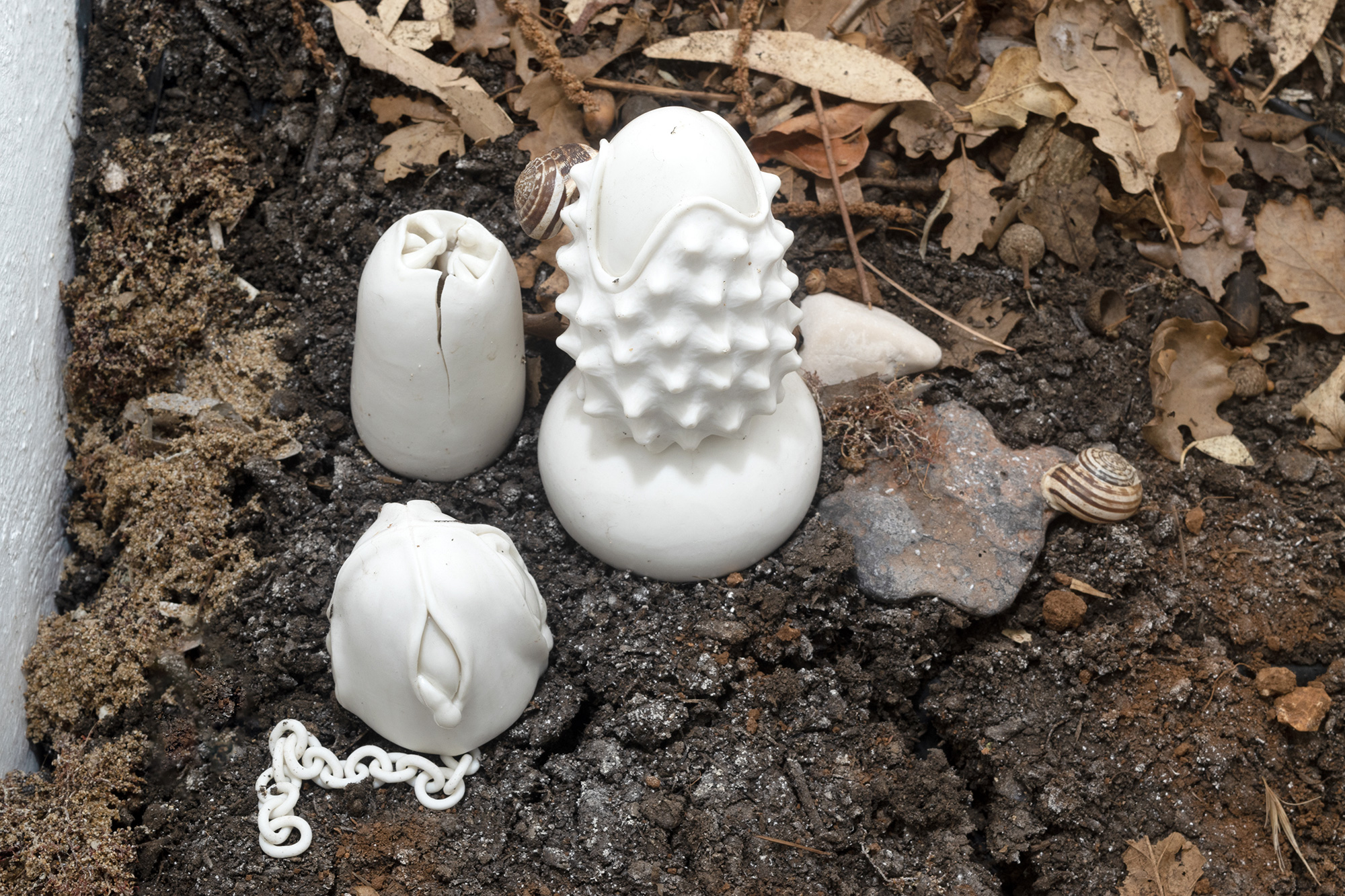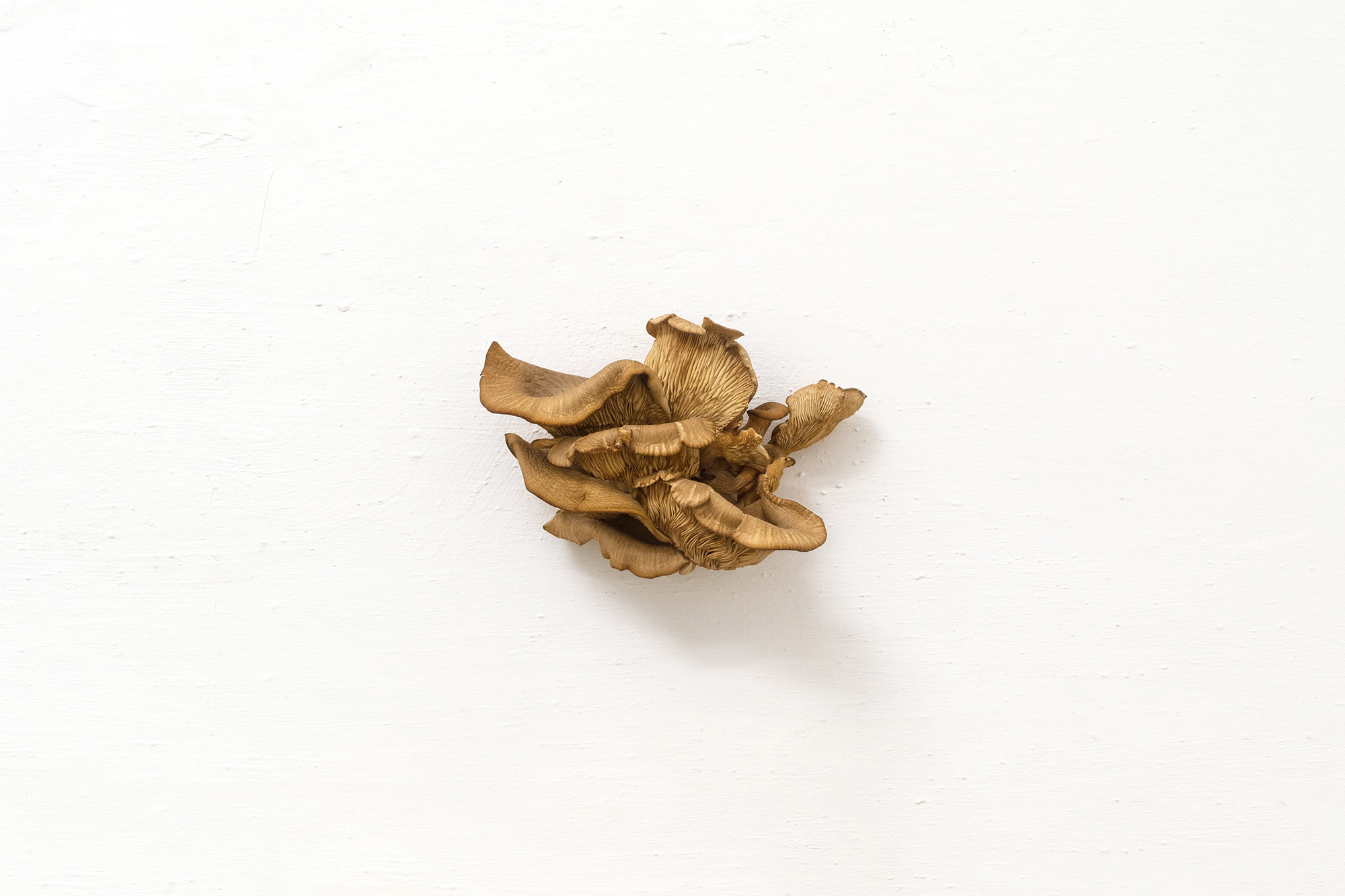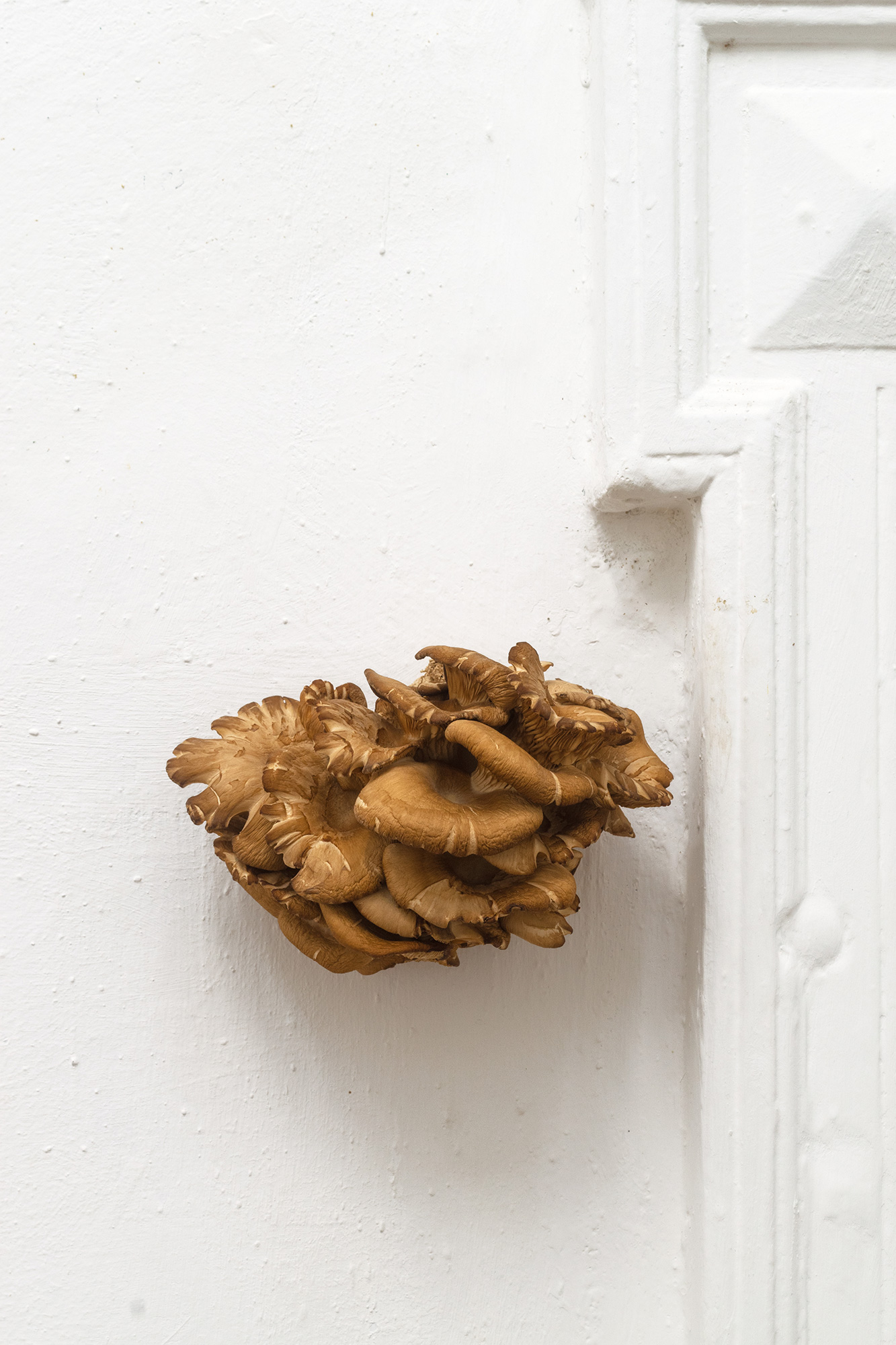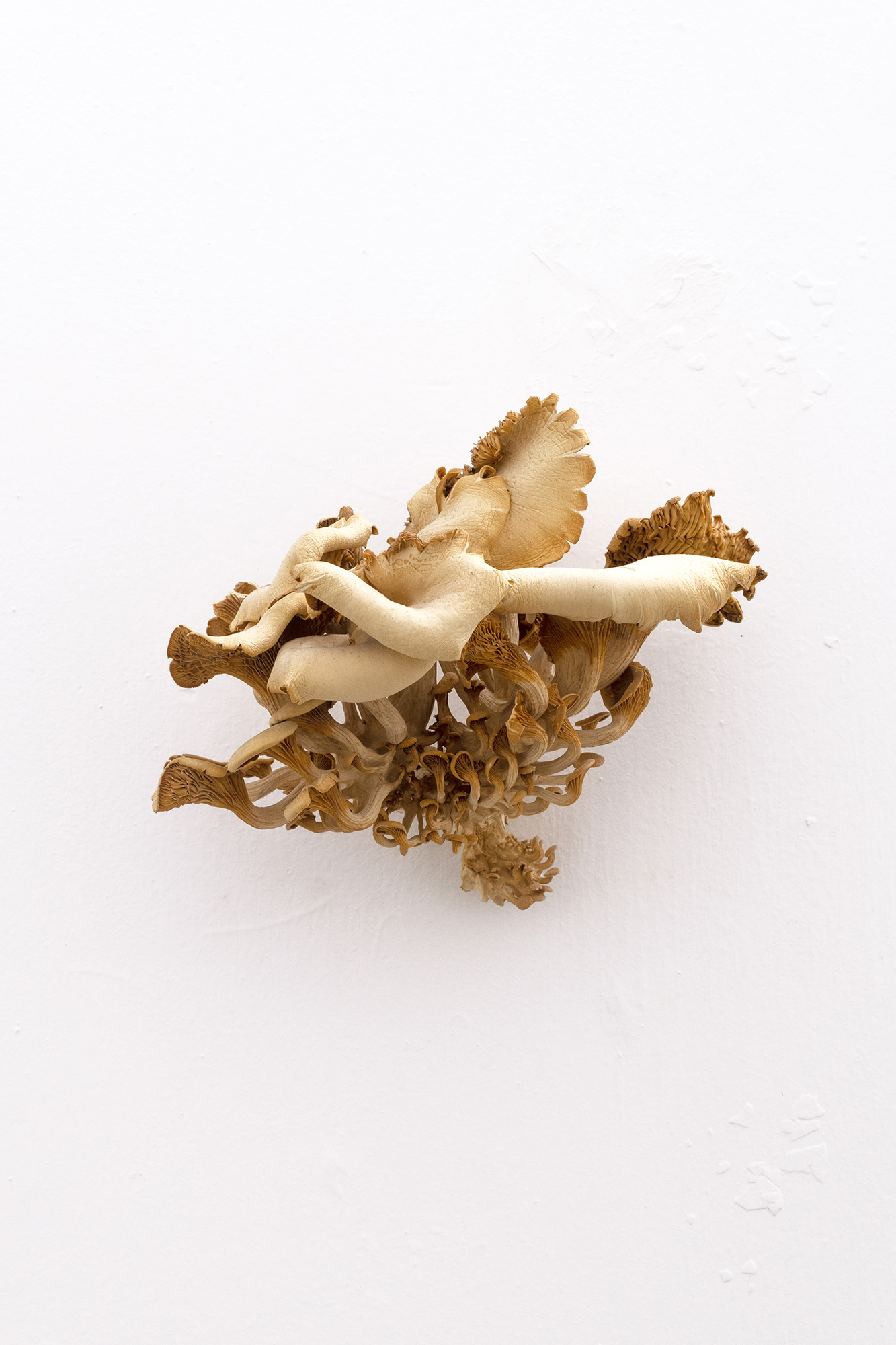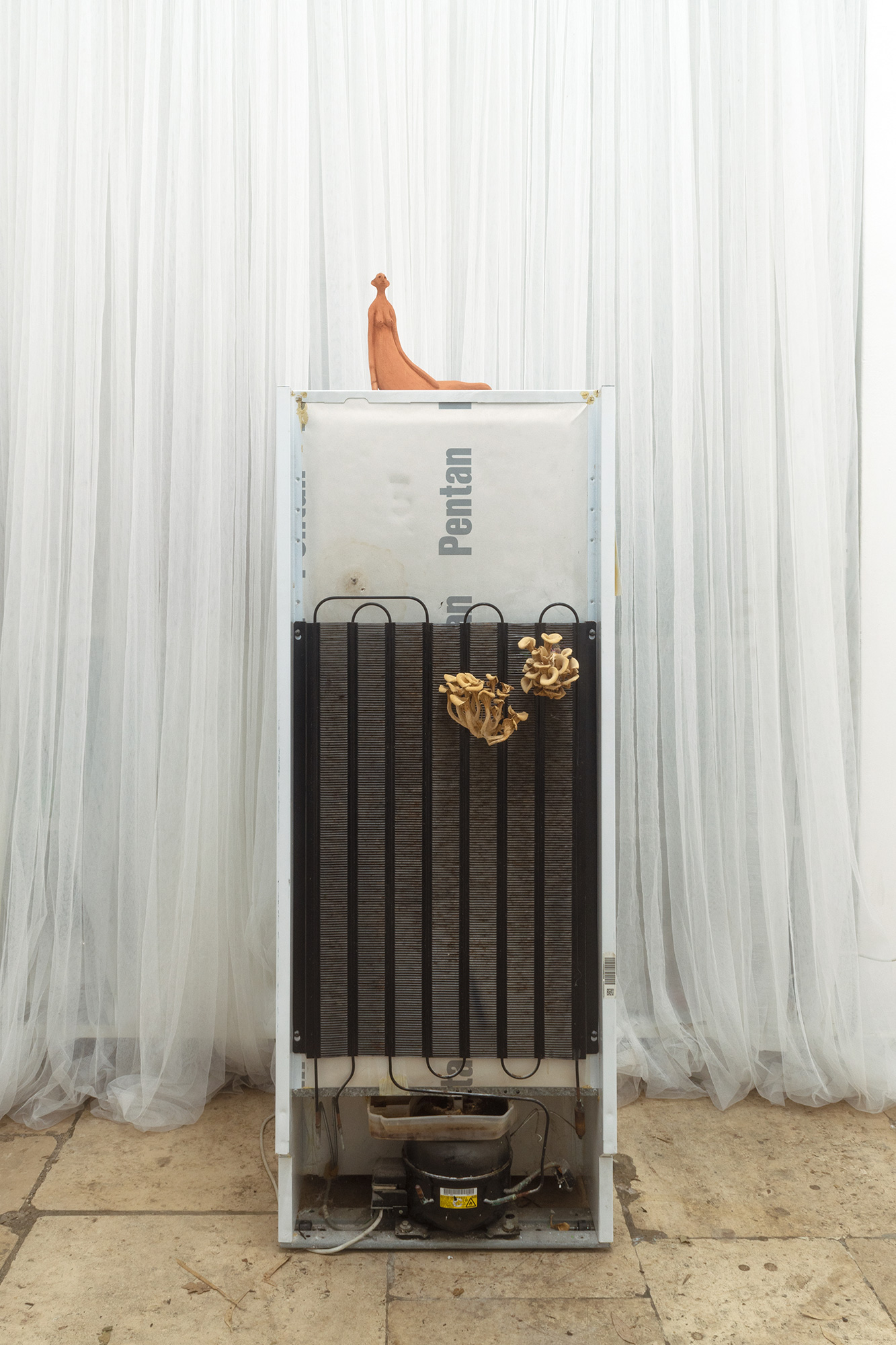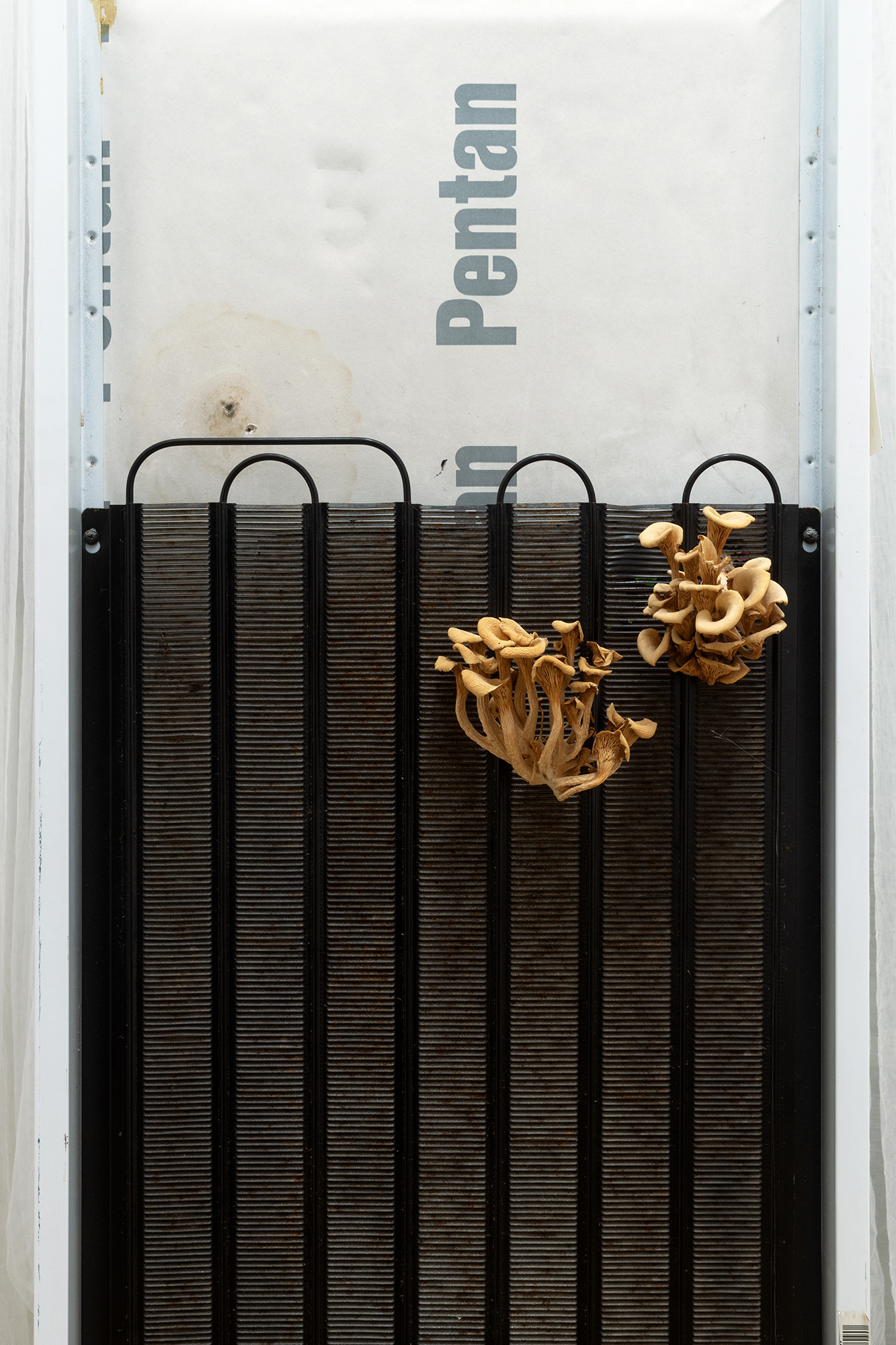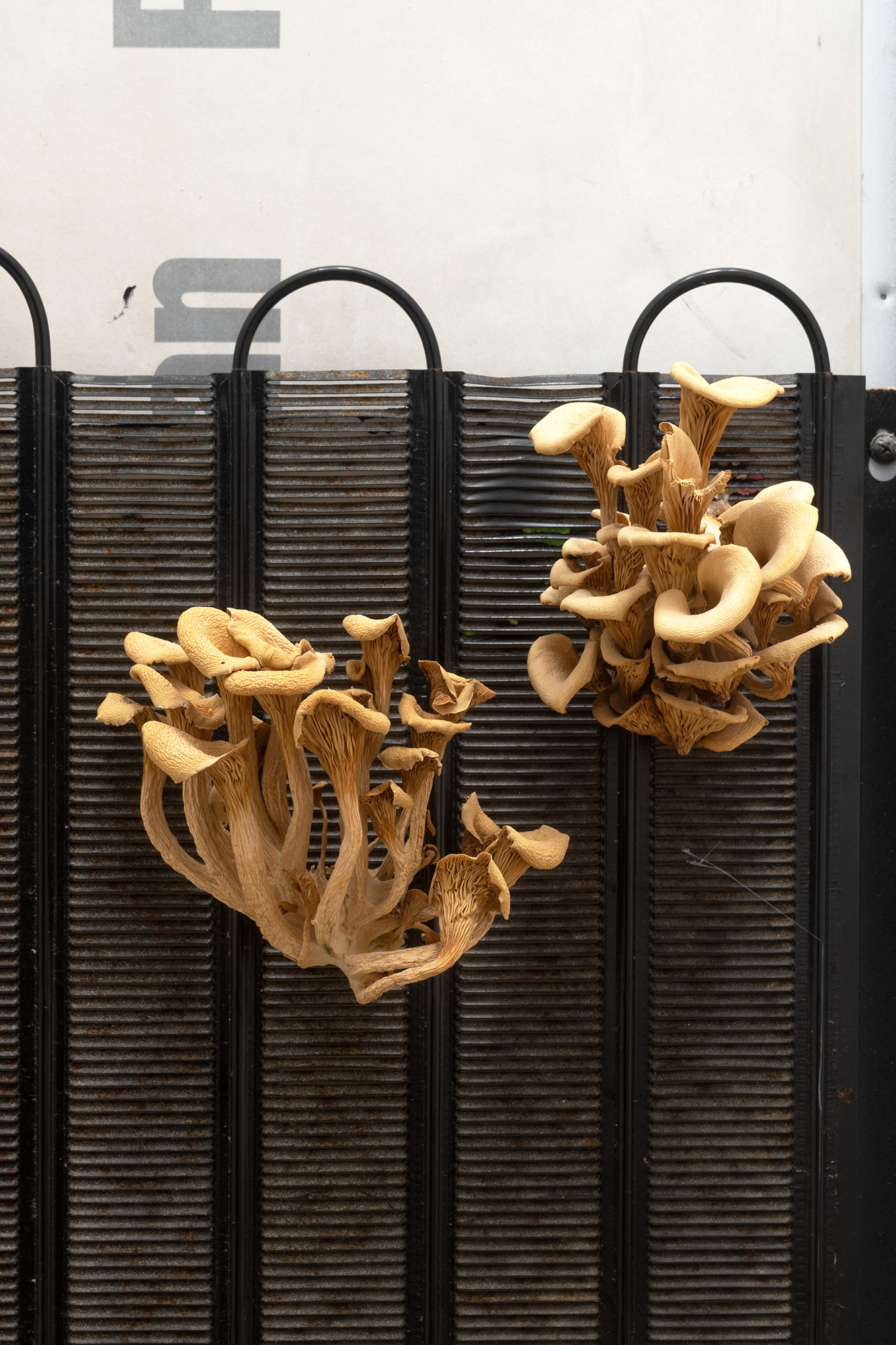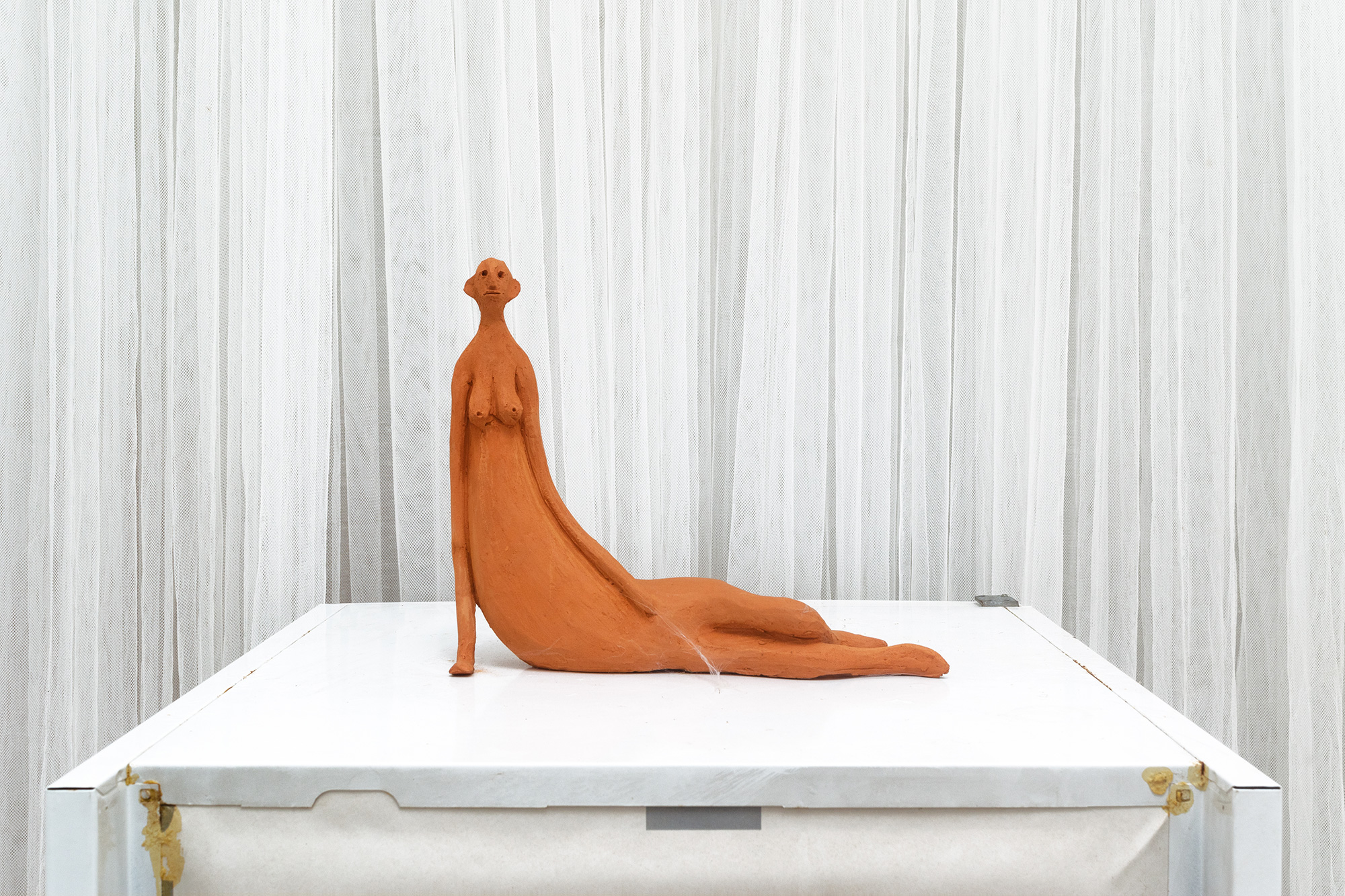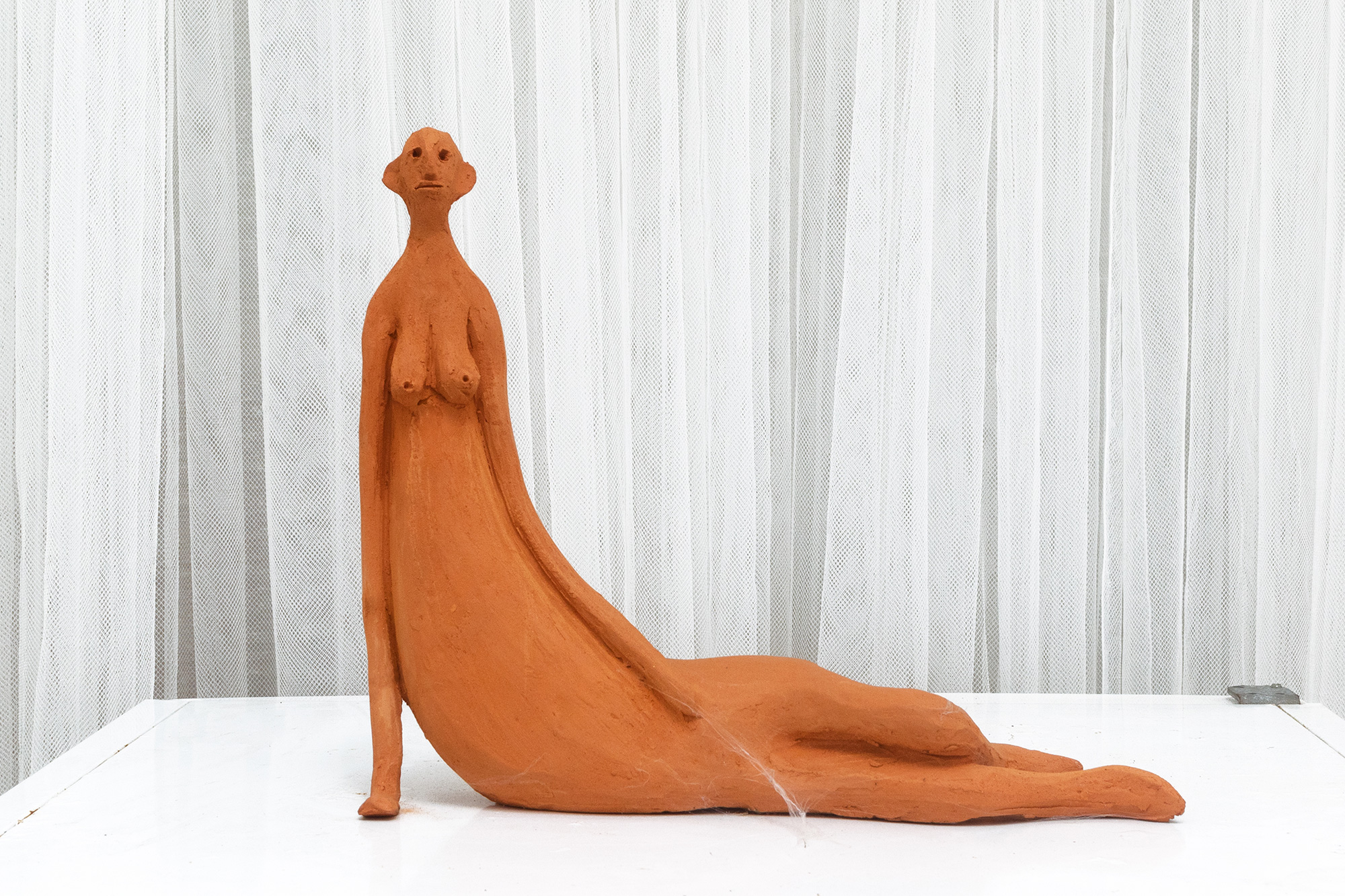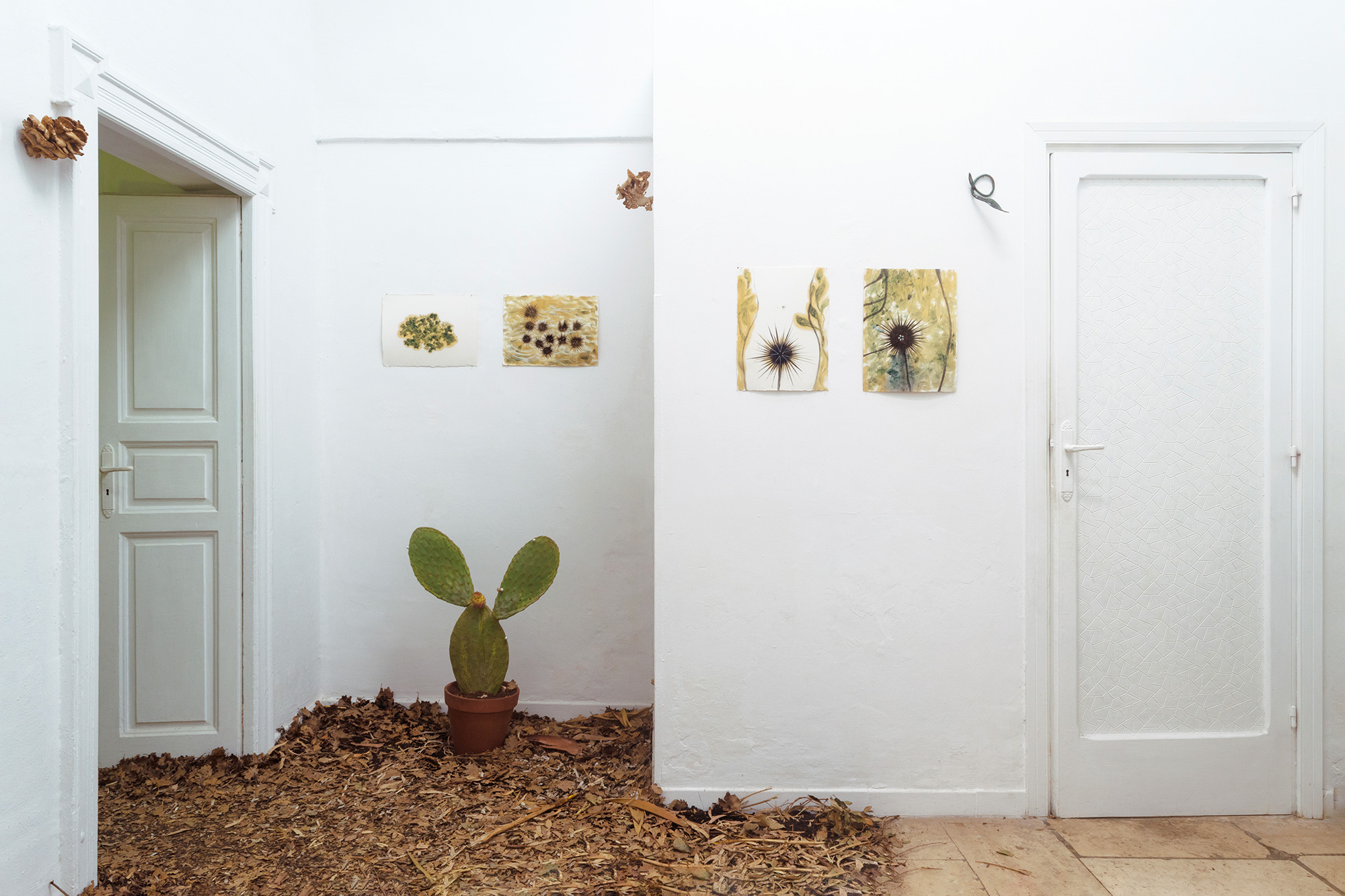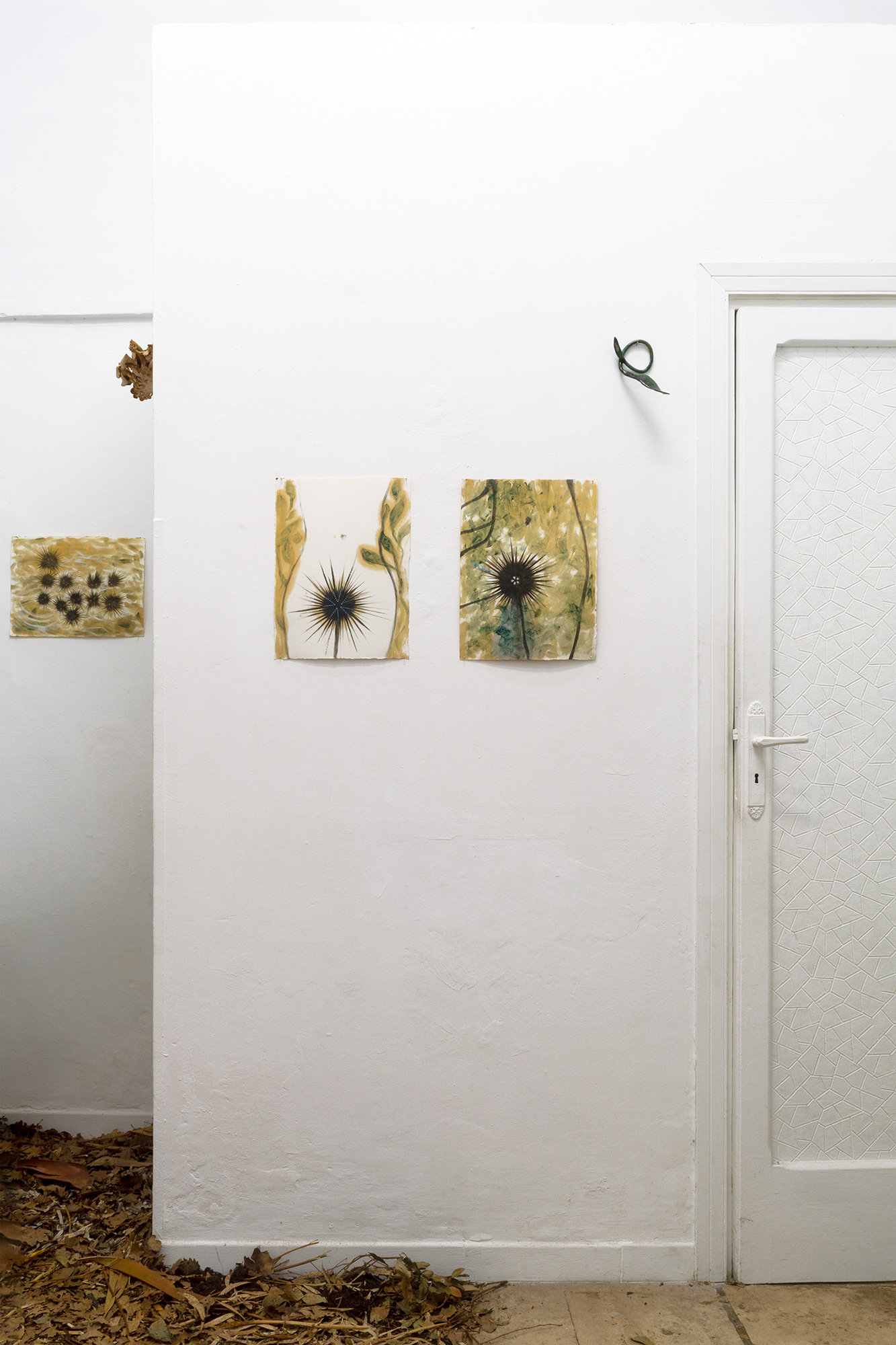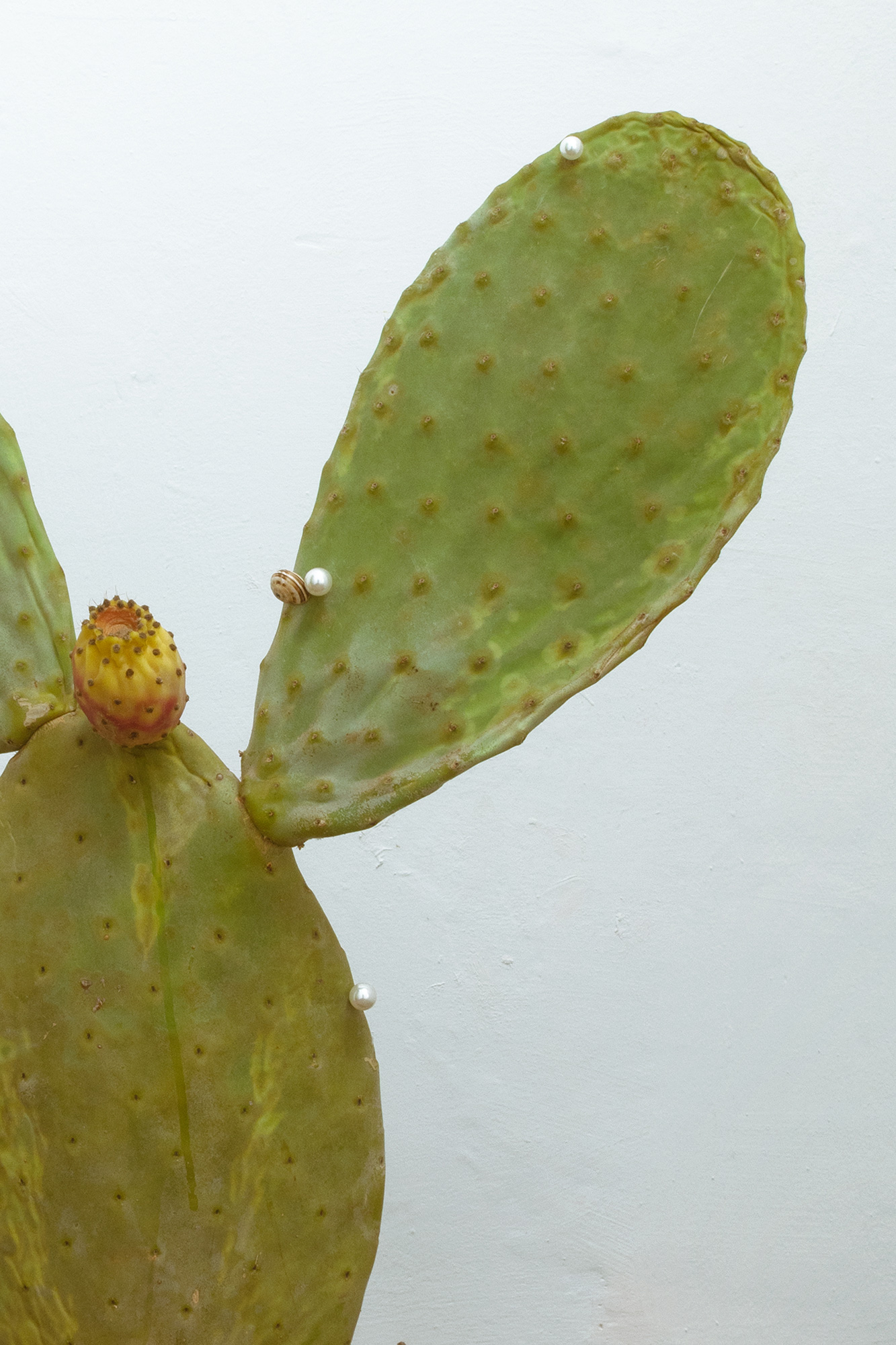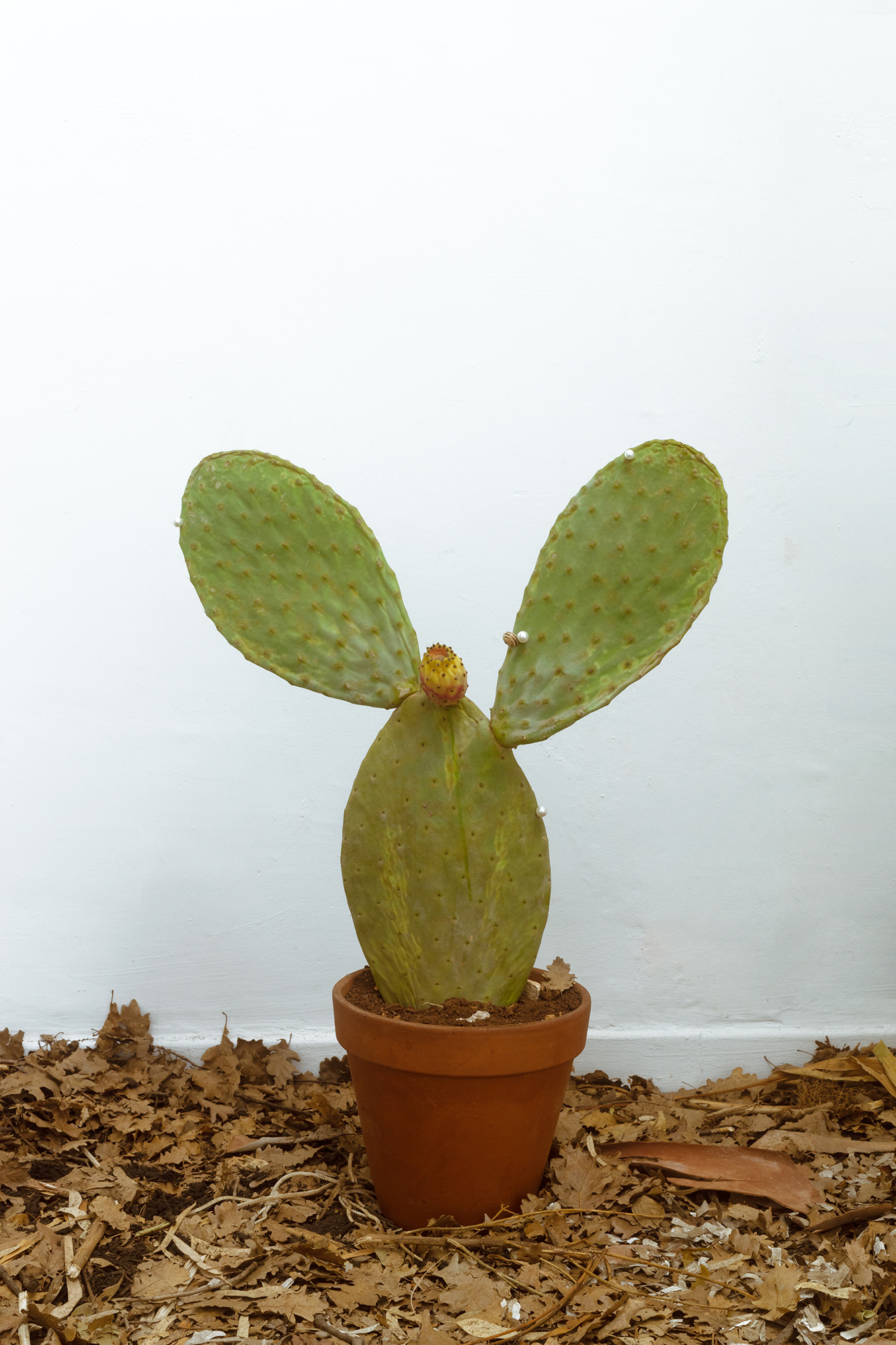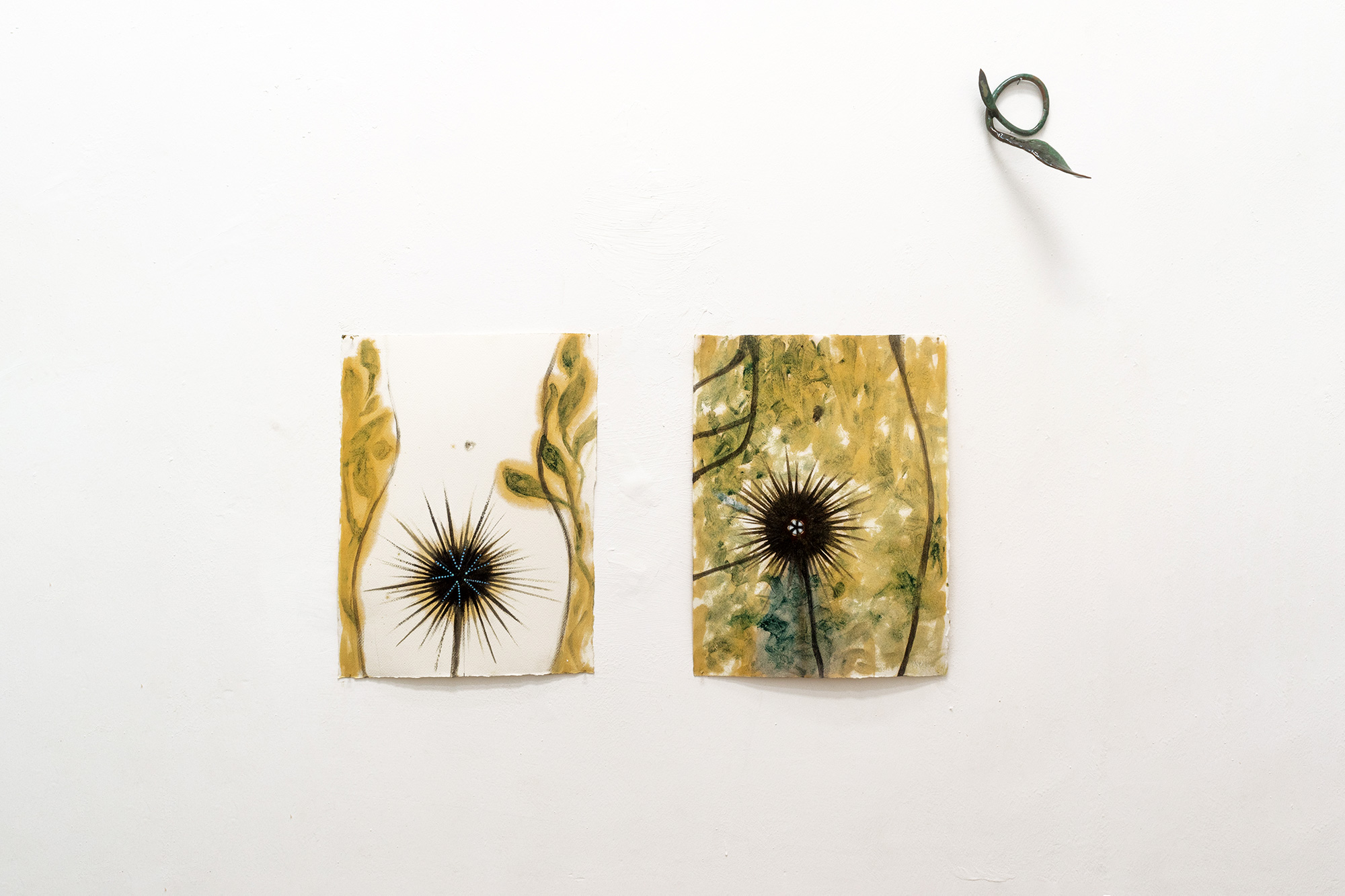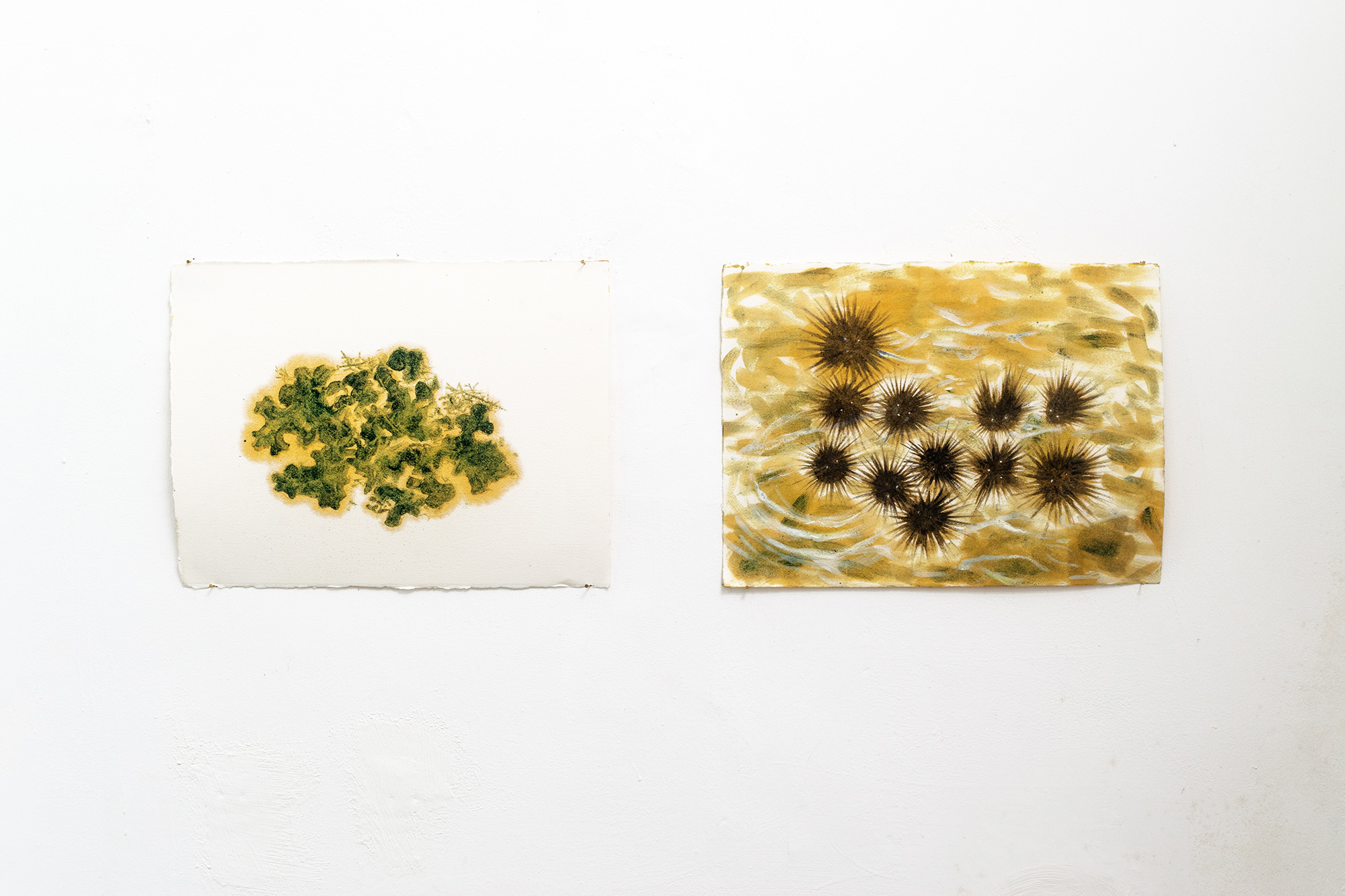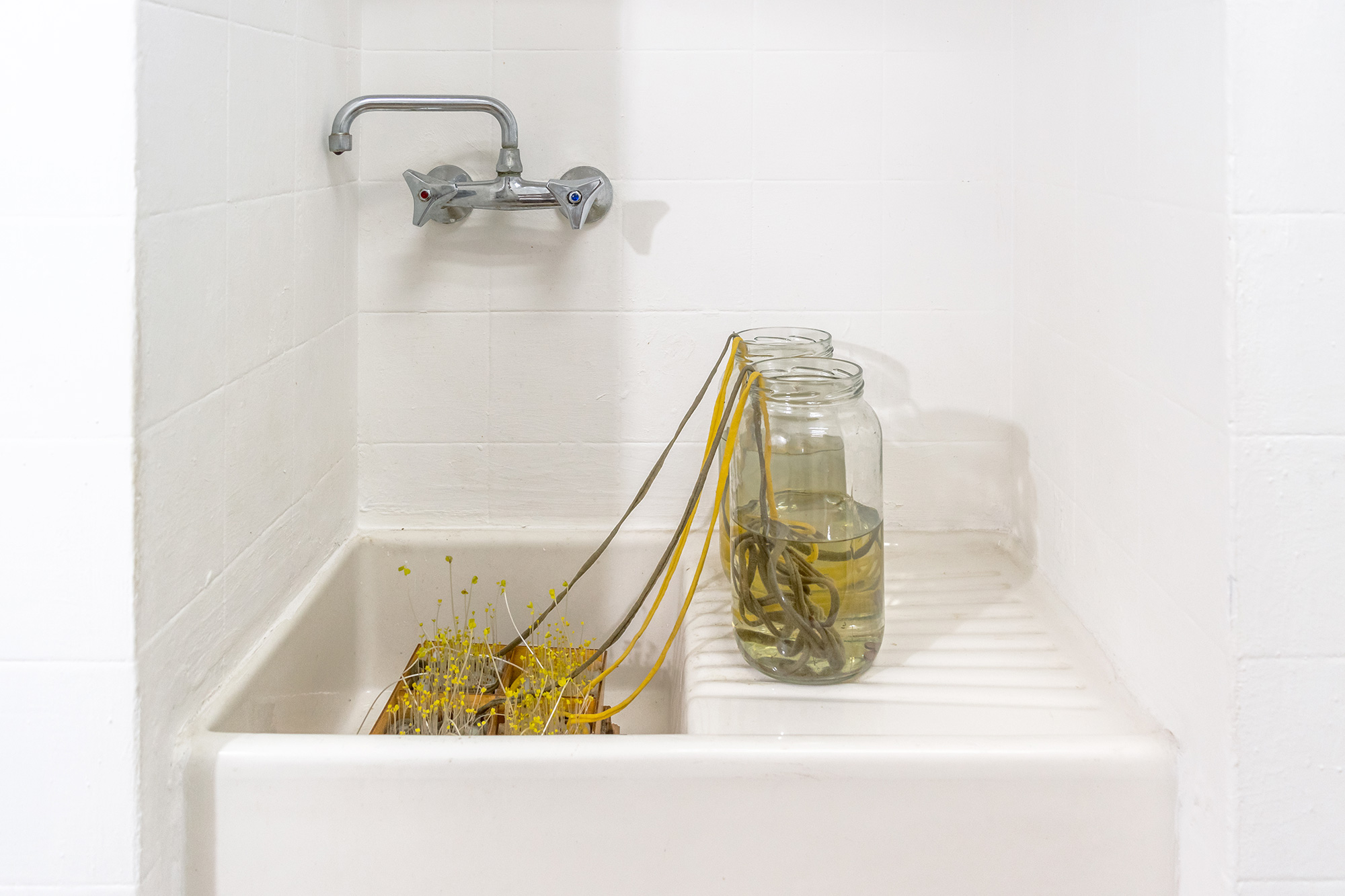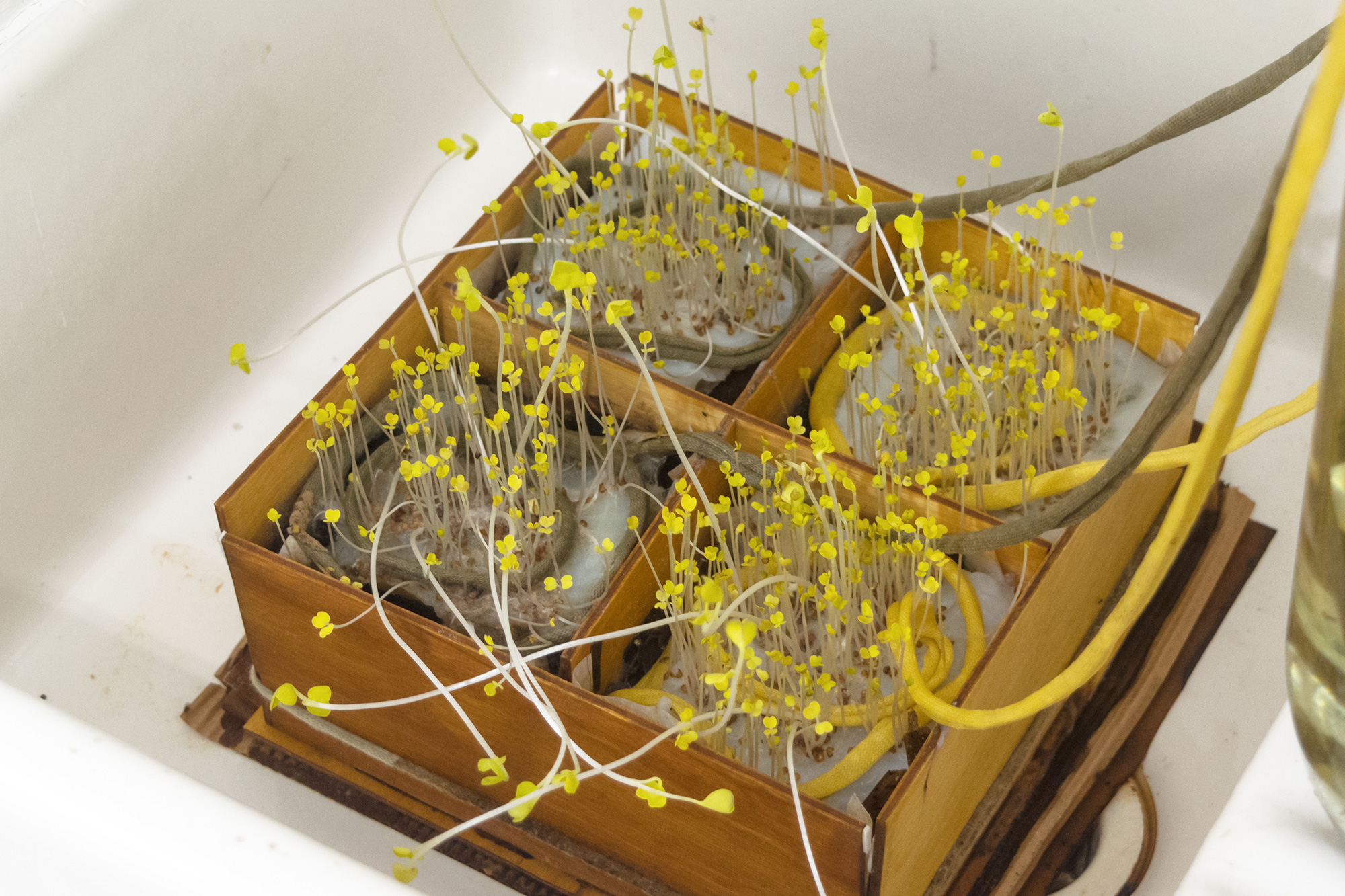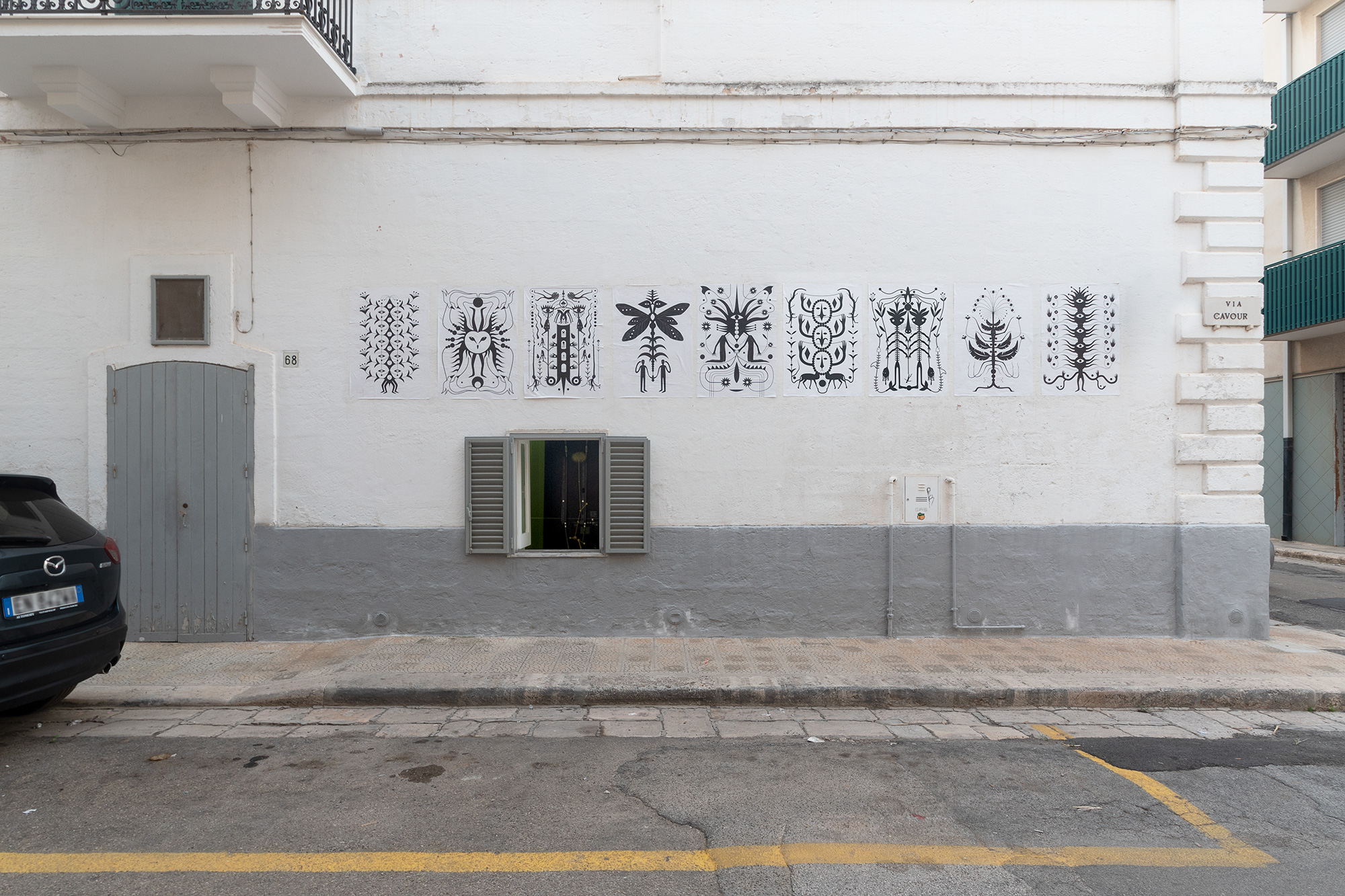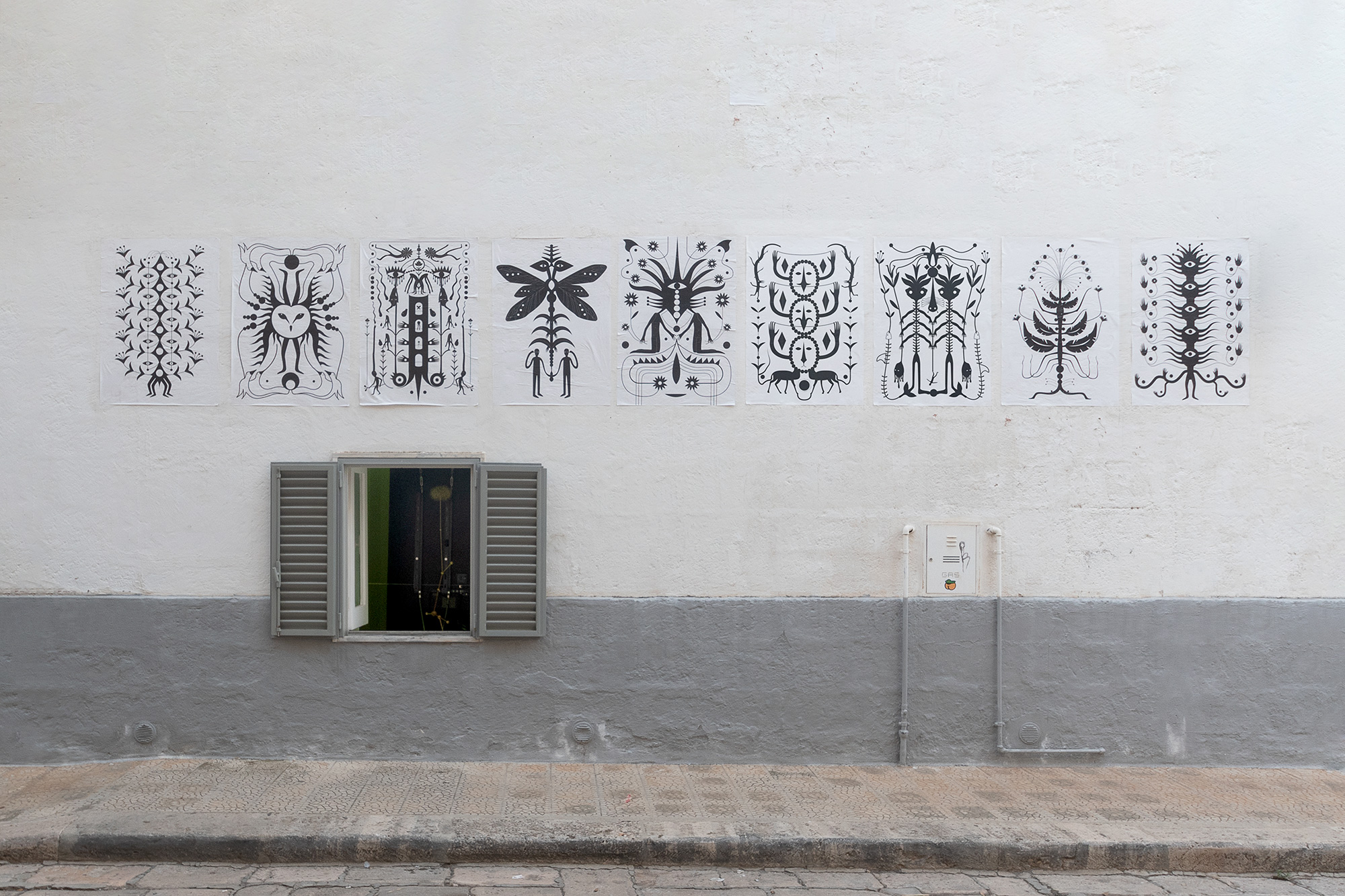The Community of Compost
Irene Pucci, Mariateresa Salvati, Claudia Giannuli, Rupert Sheldrake, Natalija Dimitrijević, Francesco Paolo Grassi, Arianna Ladogana, Cosimo Pisani, Pier Alfeo, Unità Analitica Biologia e microbiologia ambientale (Laboratorio Multisito, Ravenna - Arpae Emilia Romagna), Lucia Uni, Mario Ferrarelli, (Terra Building Design), Nina Miceli Uni, Francesco Fossati, Marco Antonini, Donato Trovato, Silvana Di Blasi, Mila Balzhieva, Like A Little Disaster, Merlin Sheldrake, Martina Petrelli, Raffaele Fiorella, Elisa Gallenca Mariangela Stoppa, Andreas Ervik, Siv Dolmen, Giovanni Pinto, Ada Penna, Giuseppe Pinto.
Curated by Like A Little Disaster
2 August / 30 September 2024 @Foothold, Polignano a Mare
The Community of Compost borrows the title and the topics of a short story written by Donna Haraway “The Children of Compost ” about the symbiogenetic join of a human child and monarch butterflies. This idea is profoundly embedded in the spirit of the collective, so the project will be driven by cultivating collaborations and partnerships among artists, philosophers, musicians and researchers across various disciplines. Each work/project was created by the collaboration of at least two beings.
“It matters what matters we use to think other matters with; it matters what stories we tell to tell other stories with; it matters what knots knot knots, what thoughts think thoughts, what descriptions describe descriptions, what ties tie ties. It matters what stories make worlds, what worlds make stories.”
By fostering vibrant collaborations, the project aims to craft transformative art experiences that unlock new dimensions of understanding the complexity of nature and the interconnectedness of all living beings. Through the lens of the project, we seek to provoke contemplation and engagement, encouraging viewers to perceive themselves as part of a larger ecosystem. The project’s purpose is to create art experiences that reflect the intricate and rapid changes taking place within our planet. Furthermore, we aspire to evoke a profound sense of connection and reverence for the intricate web of life we are part of.
The C. of C. is made by human creatures born from kinship woven with other species. They are tasked with preserving what remains and honouring what is lost. The C. of C. teaches us to write stories and live lives oriented towards prosperity and abundance. The C. of C. is made by human creatures born from kinship woven with other species. They are tasked with preserving what remains and honoring what is lost. The C. of C. teaches us to write stories and live lives oriented towards prosperity and abundance. It is a symbol of intraspecies collaboration and alliance, of deconstruction and re-learning. The C. of C. is an ecotone, a small colony/village//refuge of trans-subjective migrant individuals, of refugees, human and non-human, without refuge.
The C. of C. stimulates alliances and creates relationships, not only between humans but between all species in order to survive the disaster. It envelops a myriad of temporalities and spatialities and a myriad of intra-active entities, assemblages including the more-than-human, other-than-human, inhuman and human-as-humus. Individualism, gender, and speciesism make no sense here because all living things are hybrids and symbionts, connected in a complex network with other so-called species. Intertwined in an inextricable co-evolution.
“We are at stake with each other in every mixing and turning of the earth’s compost pile. We are compost, not posthumans; we inhabit humusities, not humanities.”
In the C. of C., kinships mean something other/more than entities linked by origins or genealogy. Companion species are natural-cultural trans-species modes of relating, boundary projects, and risky cohabitations, that do not presuppose similarity or commonality, but a willingness to cultivate transversal alliances and weave ecosystems, and thus “worlding,” in ways that can be both generative and destructive, but are no longer reproductive (in the double sense of not resorting to either filiation or duplication of the Identical).
“We are all lichens; so we can be scraped off the rocks by the Furies, who still erupt to avenge crimes against the earth. Alternatively, we can join in the metabolic transformations between and among rocks and critters for living and dying well.”
The C. of C. is the set of all life forms, but also the set of all life forms that have died and have fertilized and modified the Earth, its structure and its history. Everything is life, even what does not seem to be: iron is a by-product of bacterial metabolism as is oxygen. Mountains can be made of shells and fossil bacteria and the crucial thing is that the mesh (MESH) of the compost has no element more important or essential than the others. C. of C. aims to be a speculative fable through which to imagine possible futures where the human species joins forces with other species (biotic-abiotic, organic-technological) to take care of the village-planet again (and better).
* All quotes are from Staying with the Trouble by Donna Haraway


